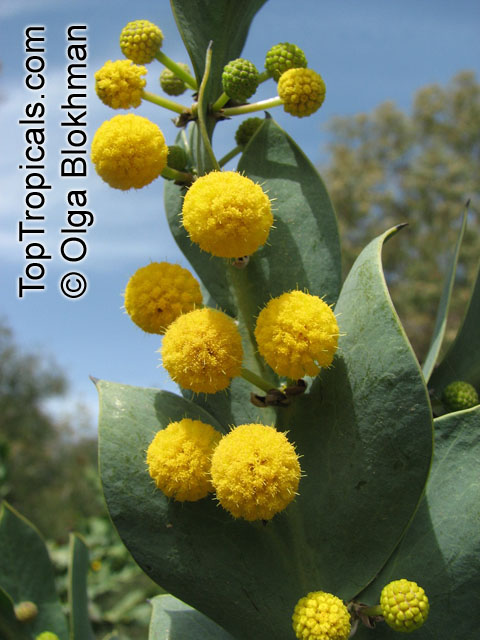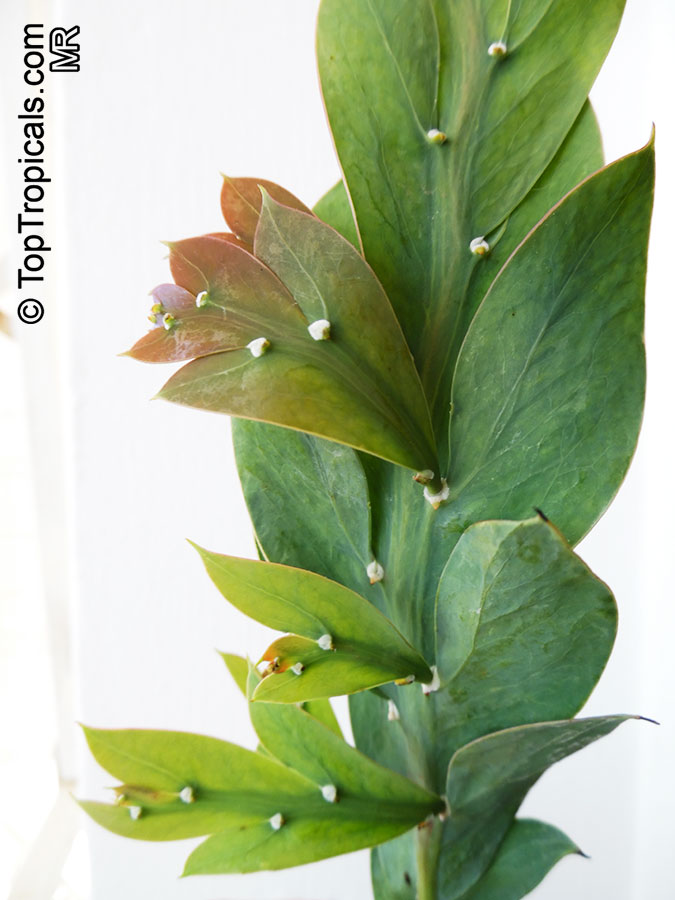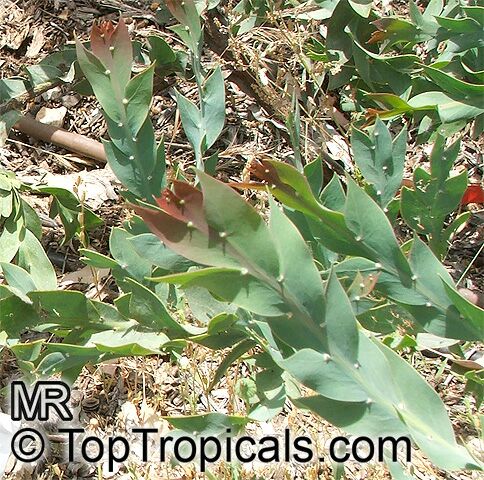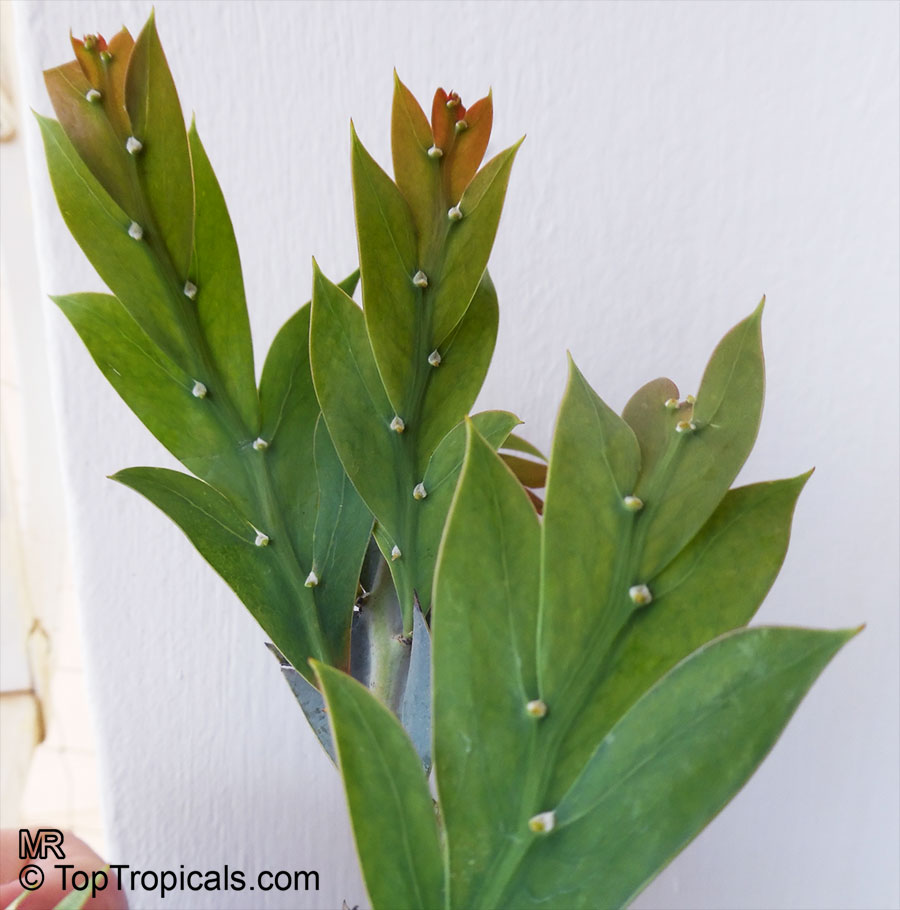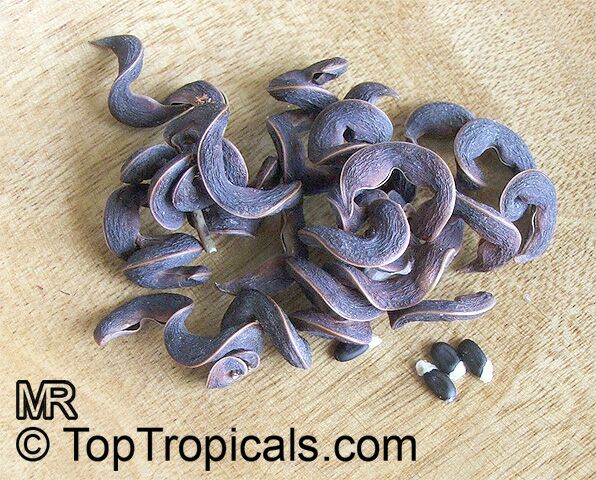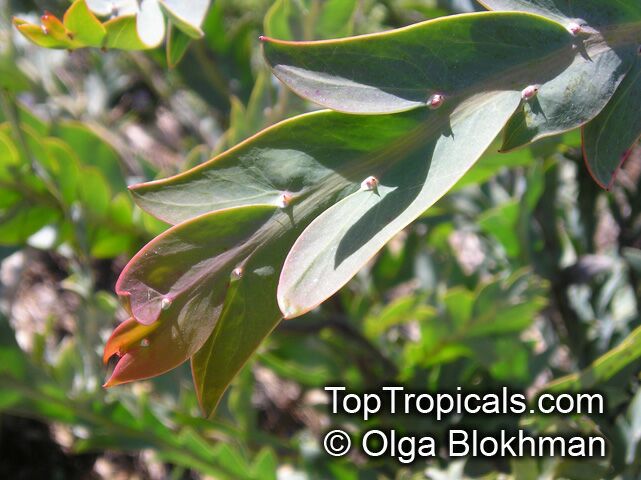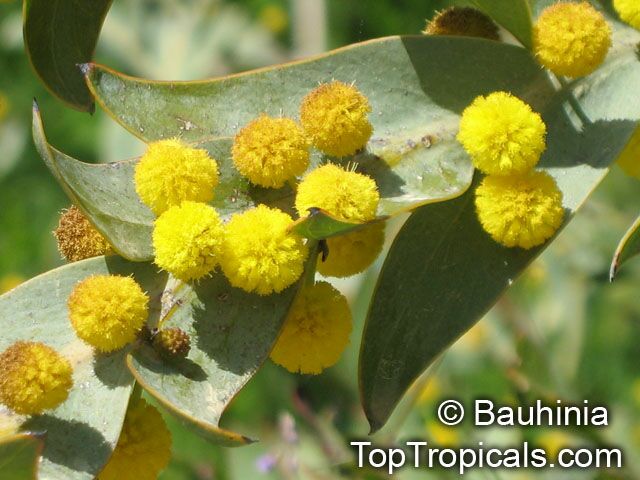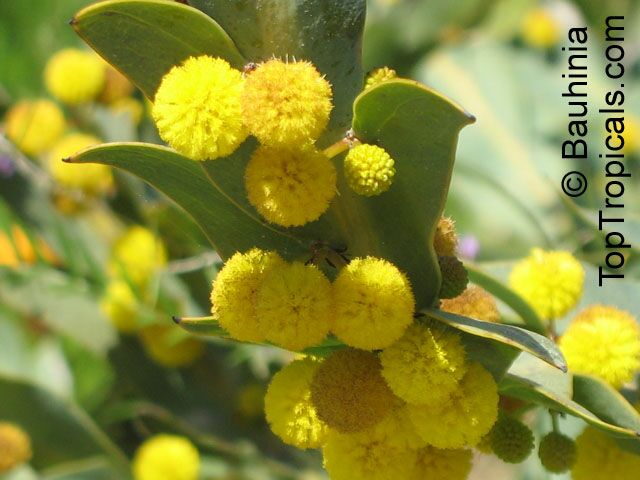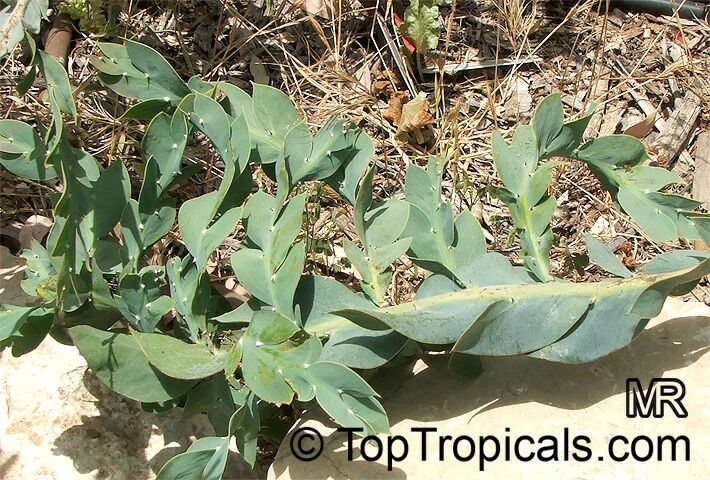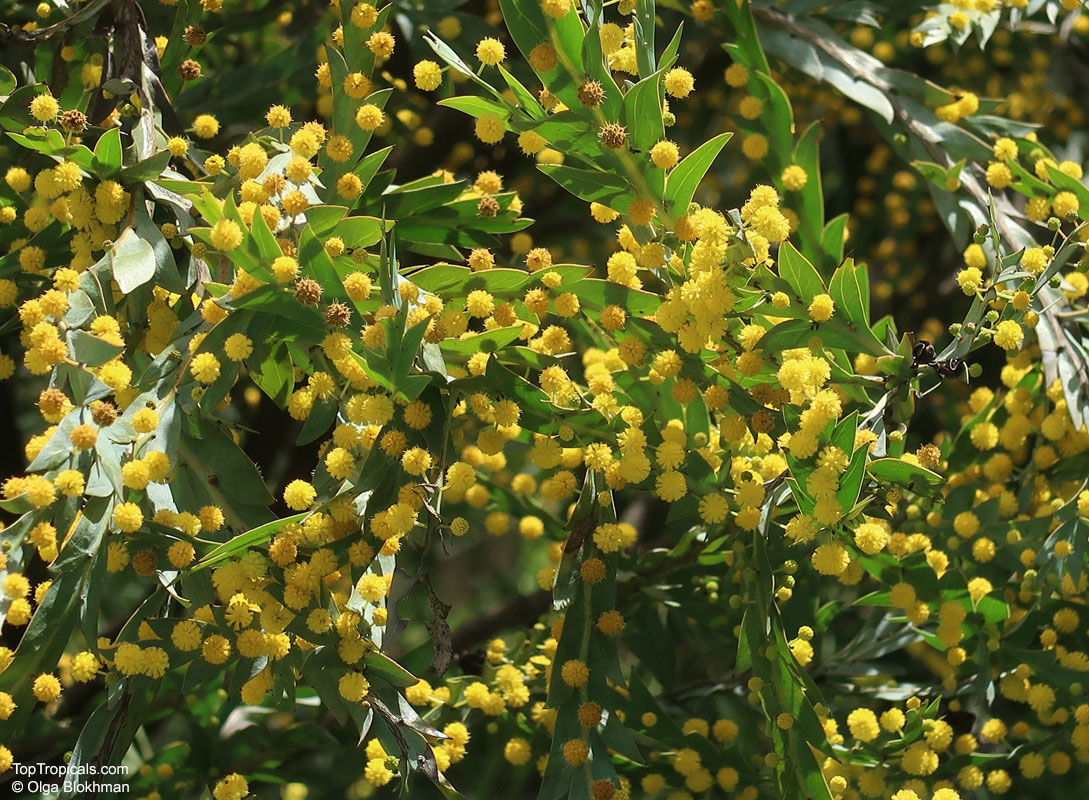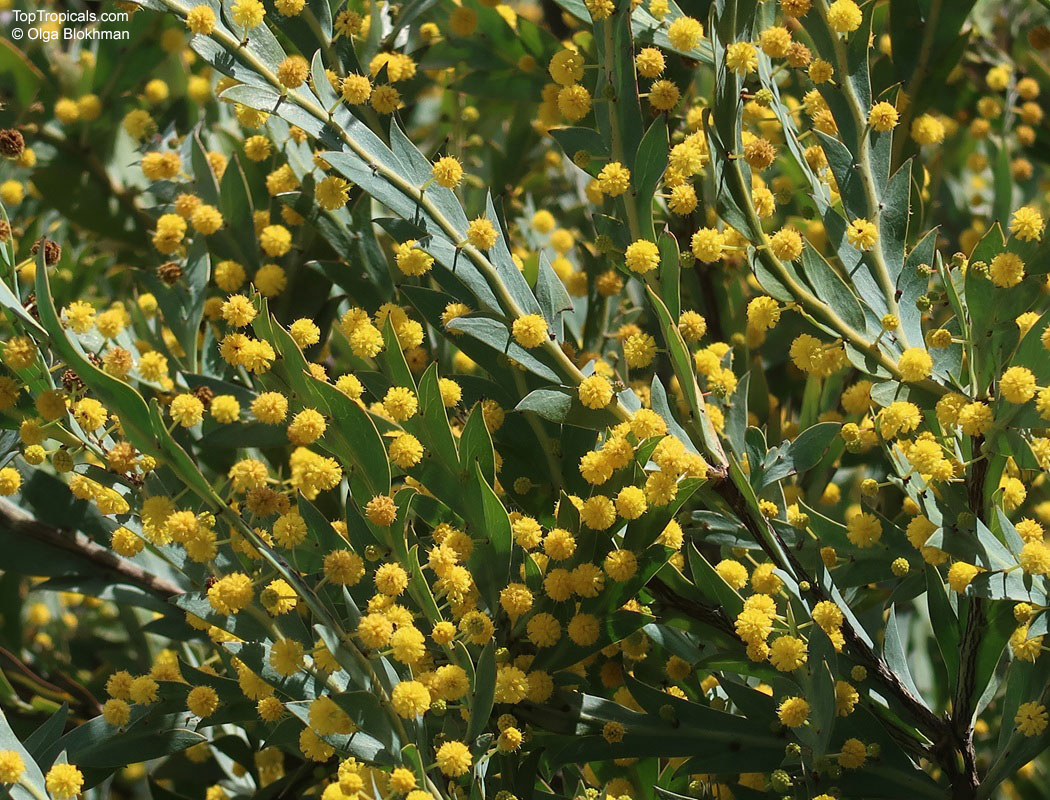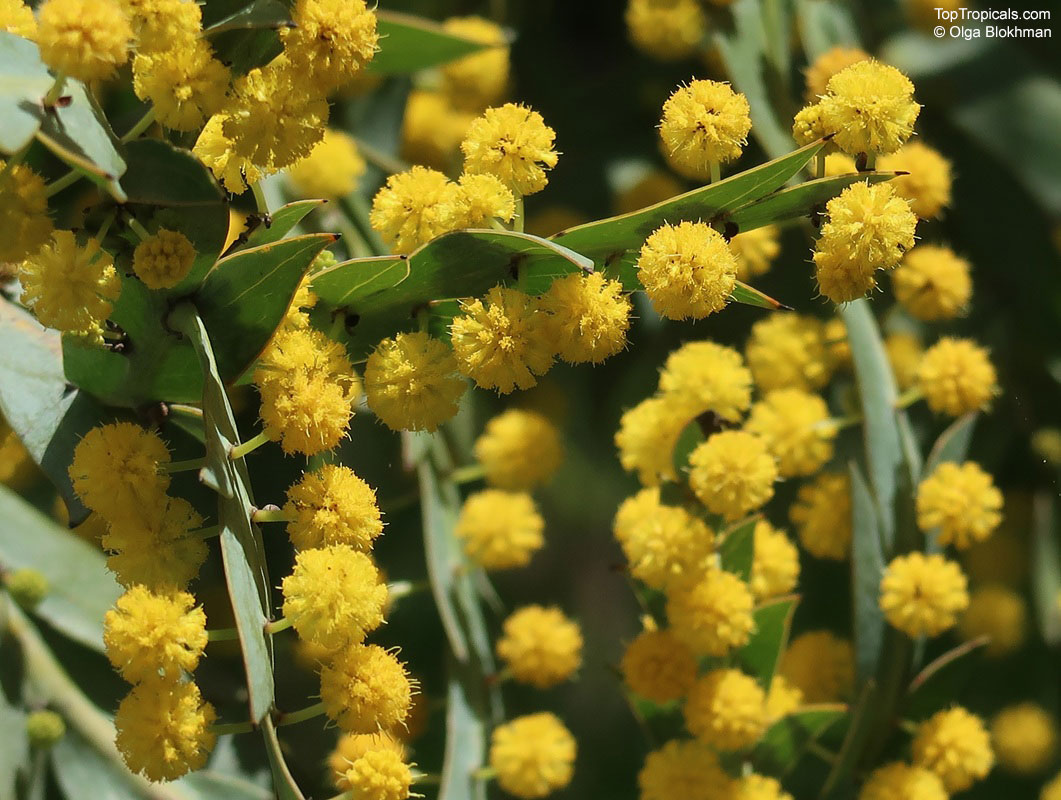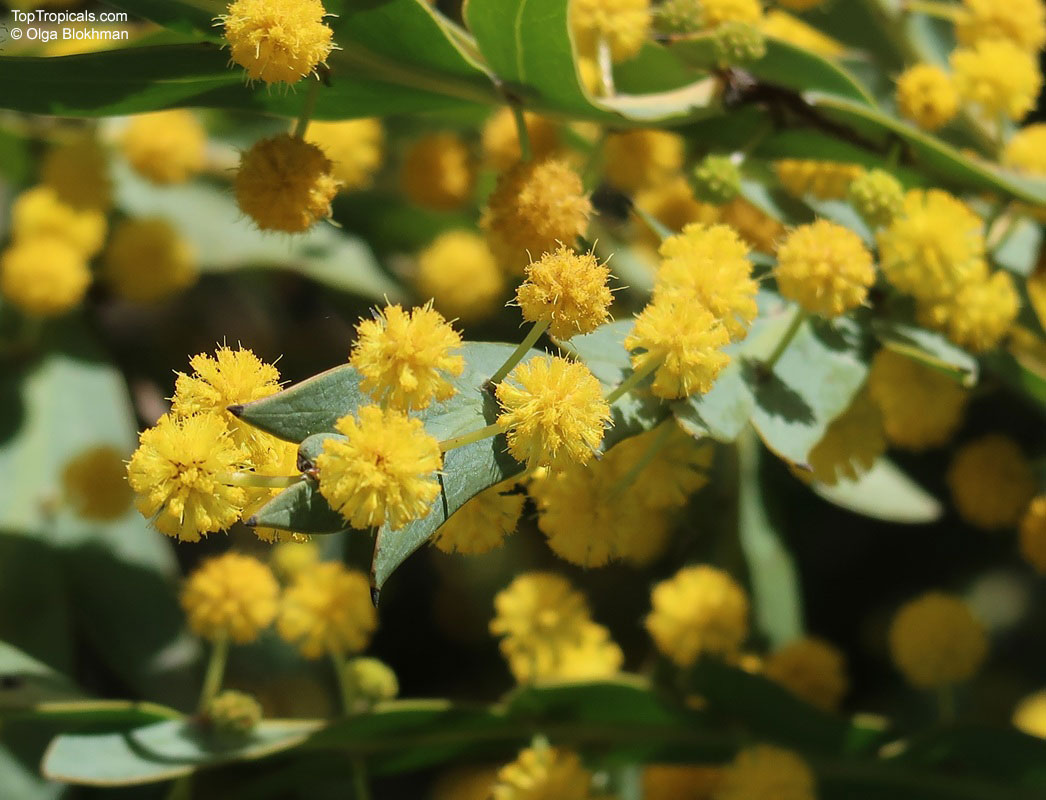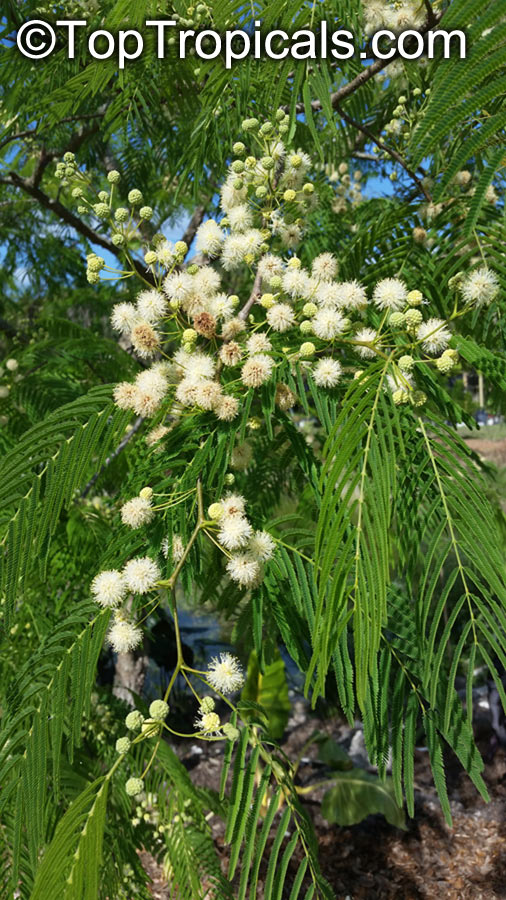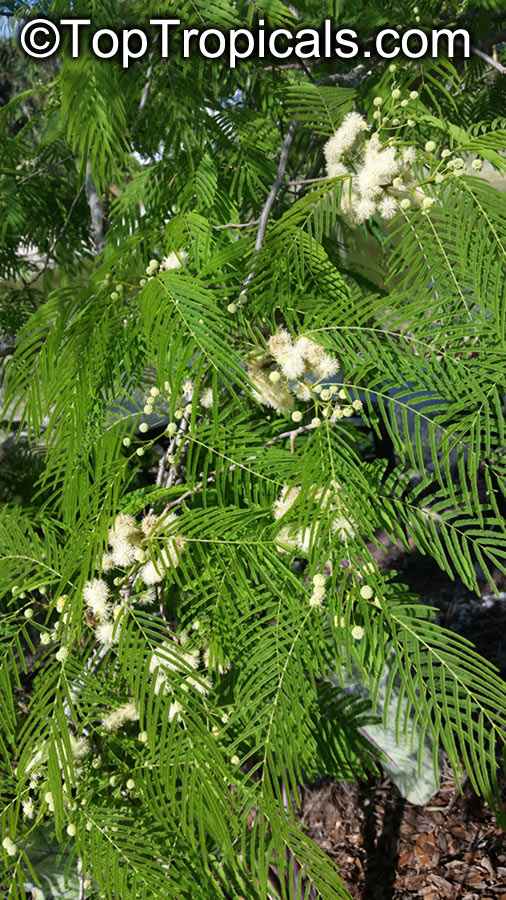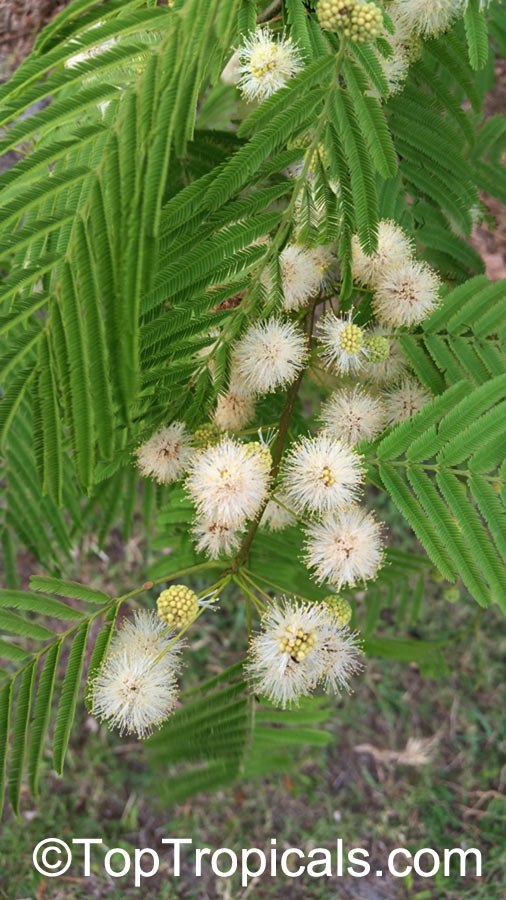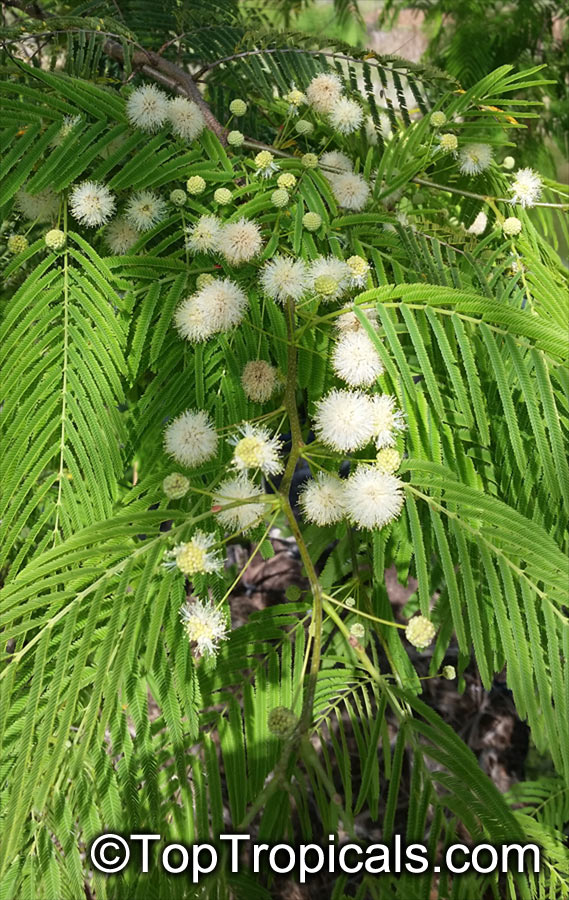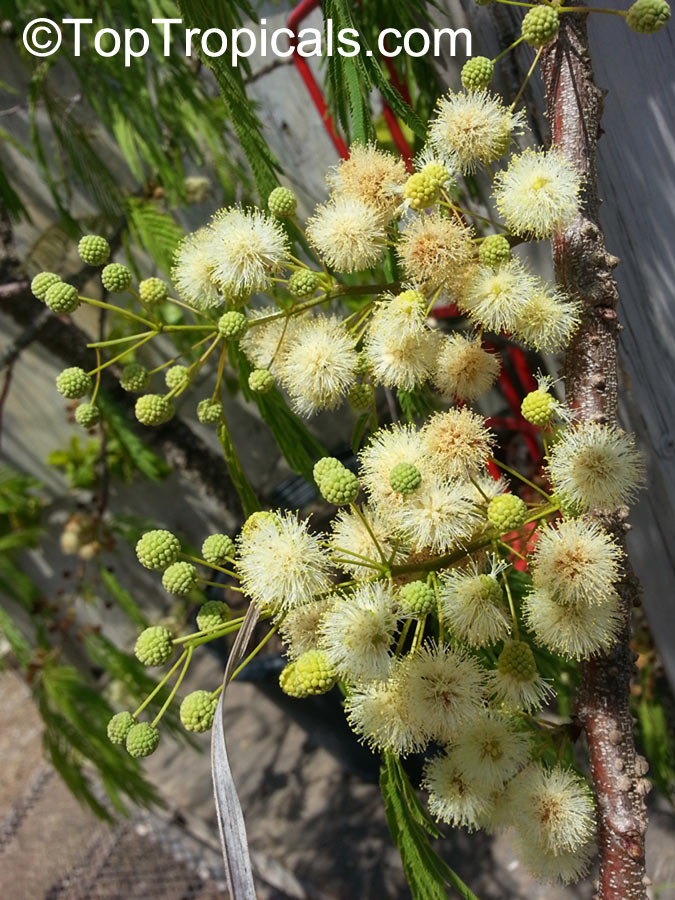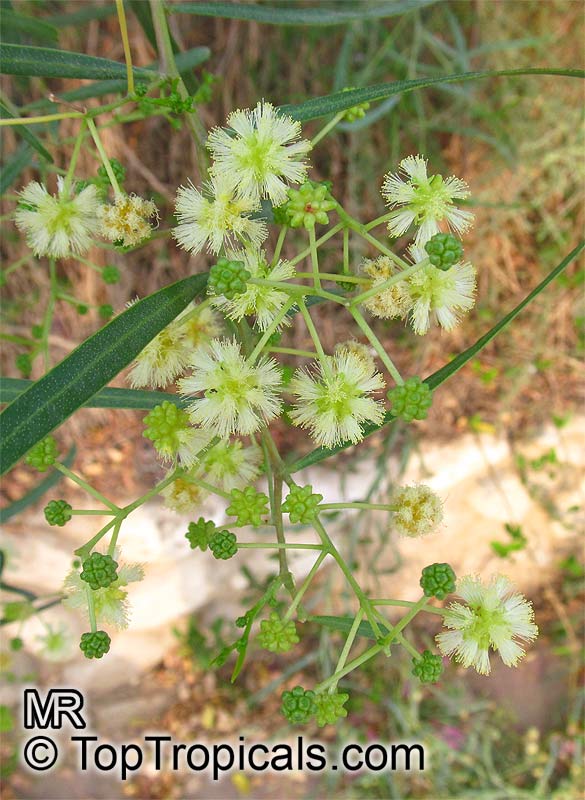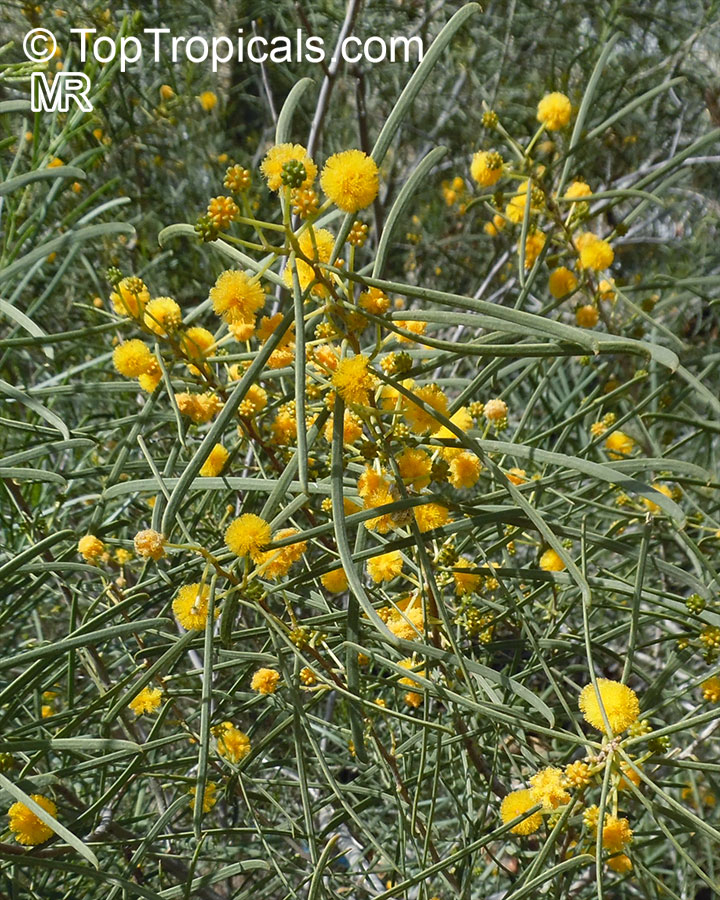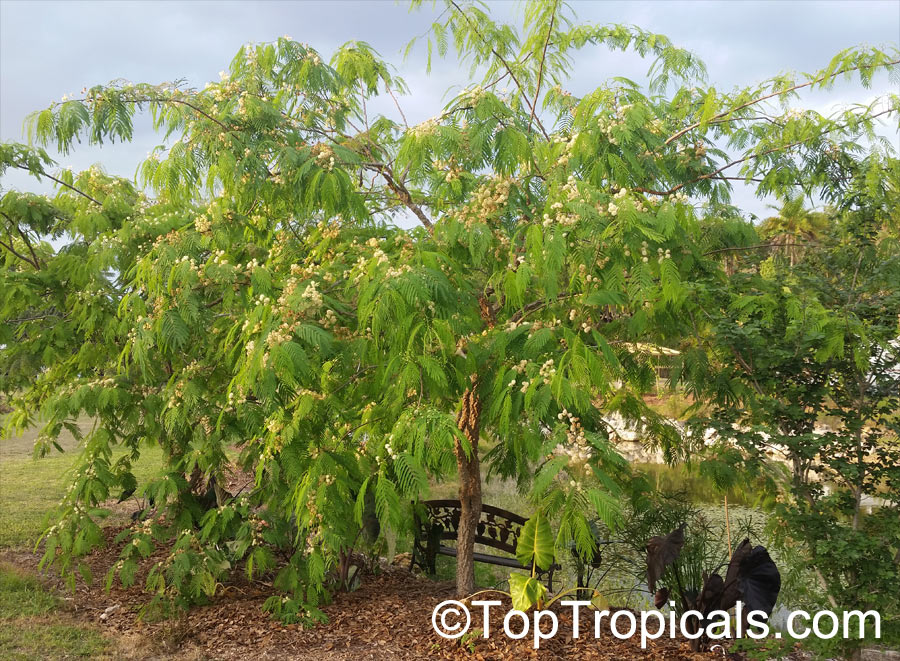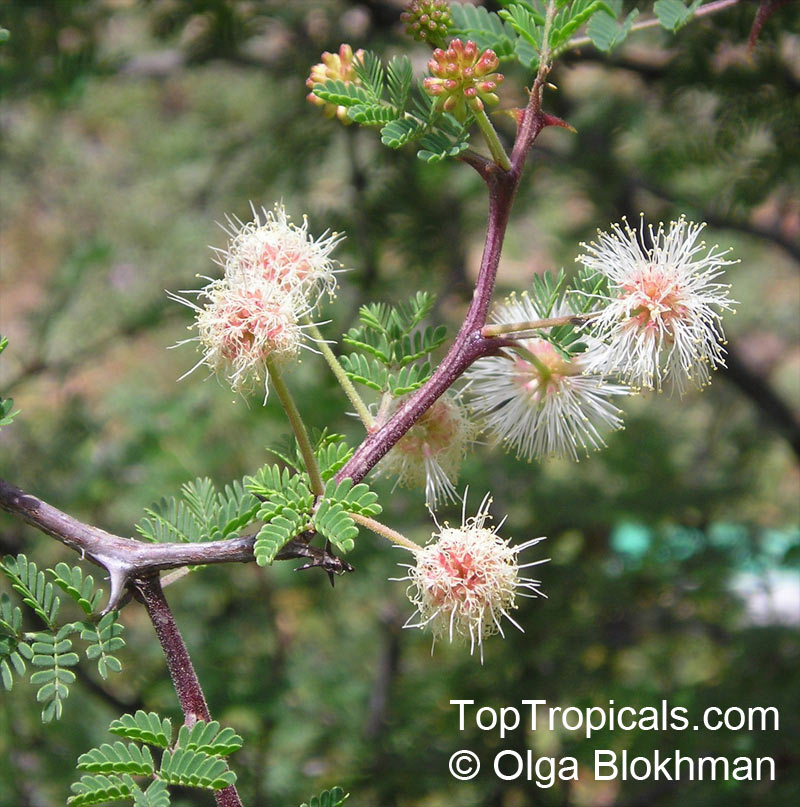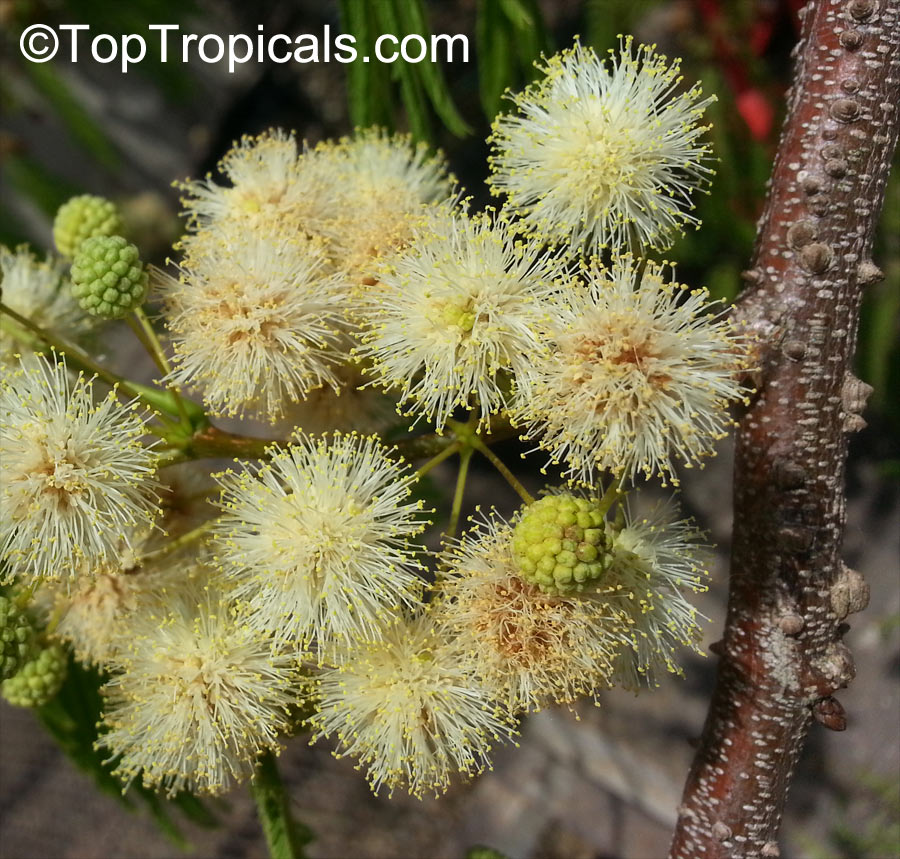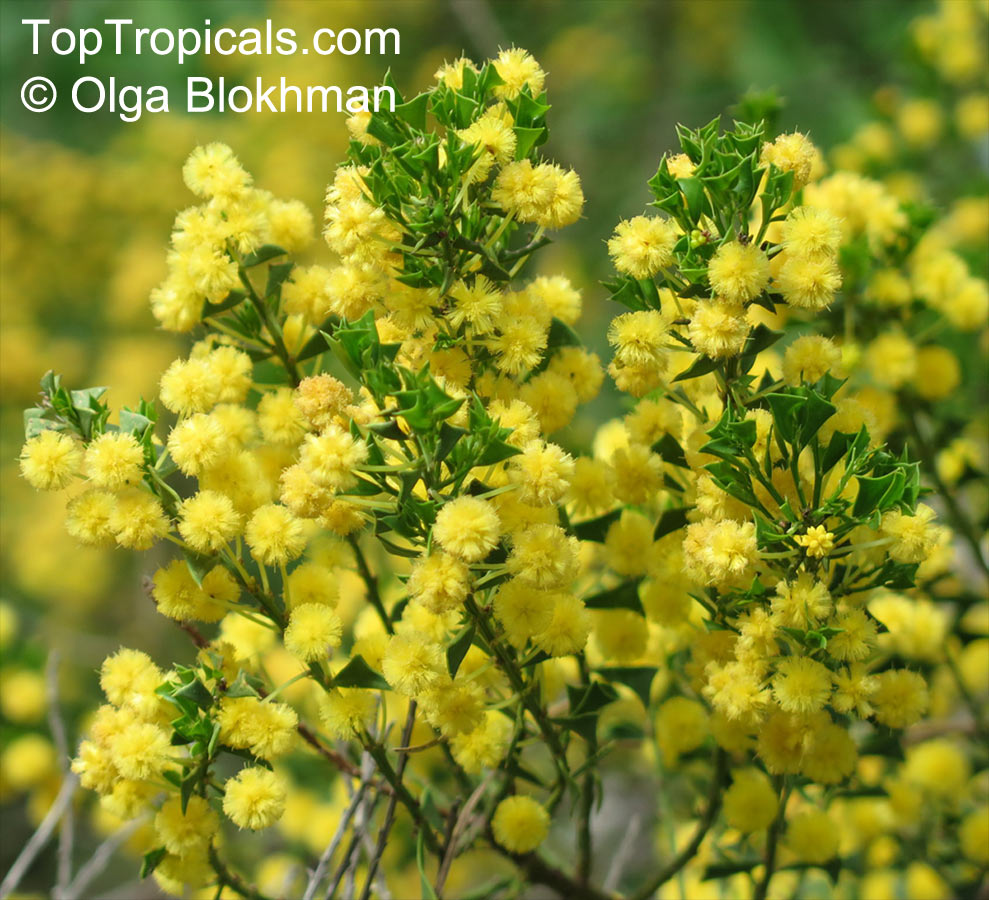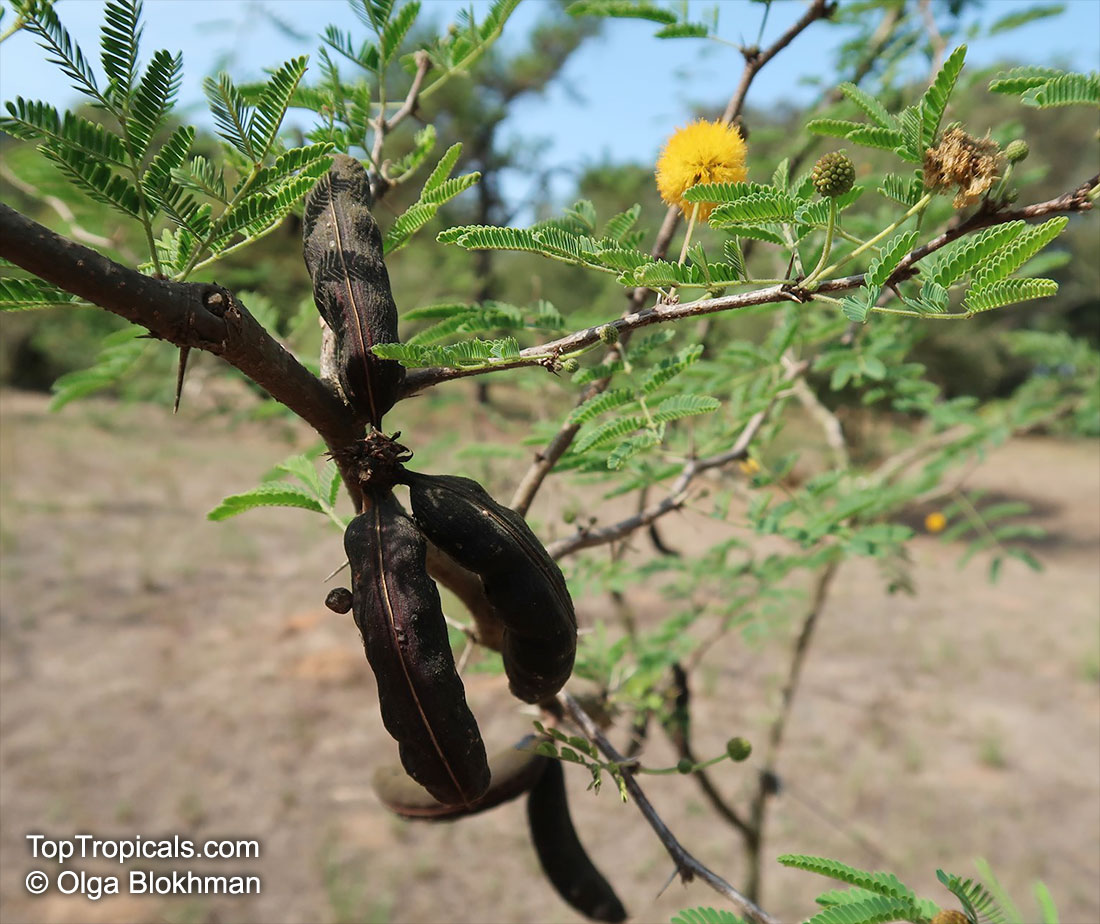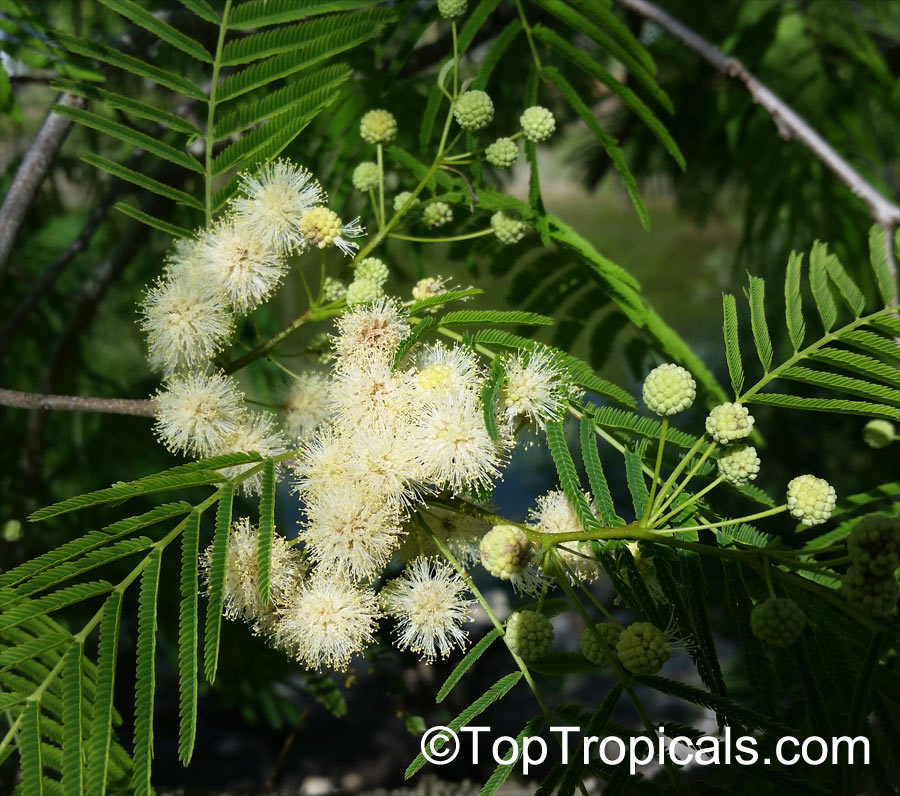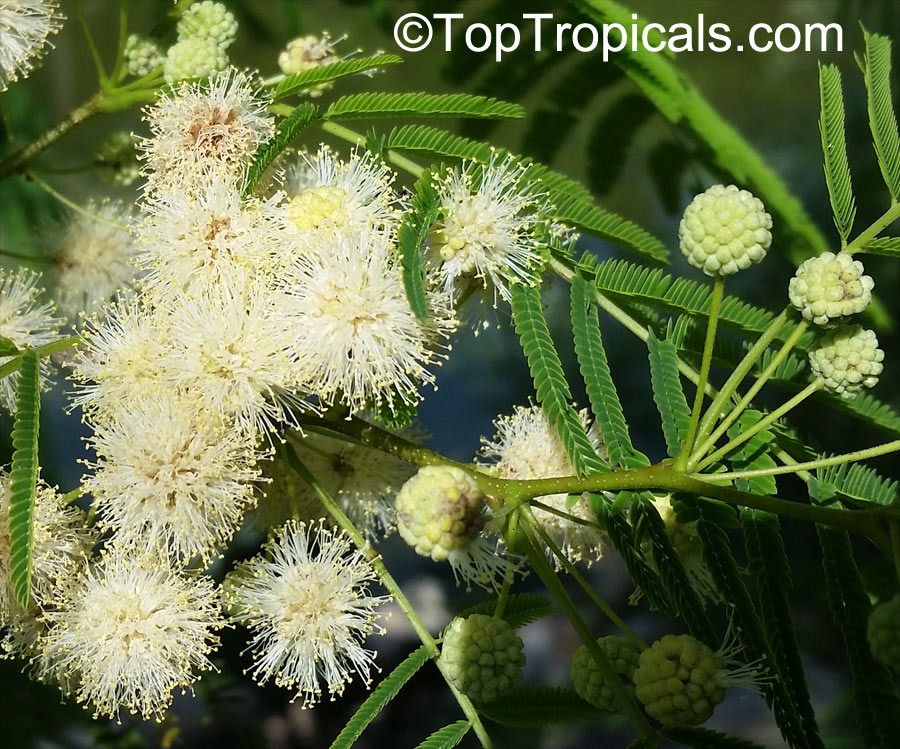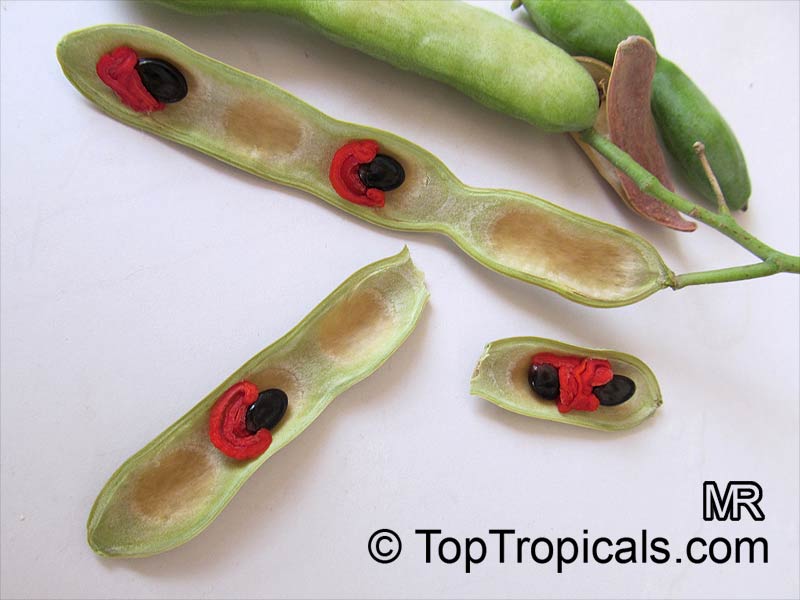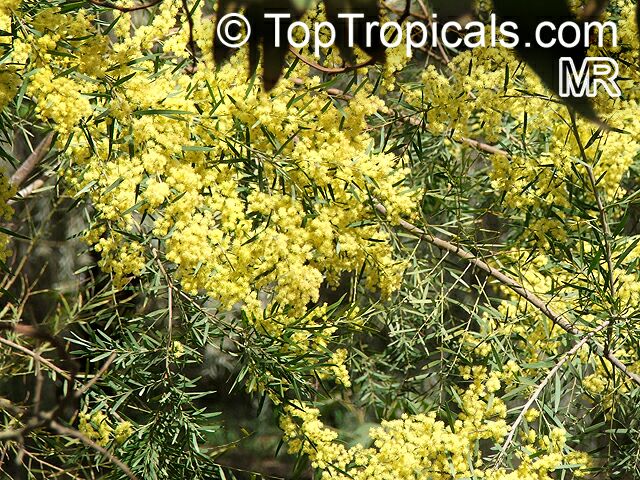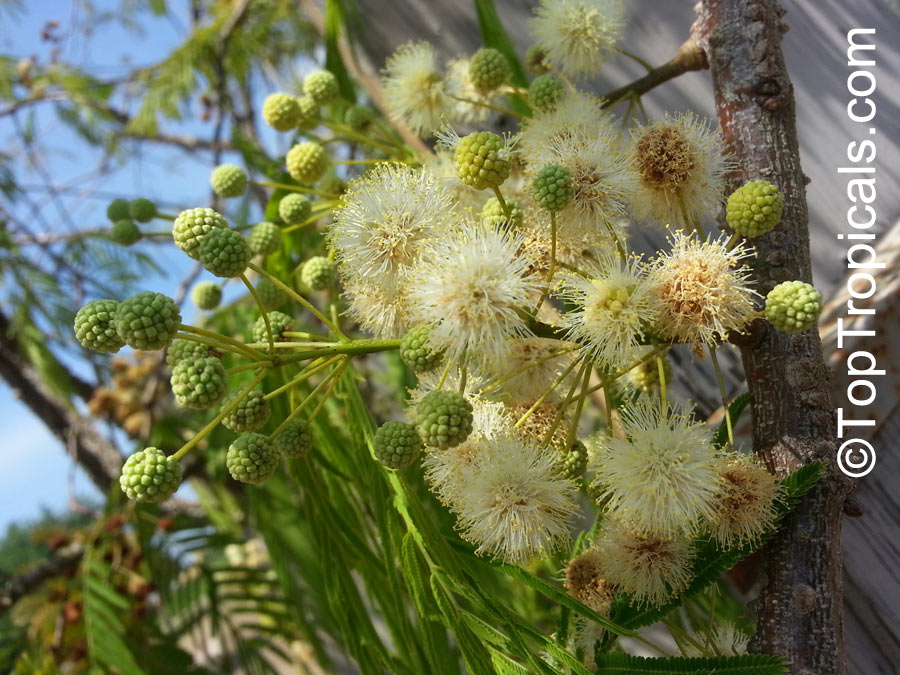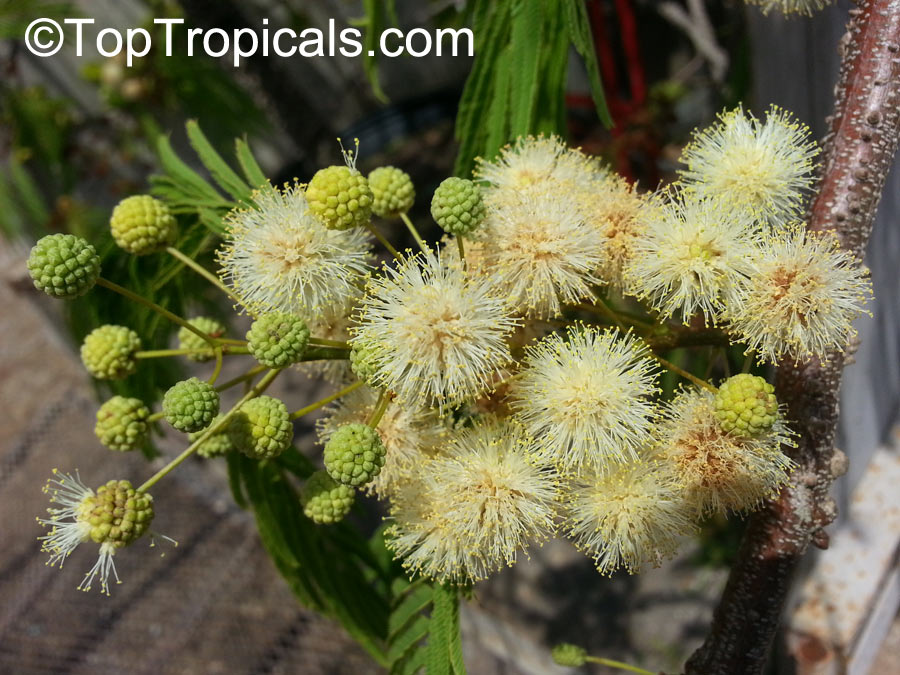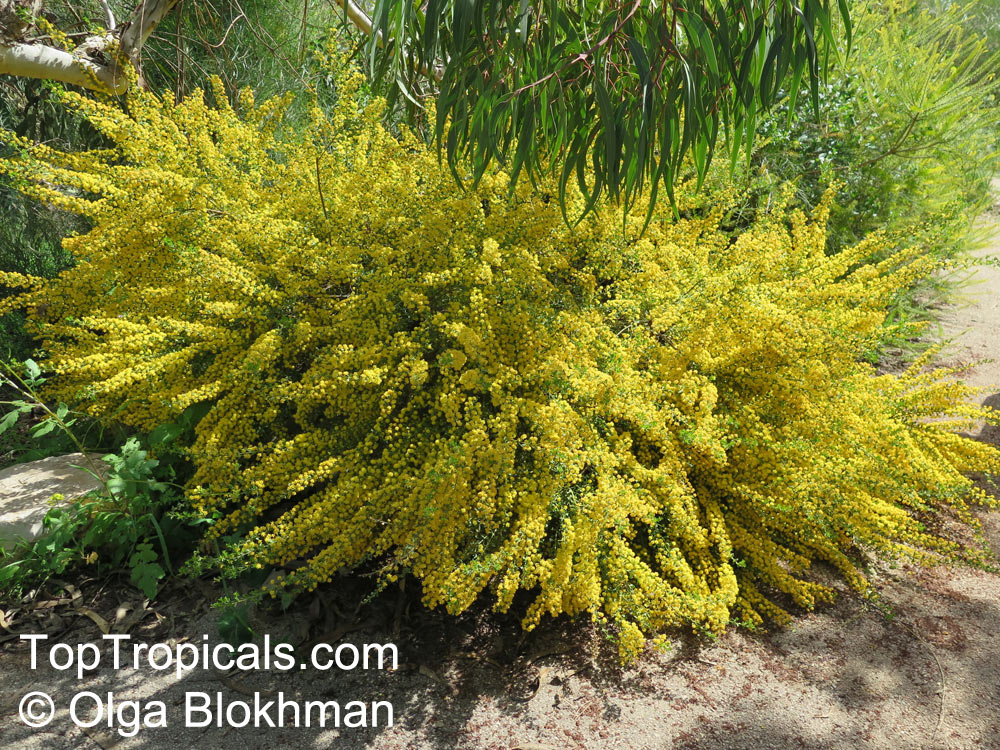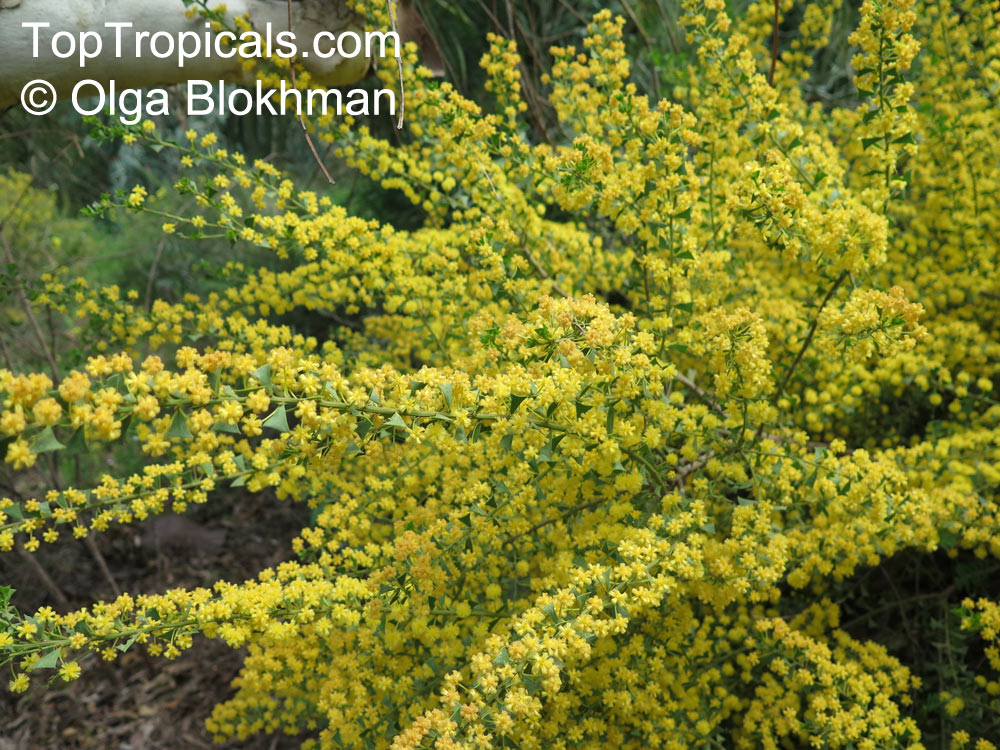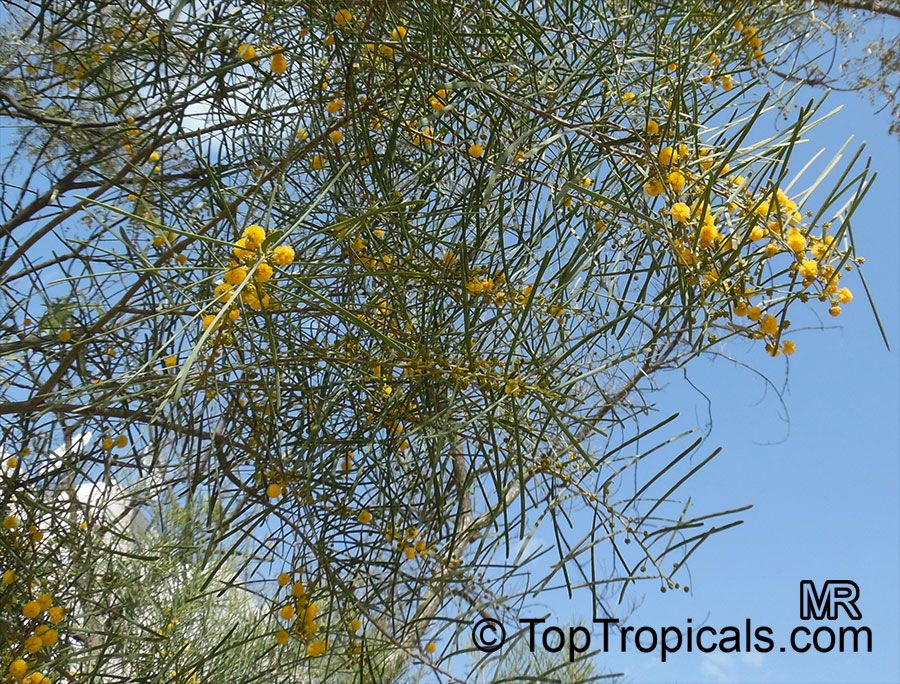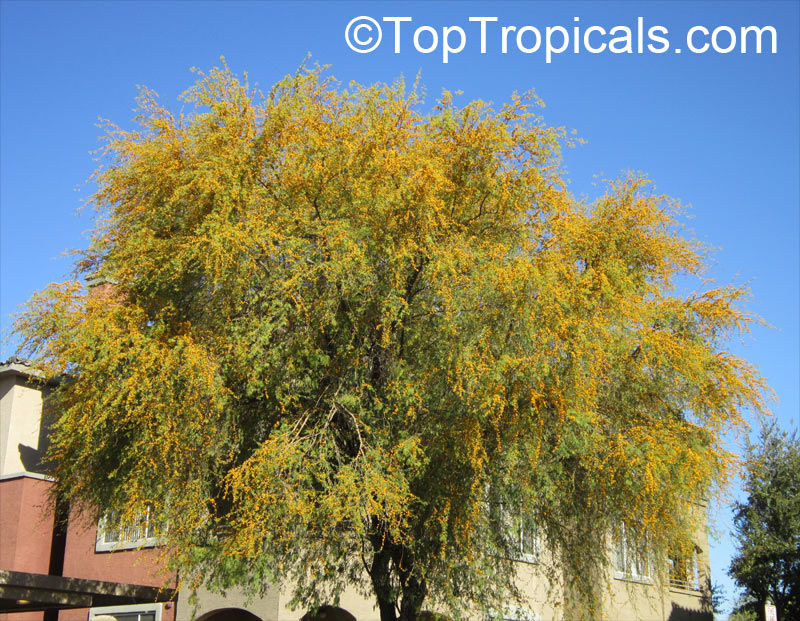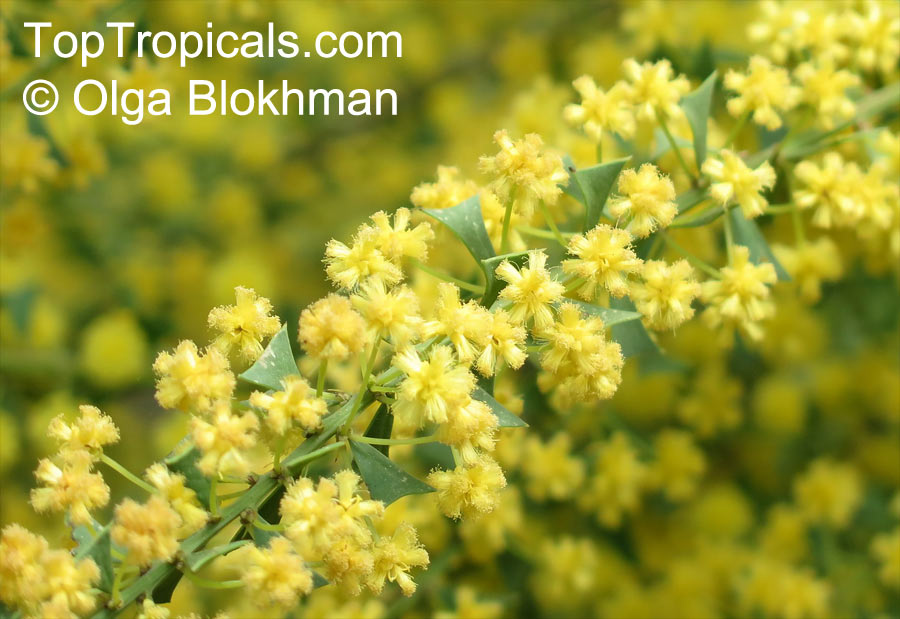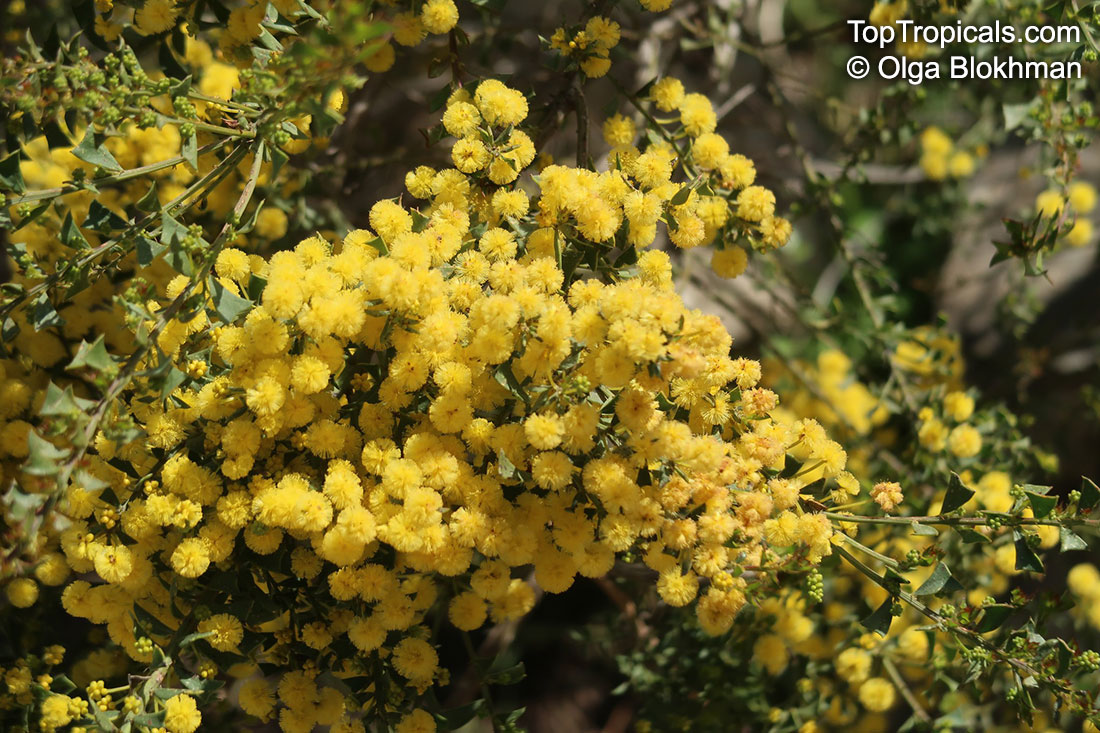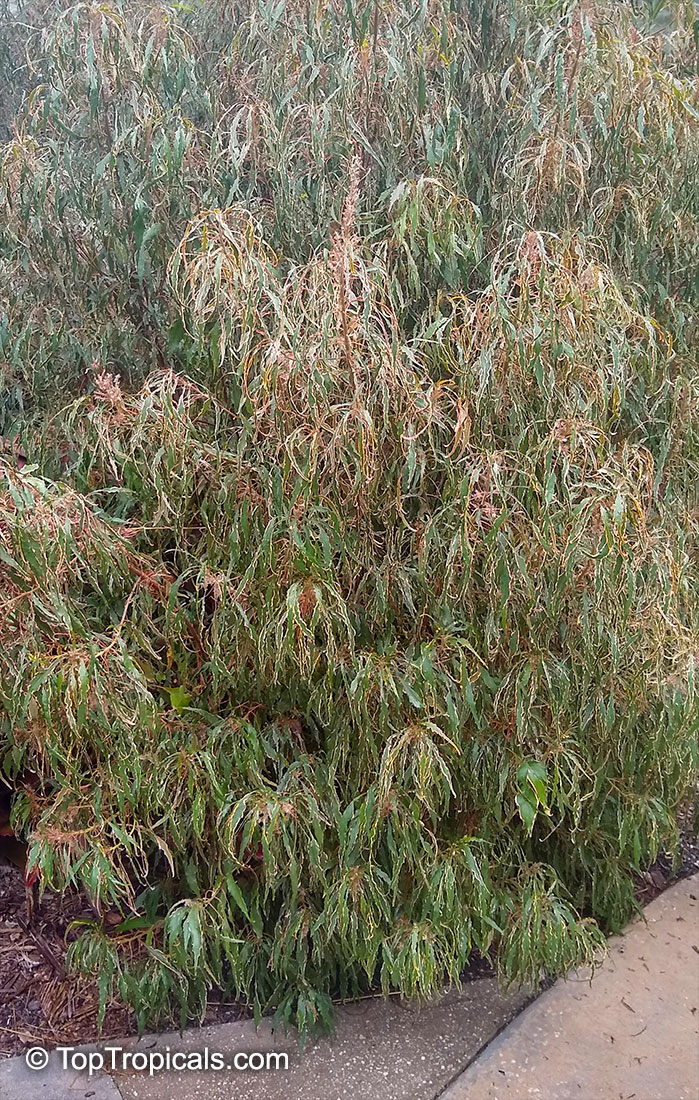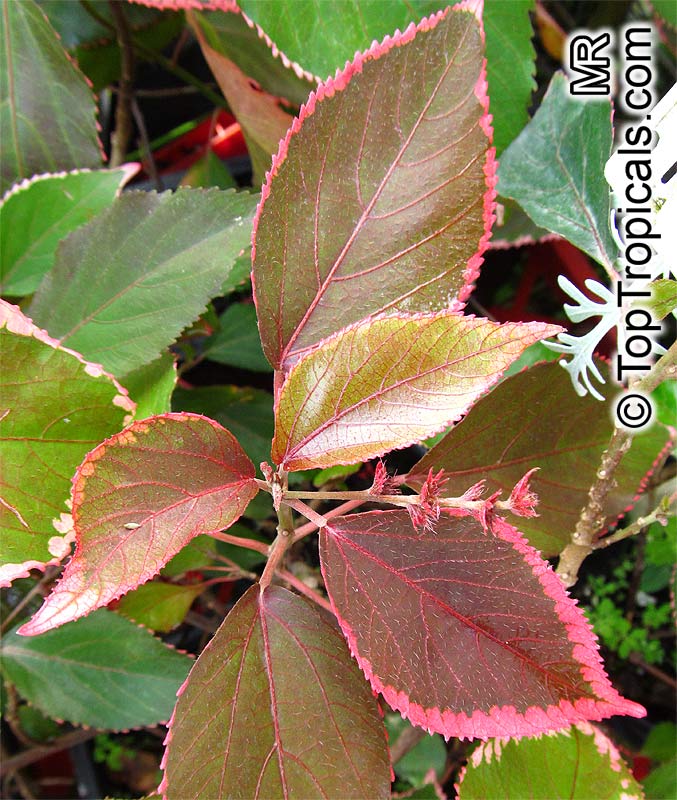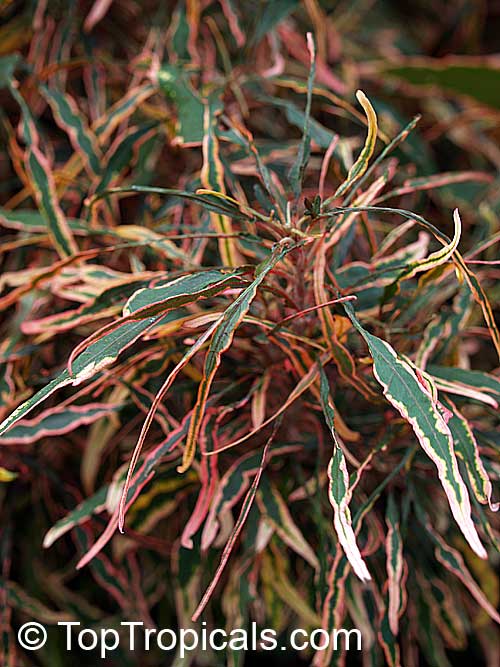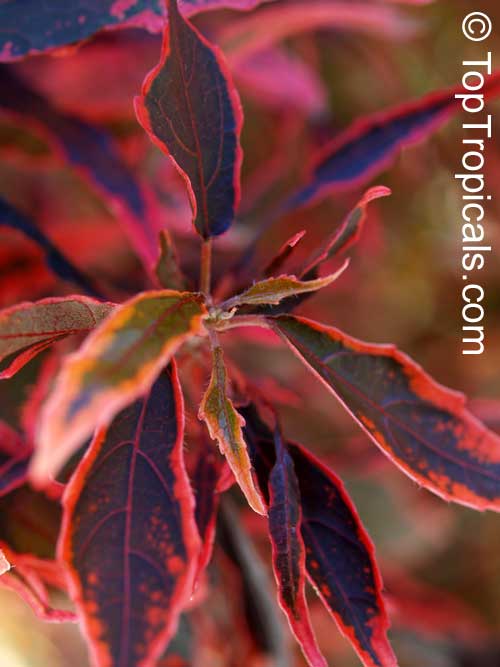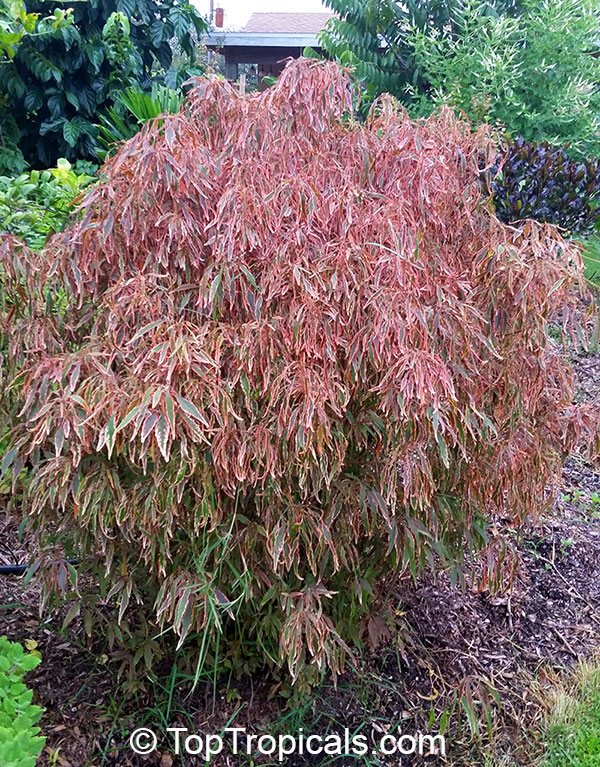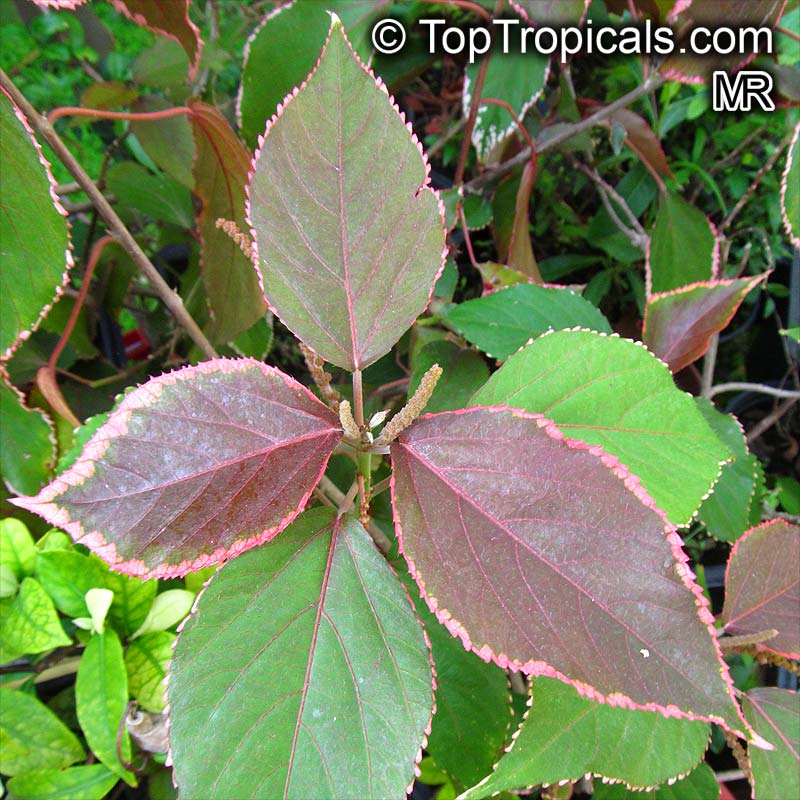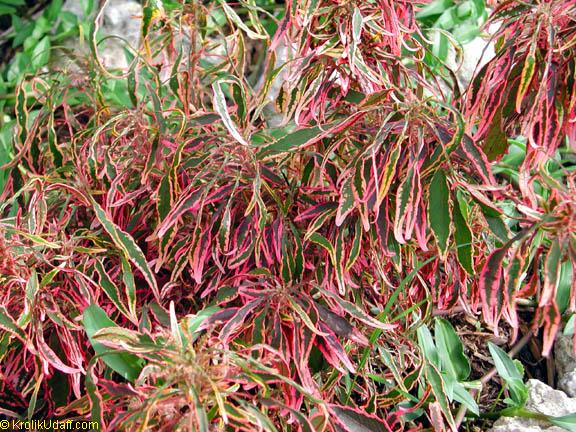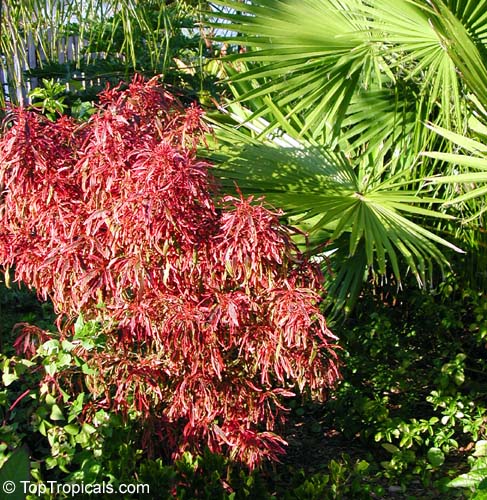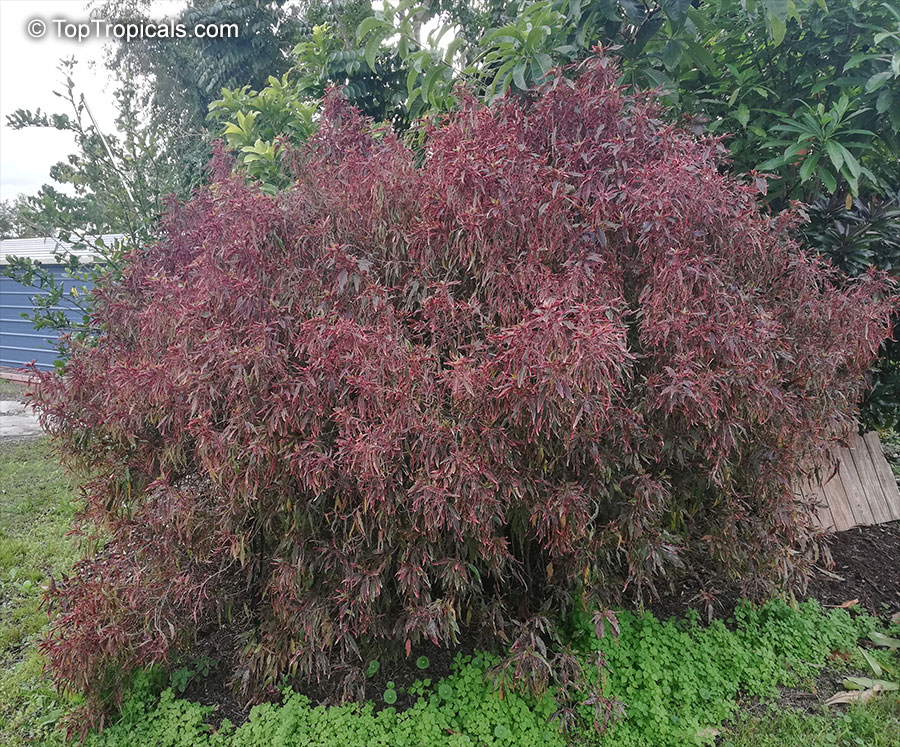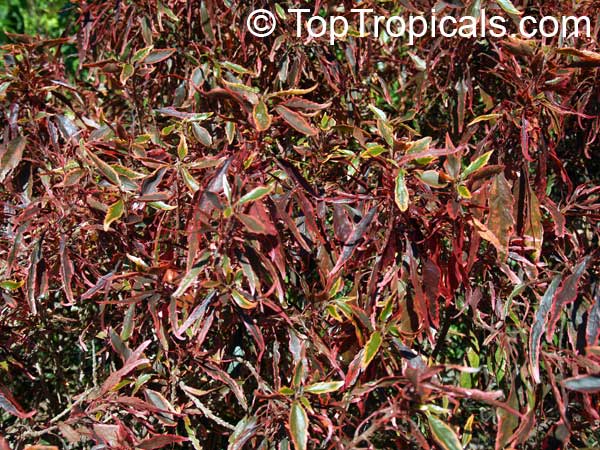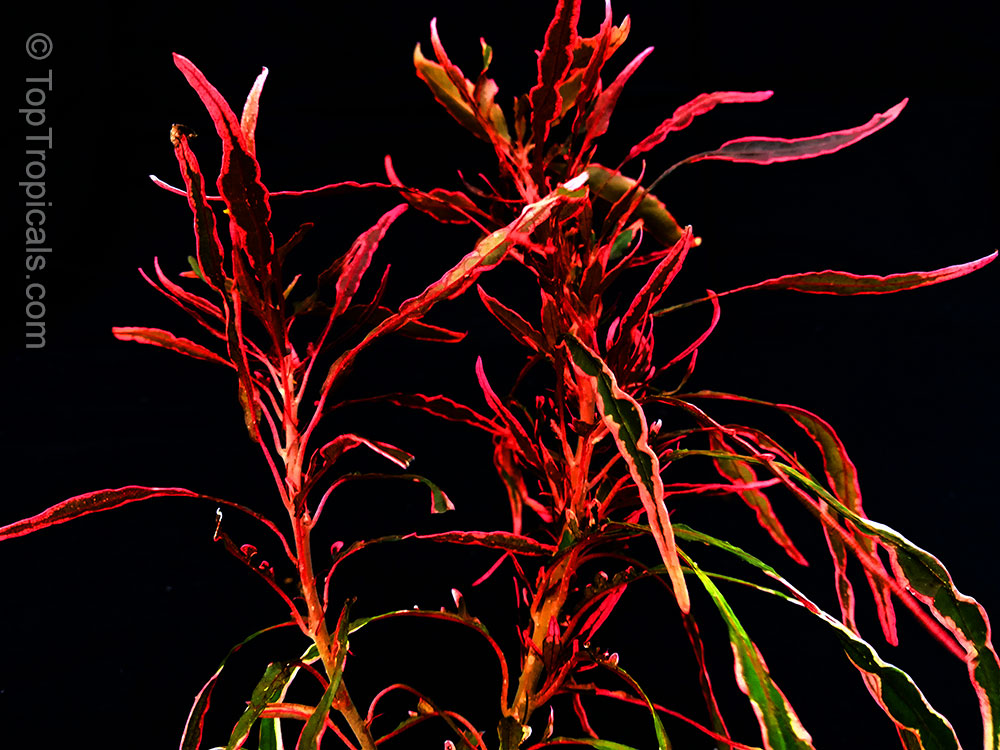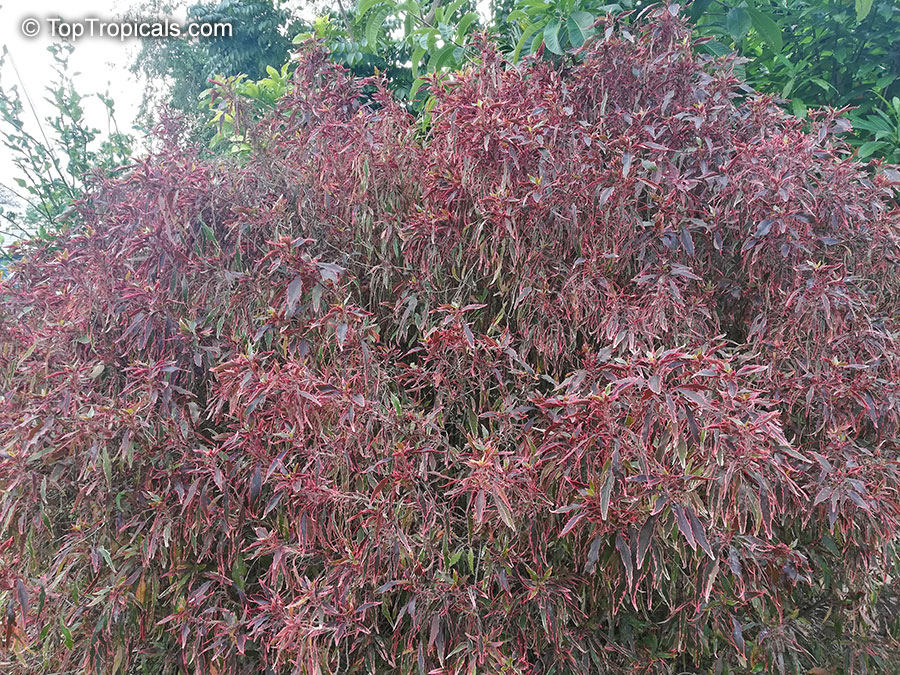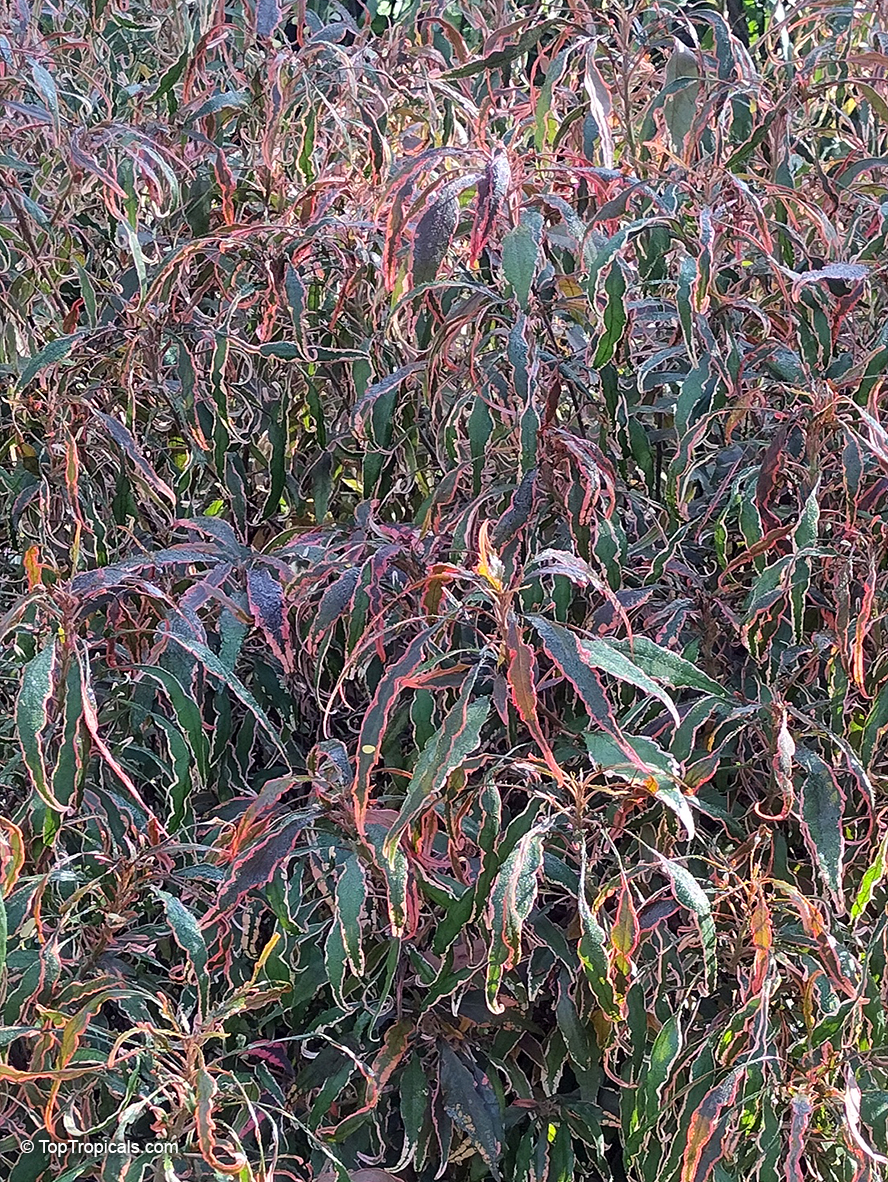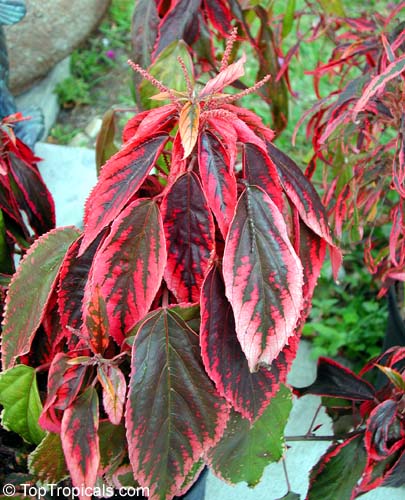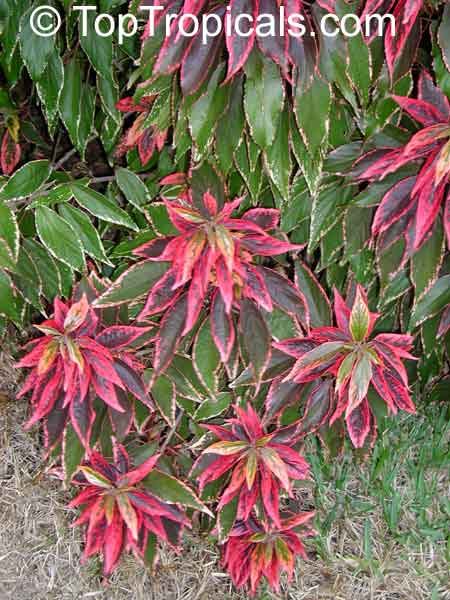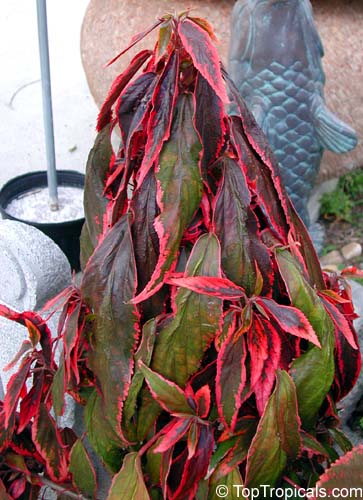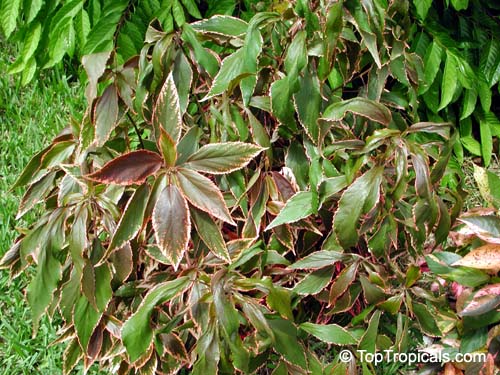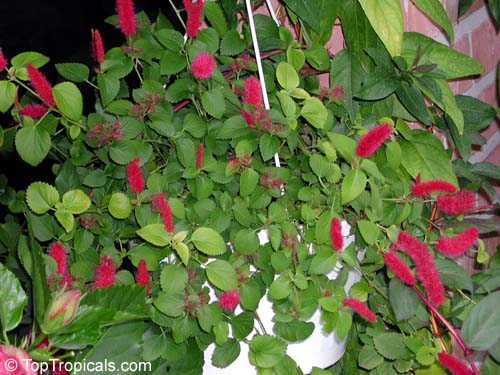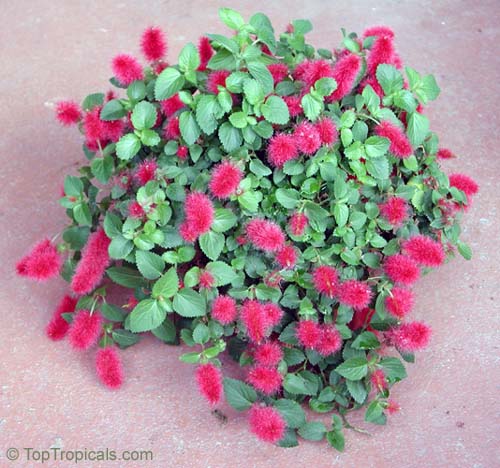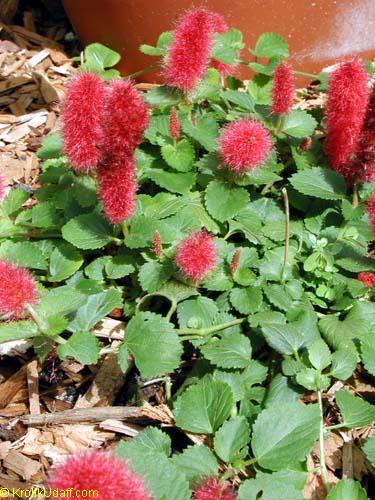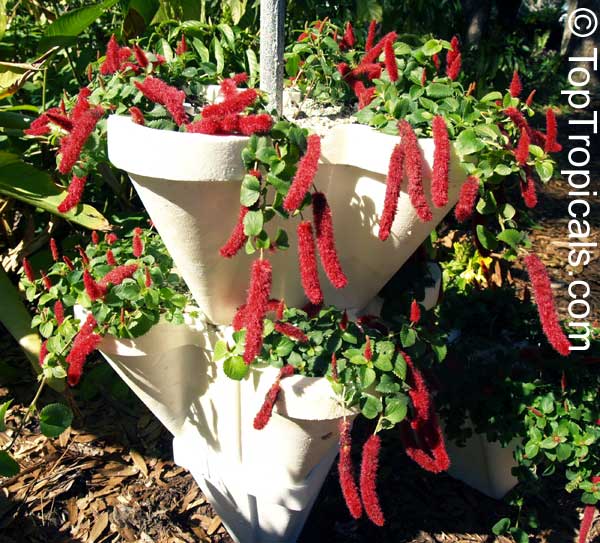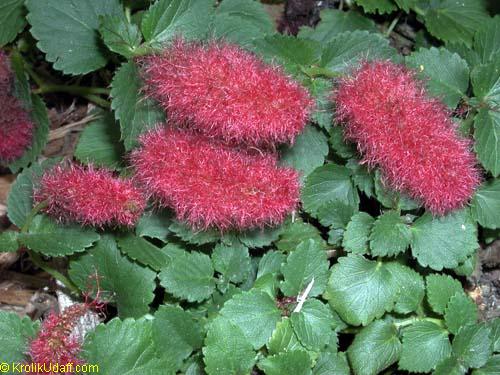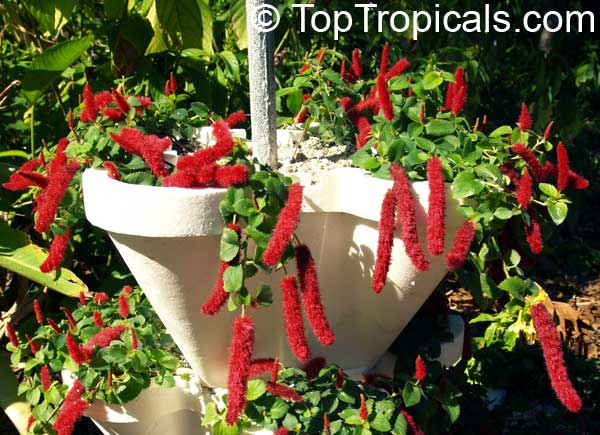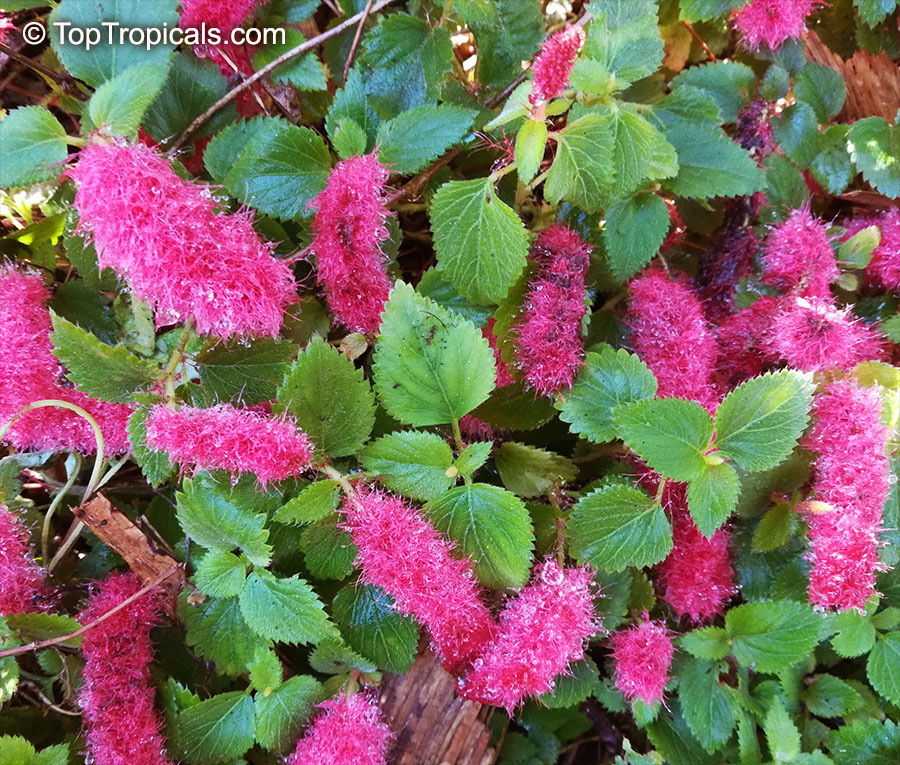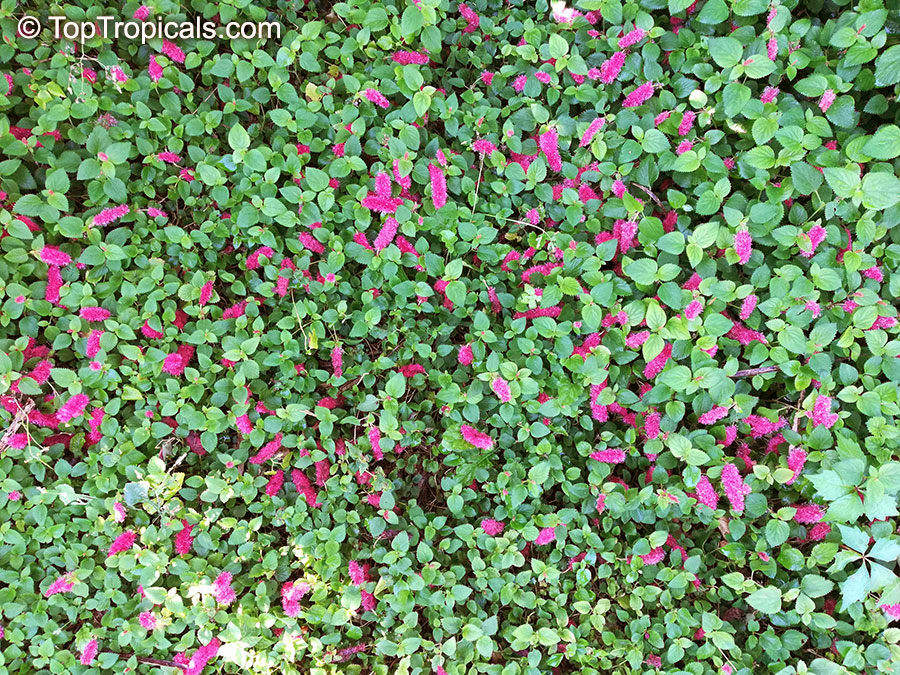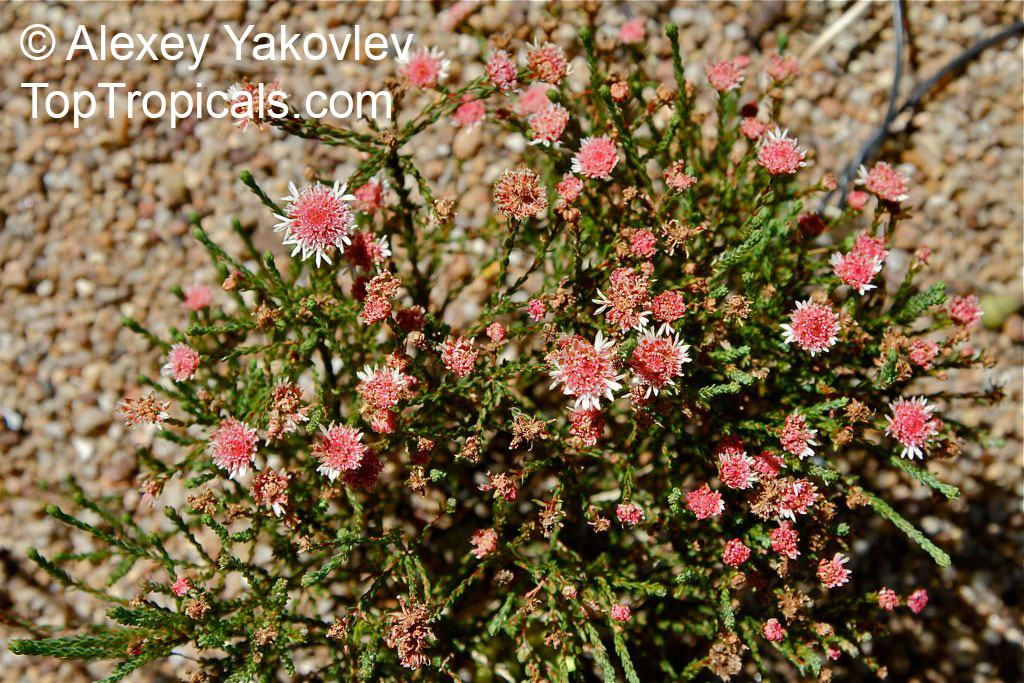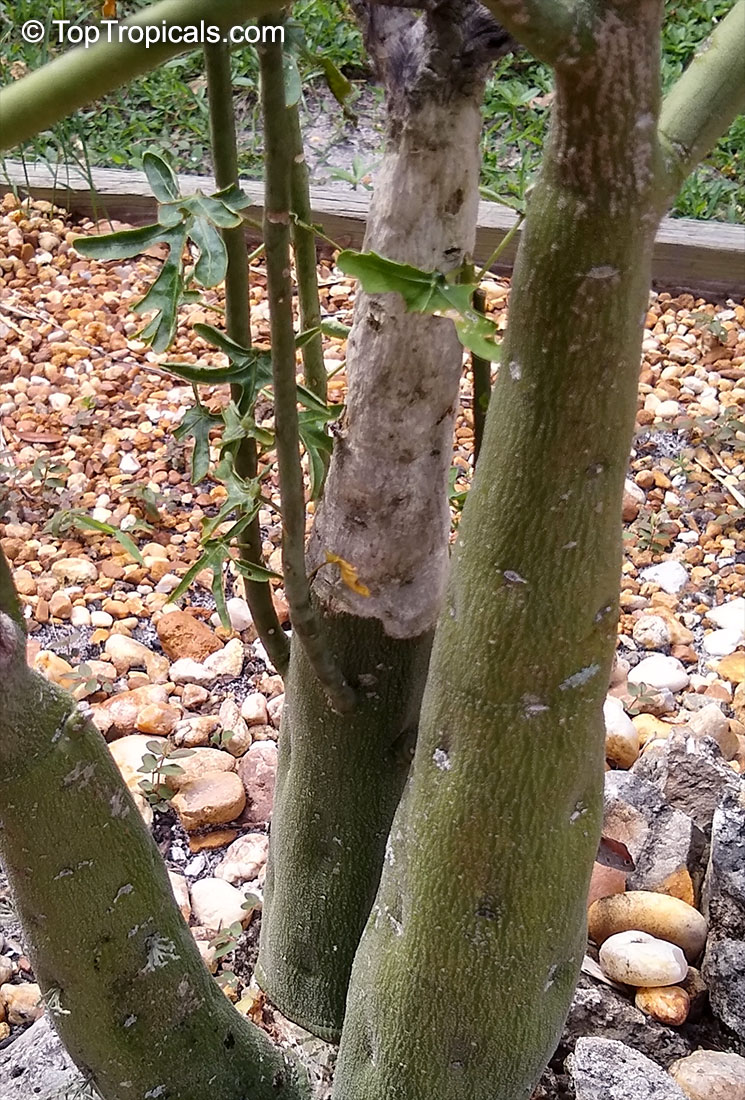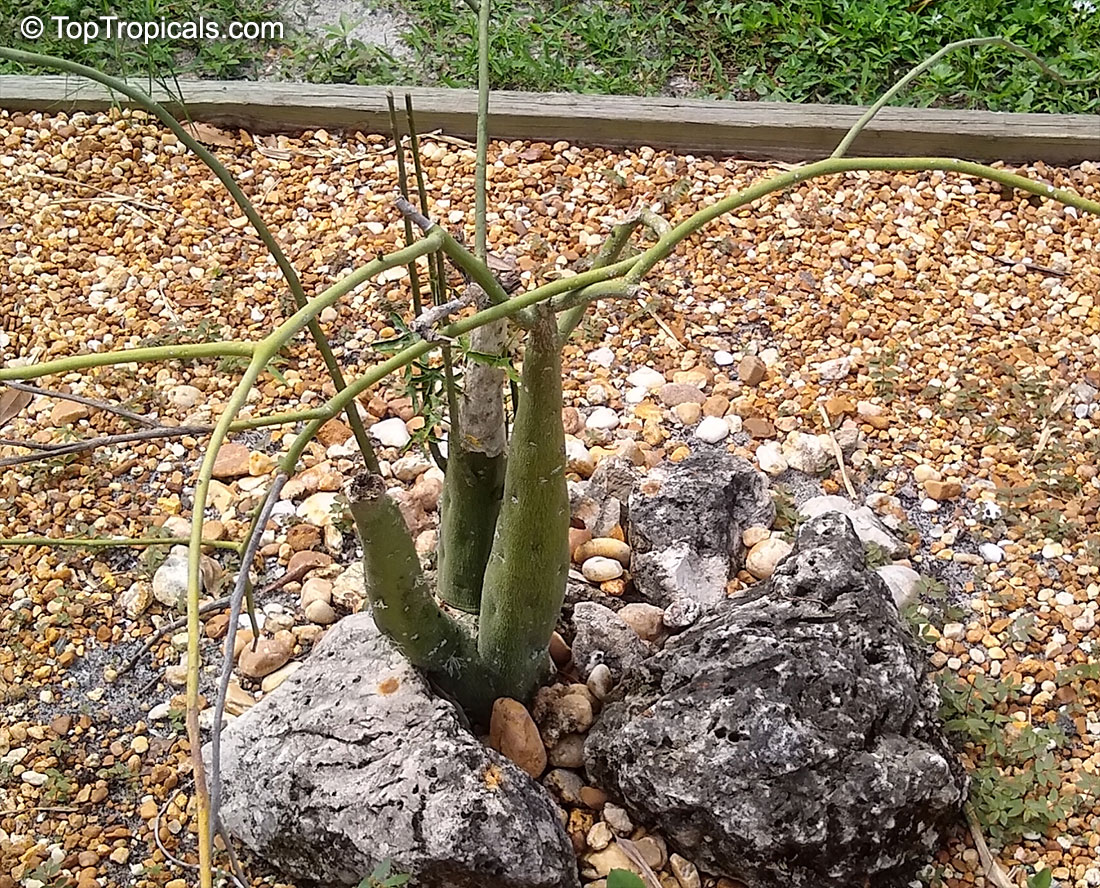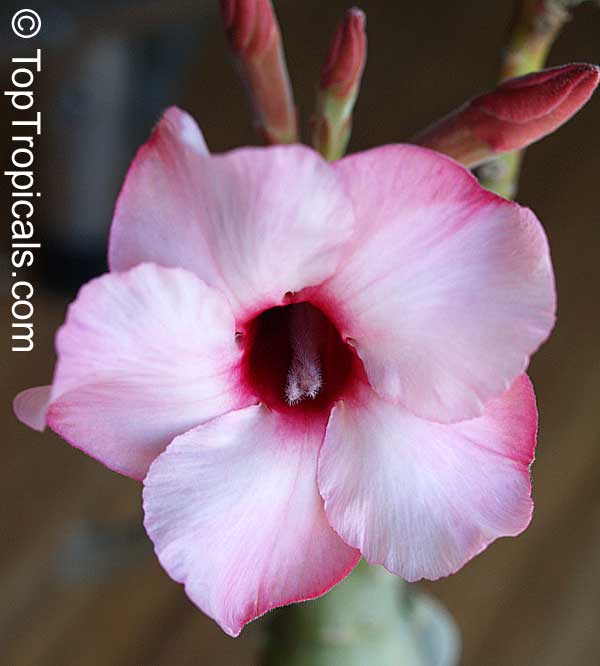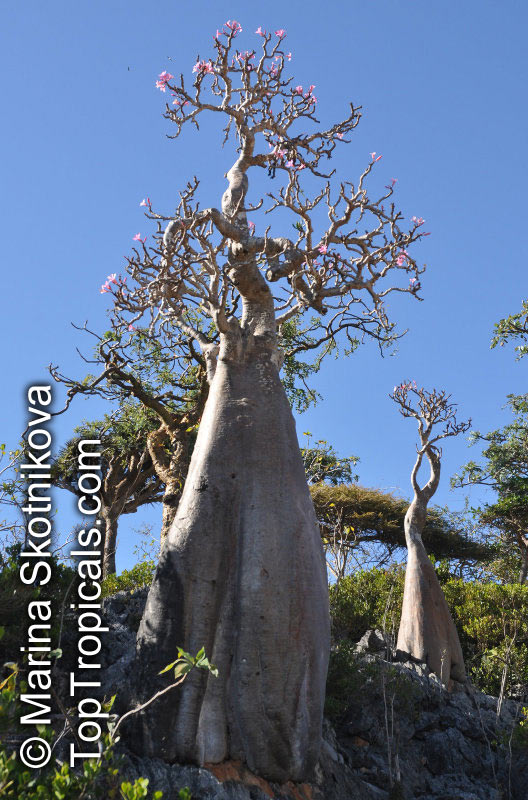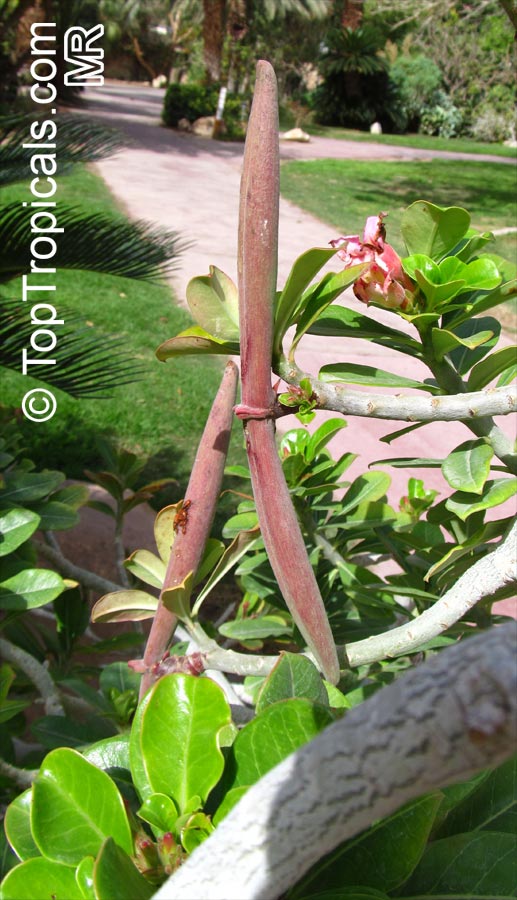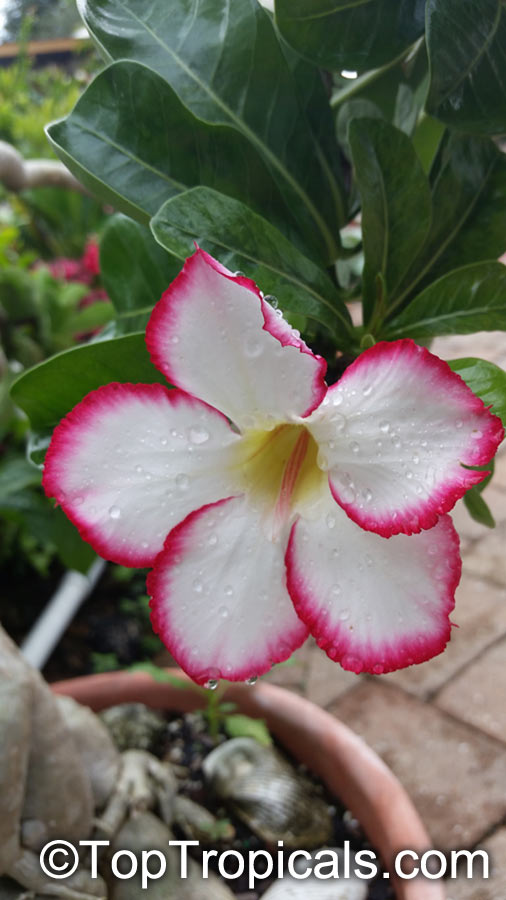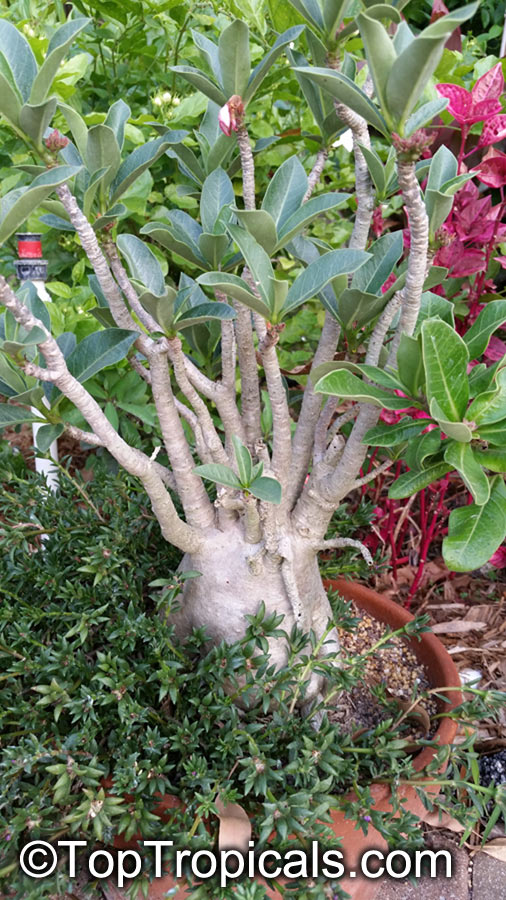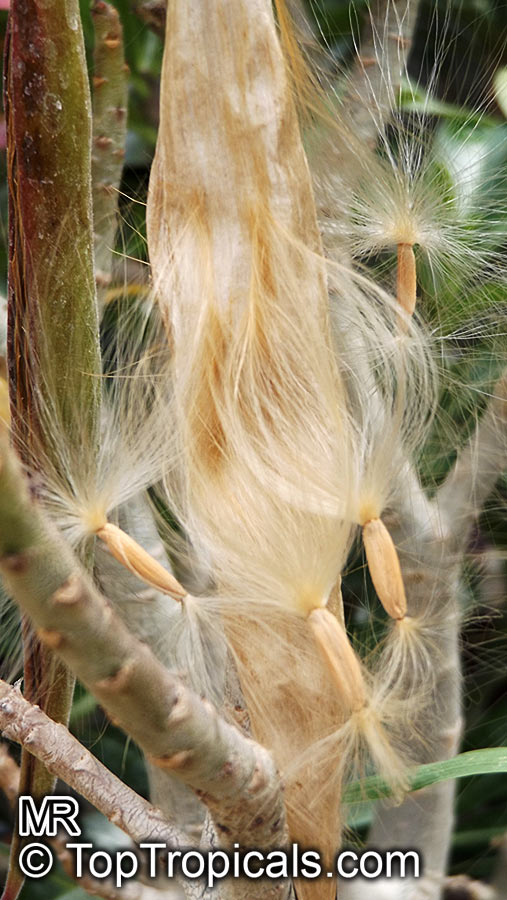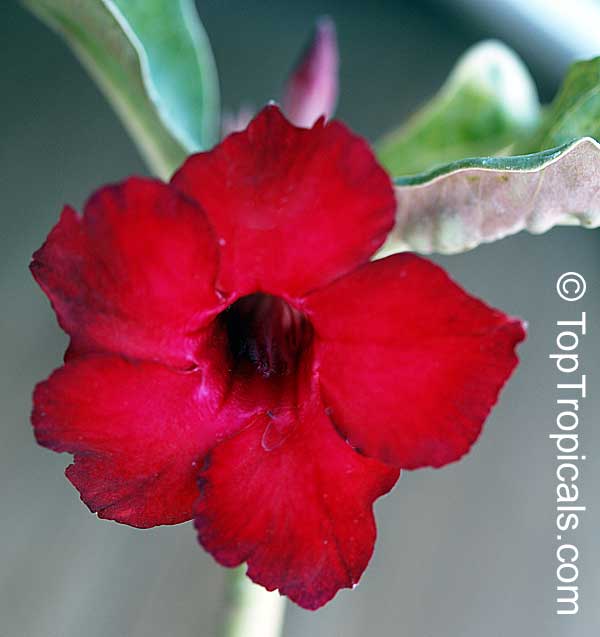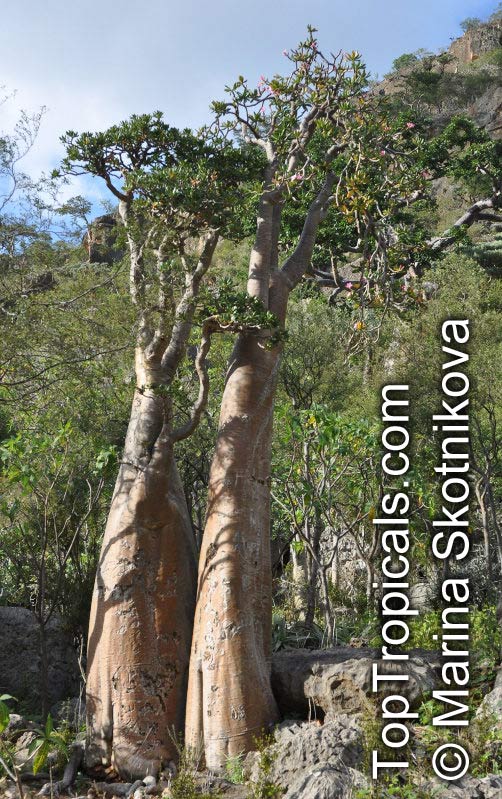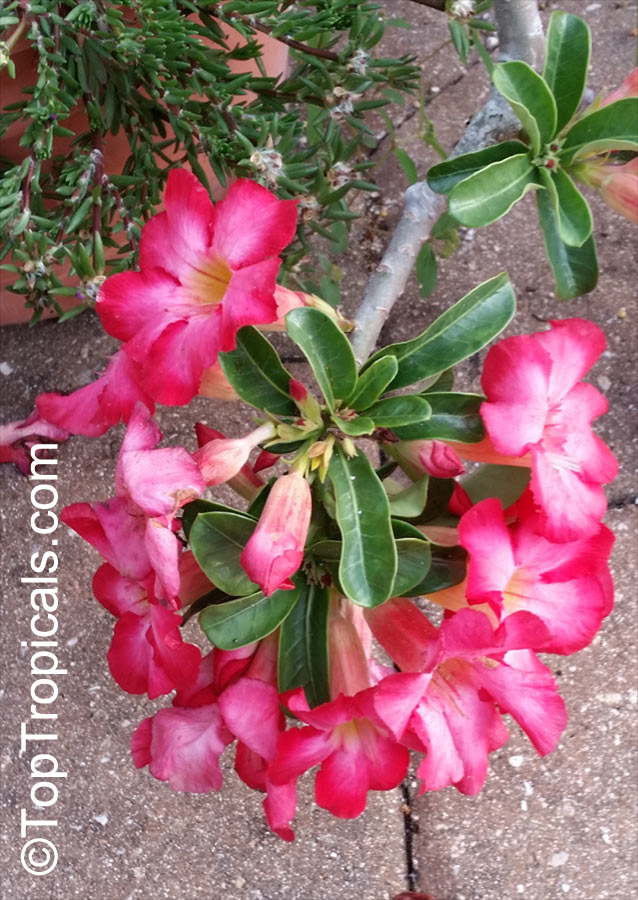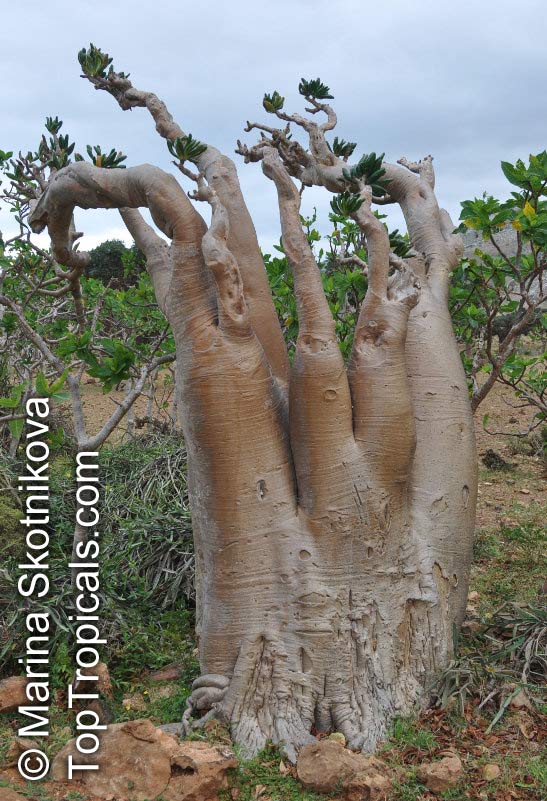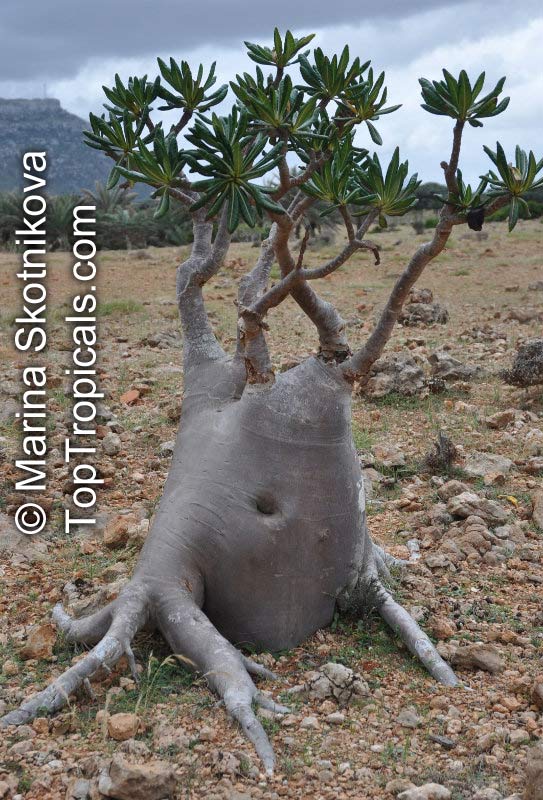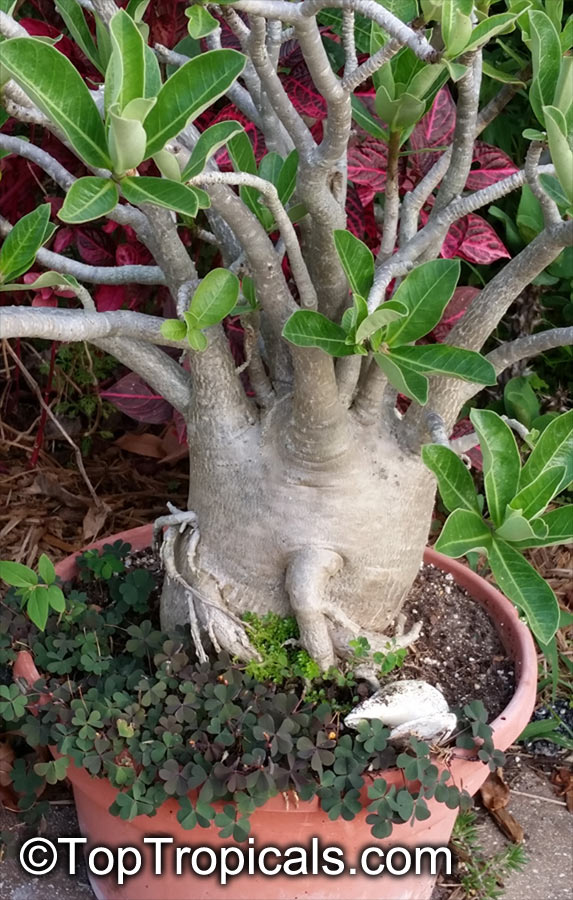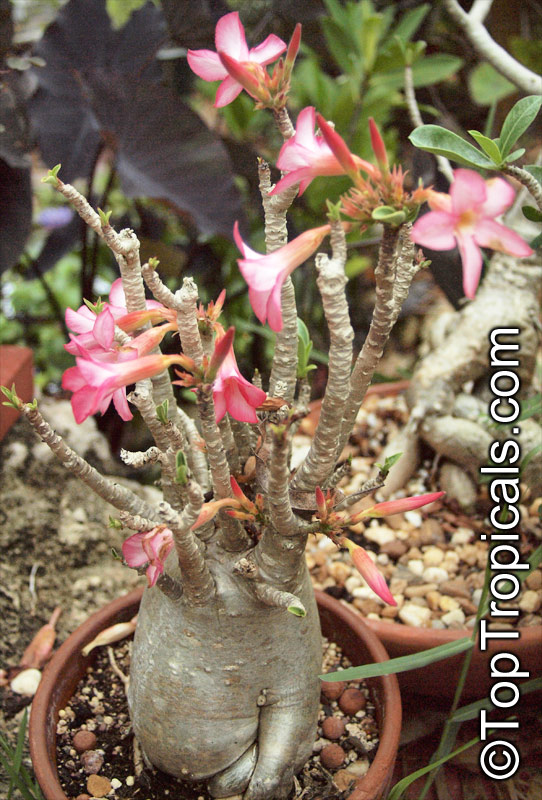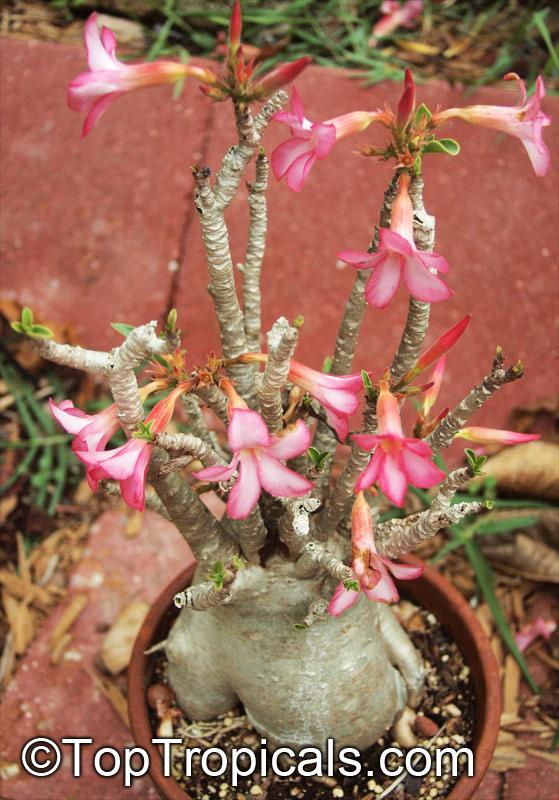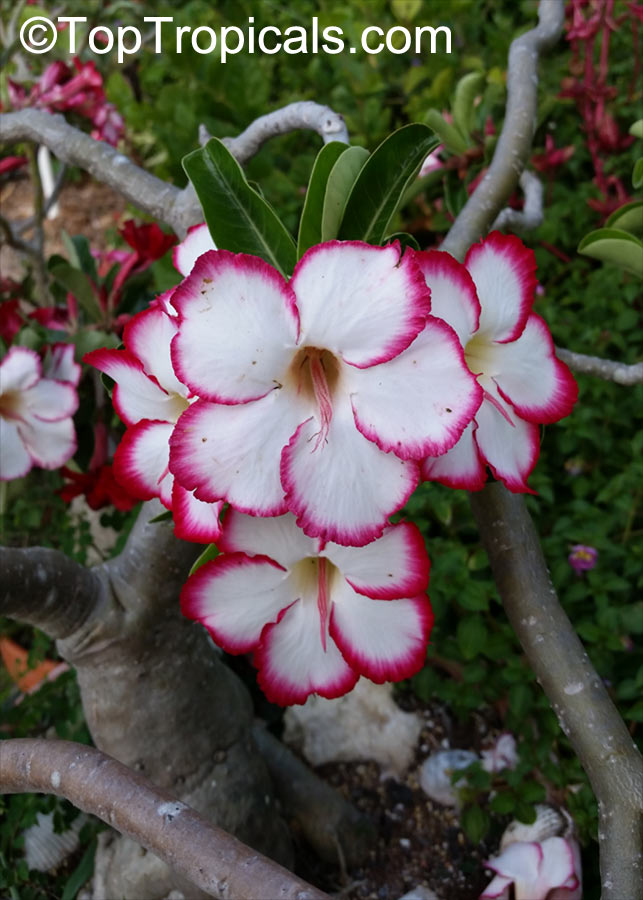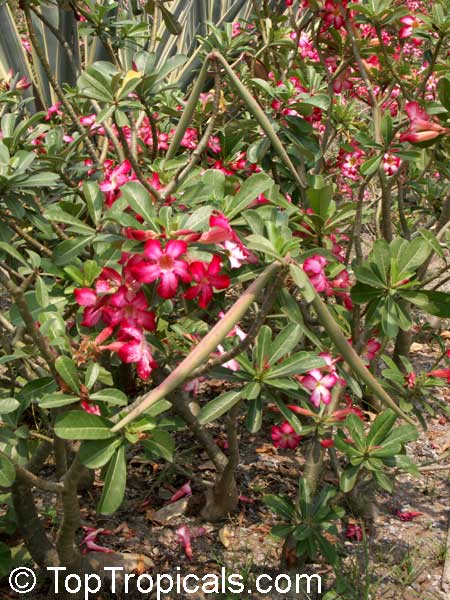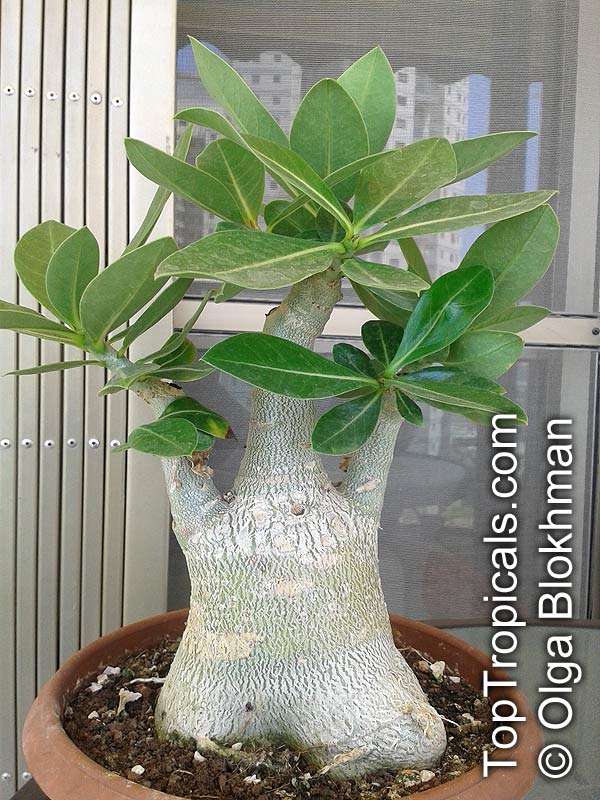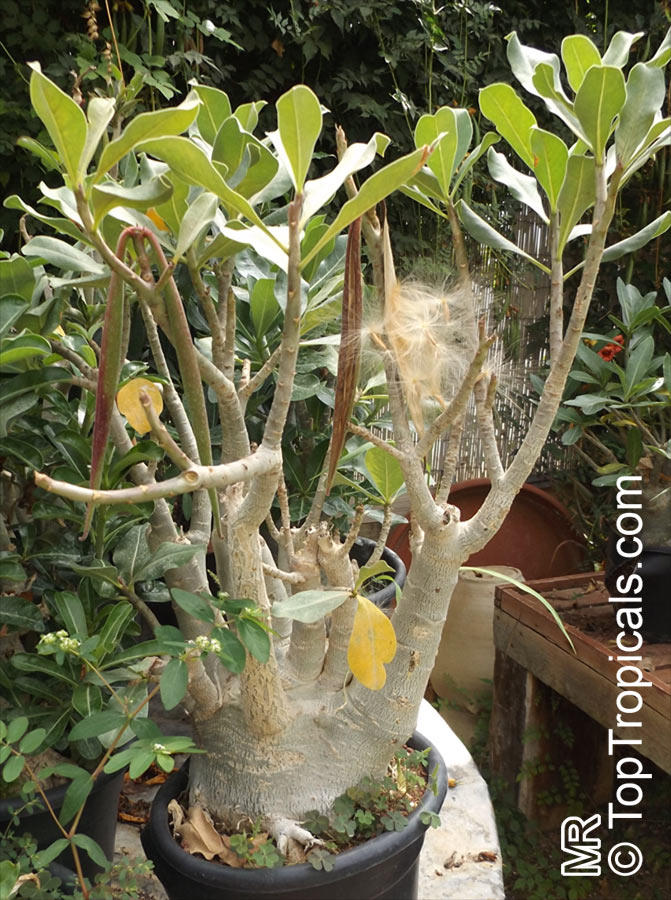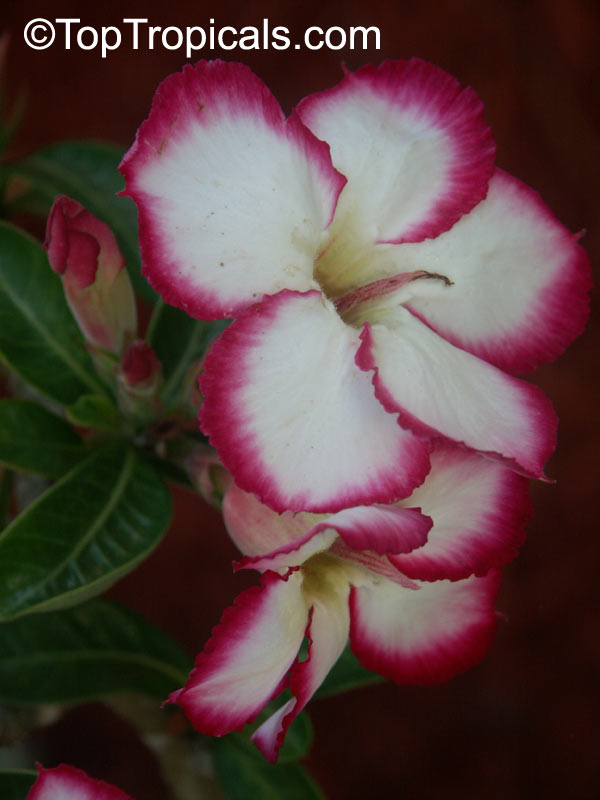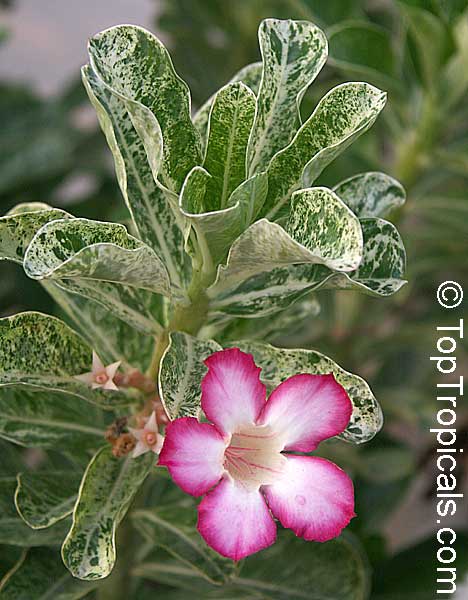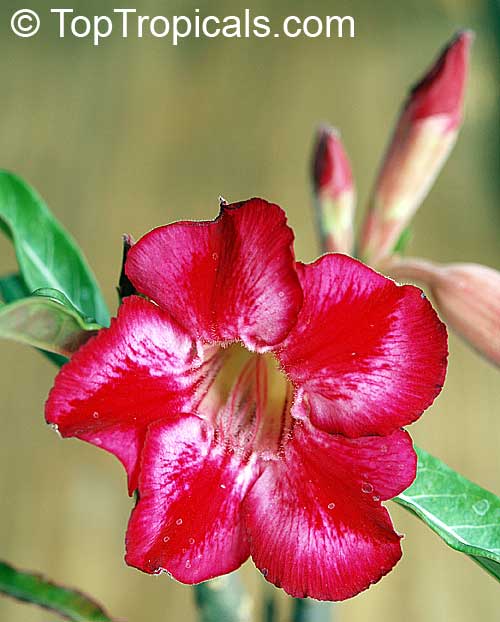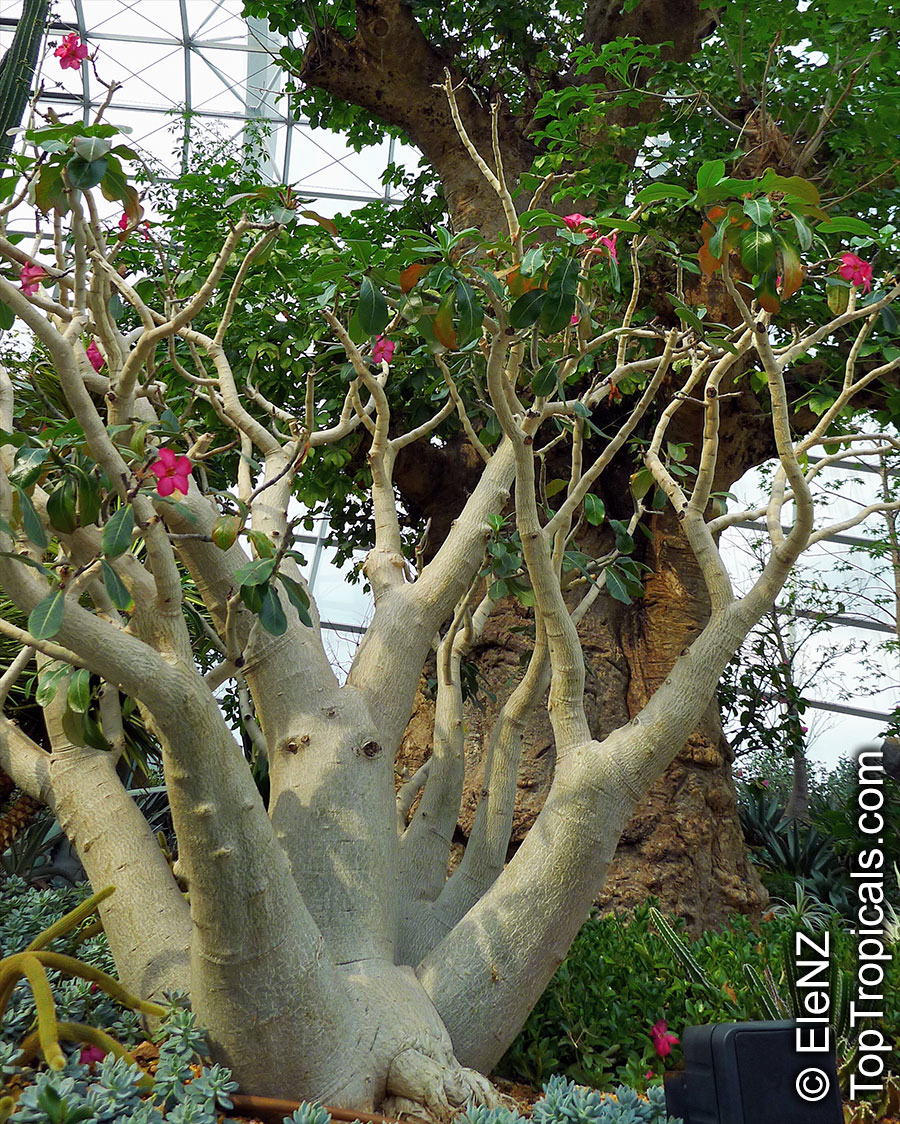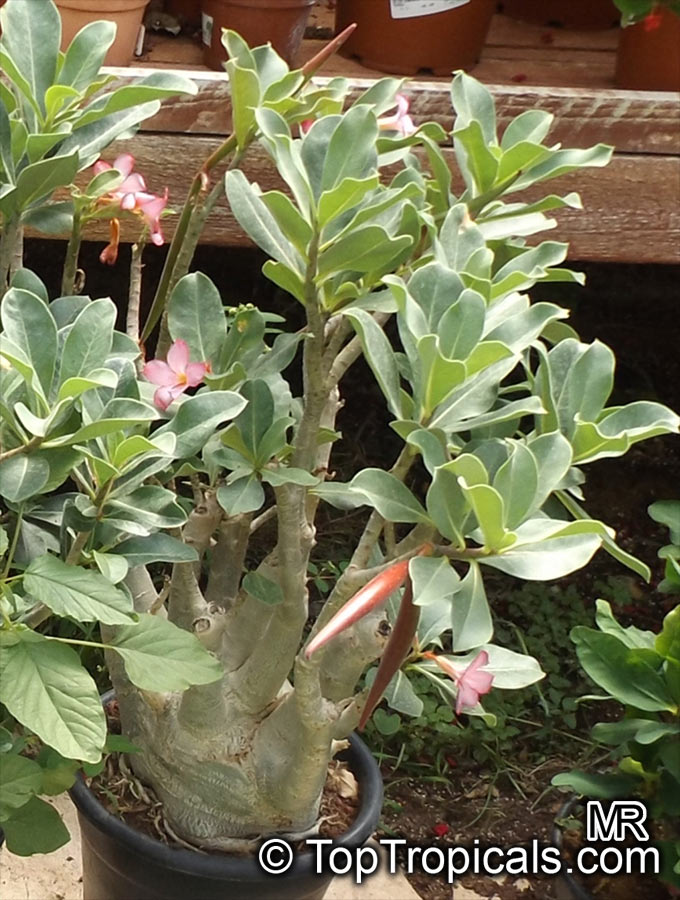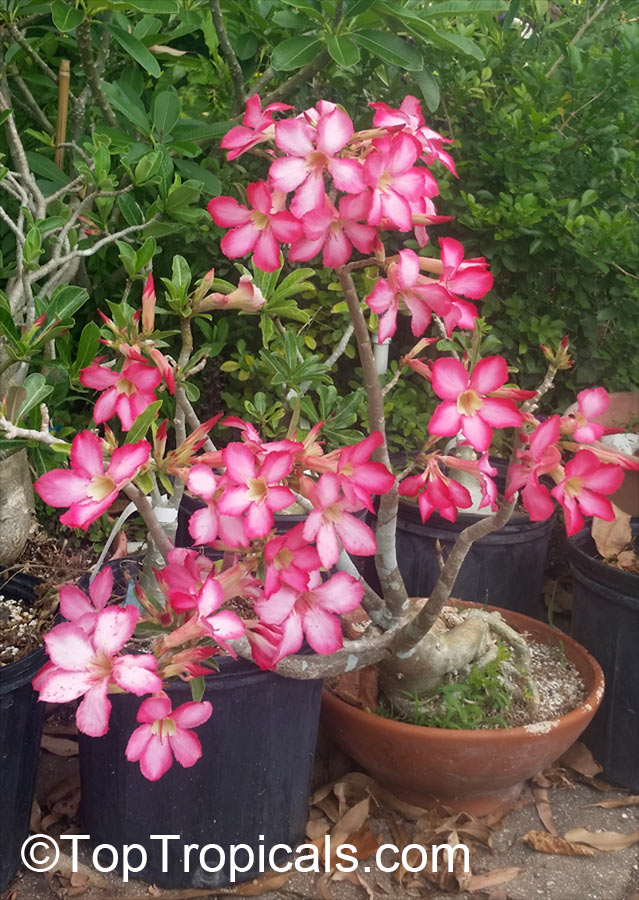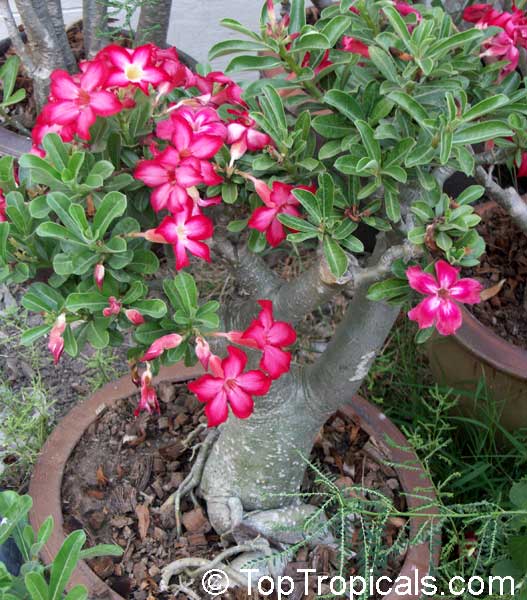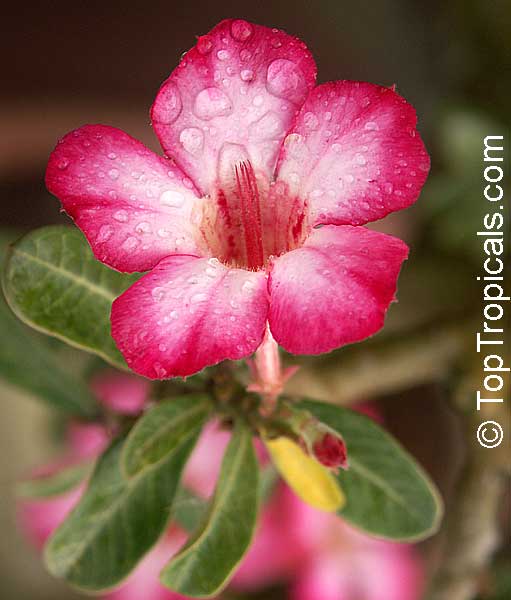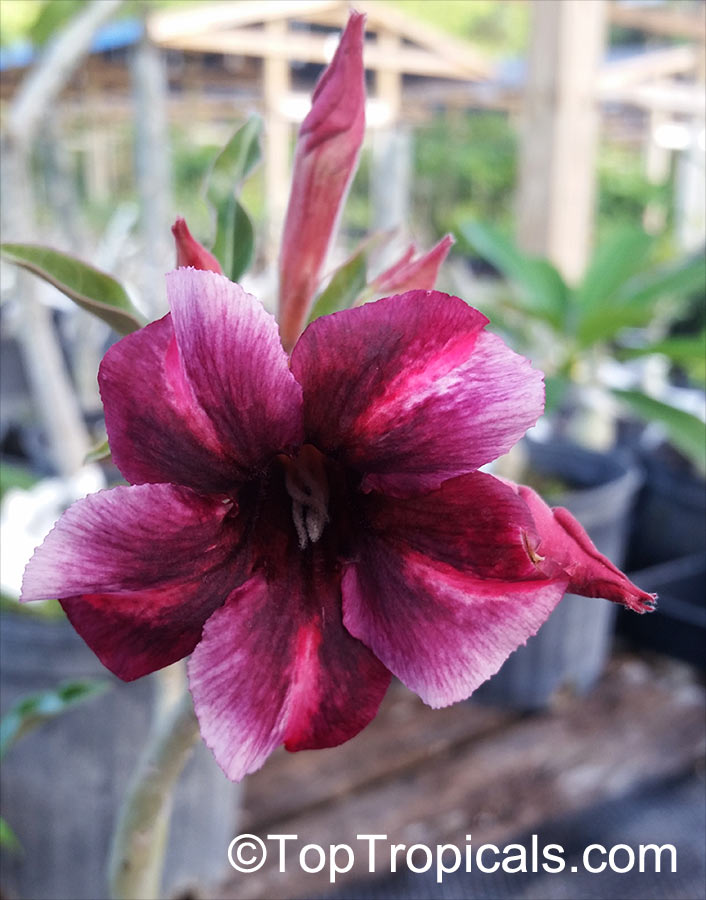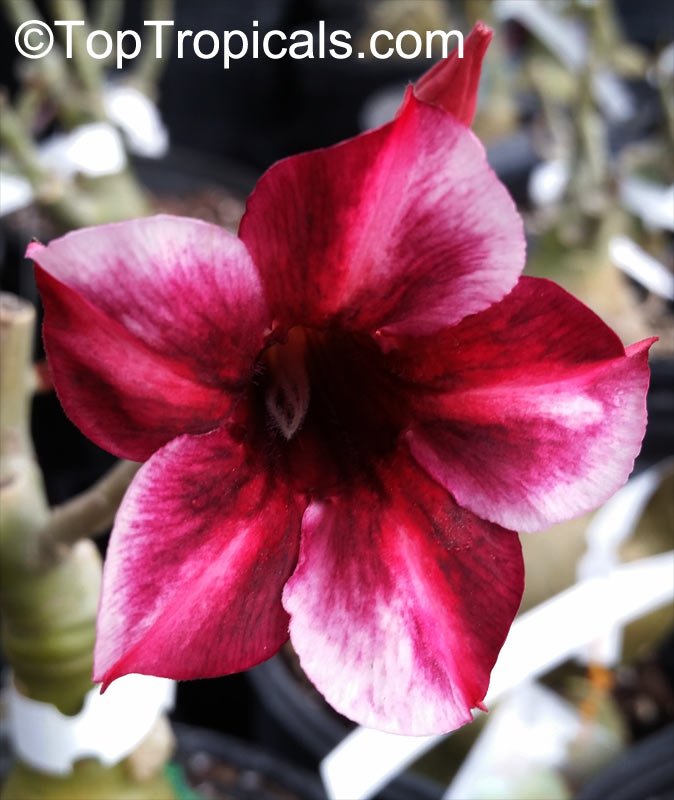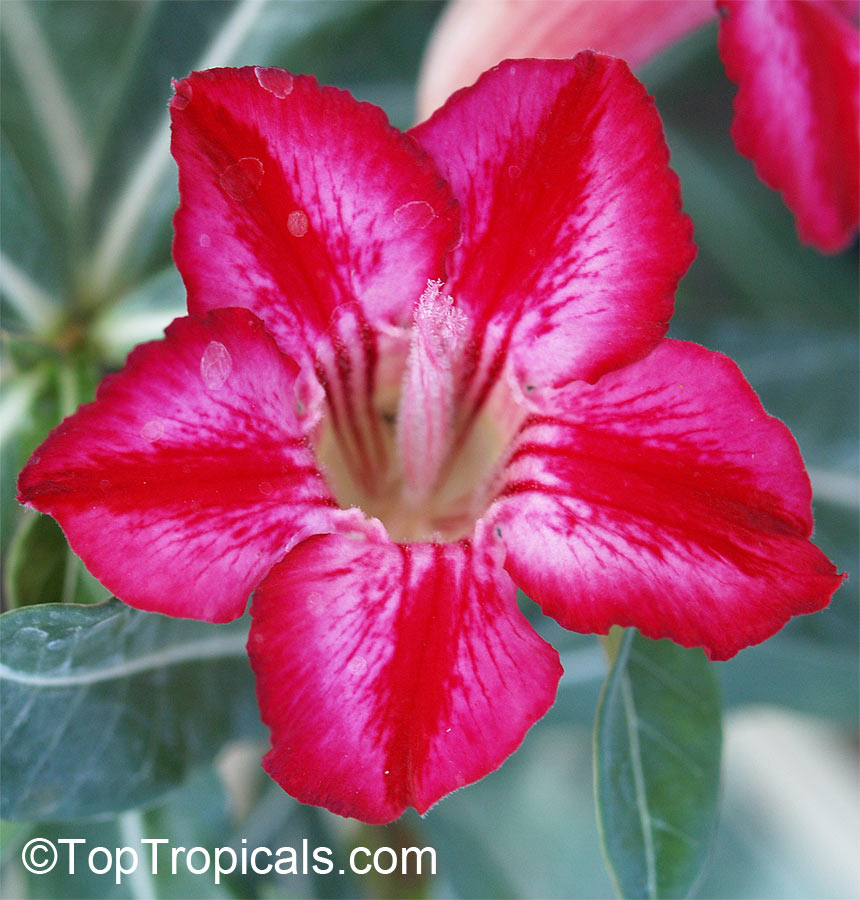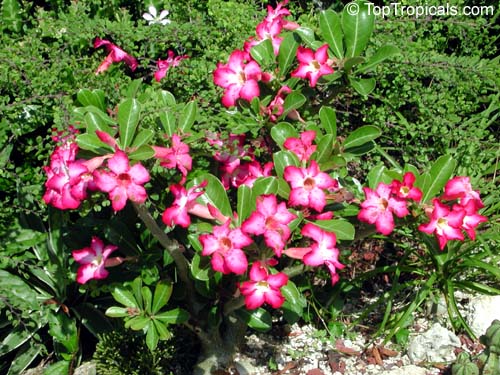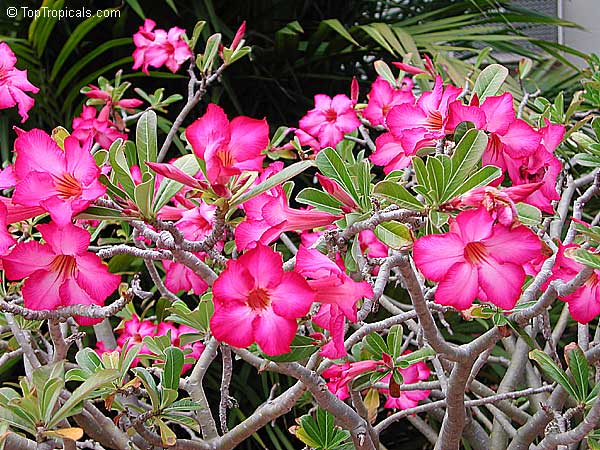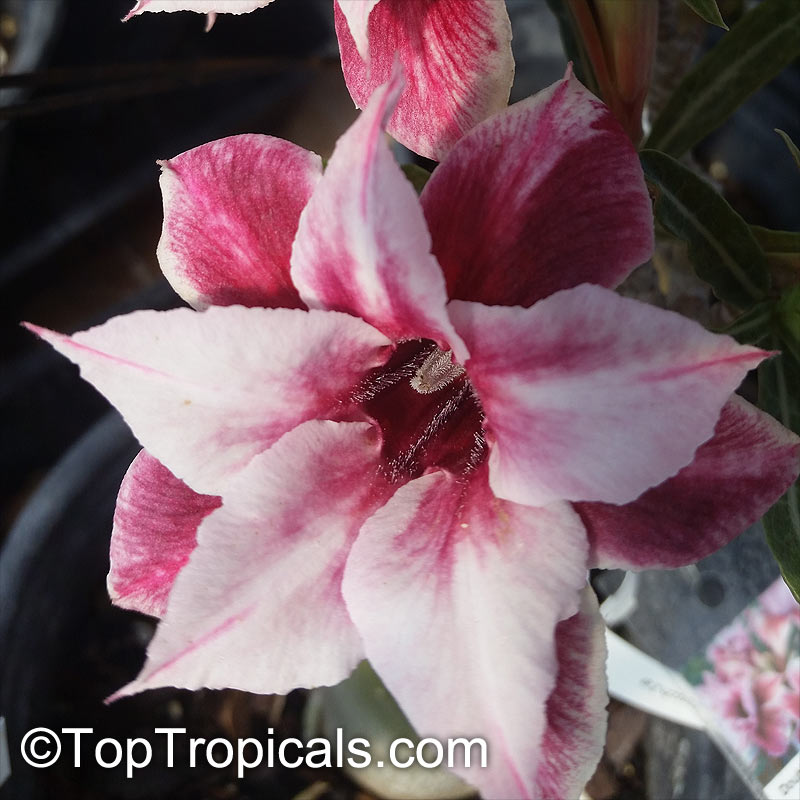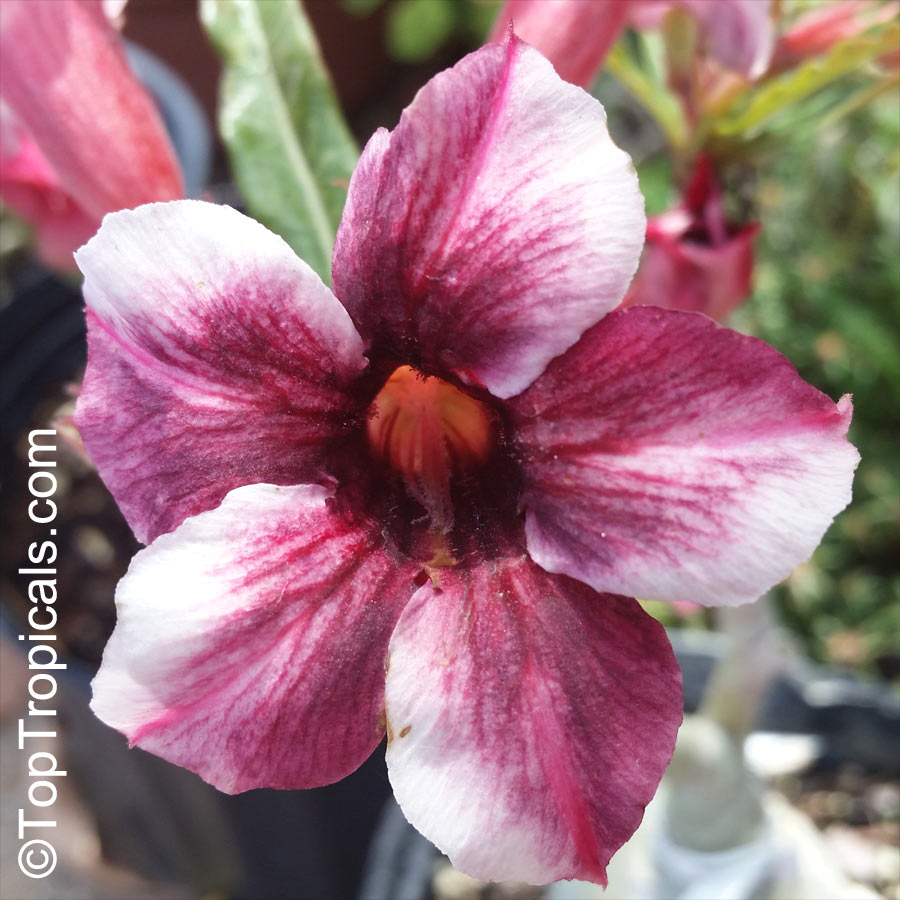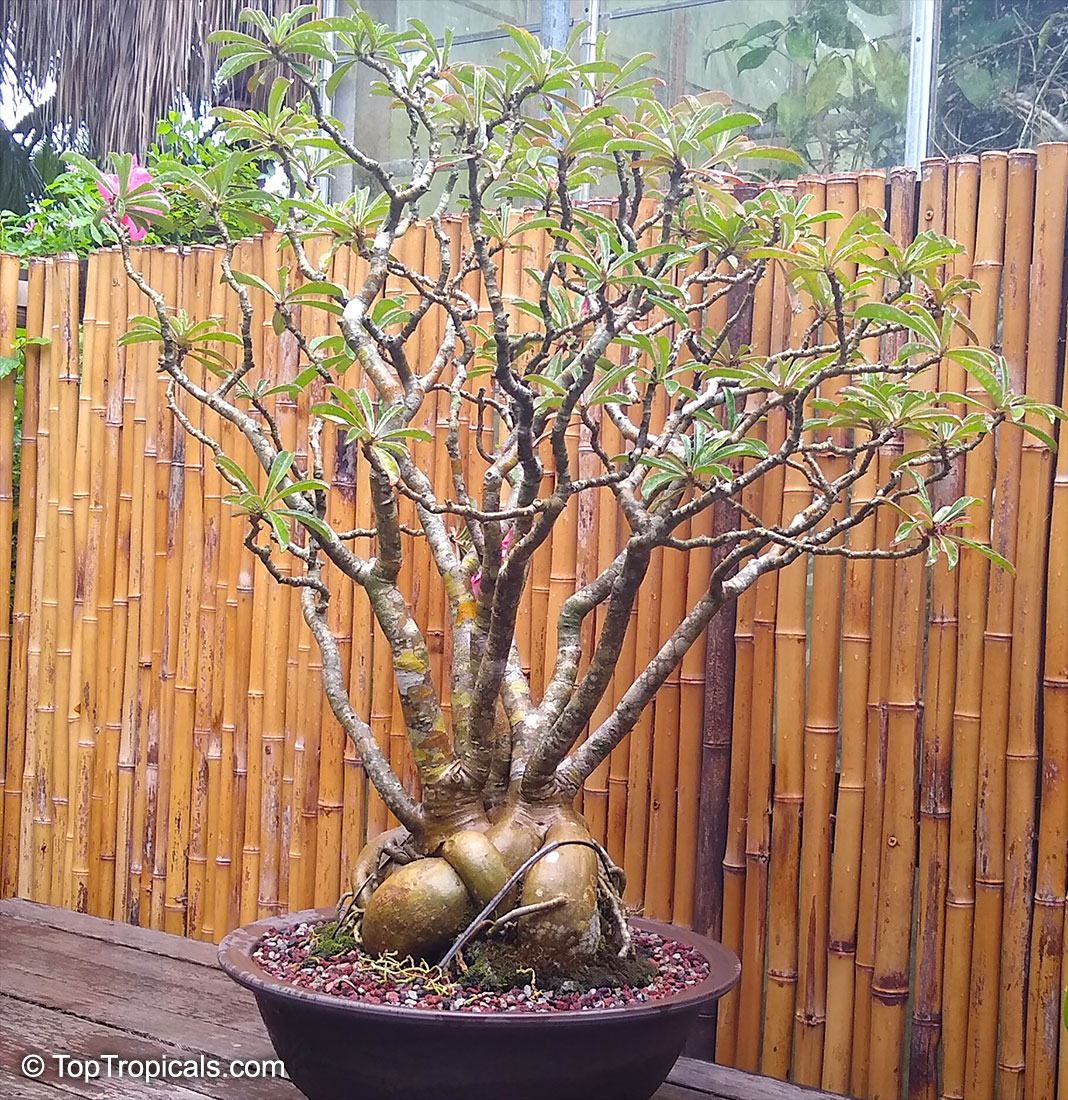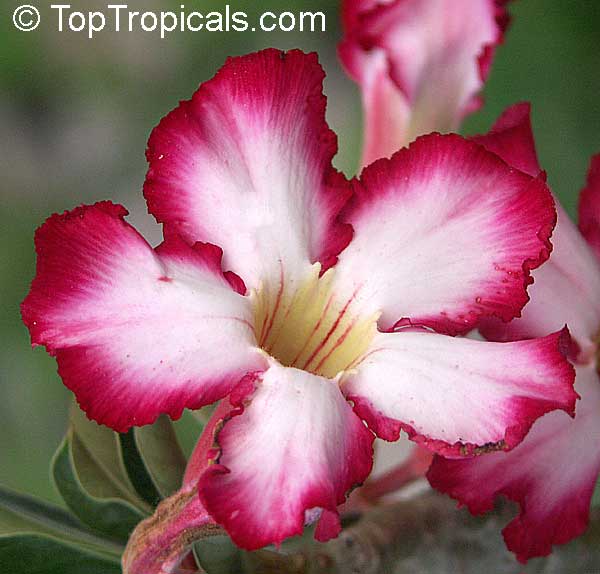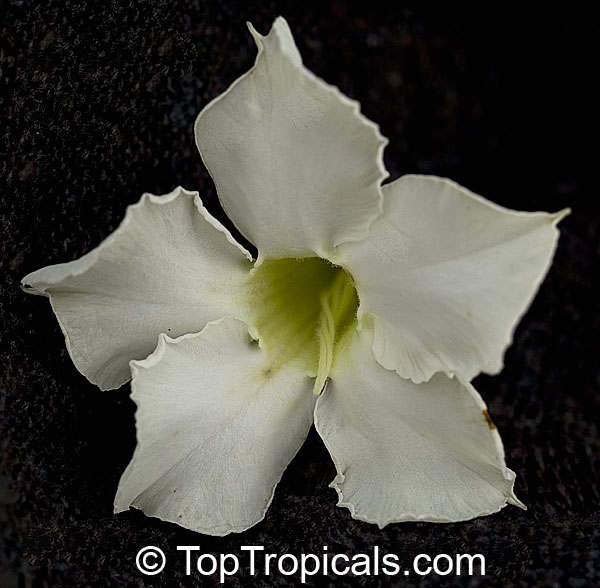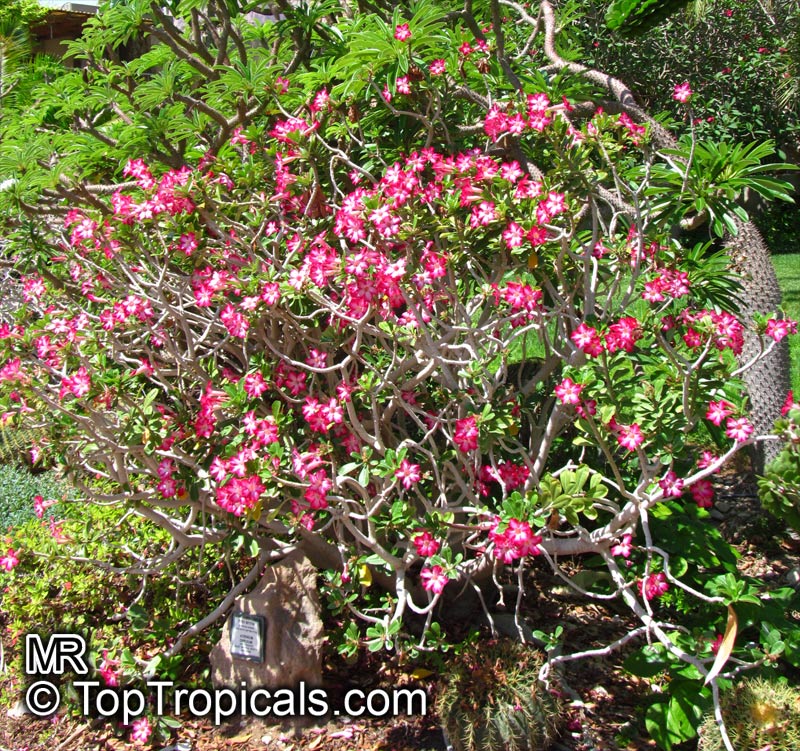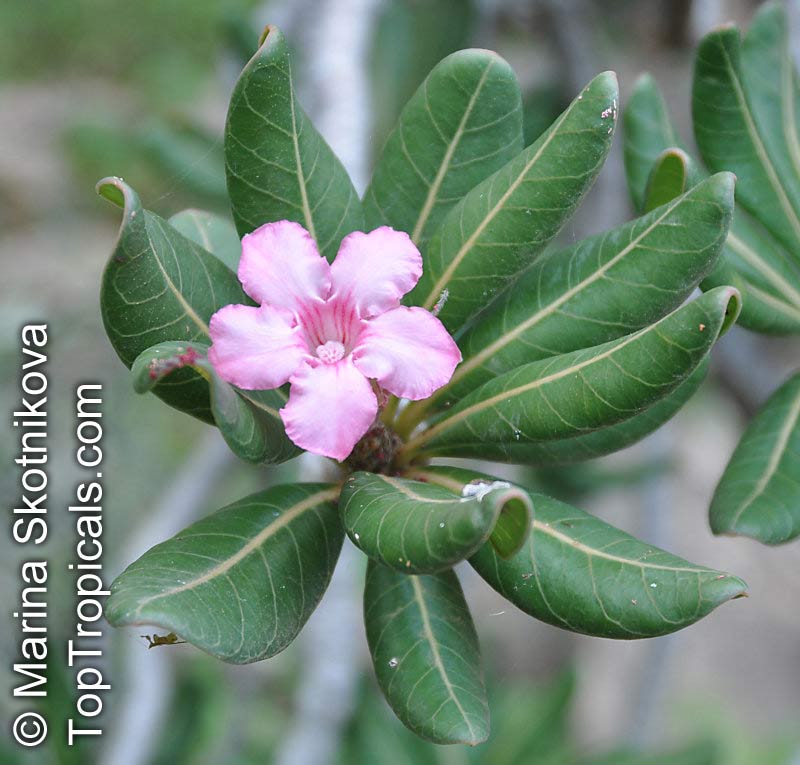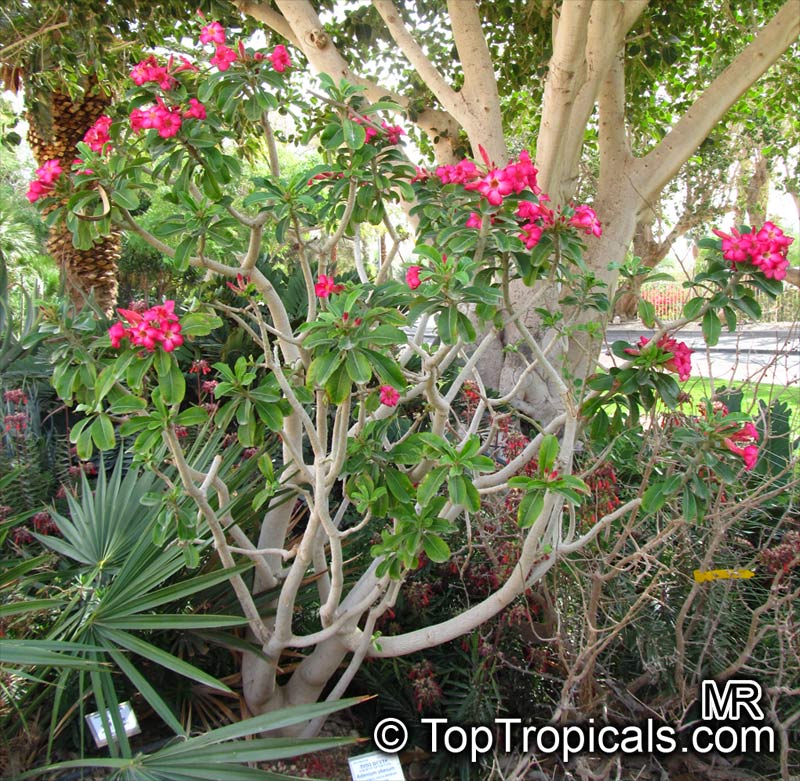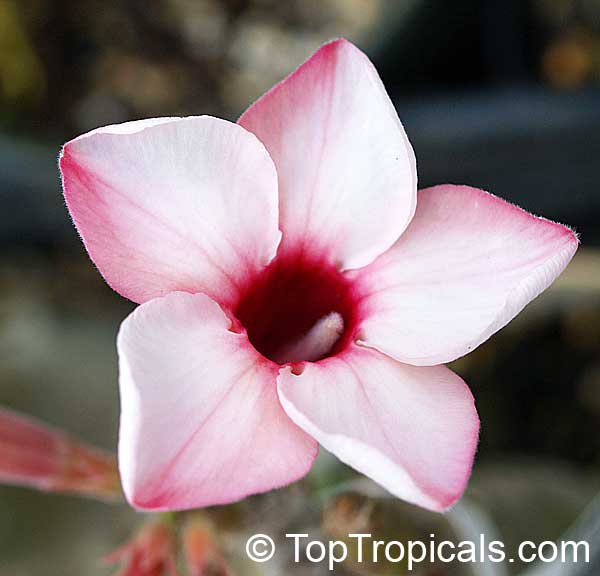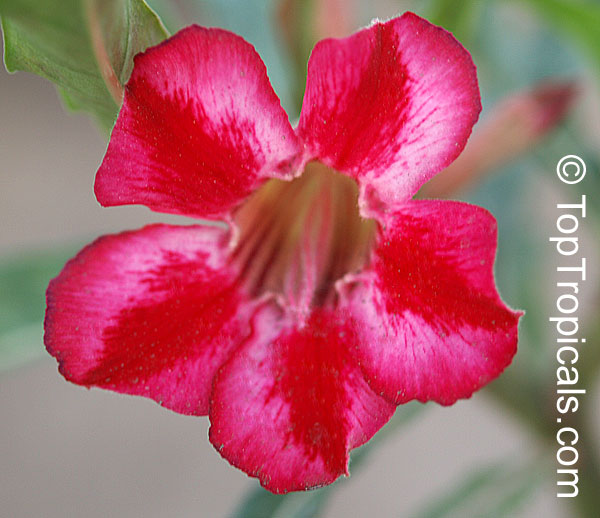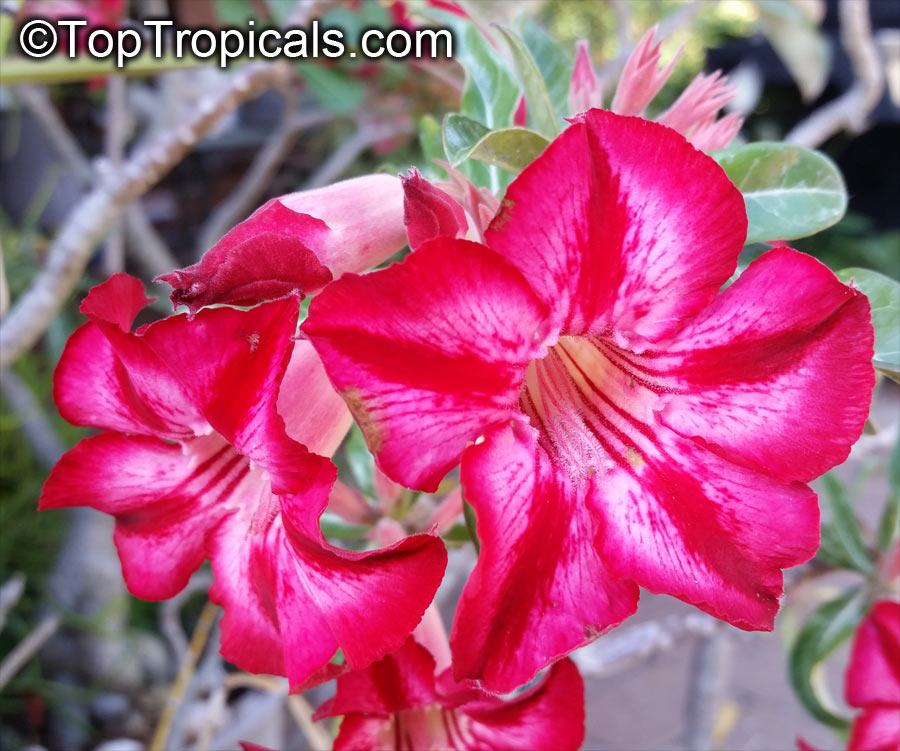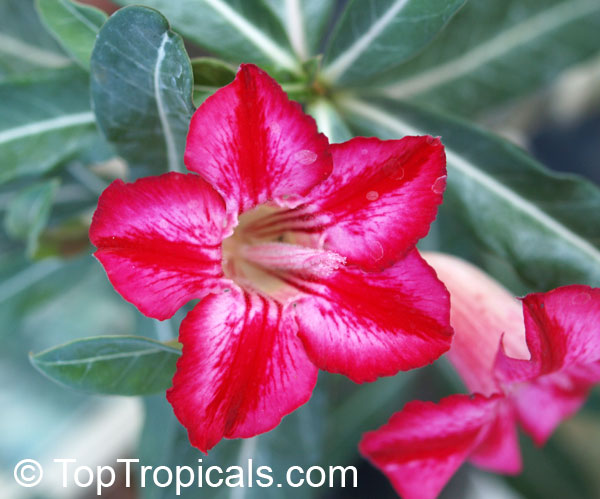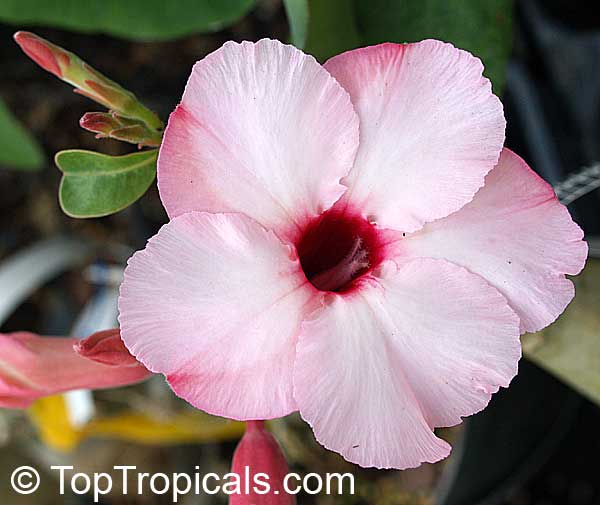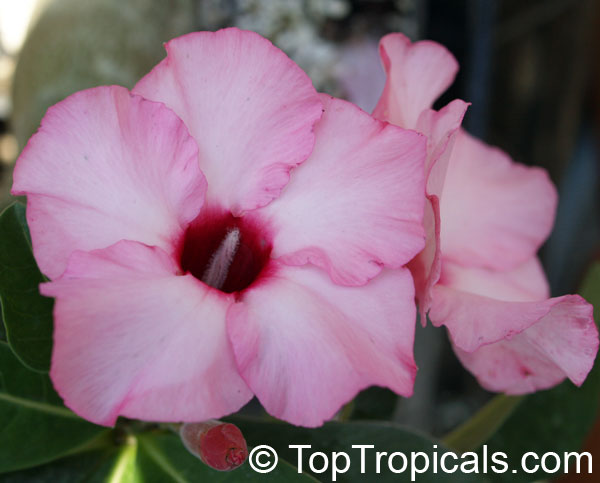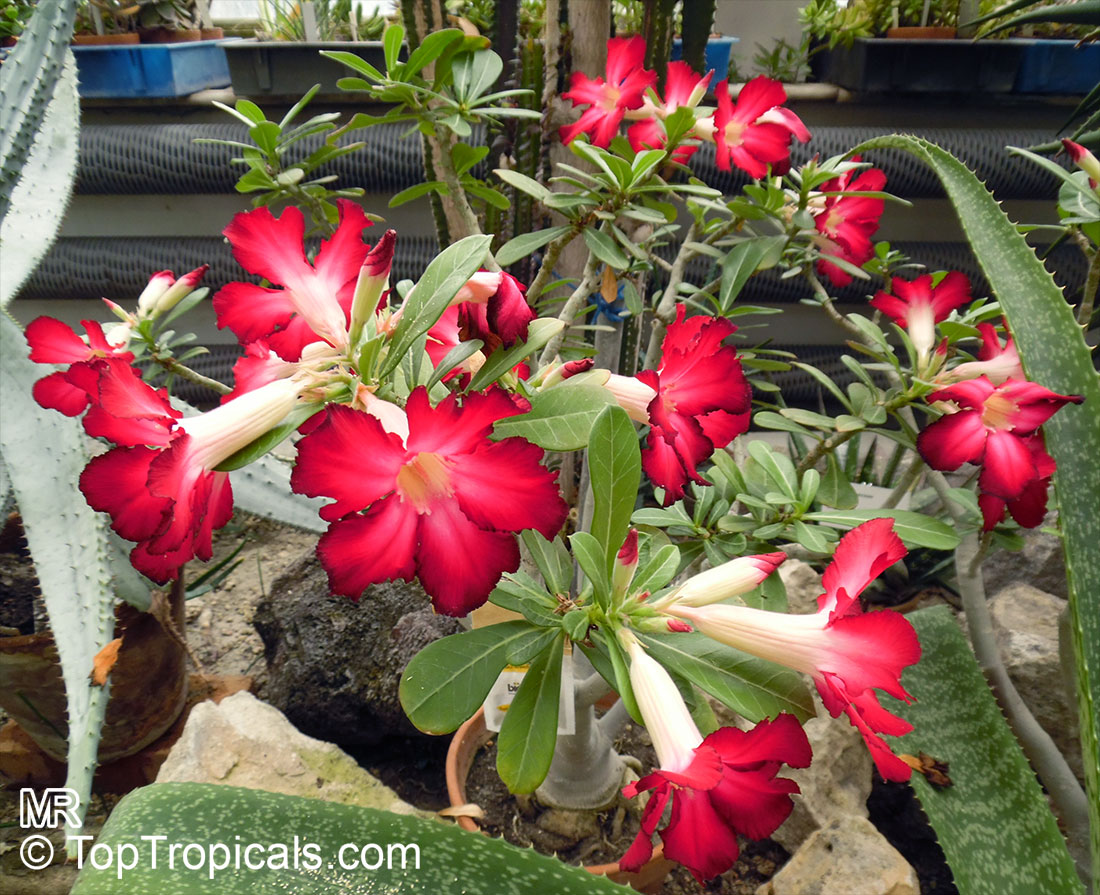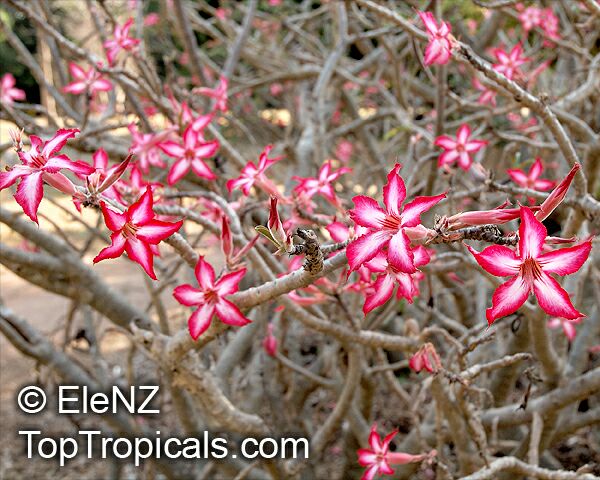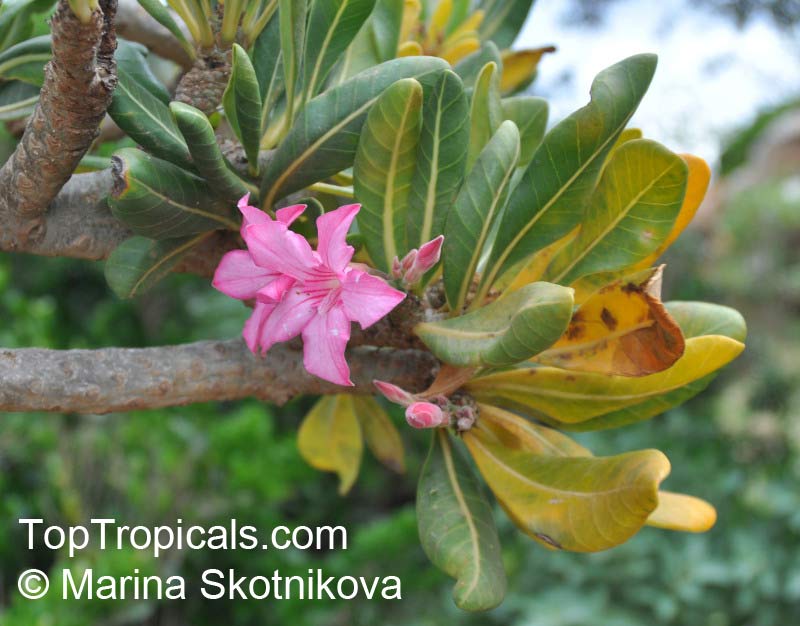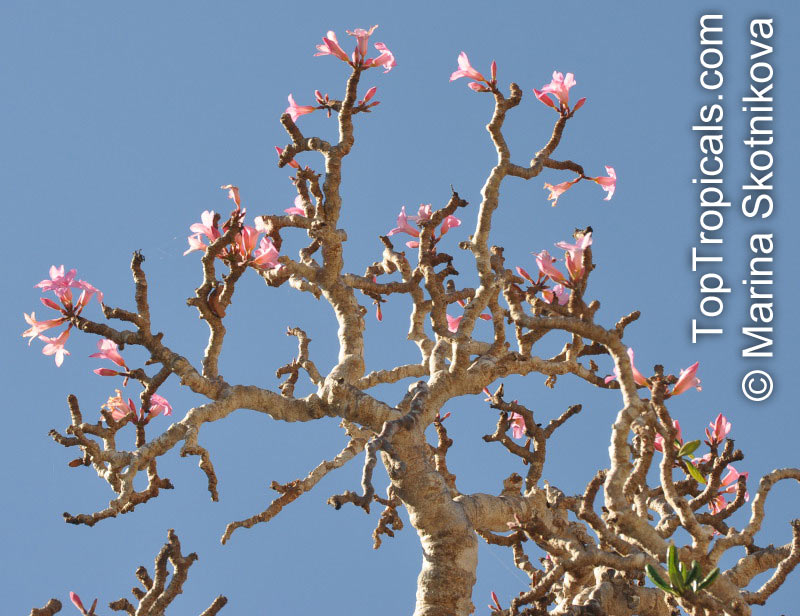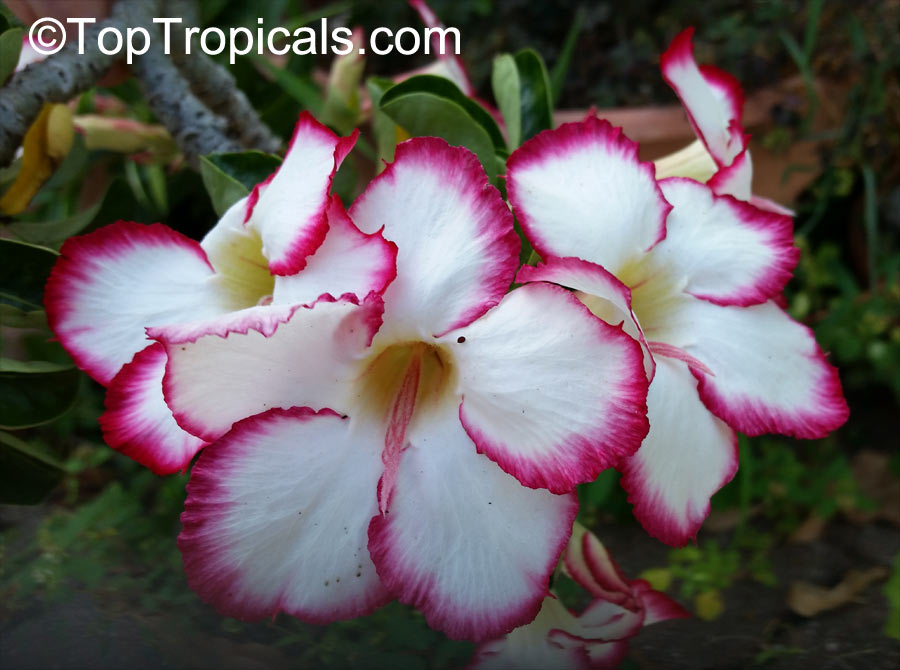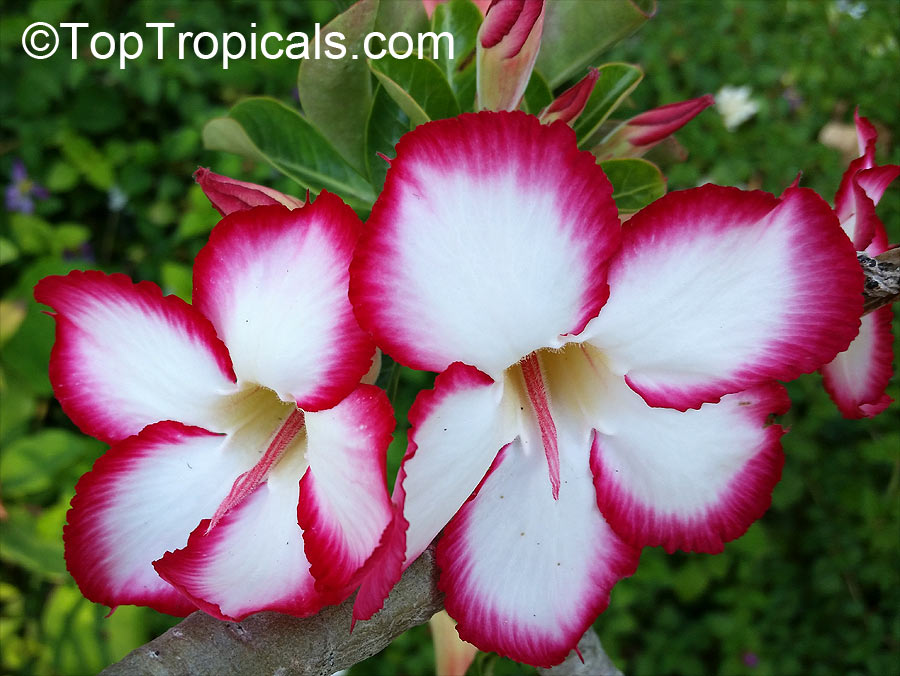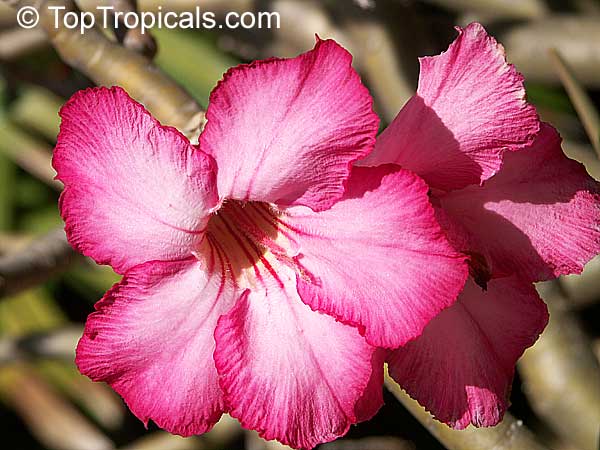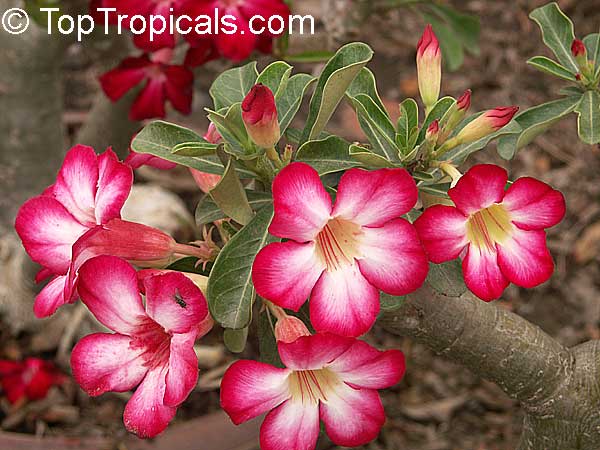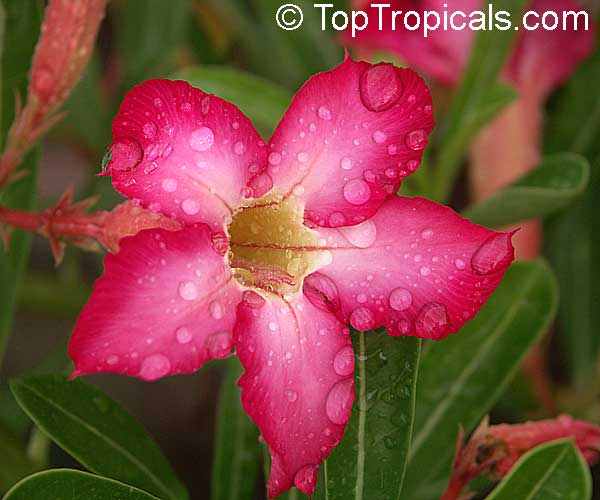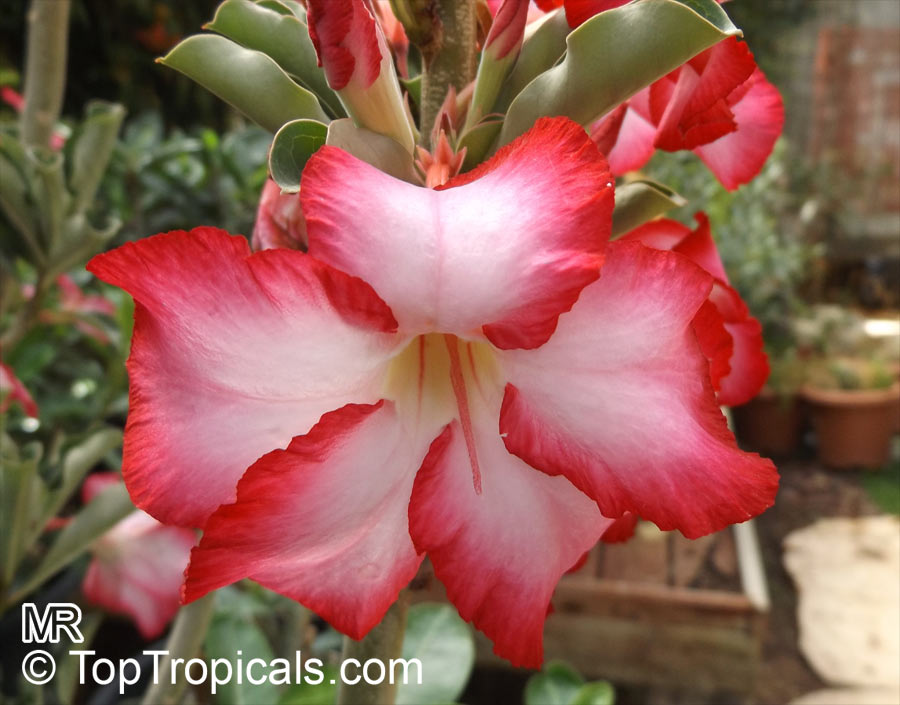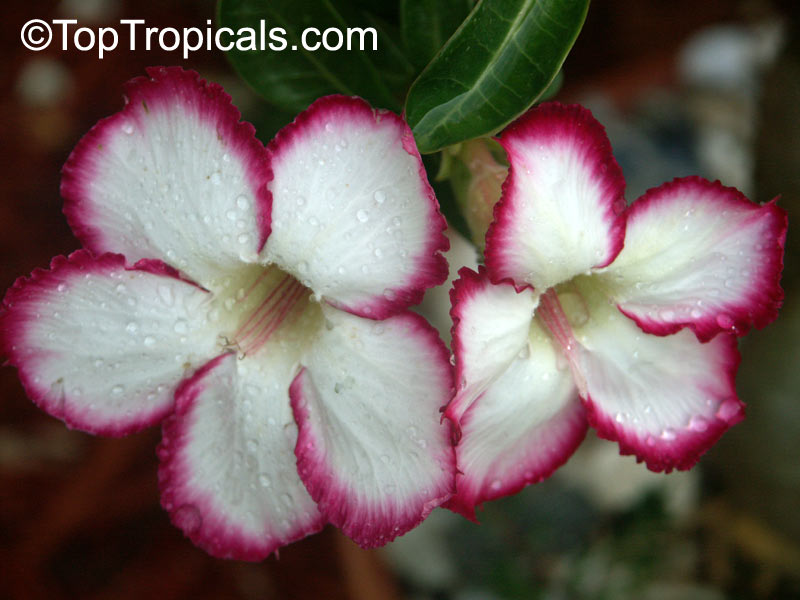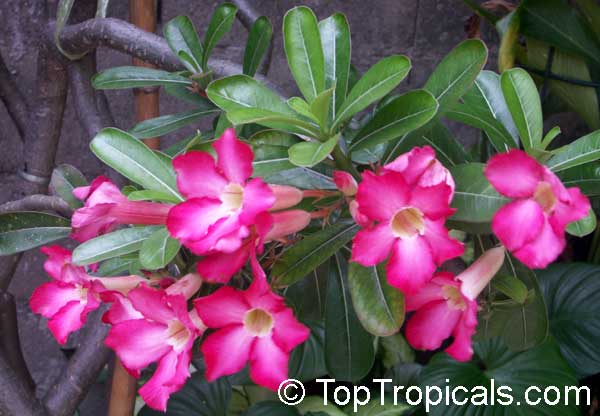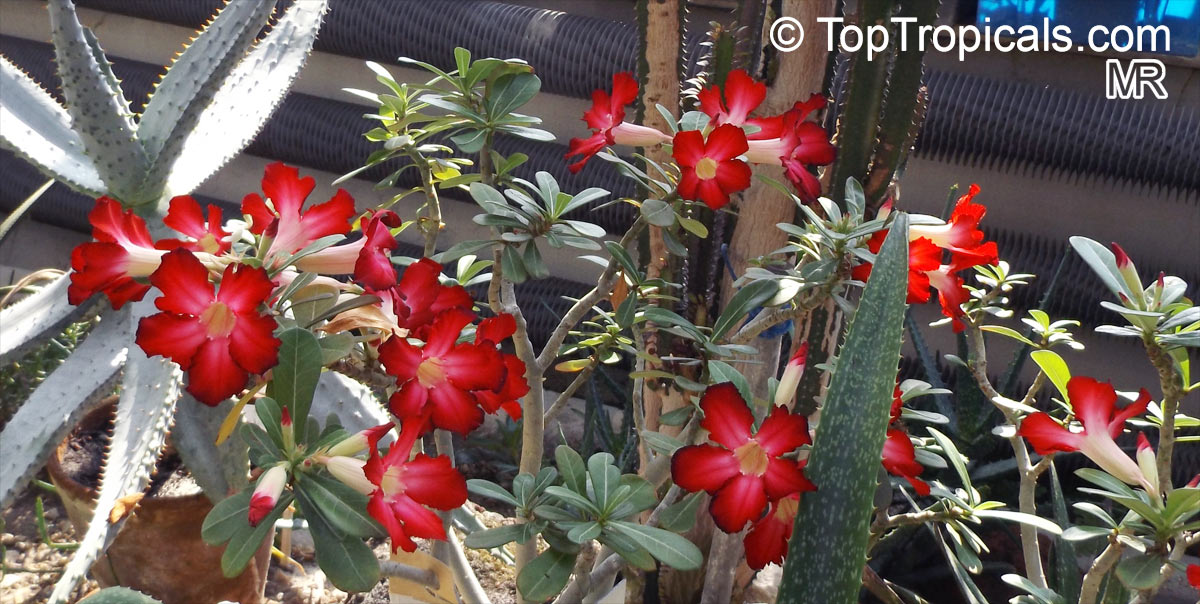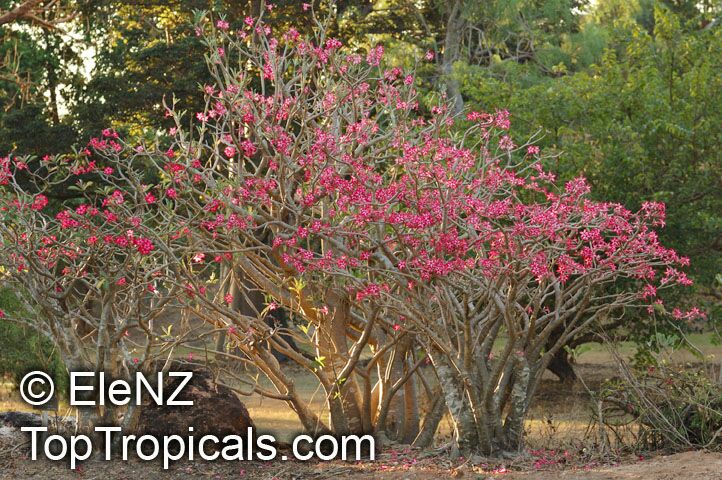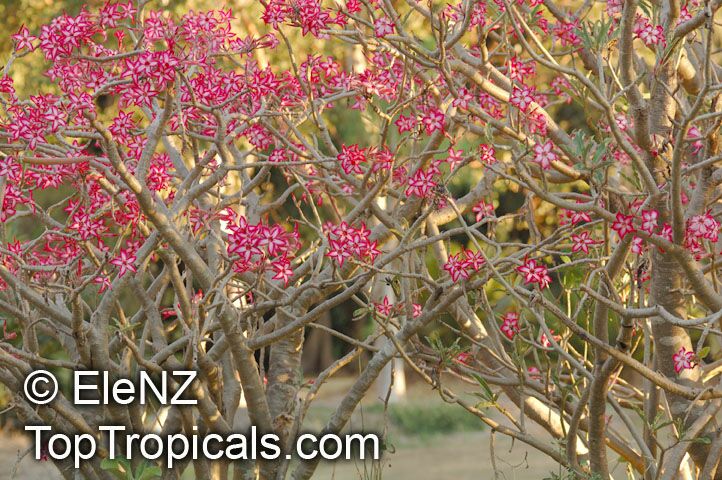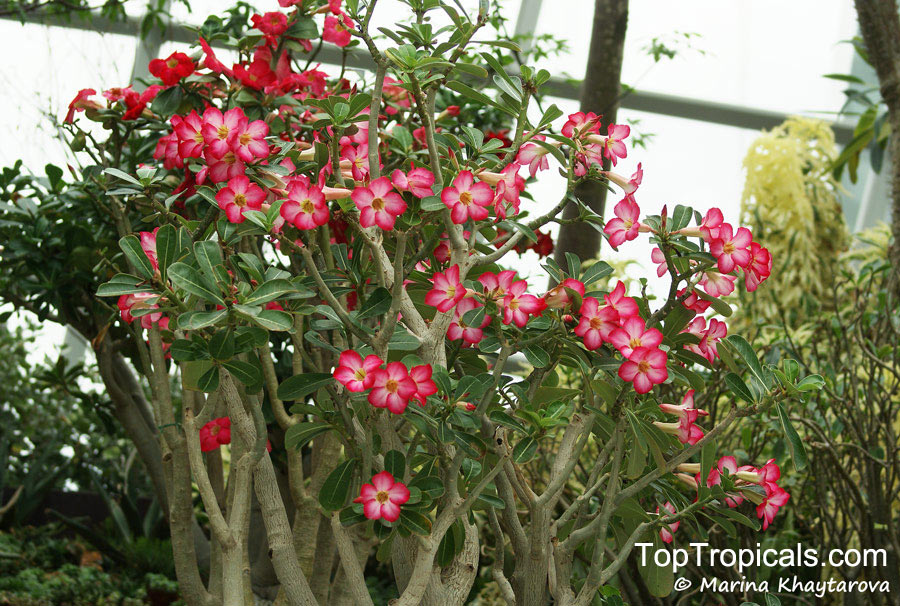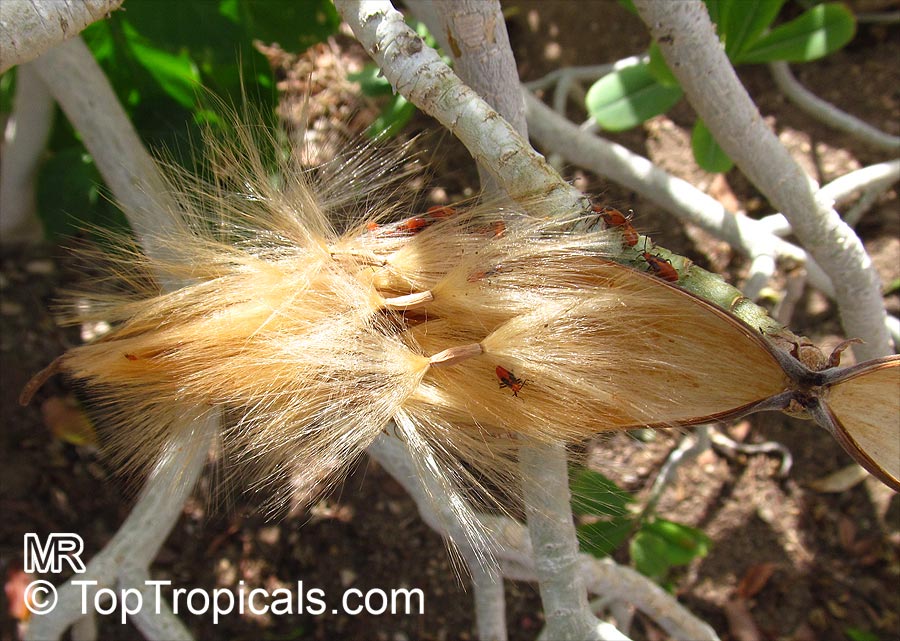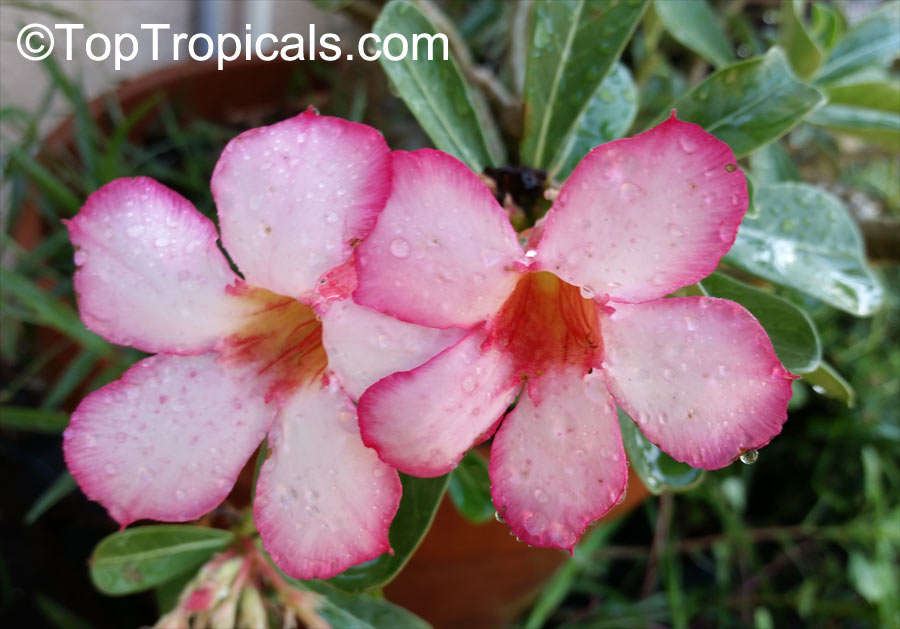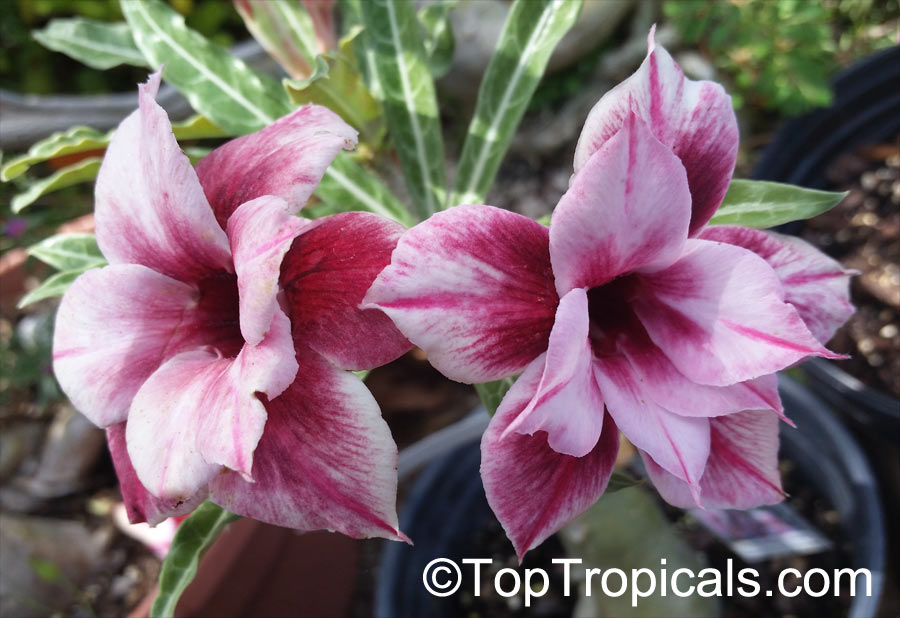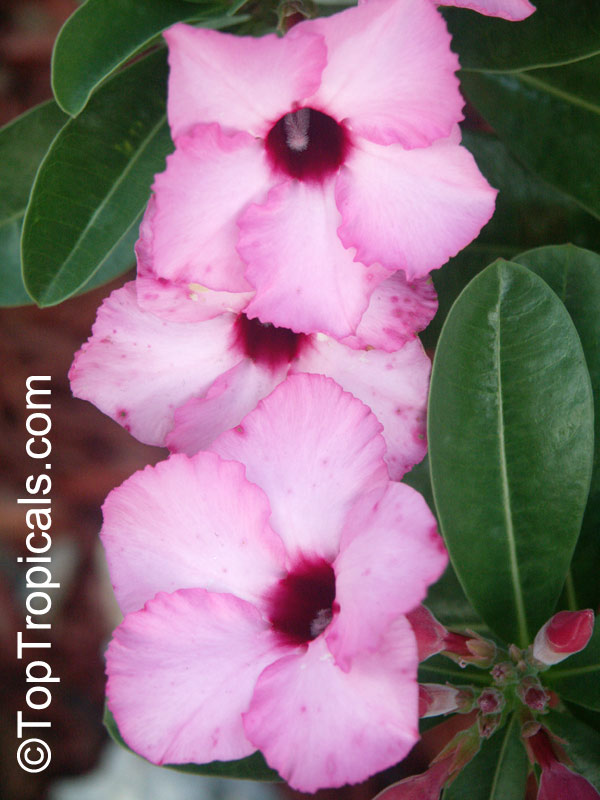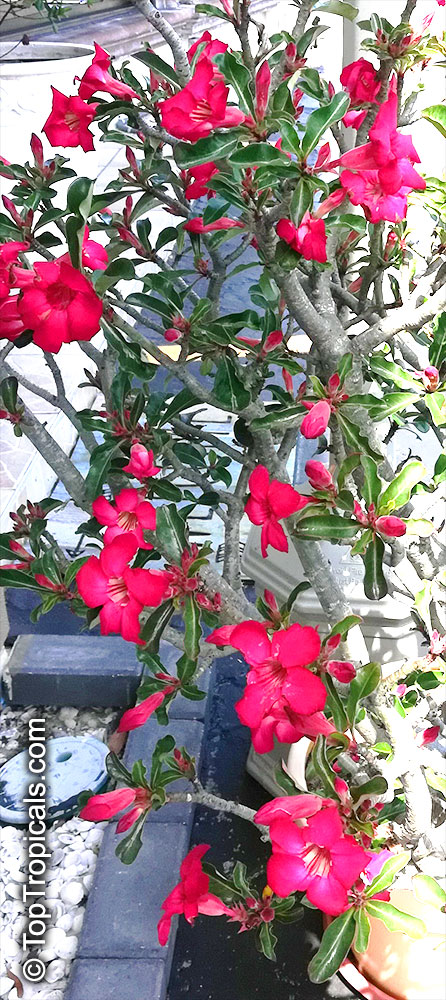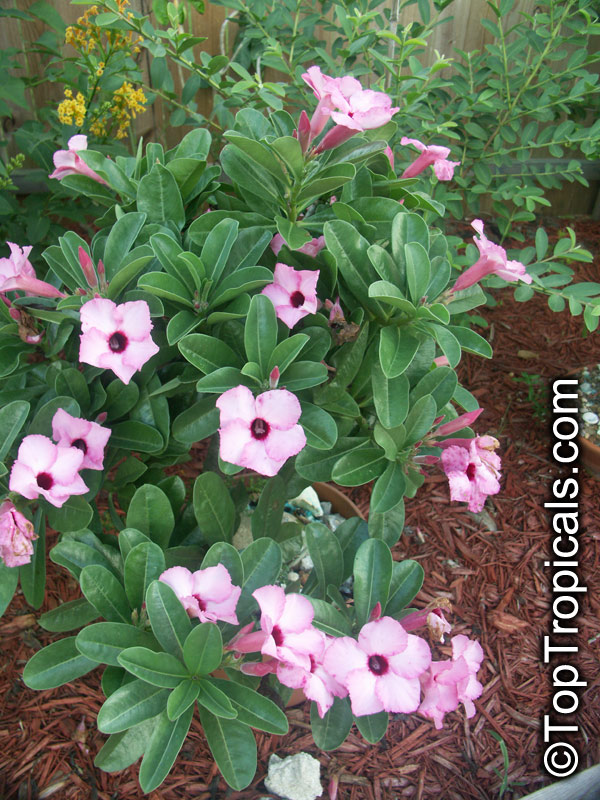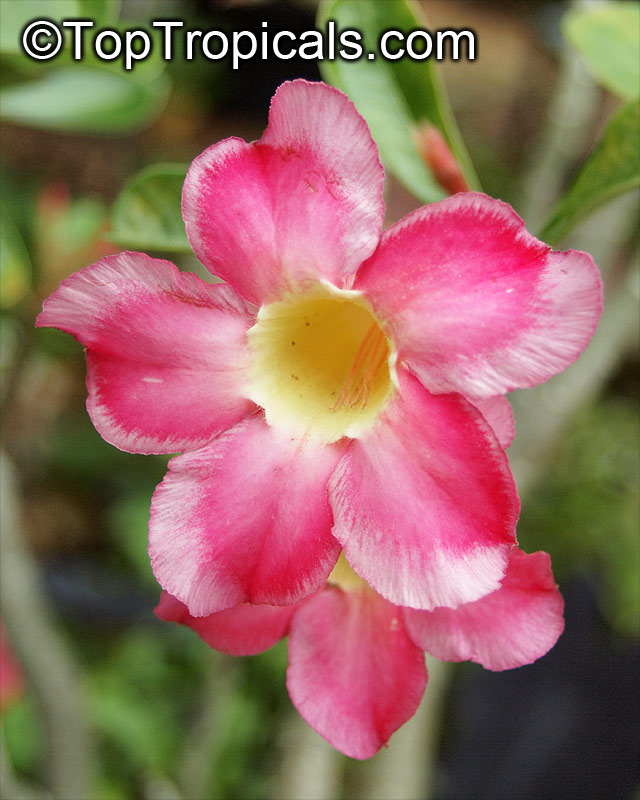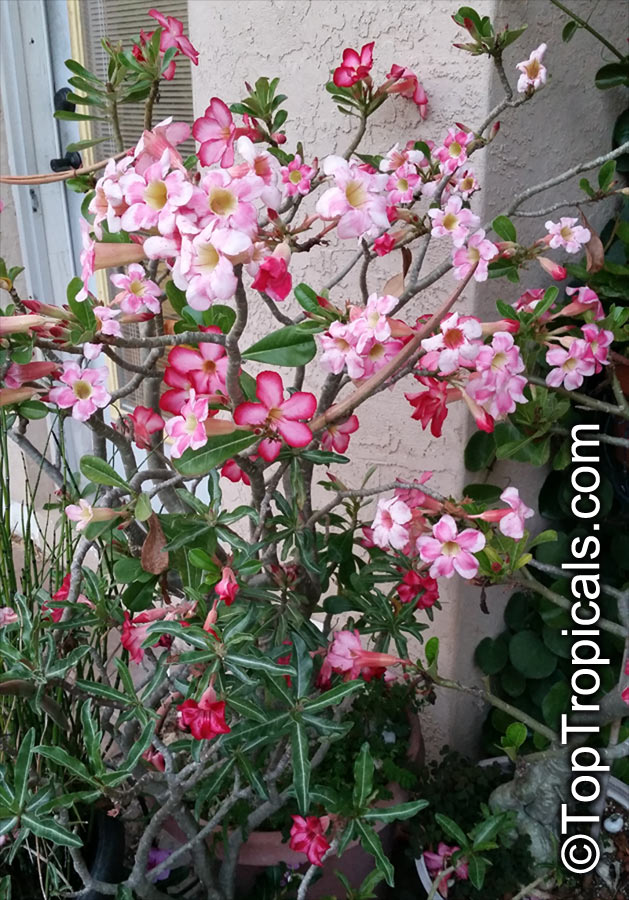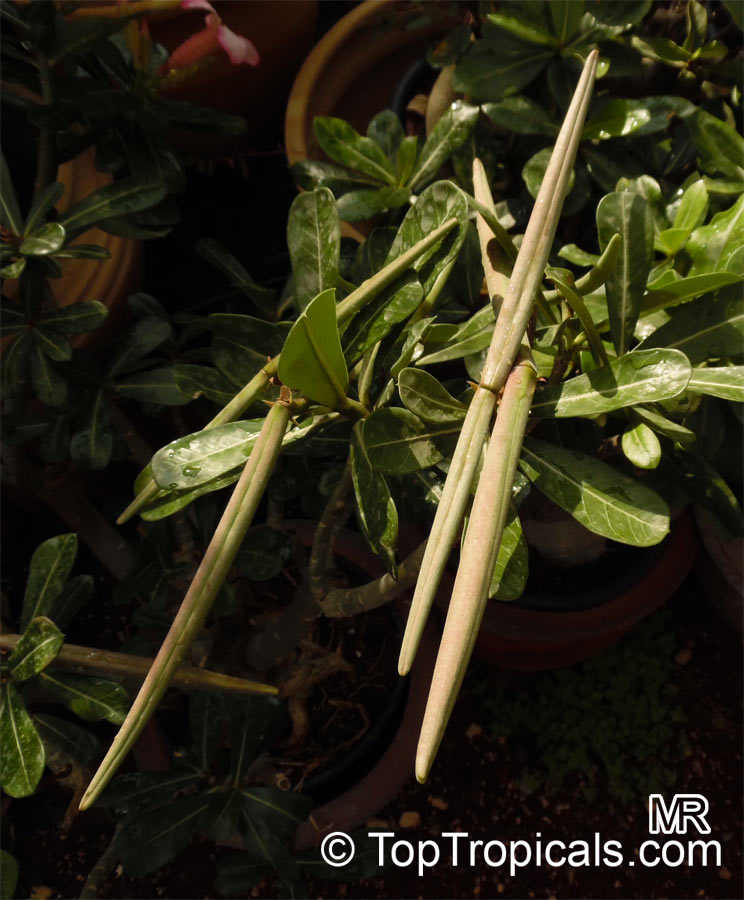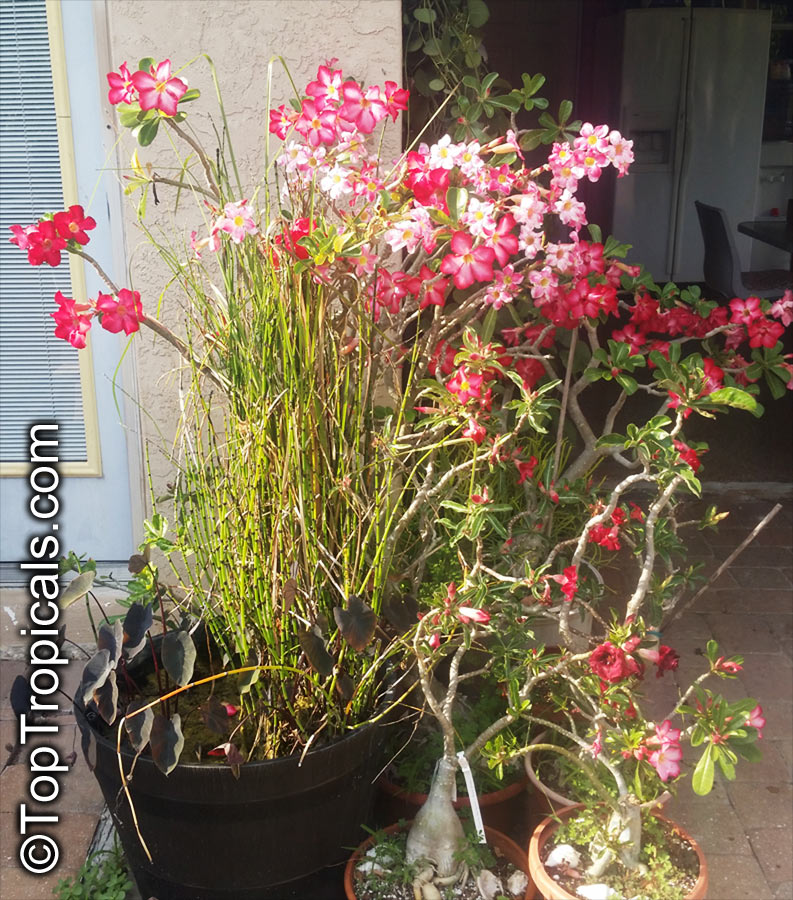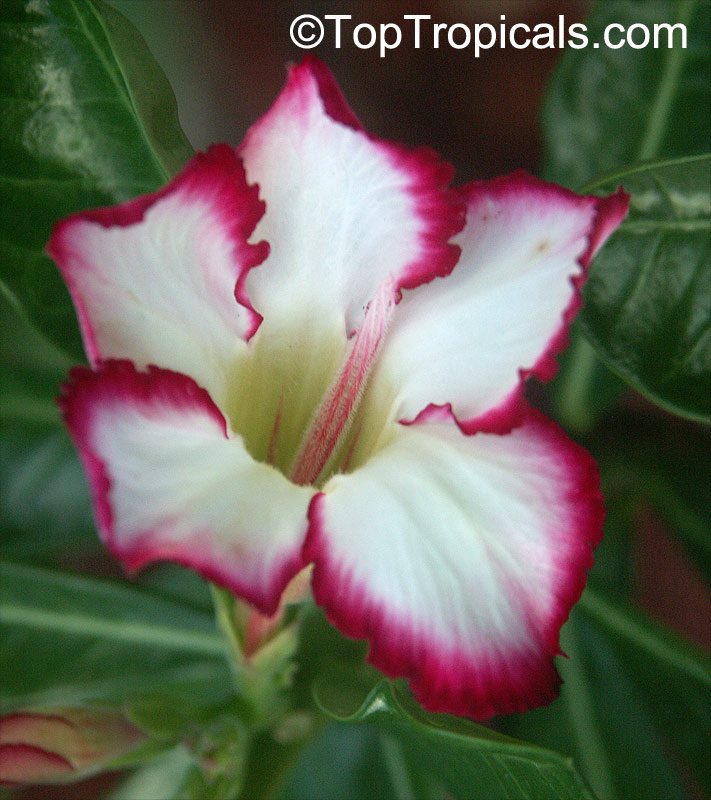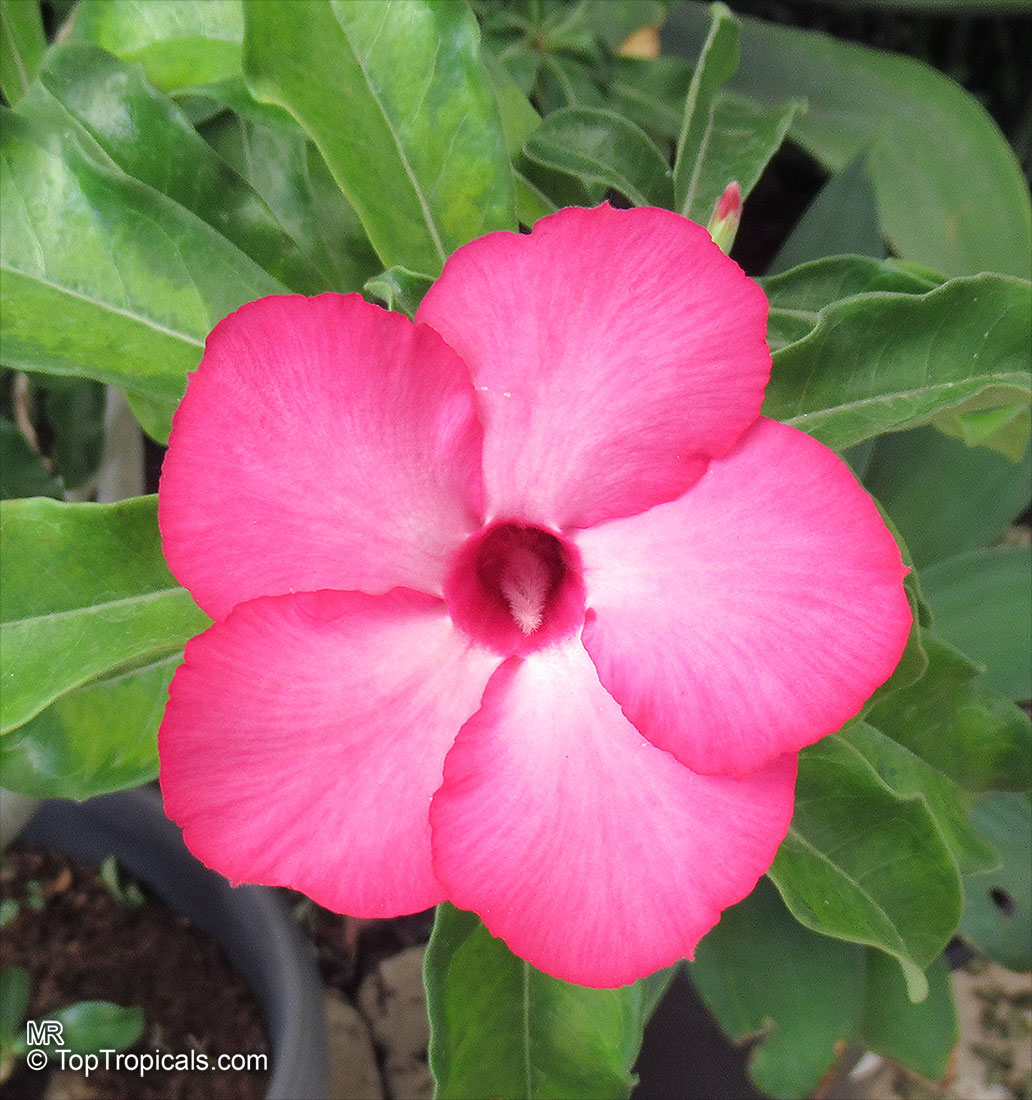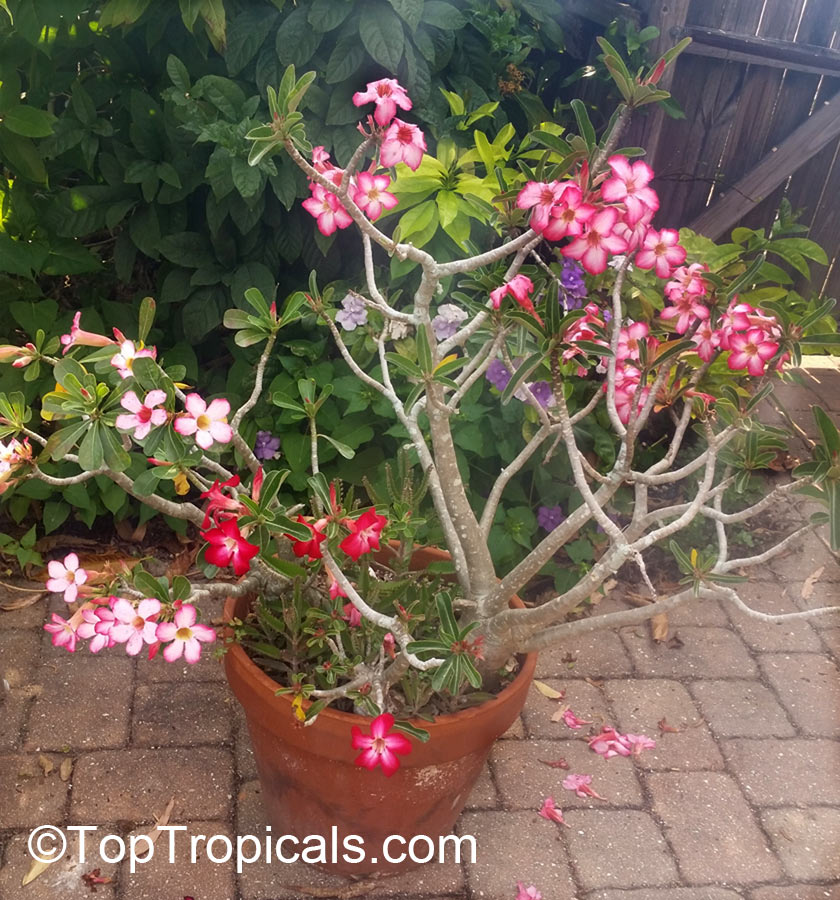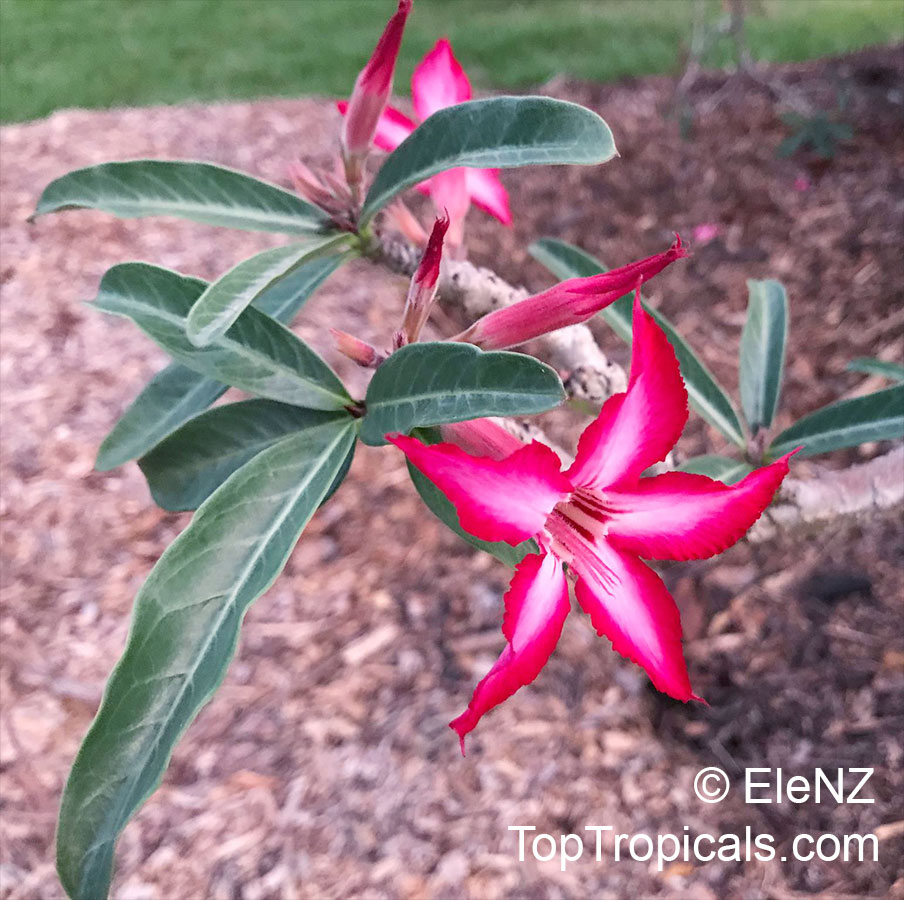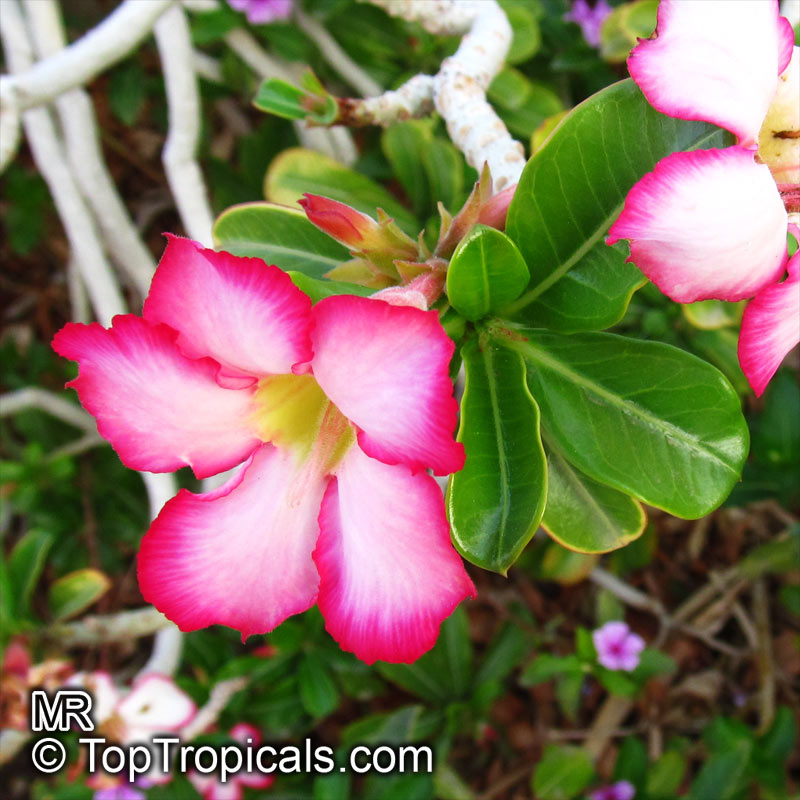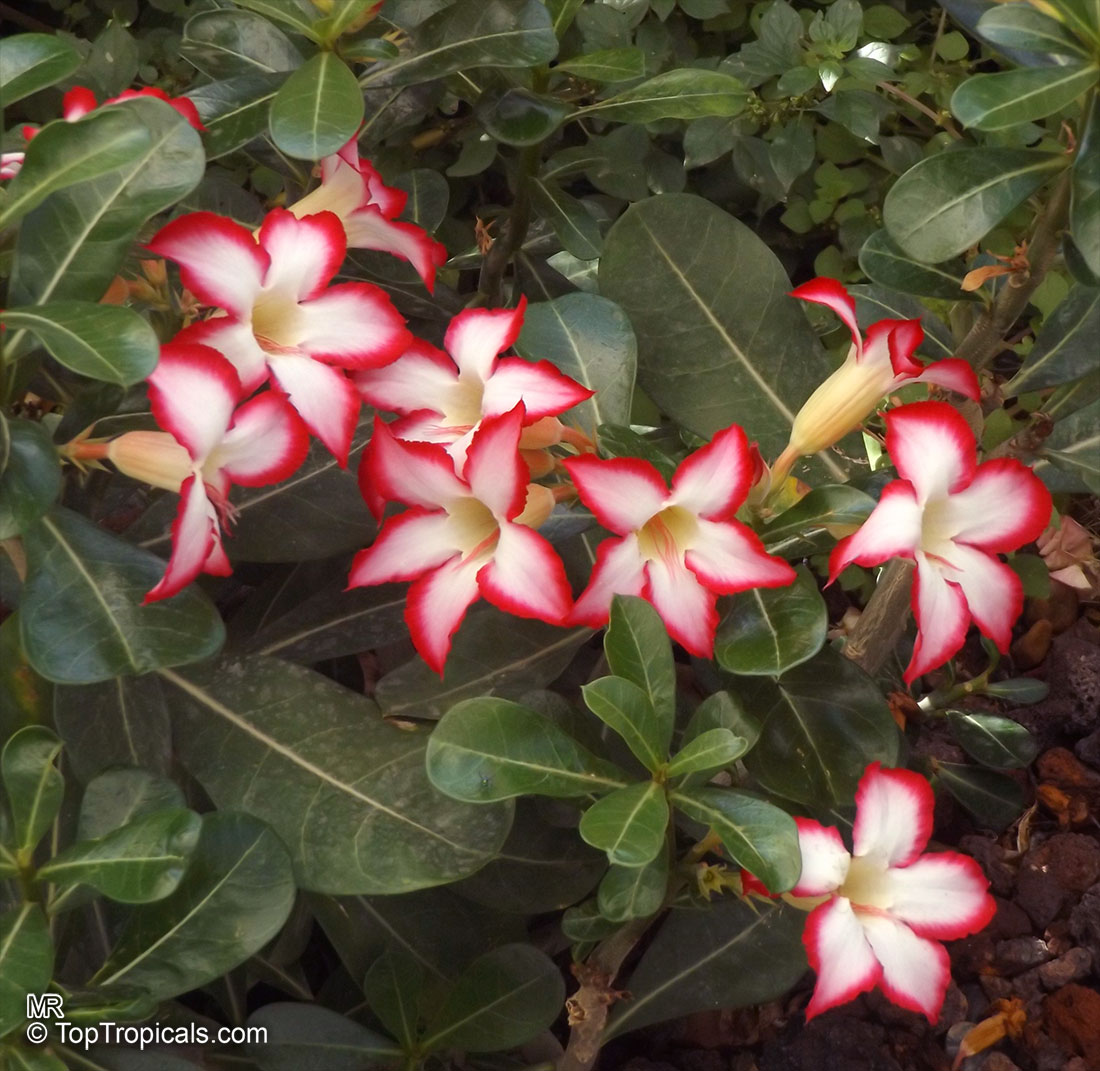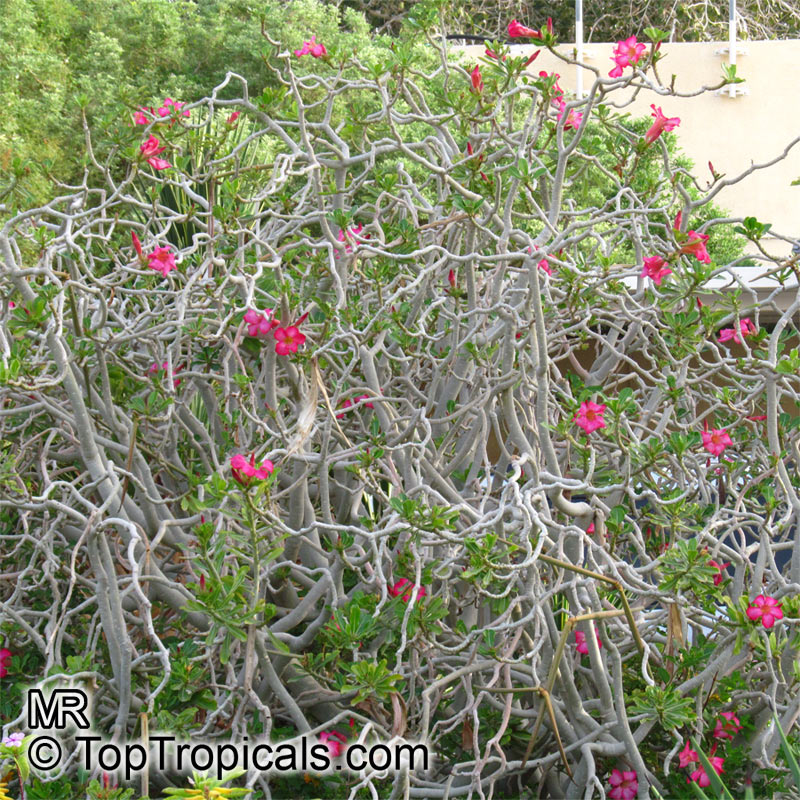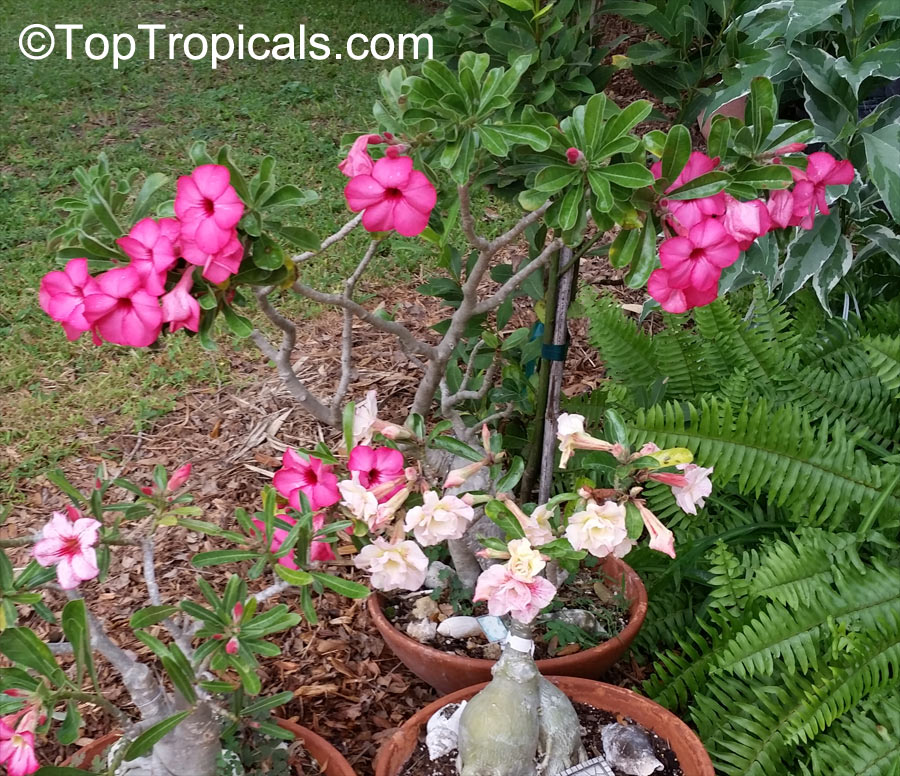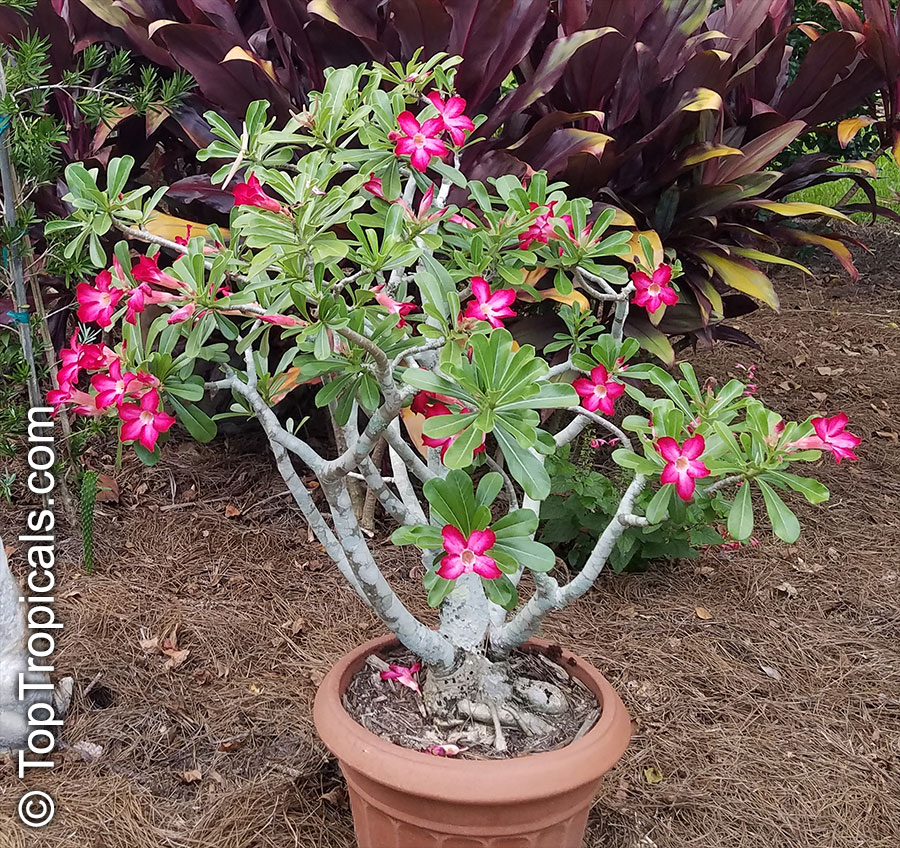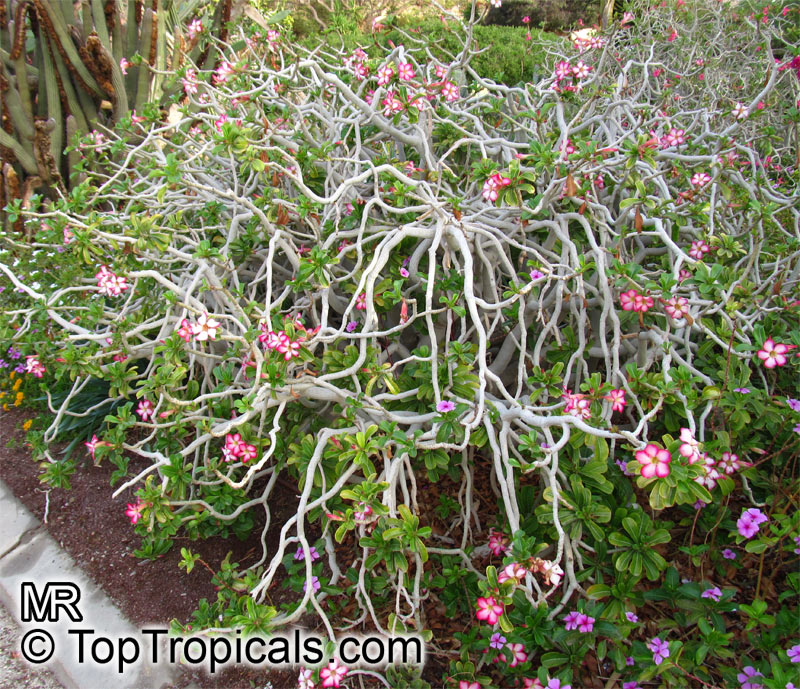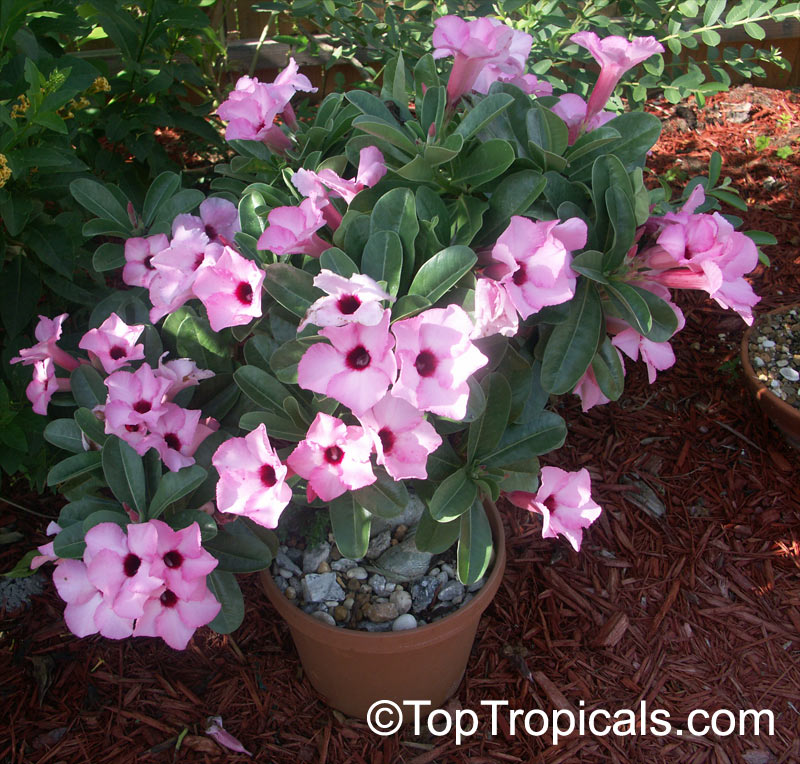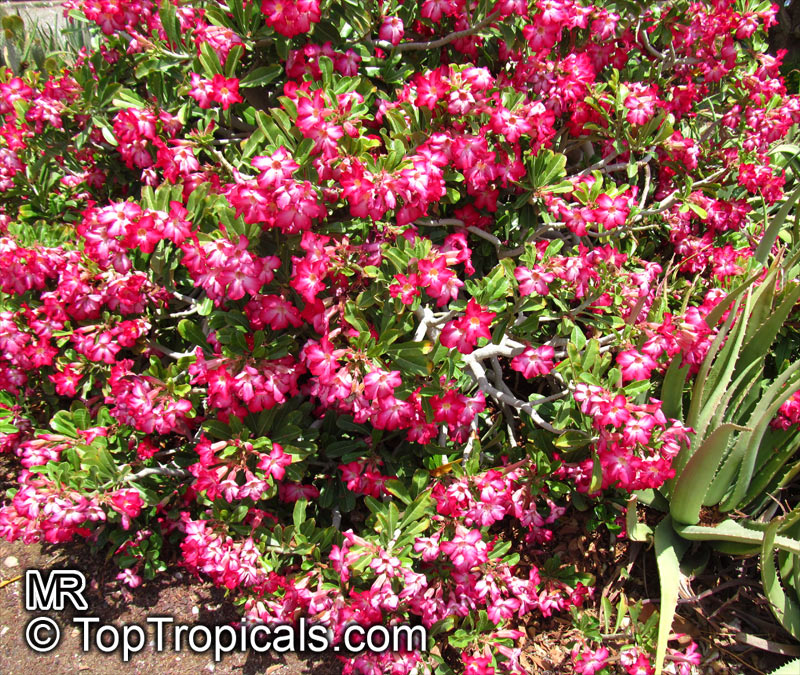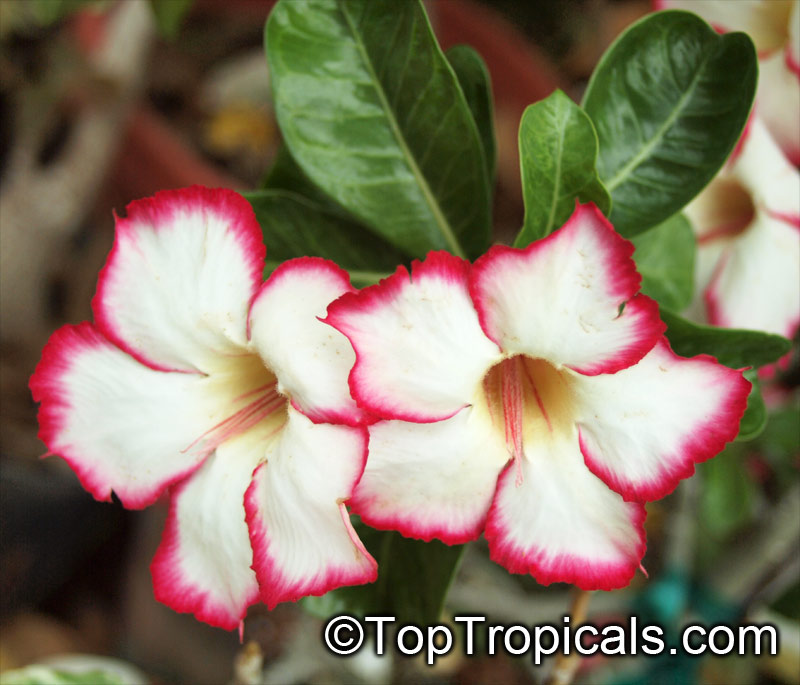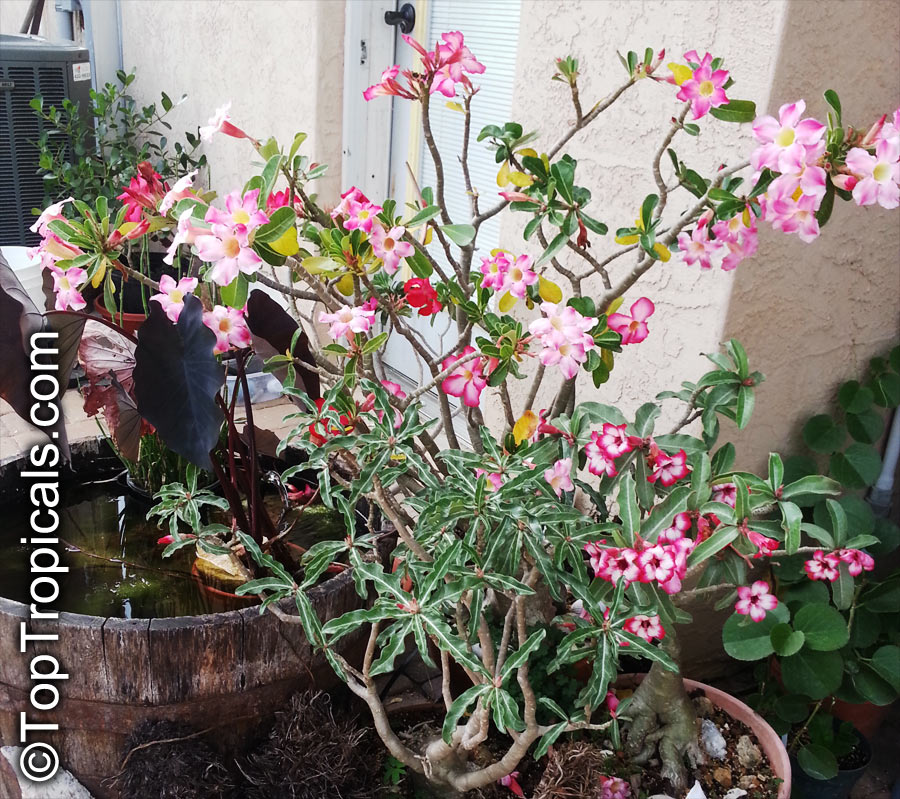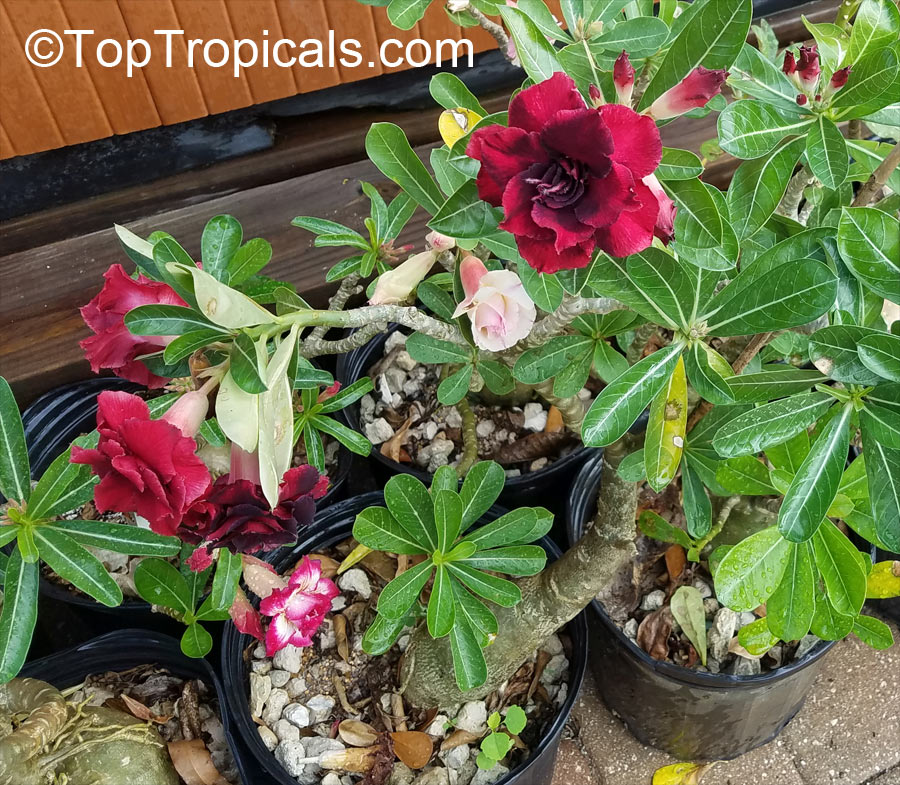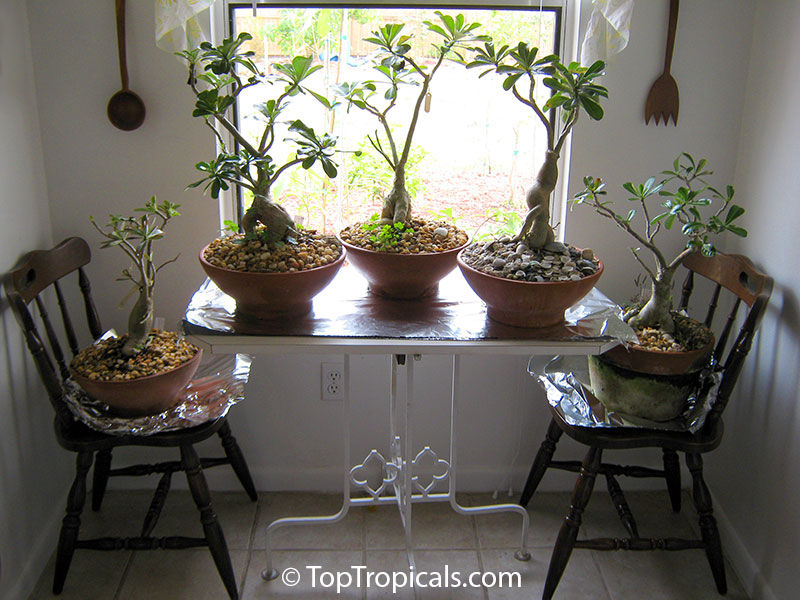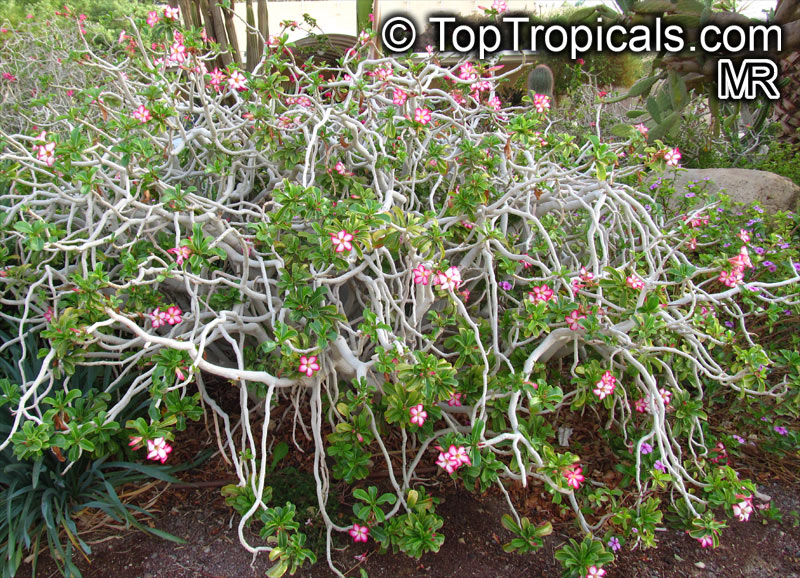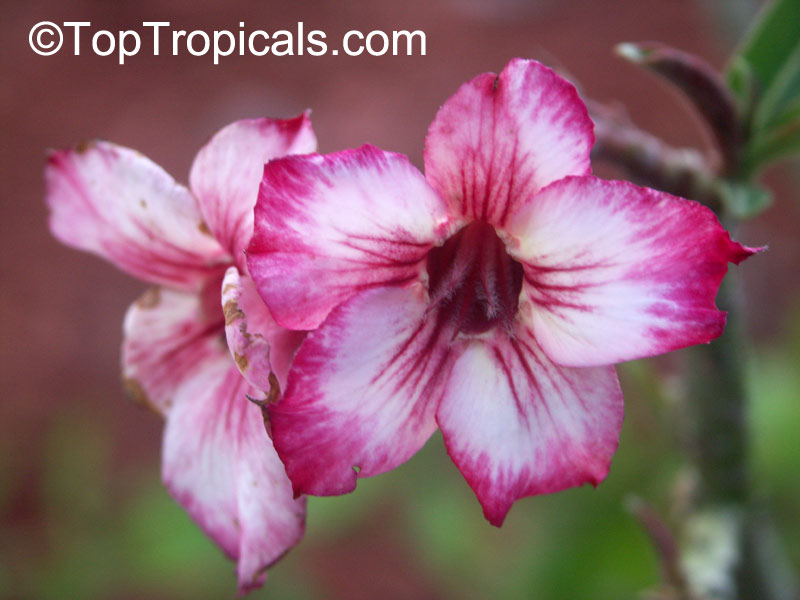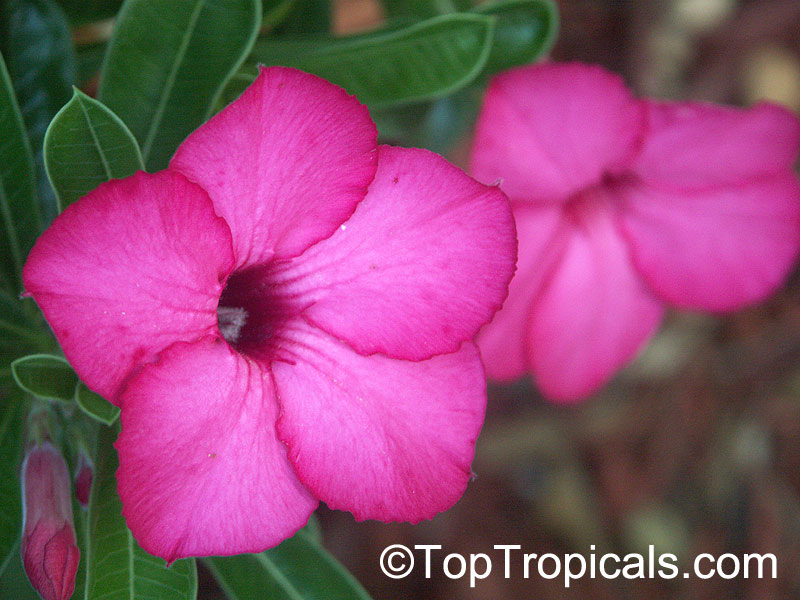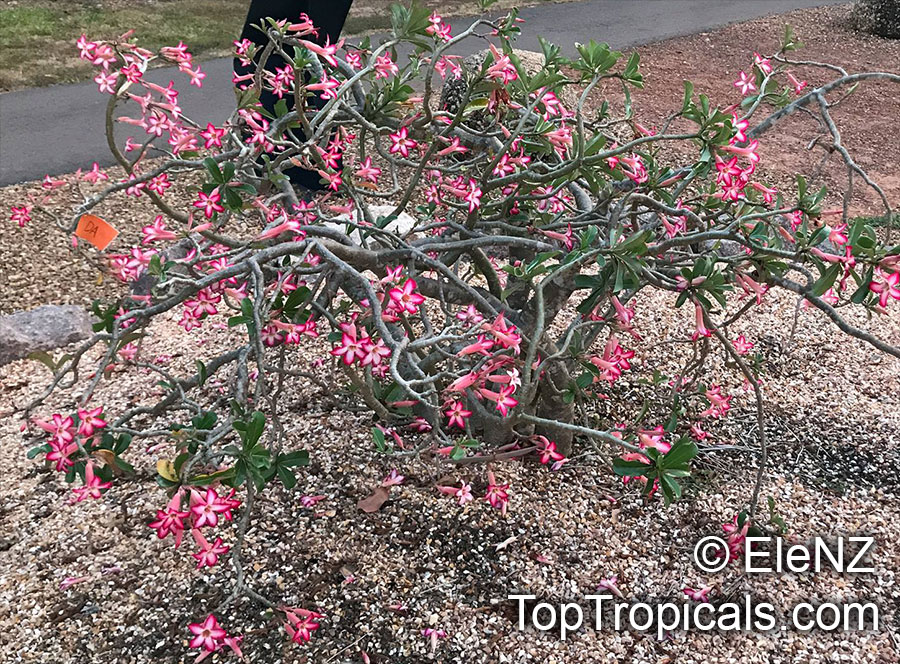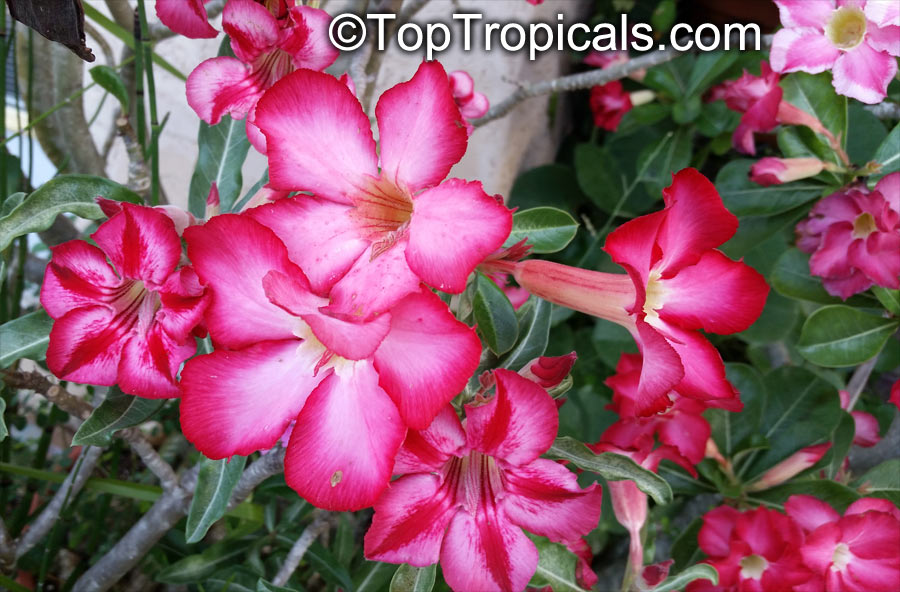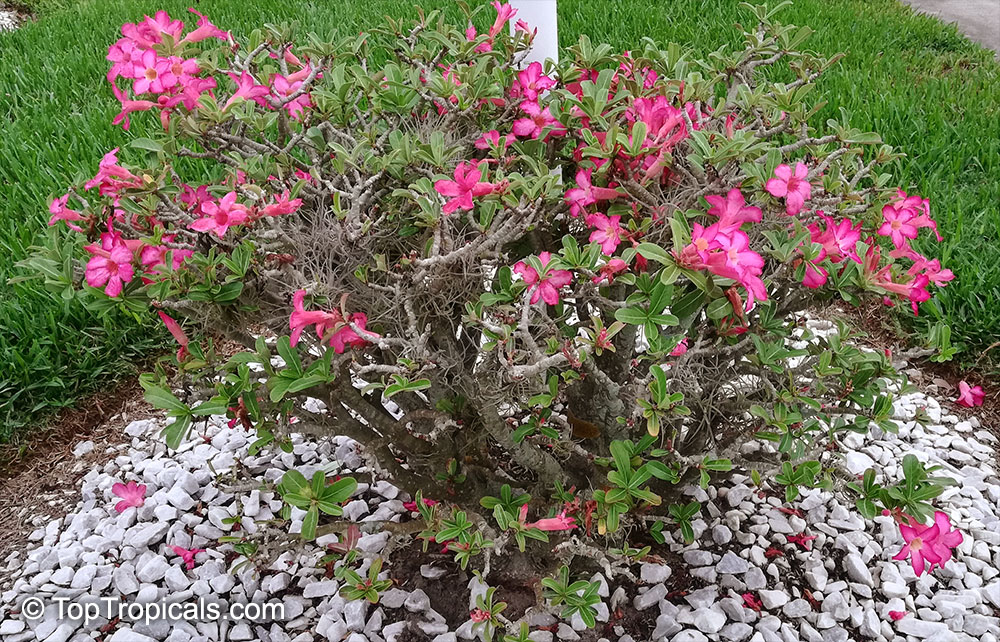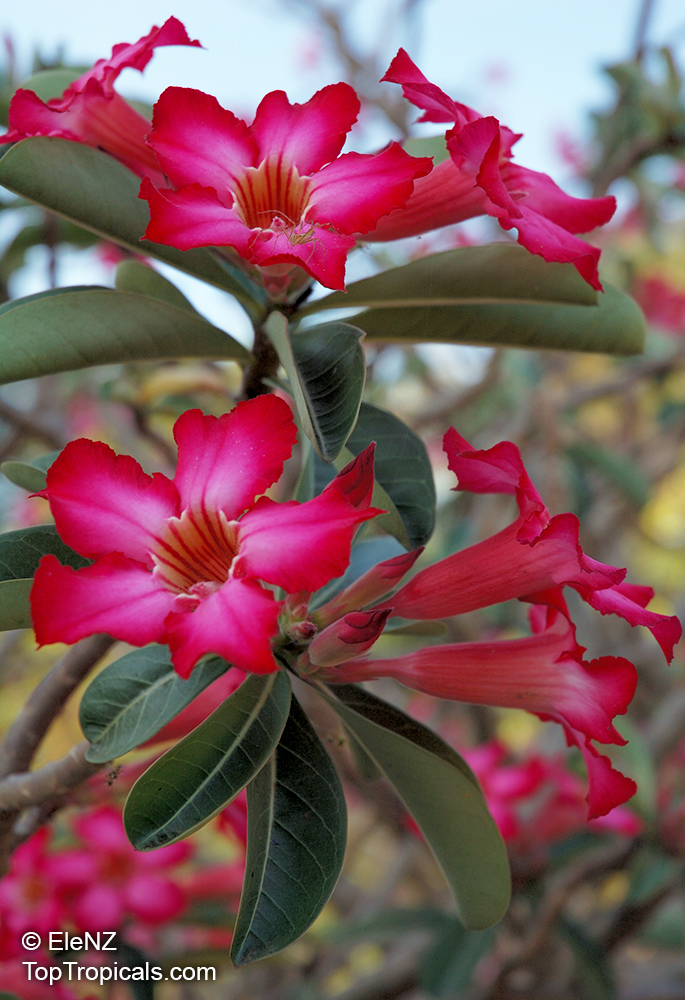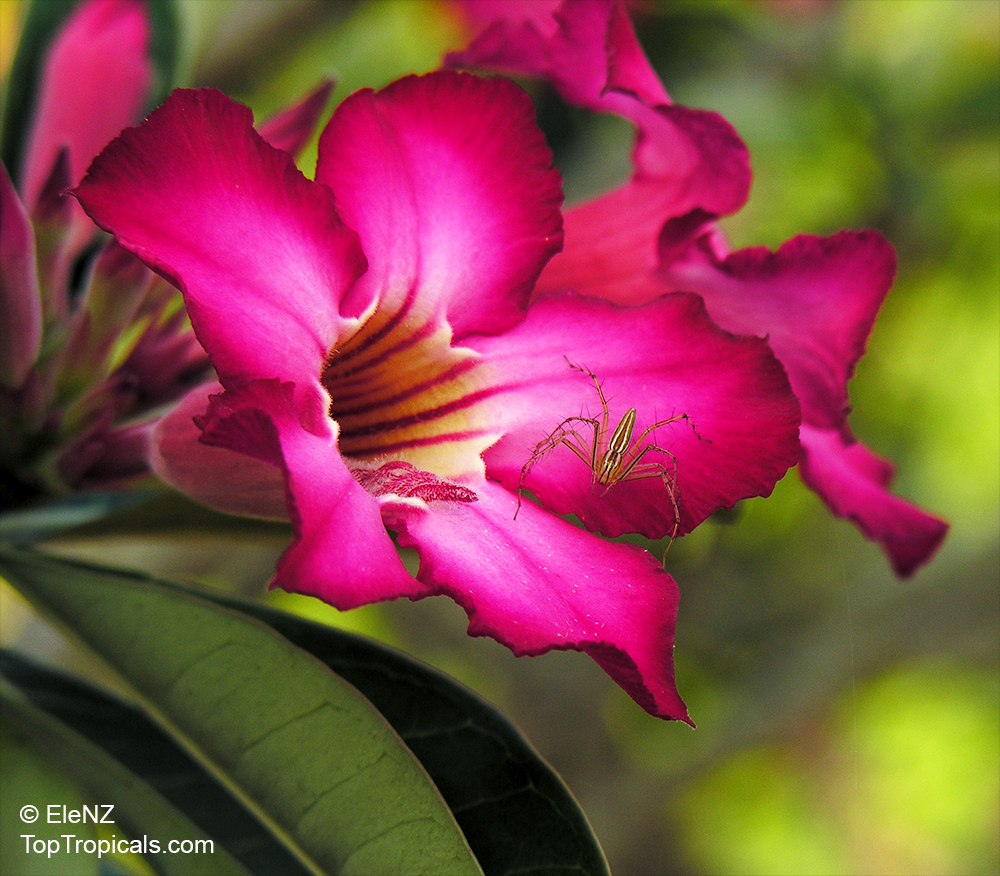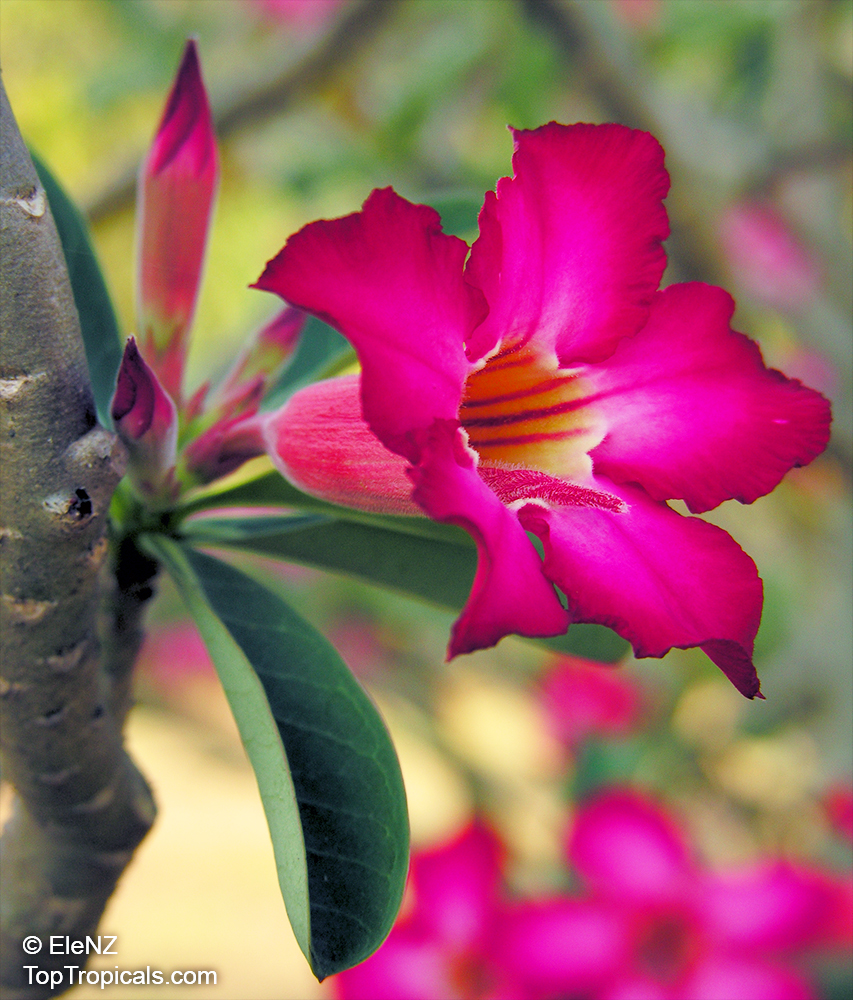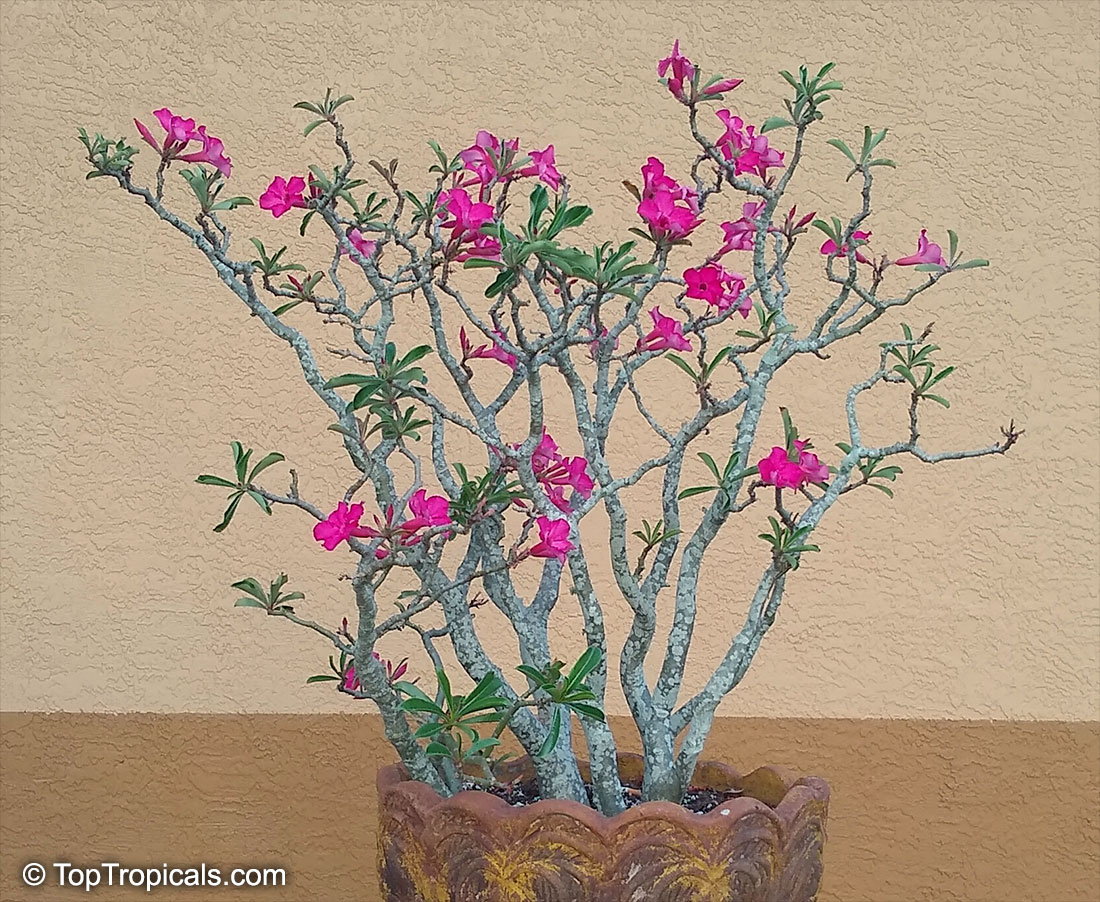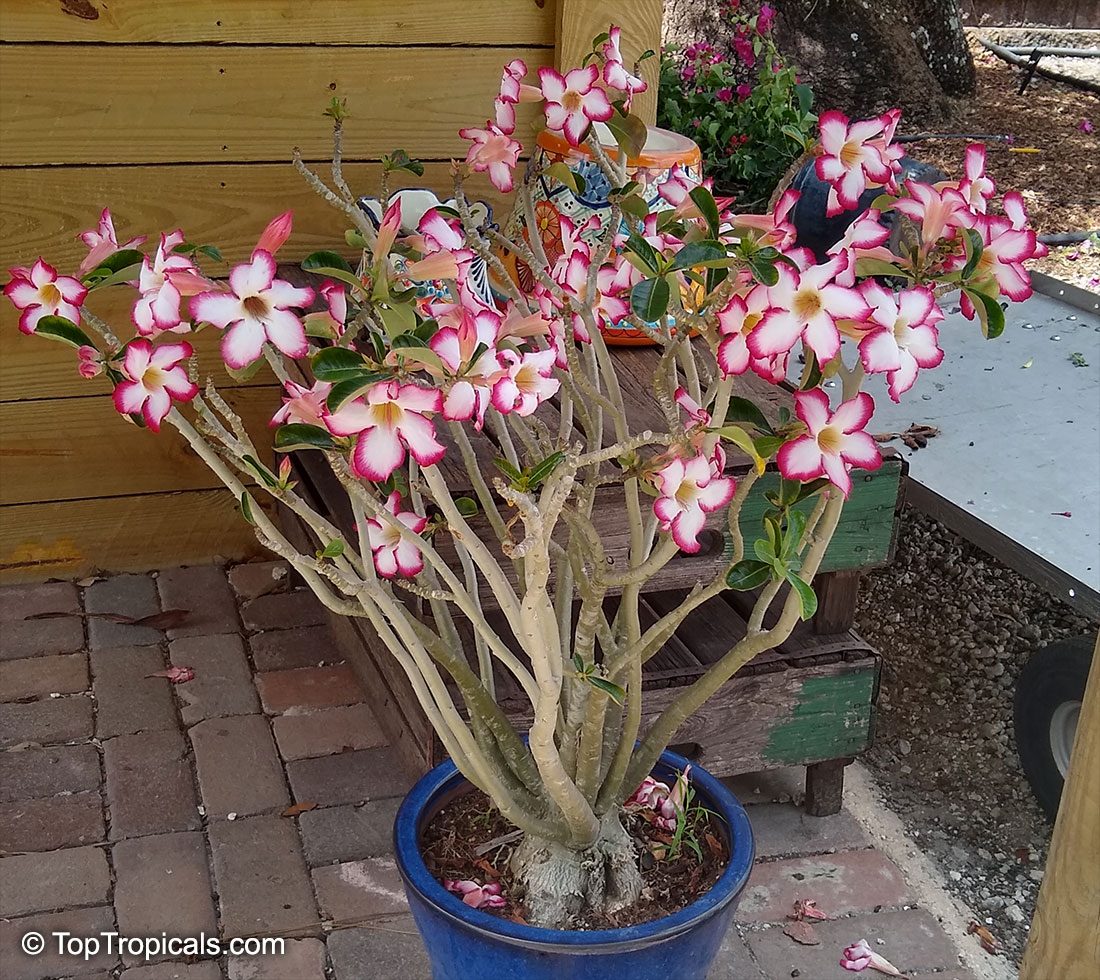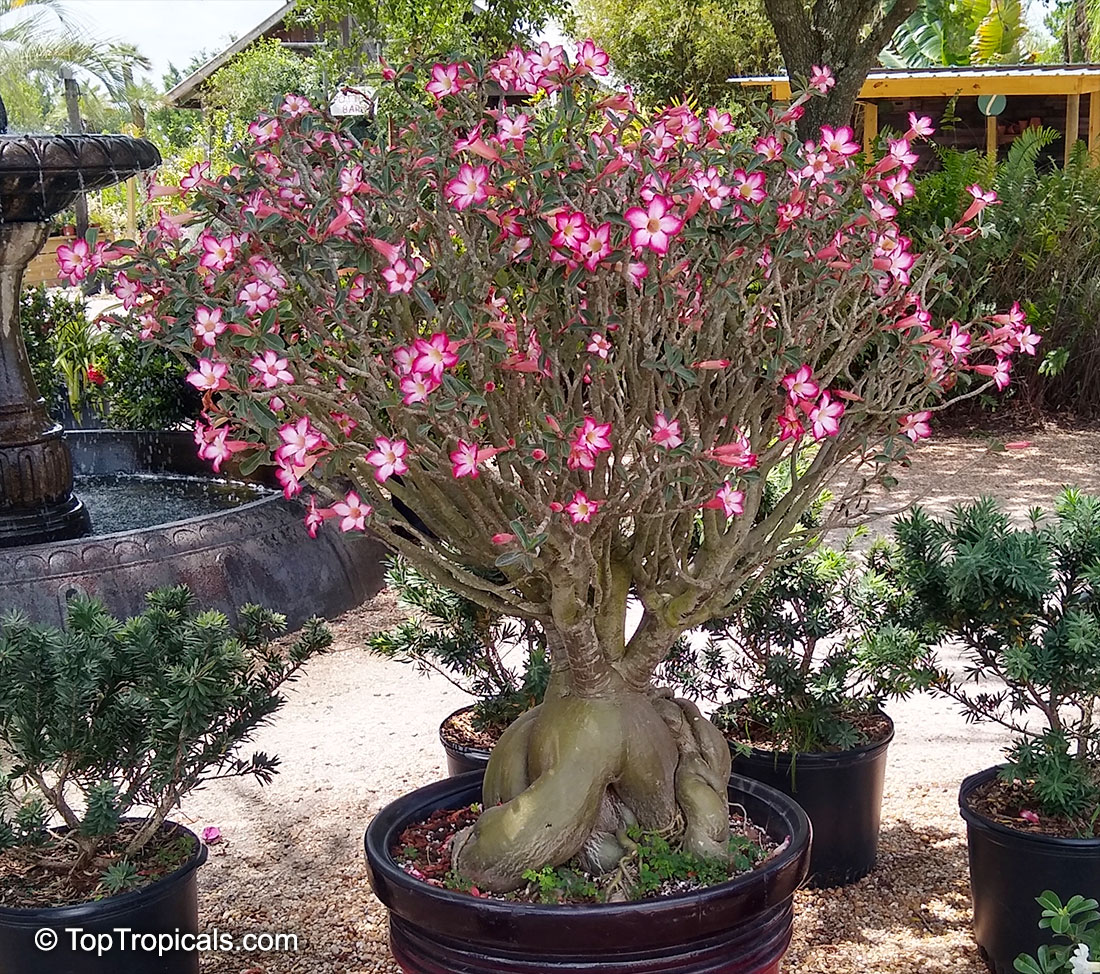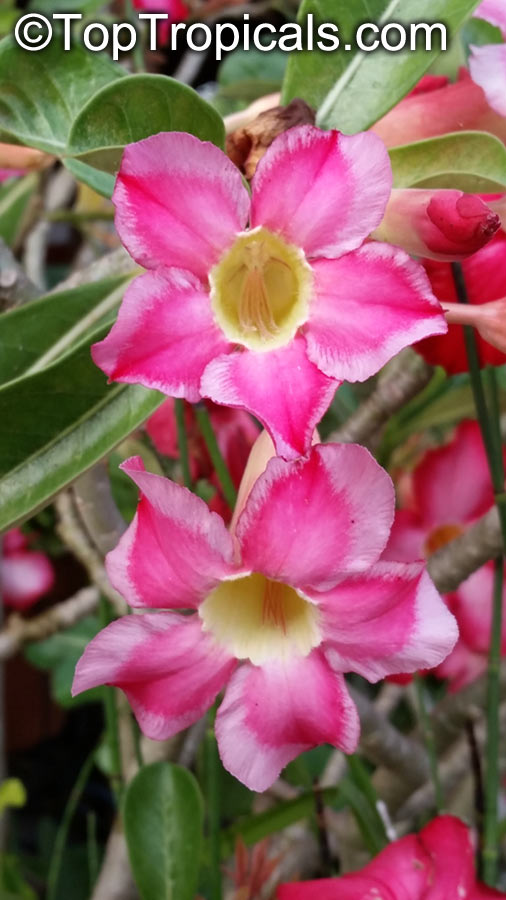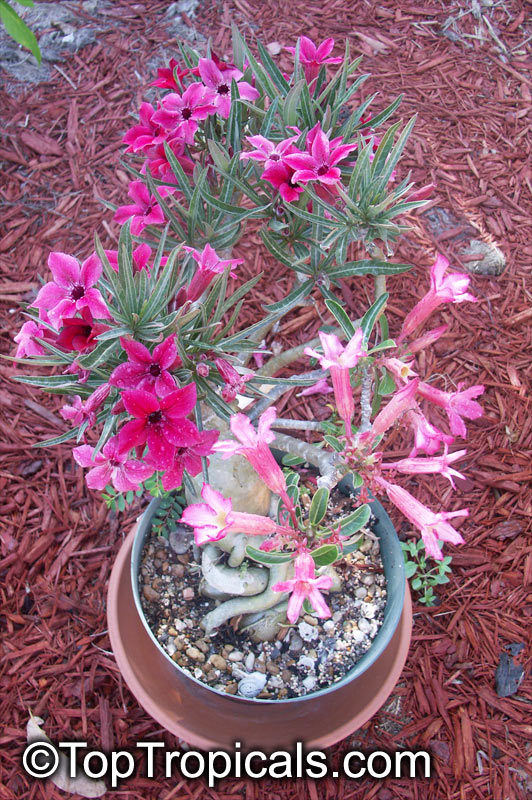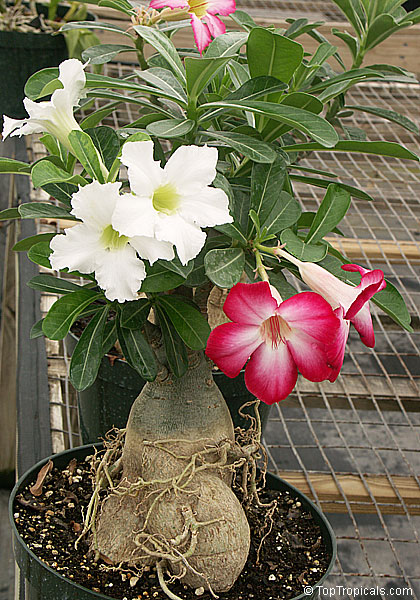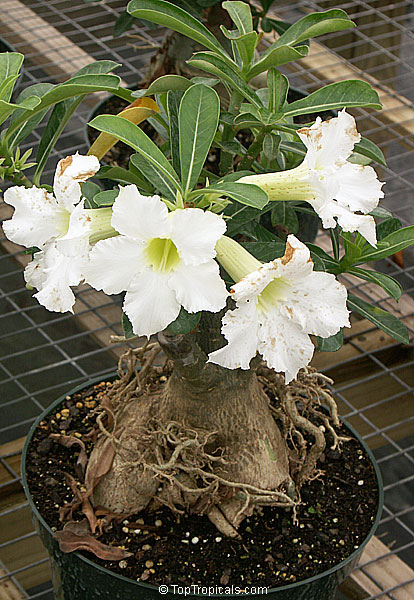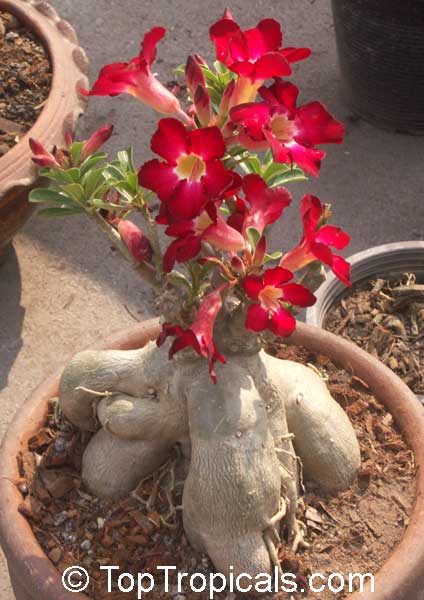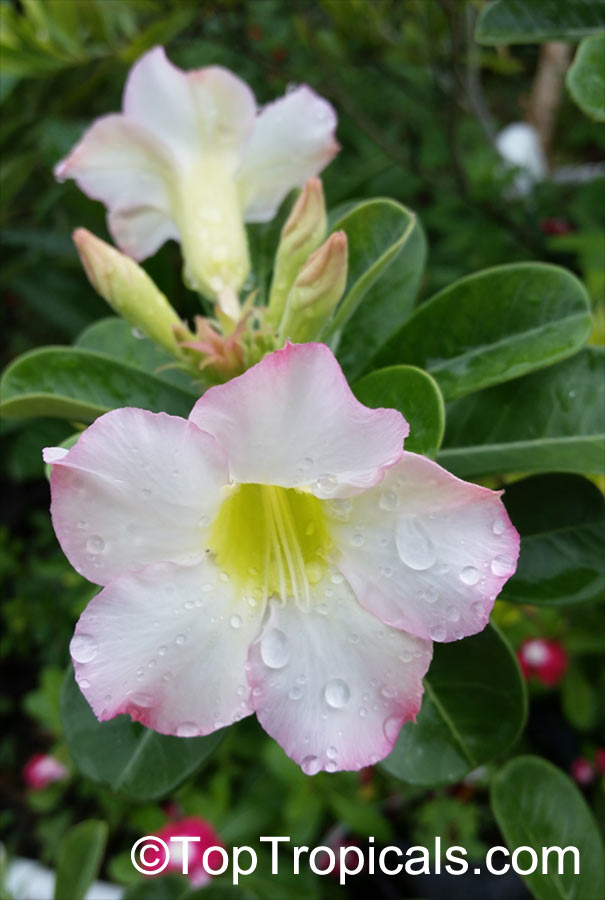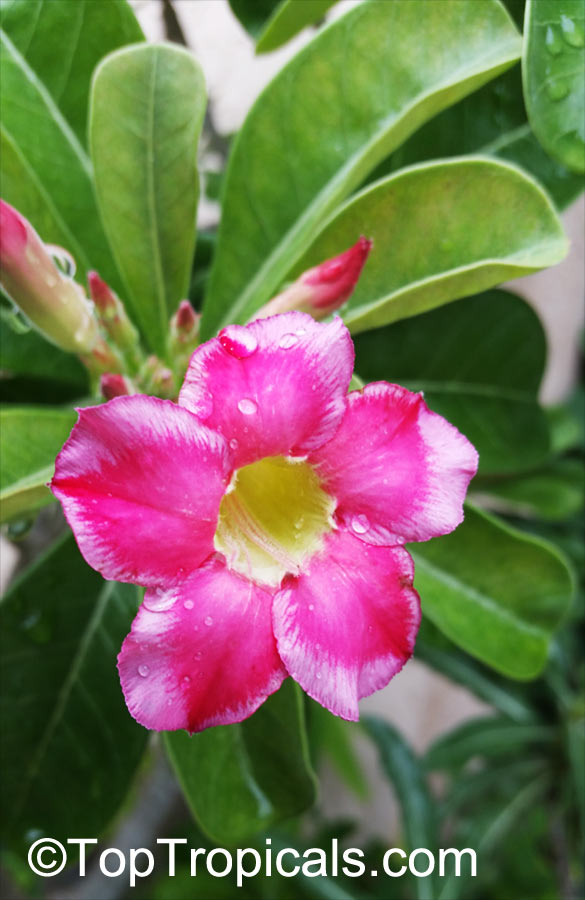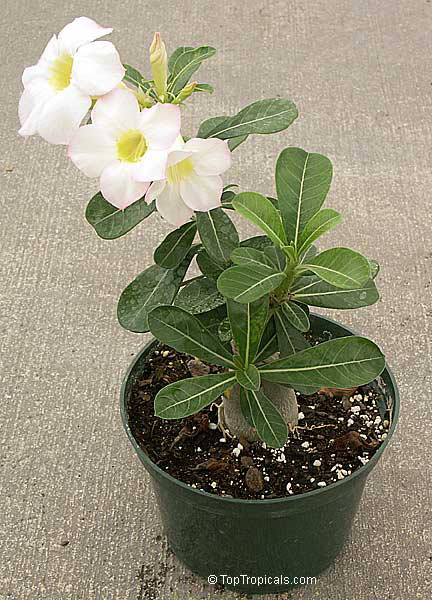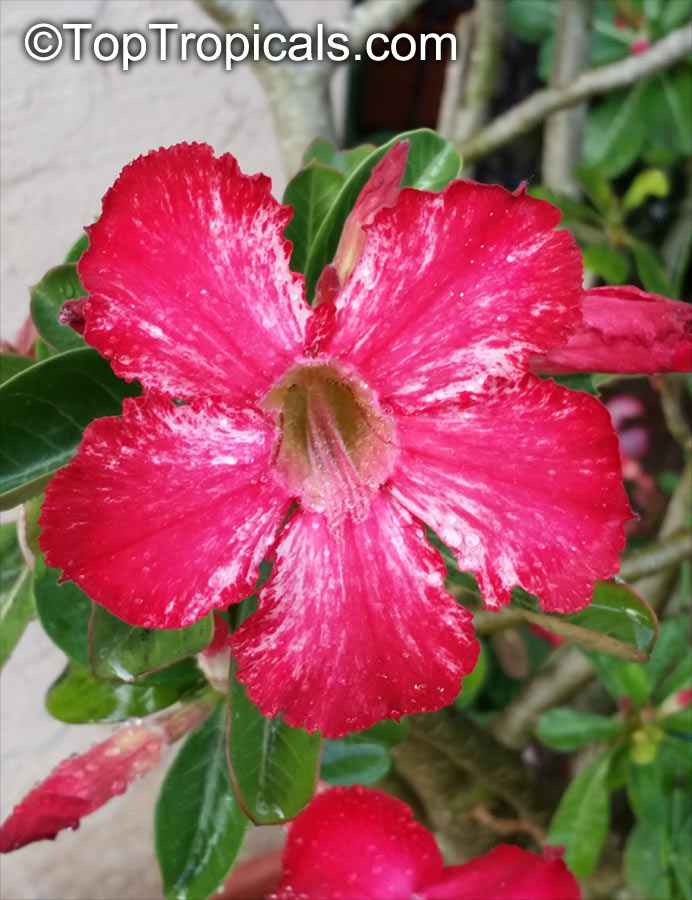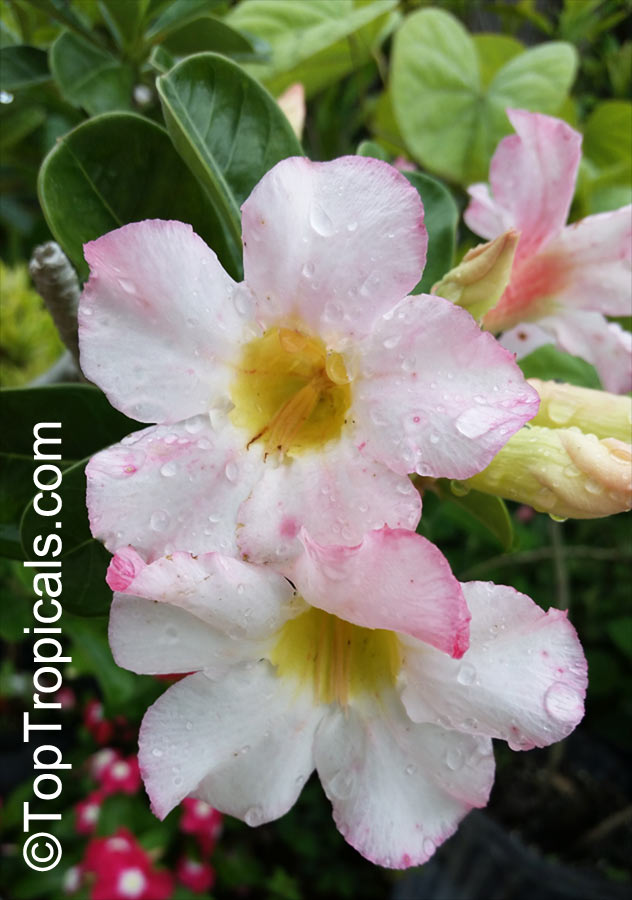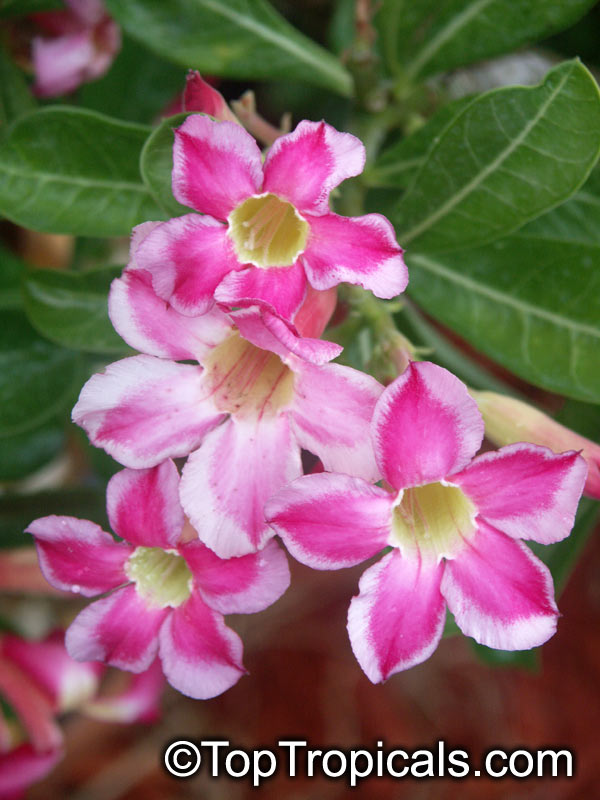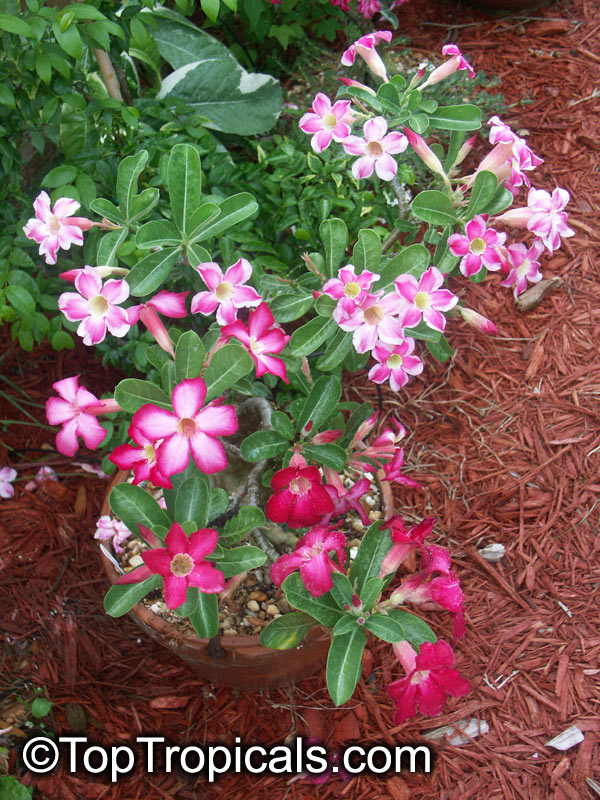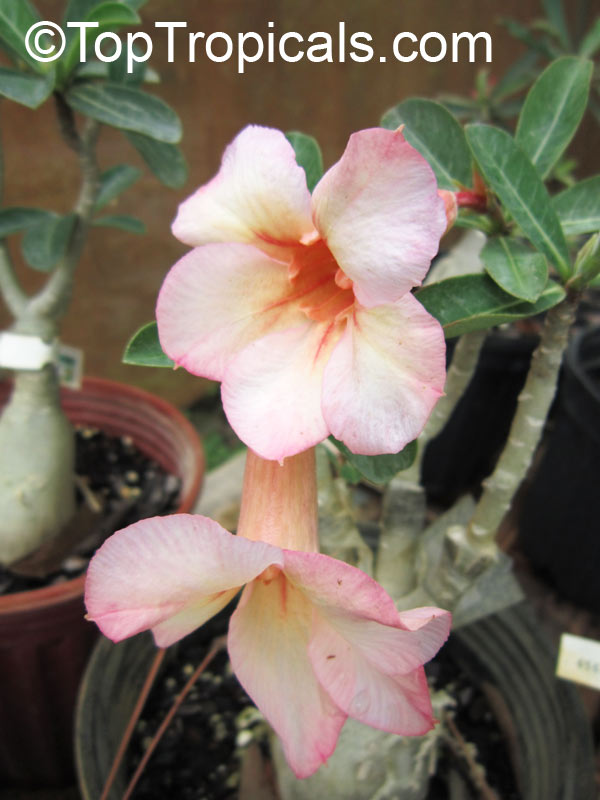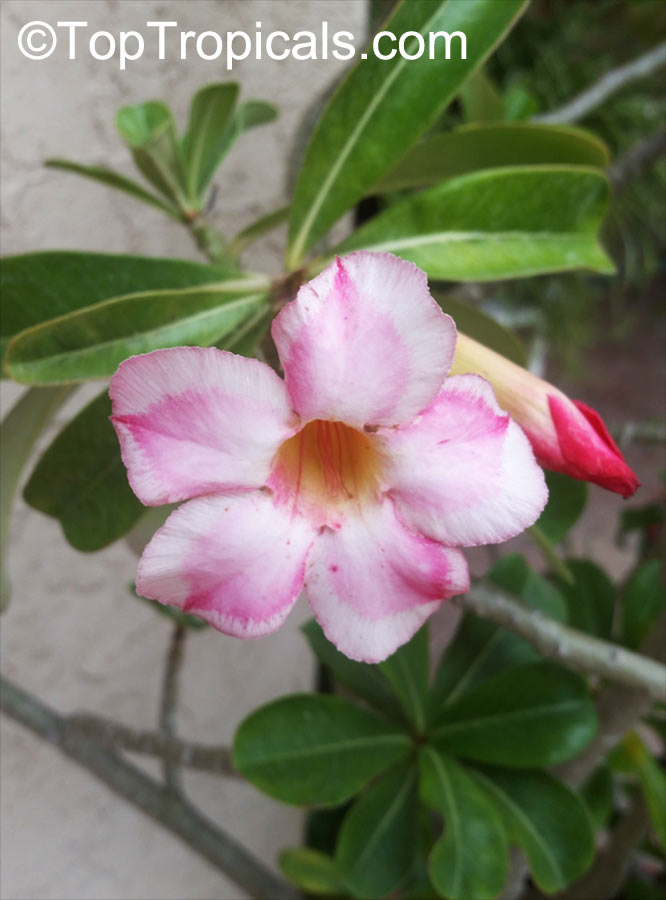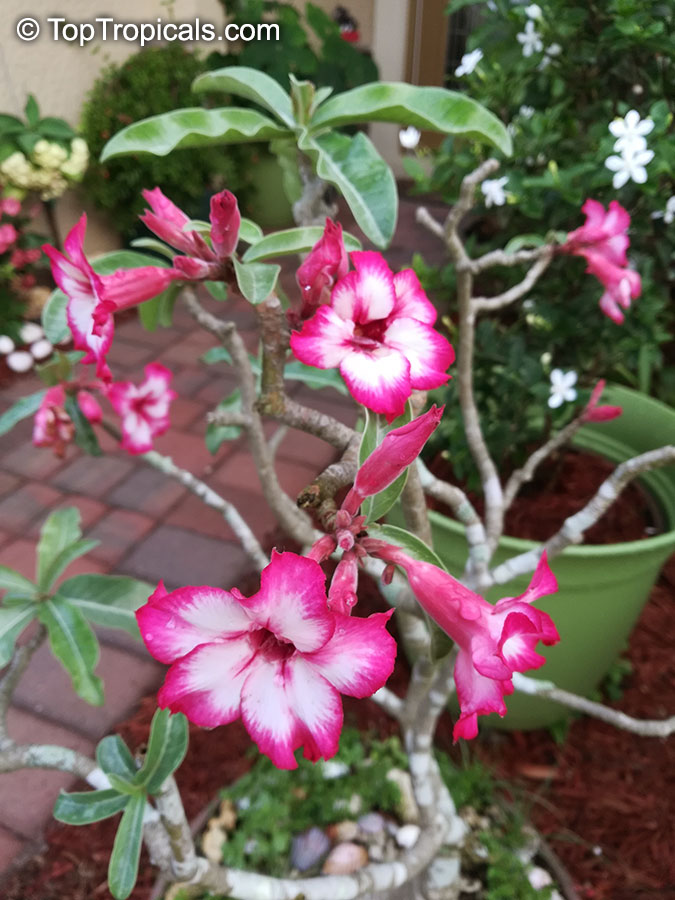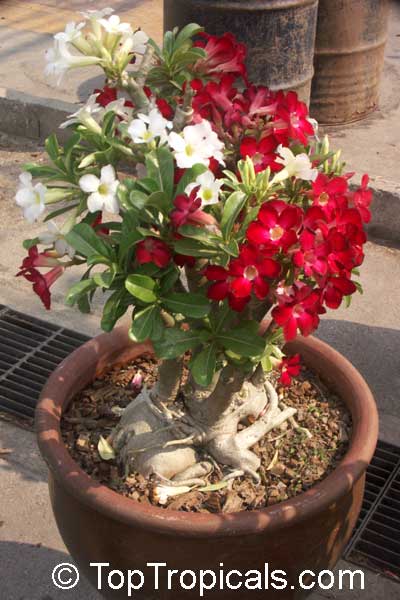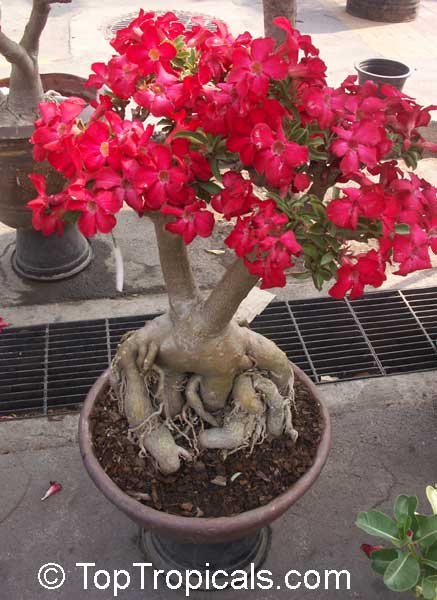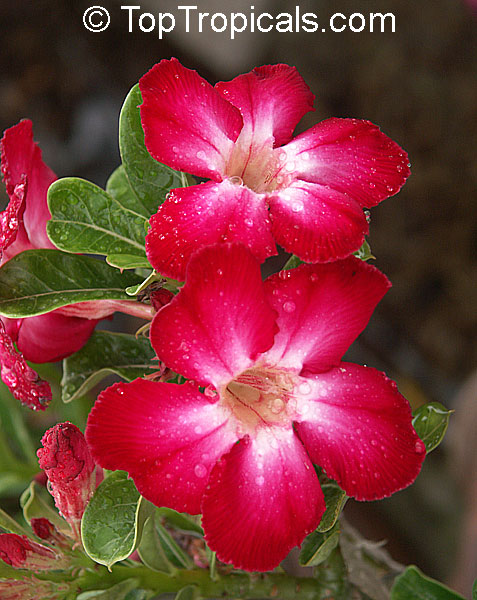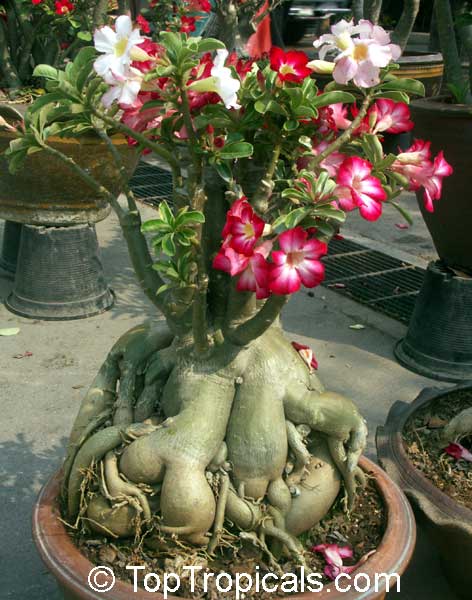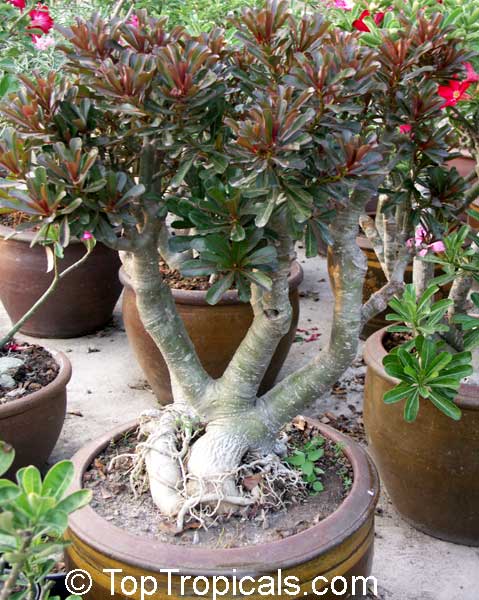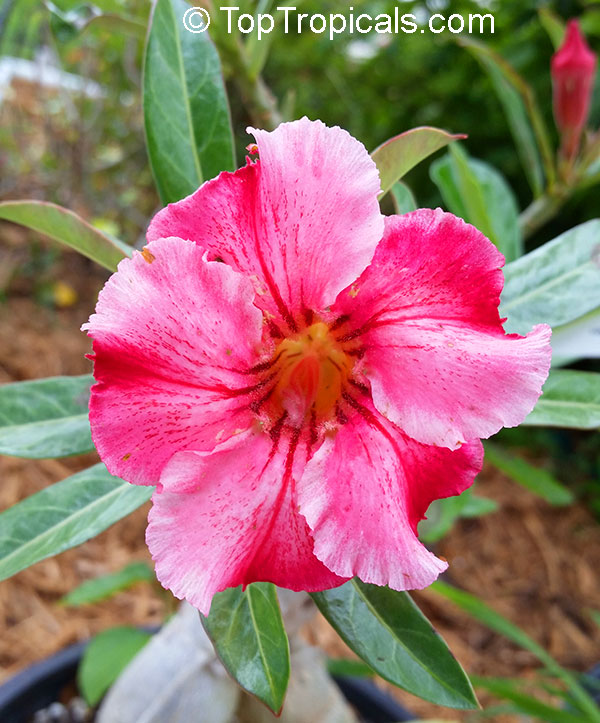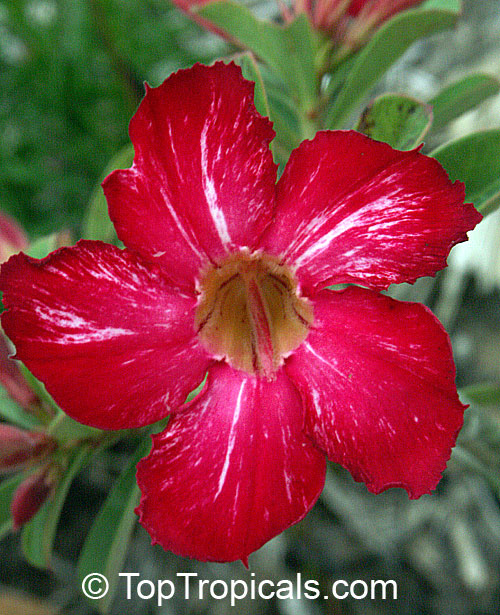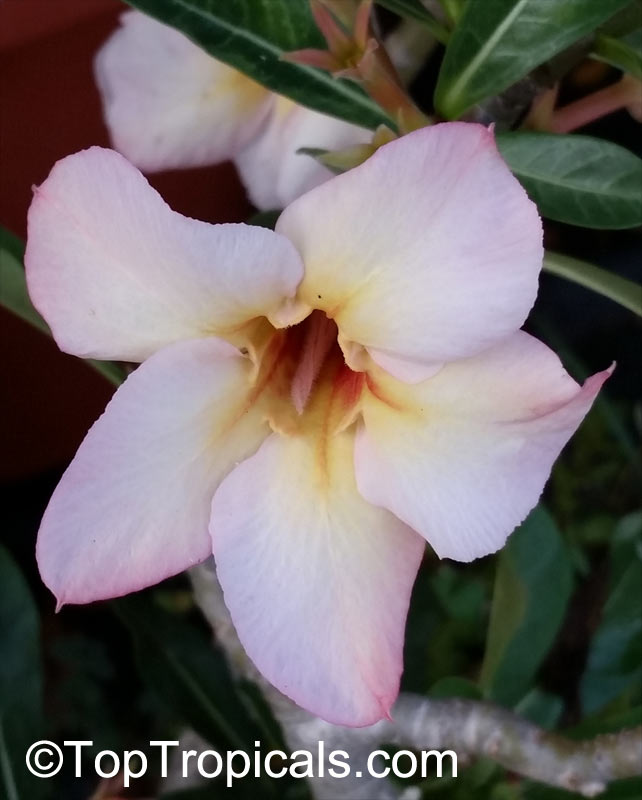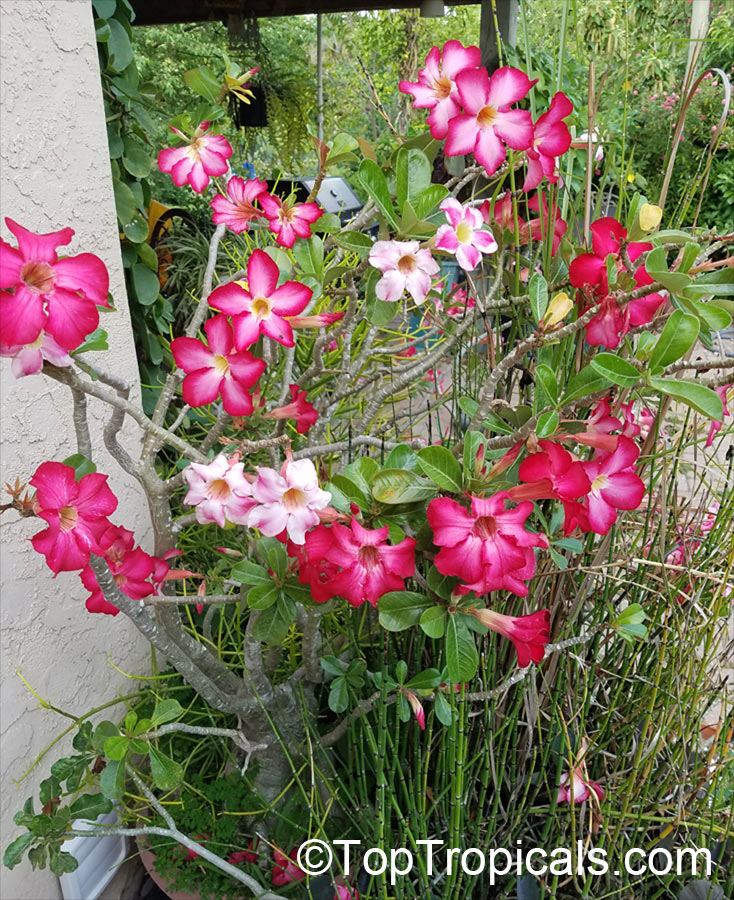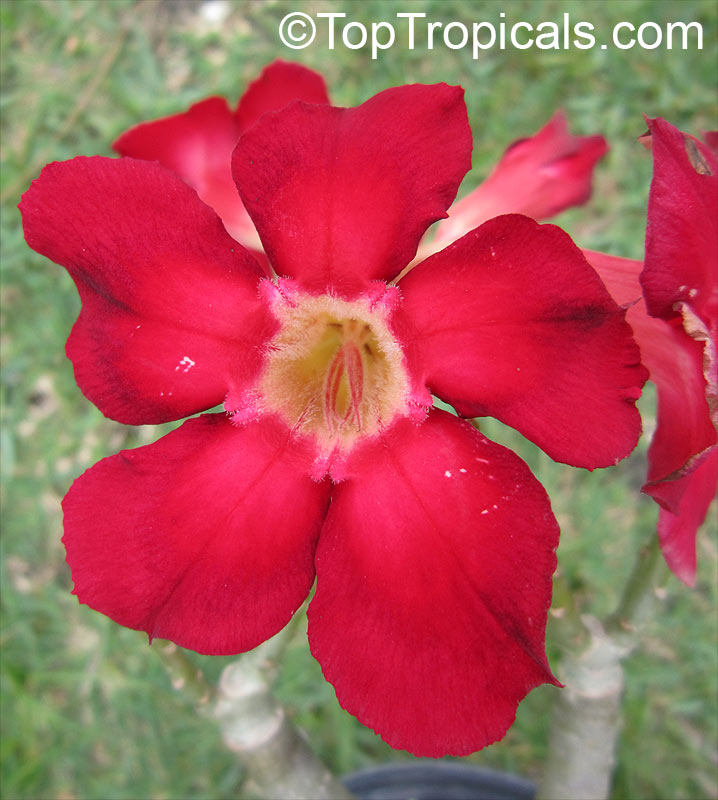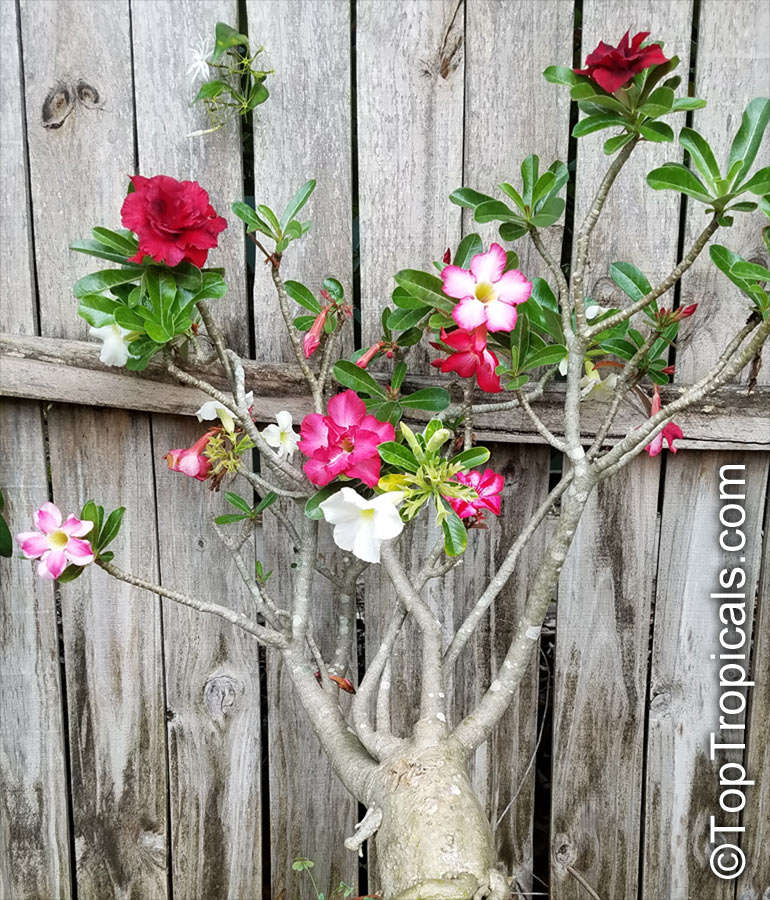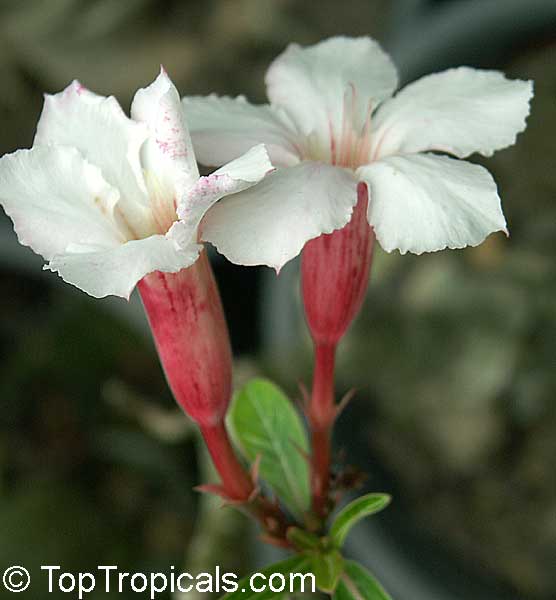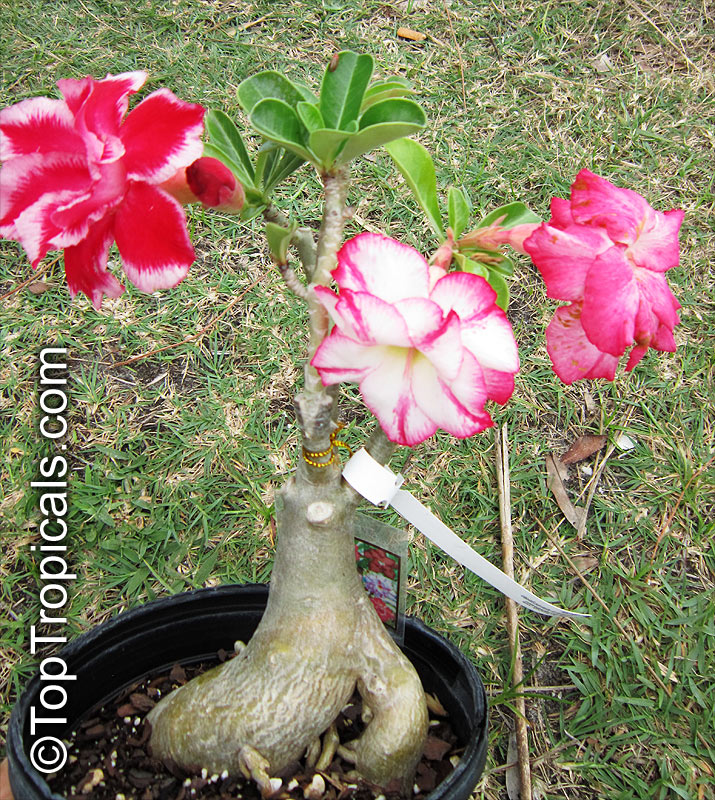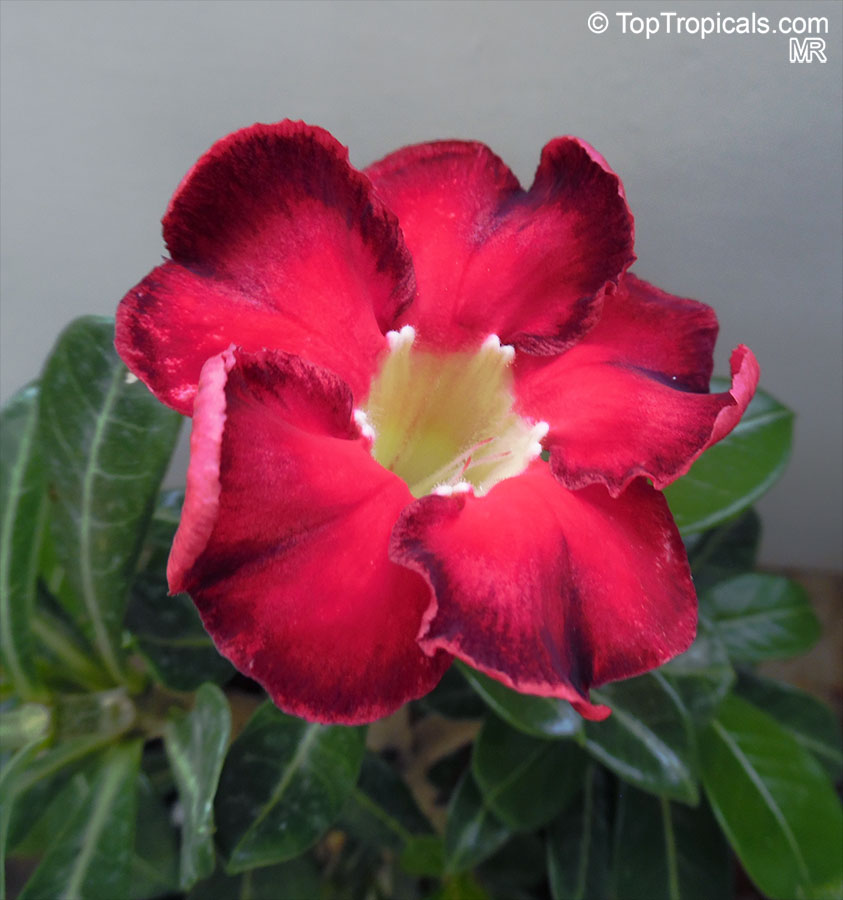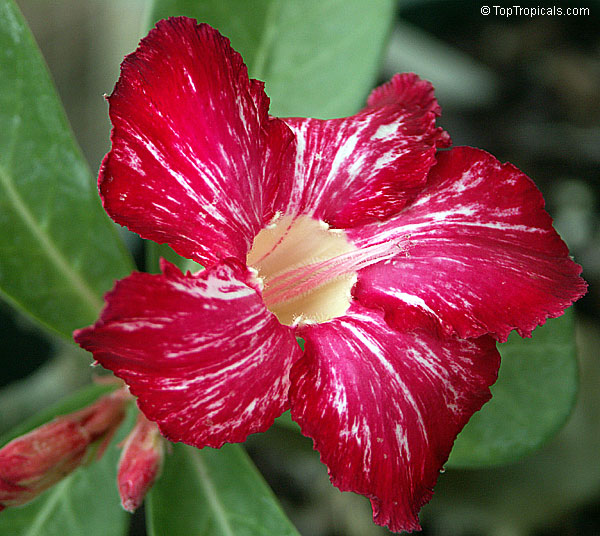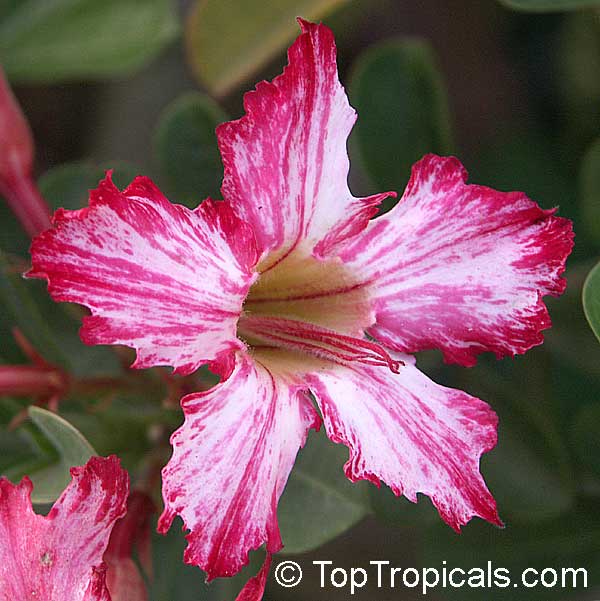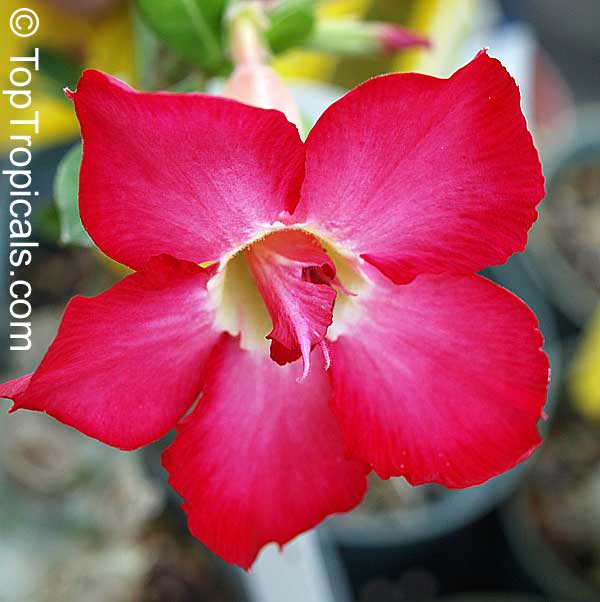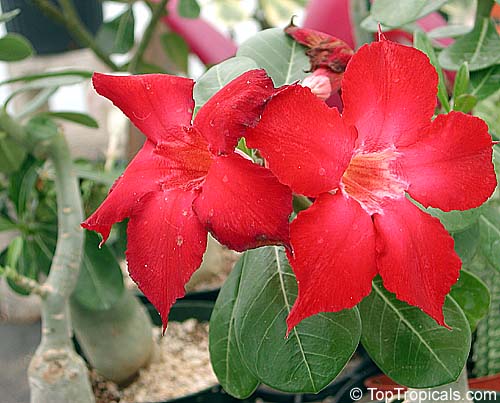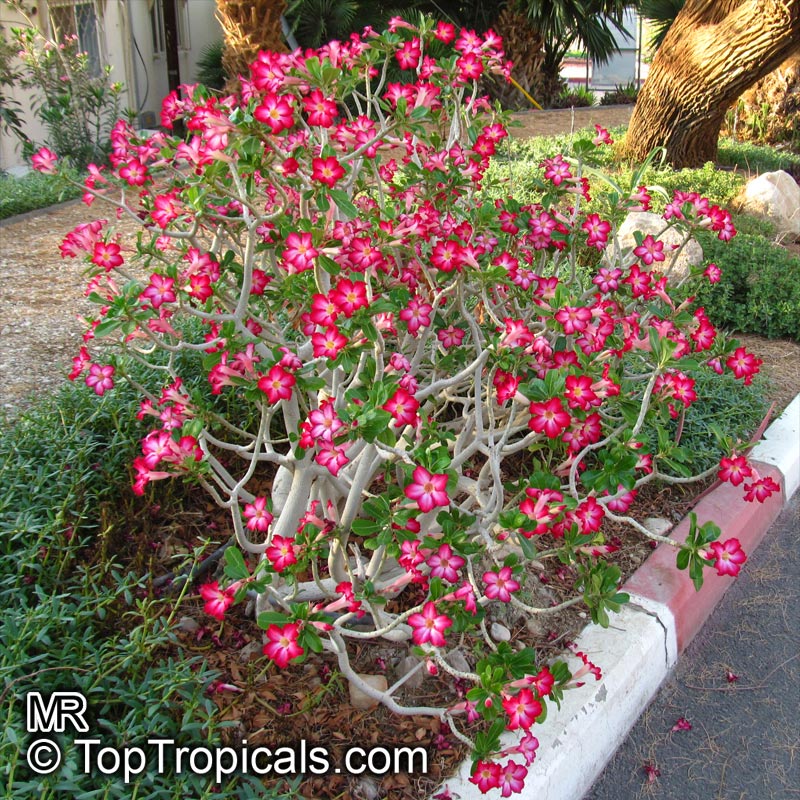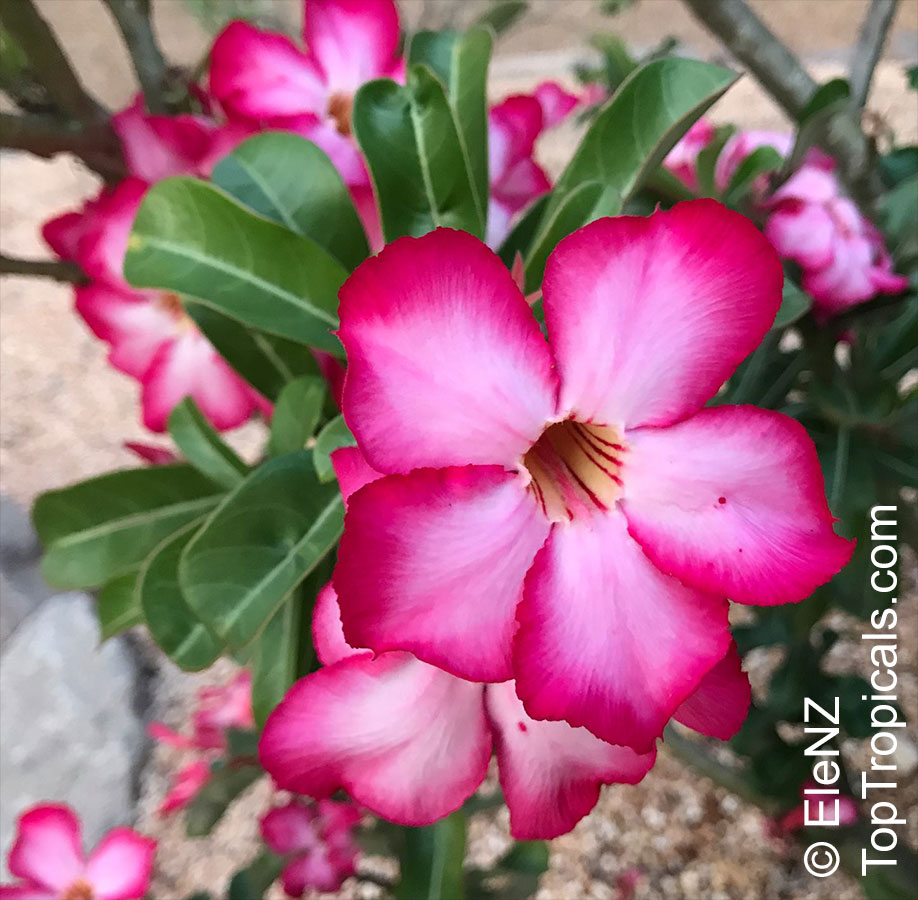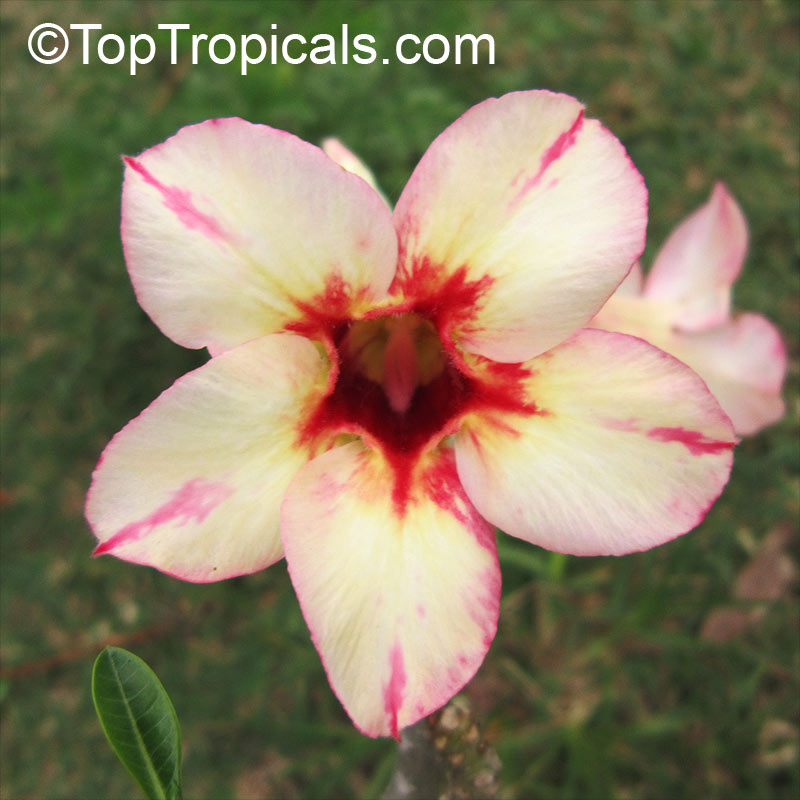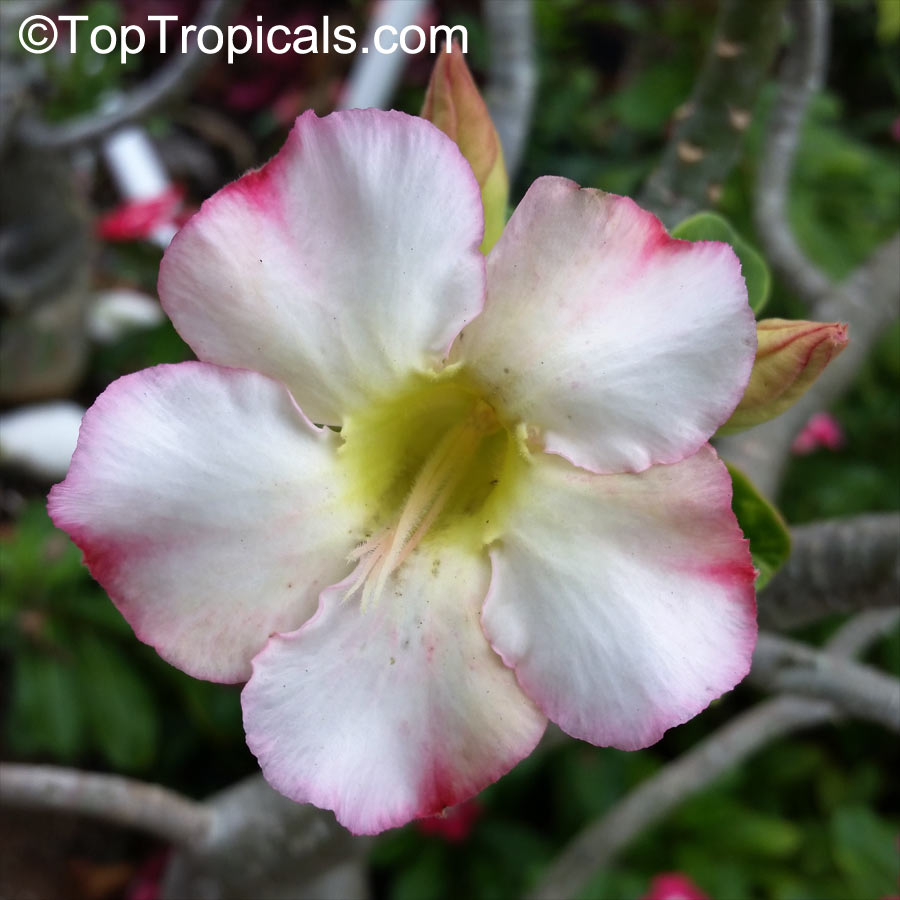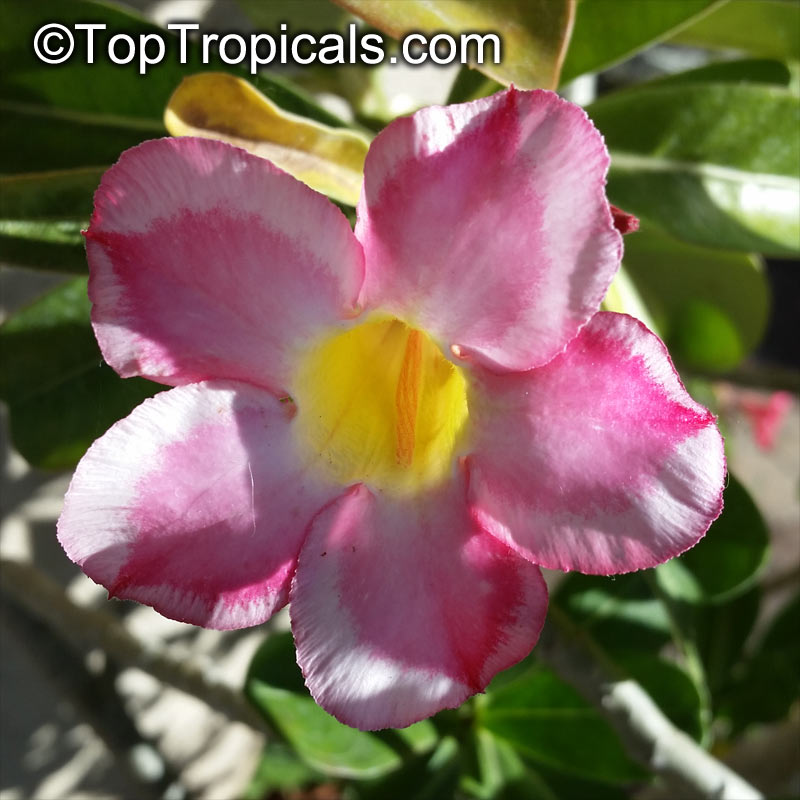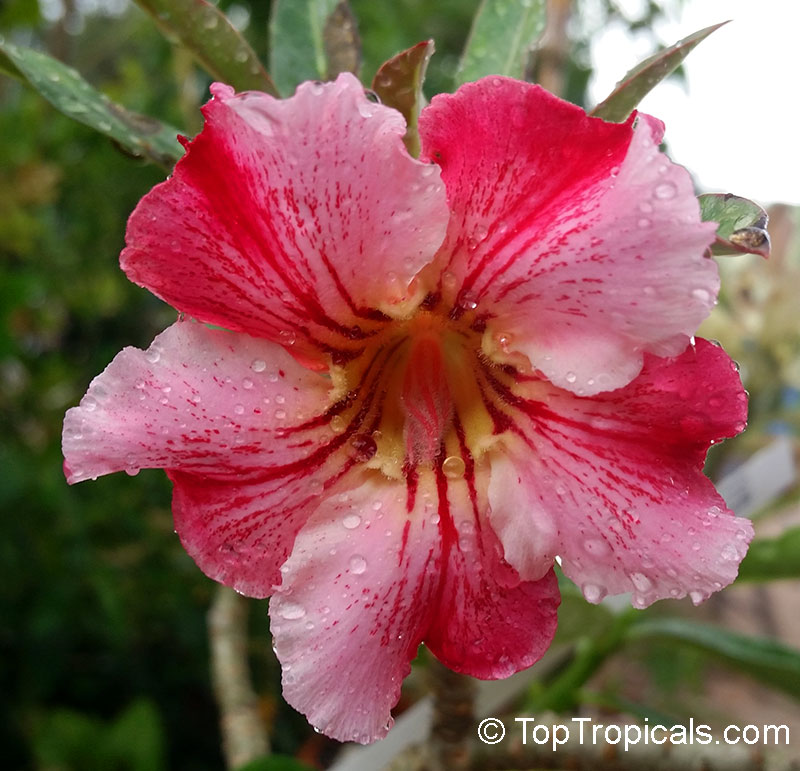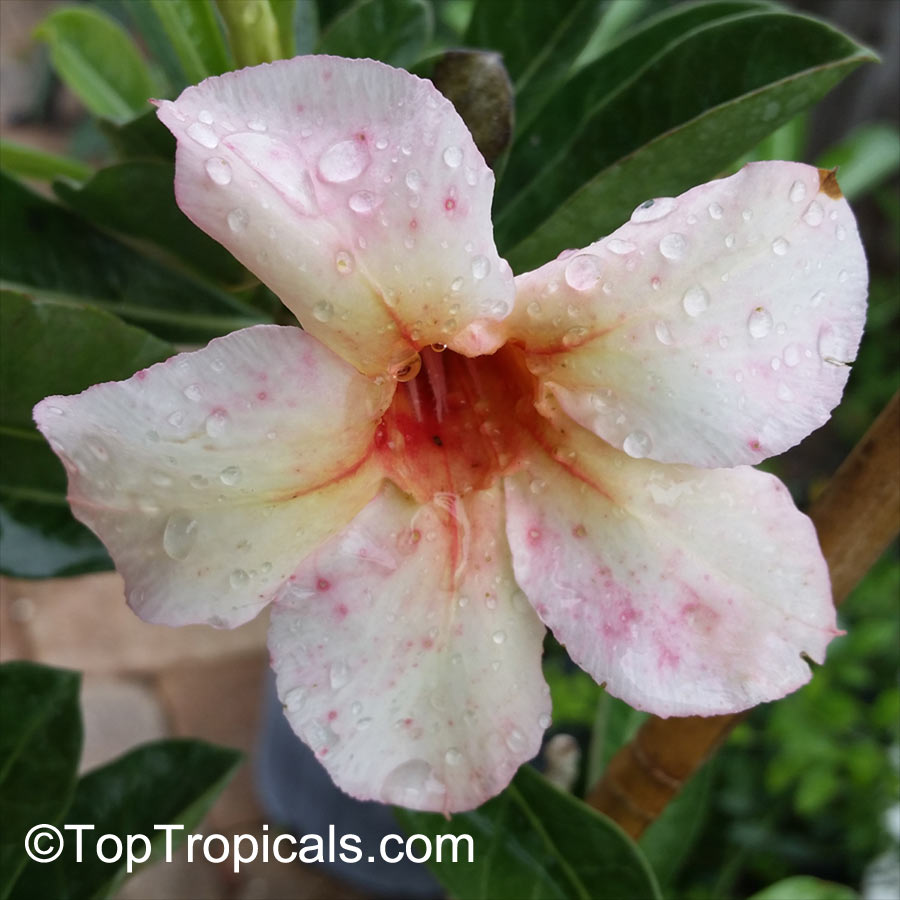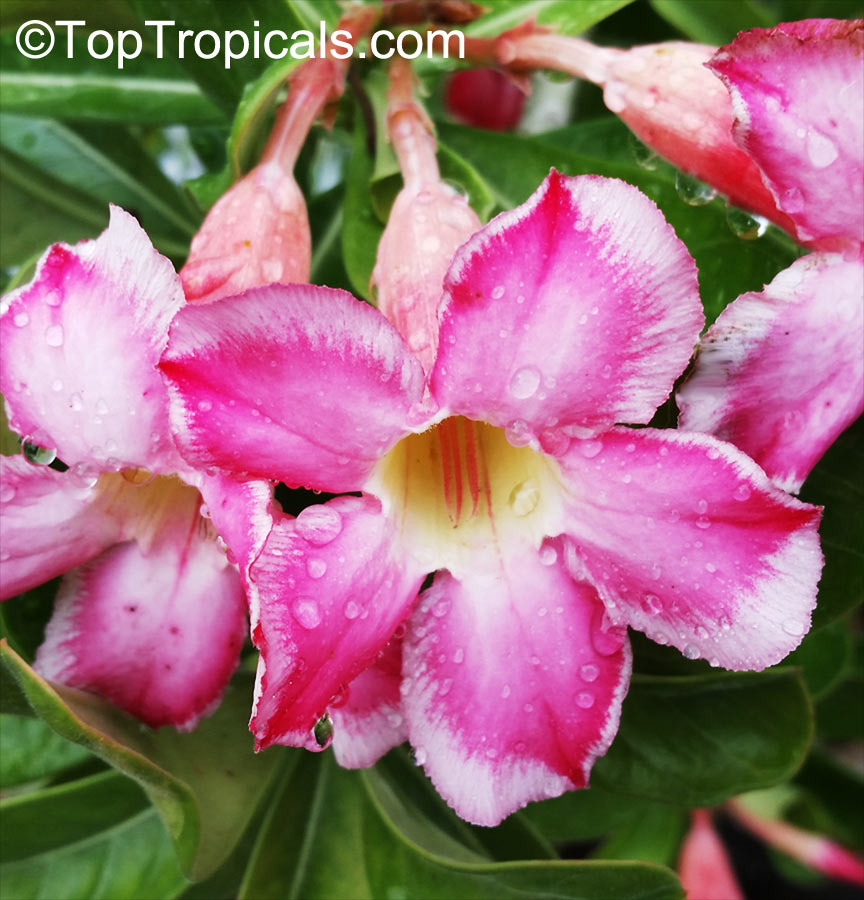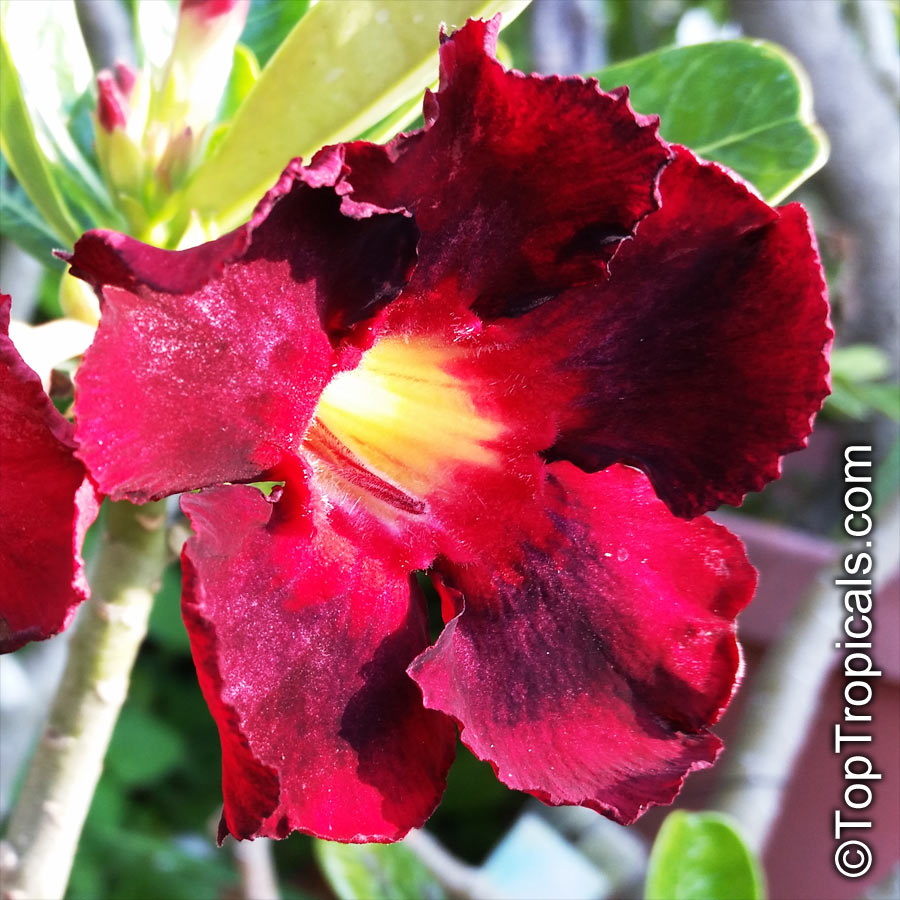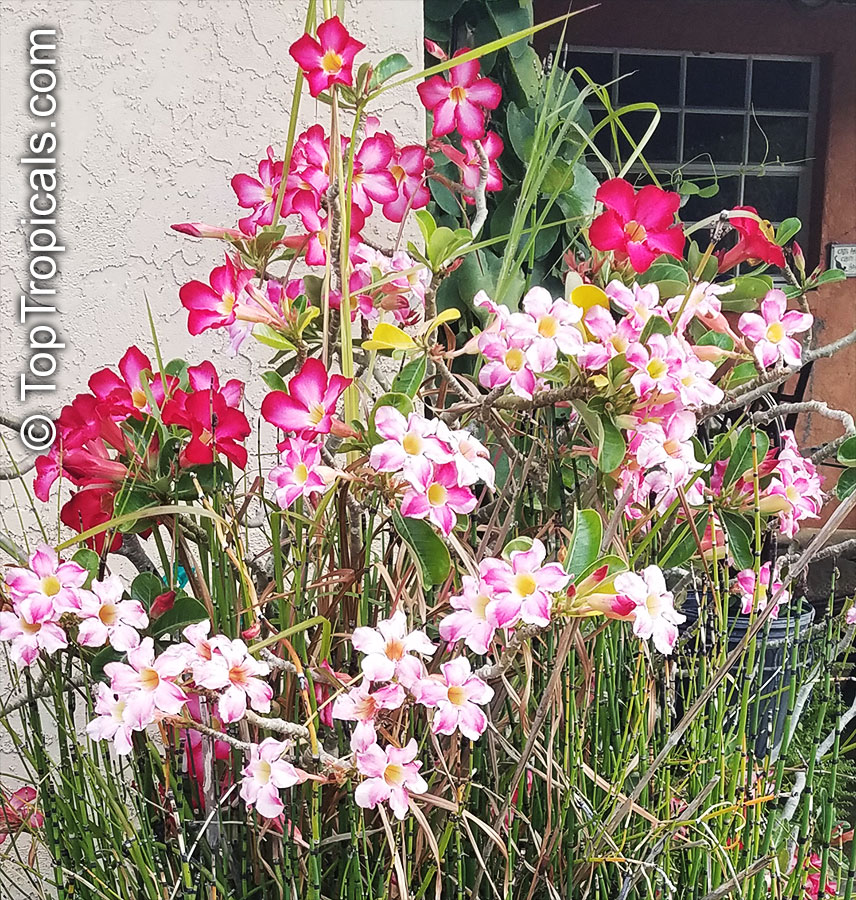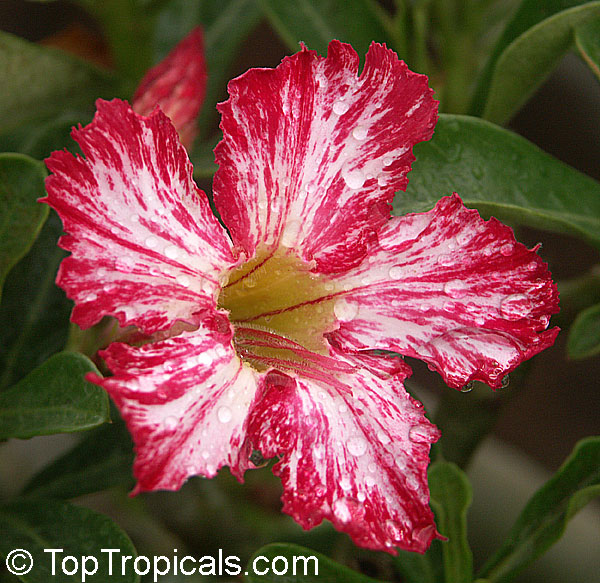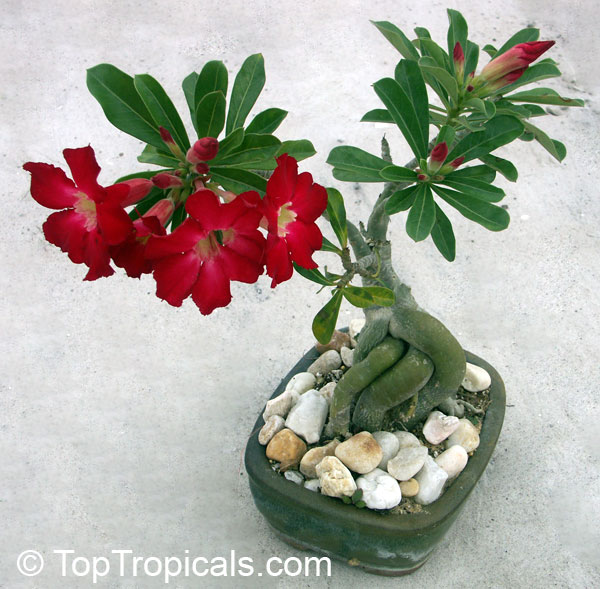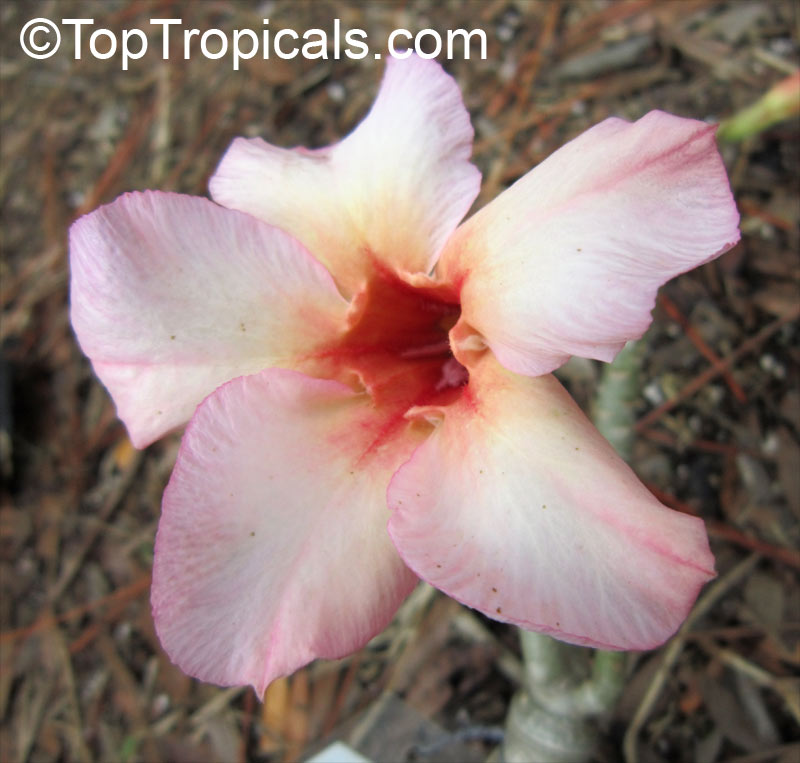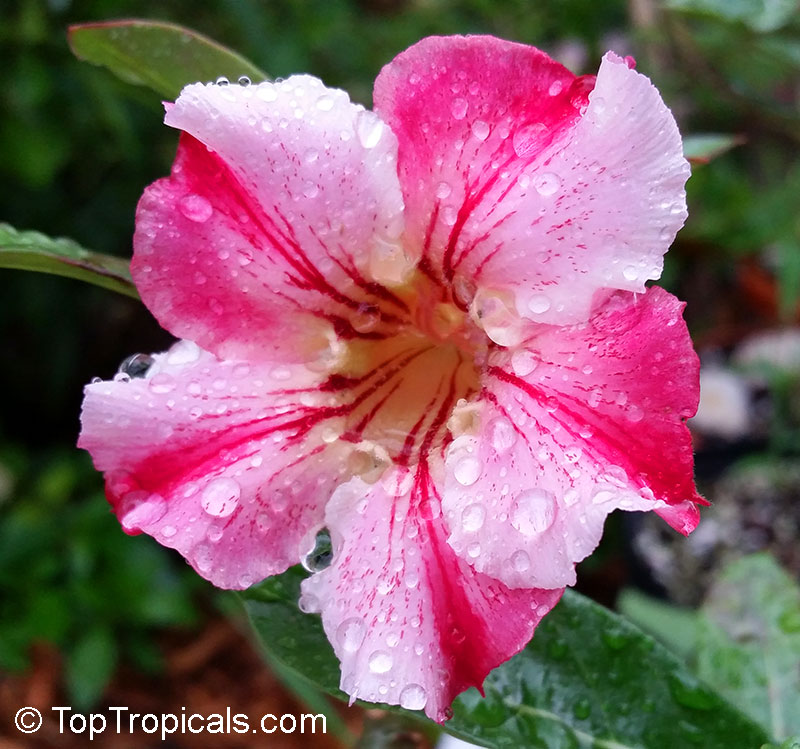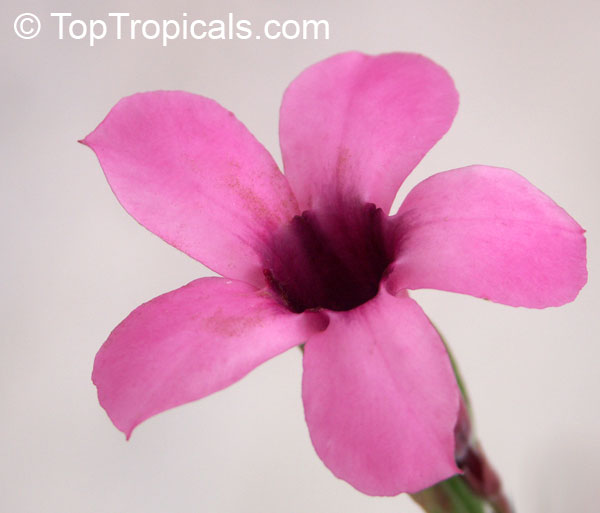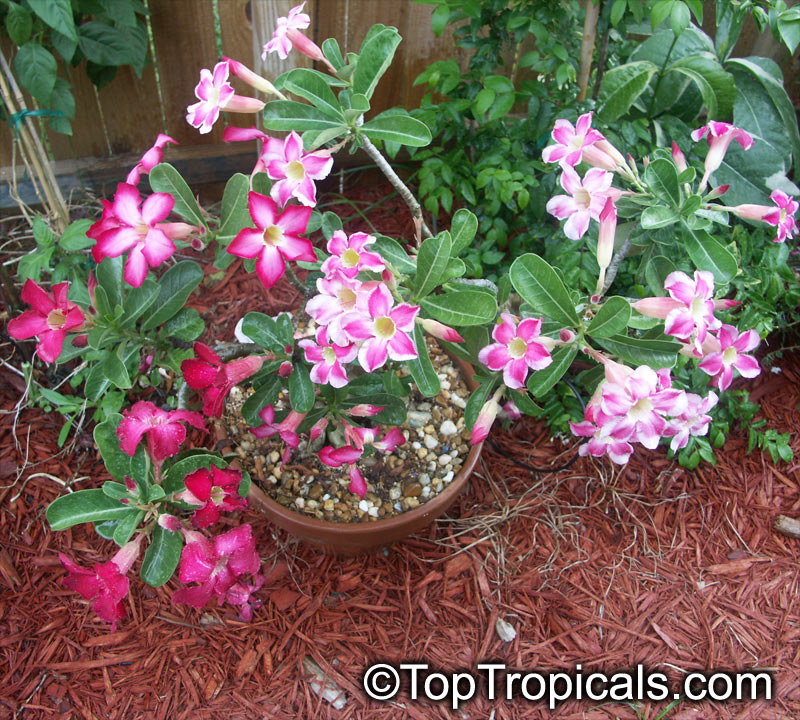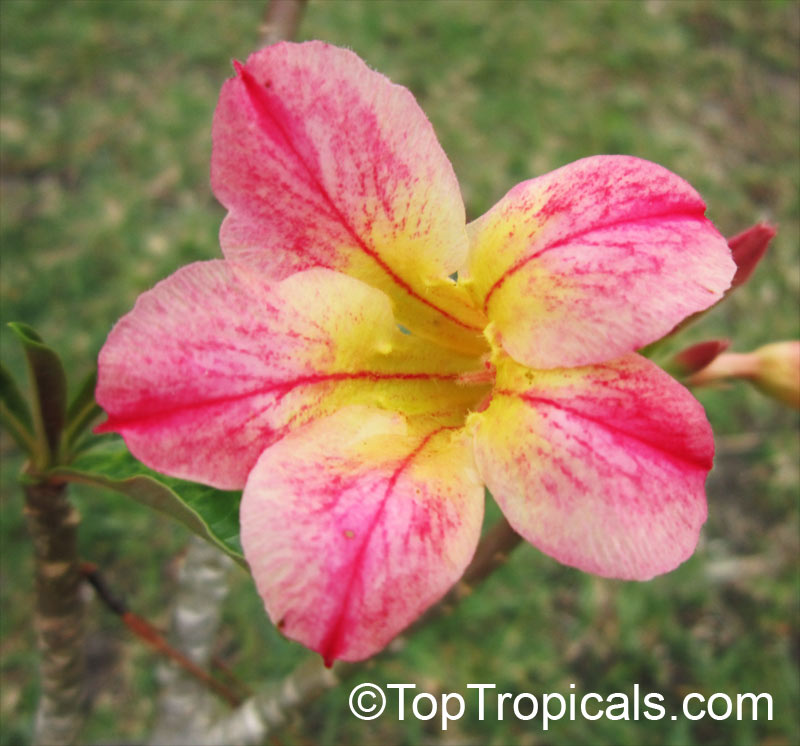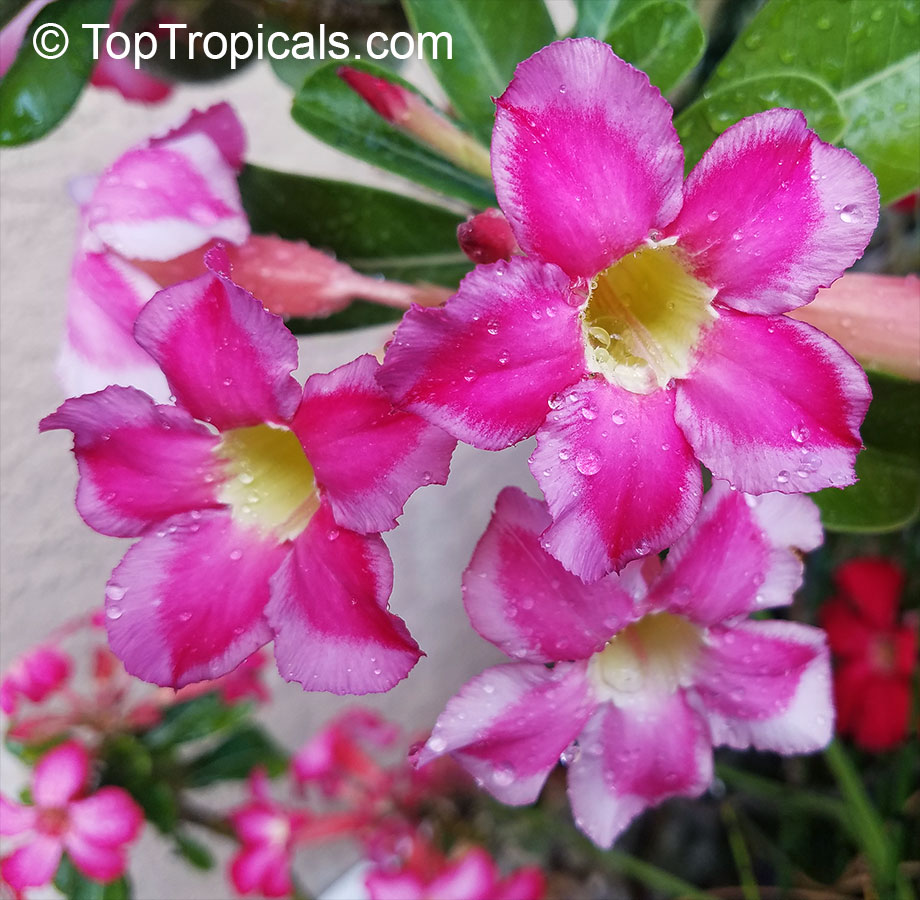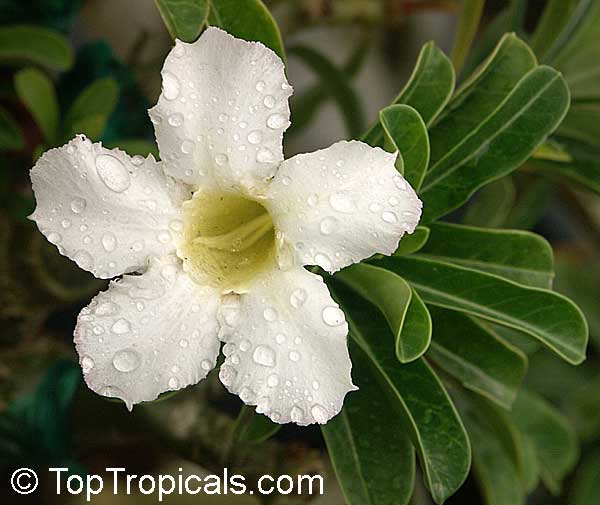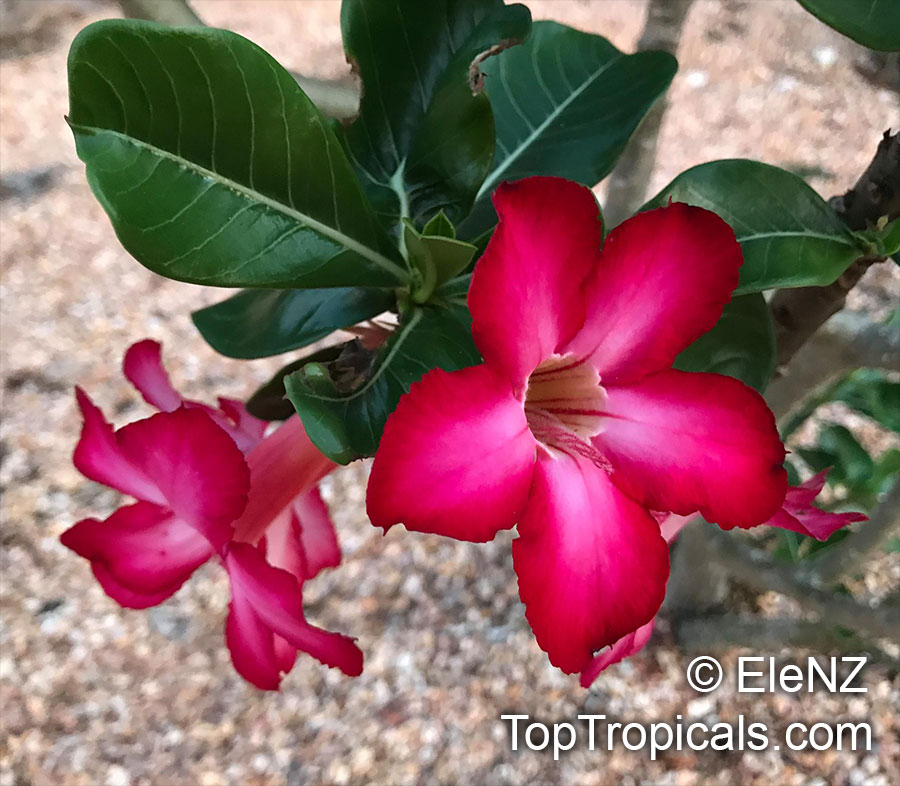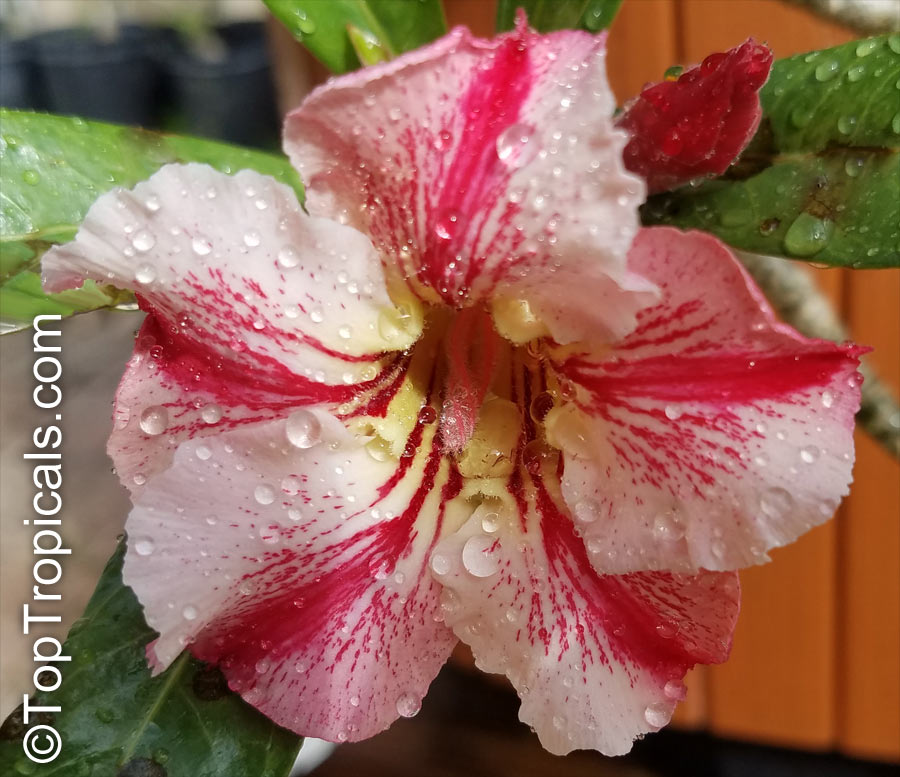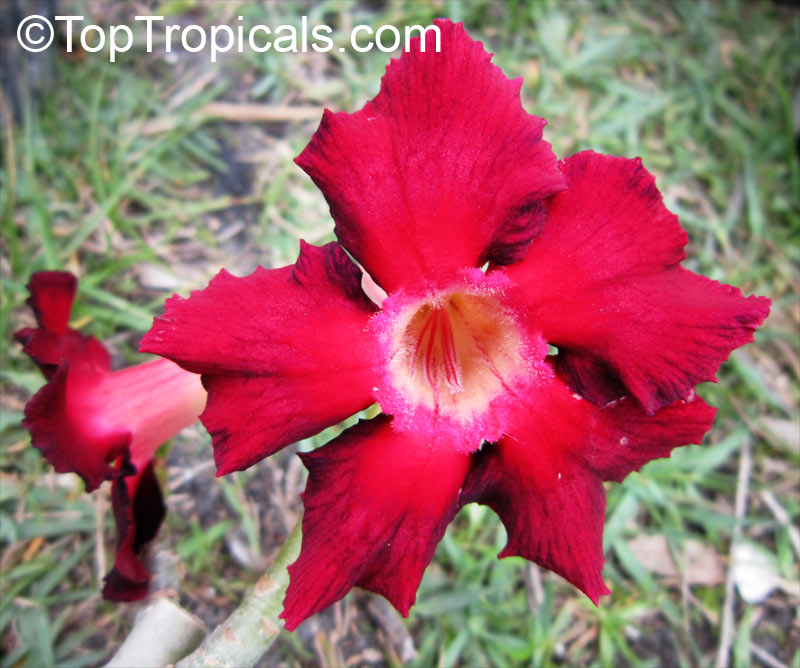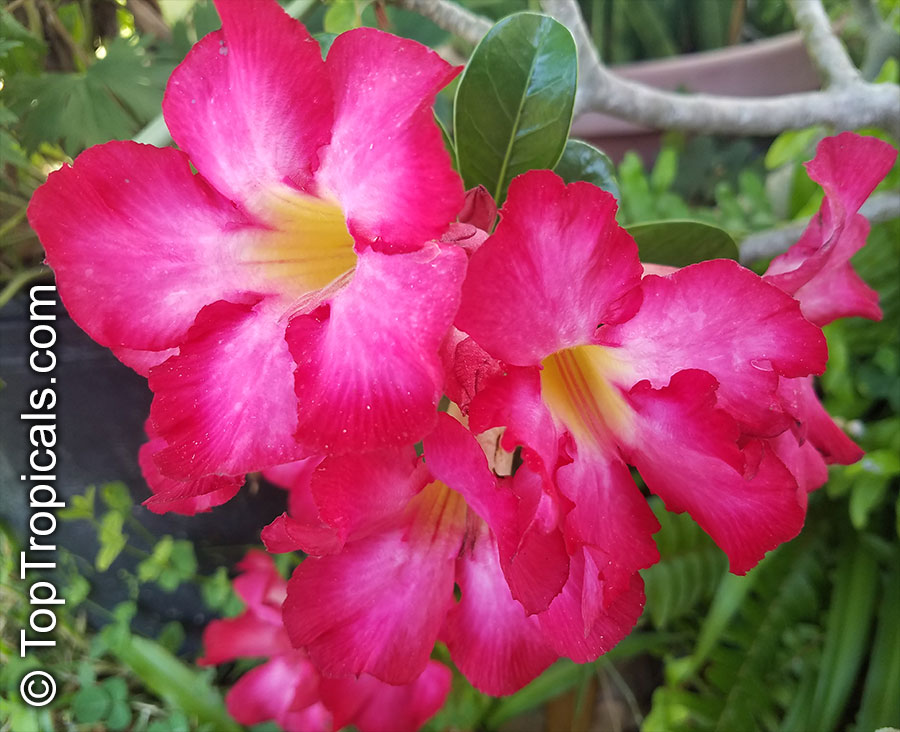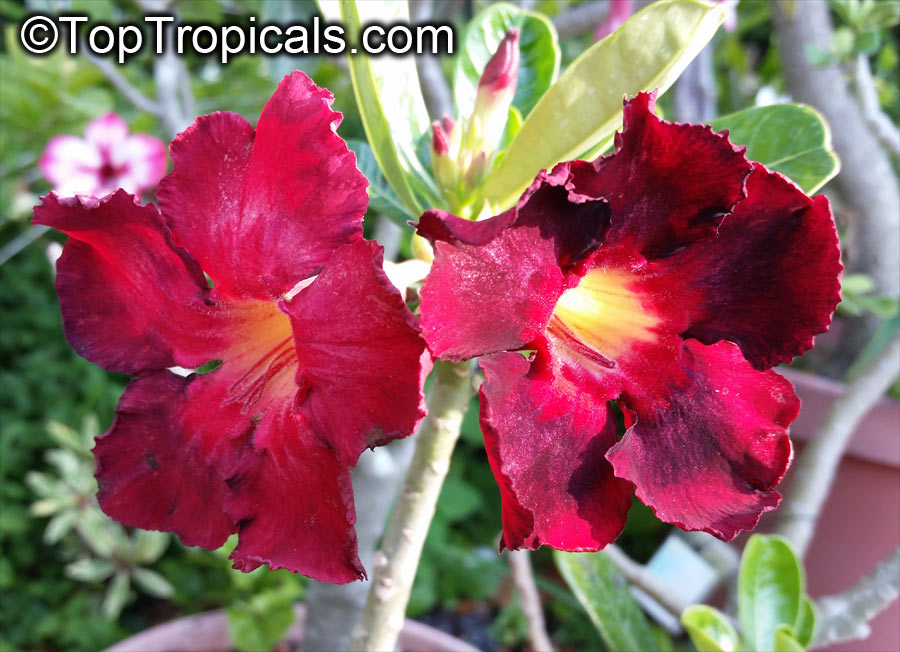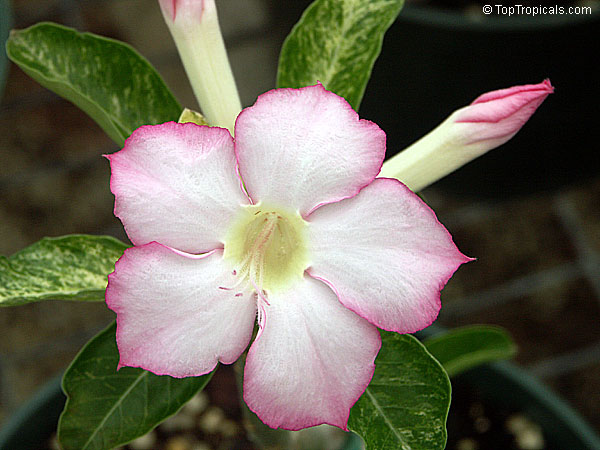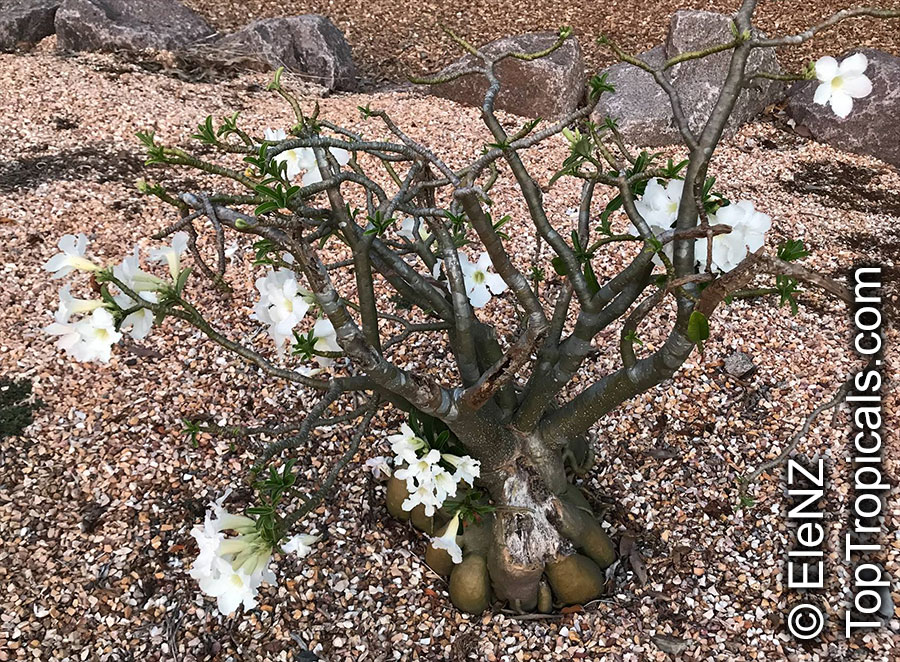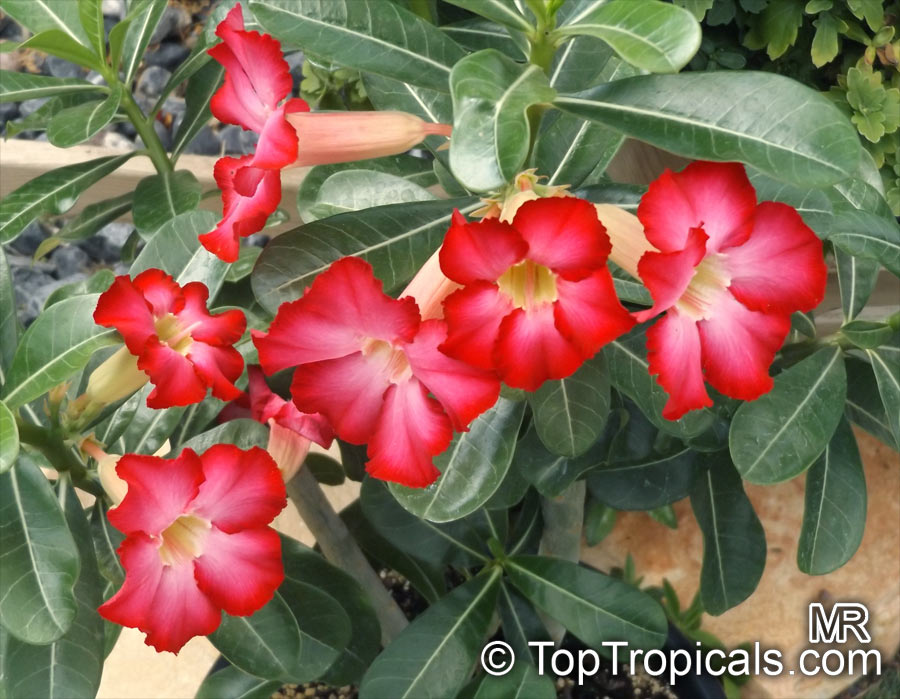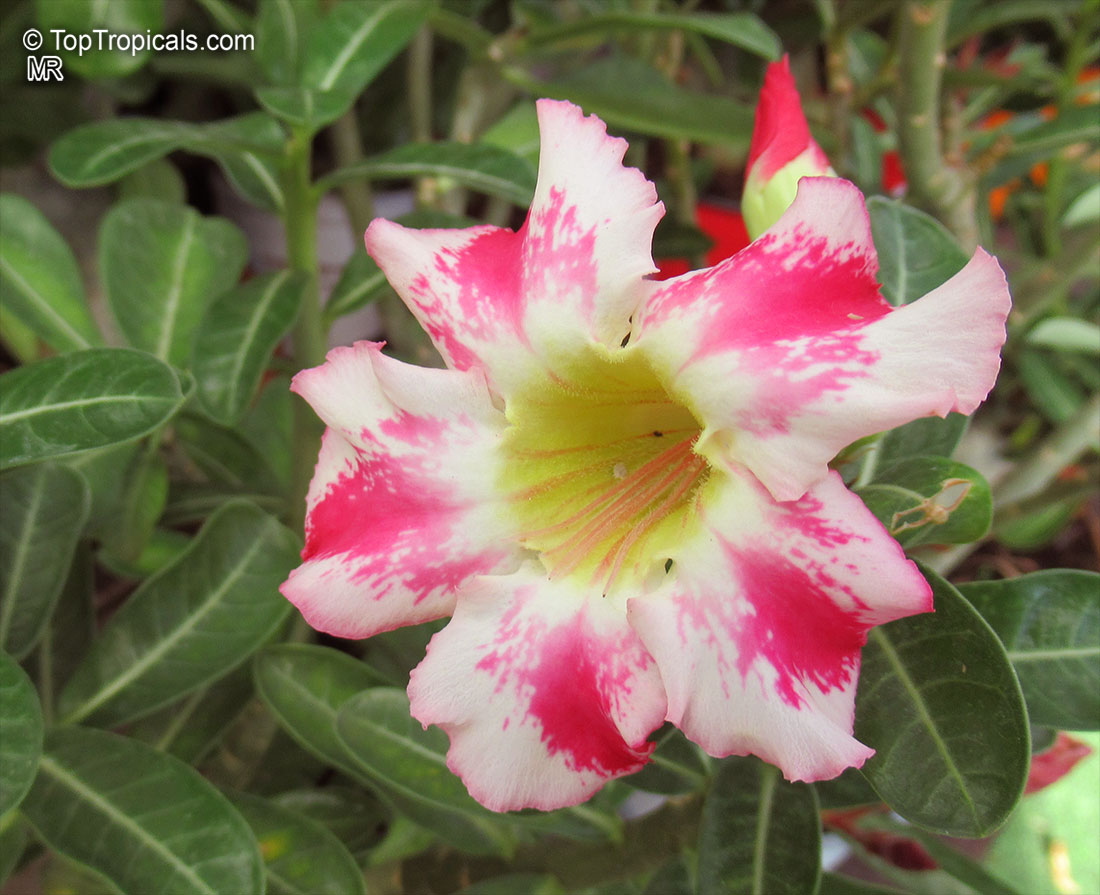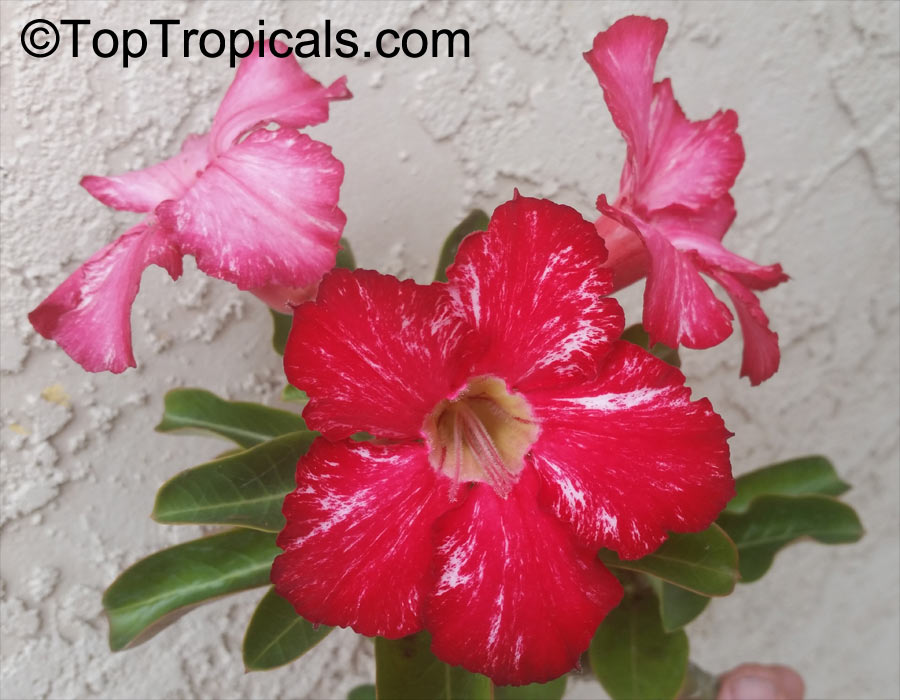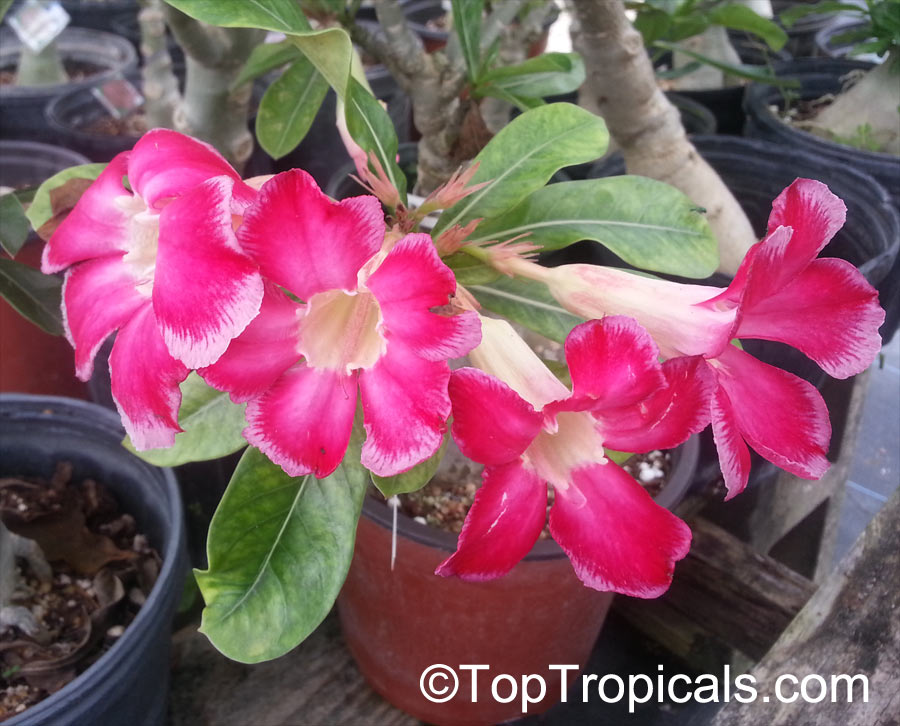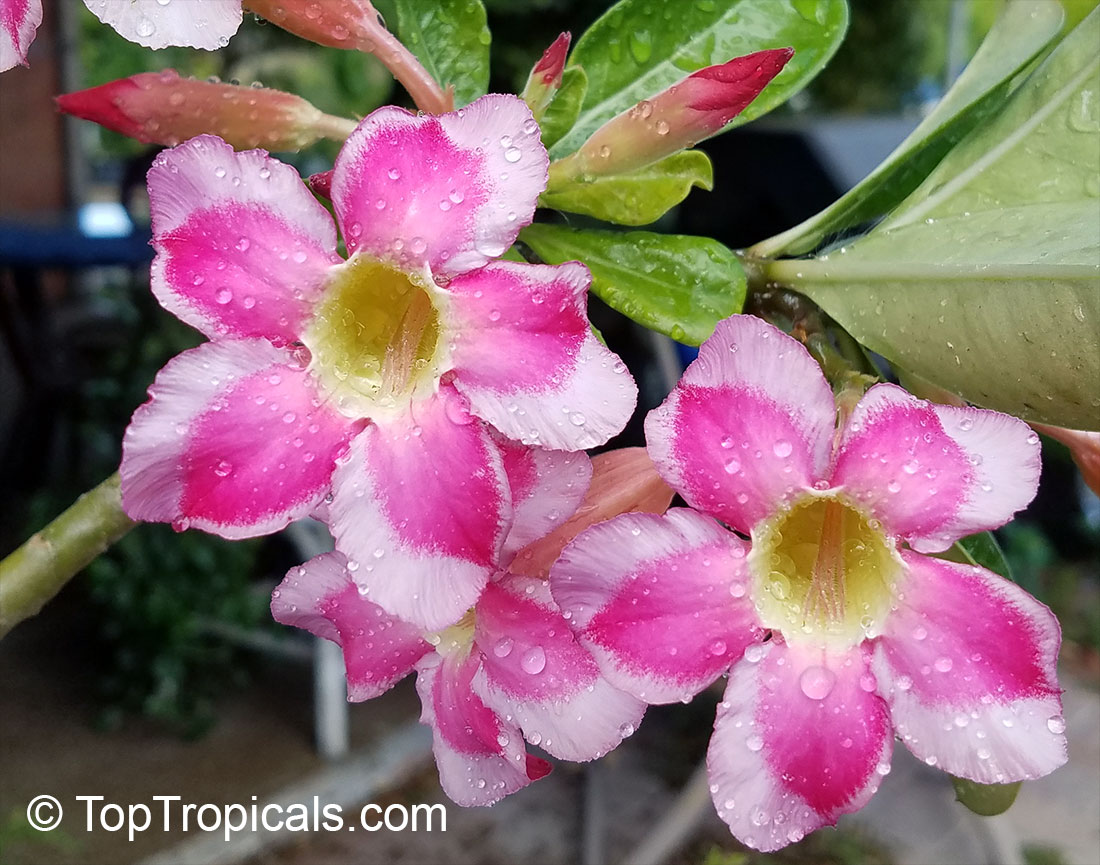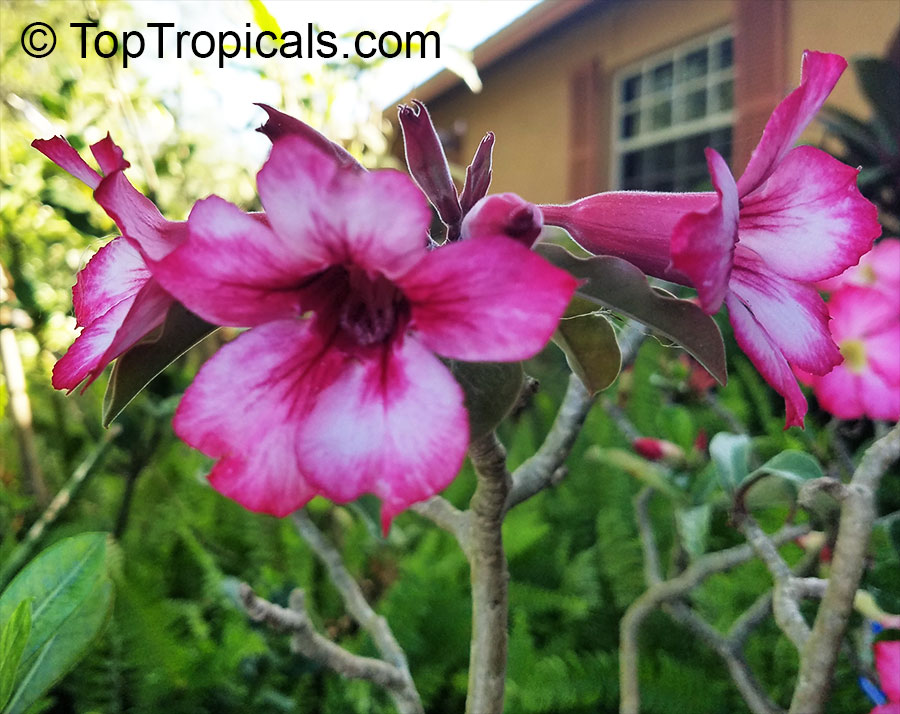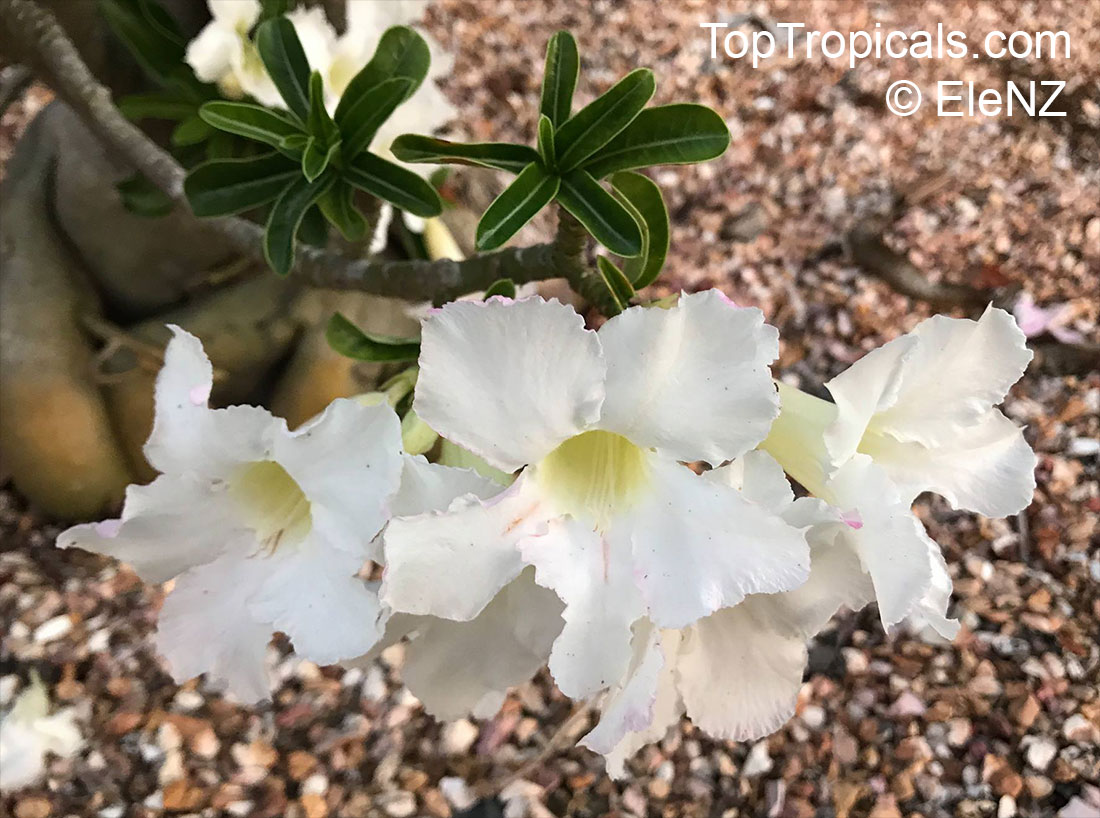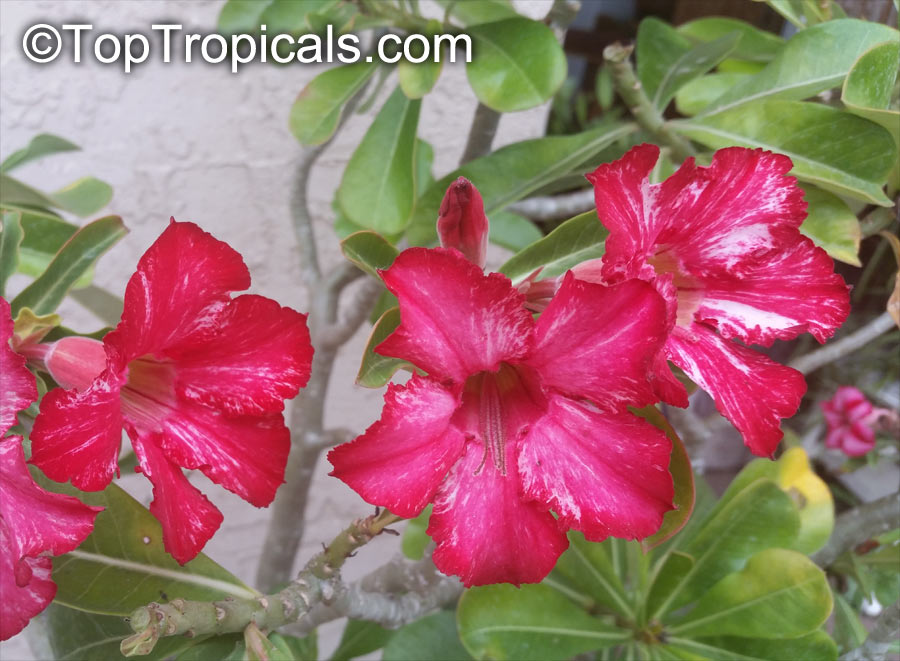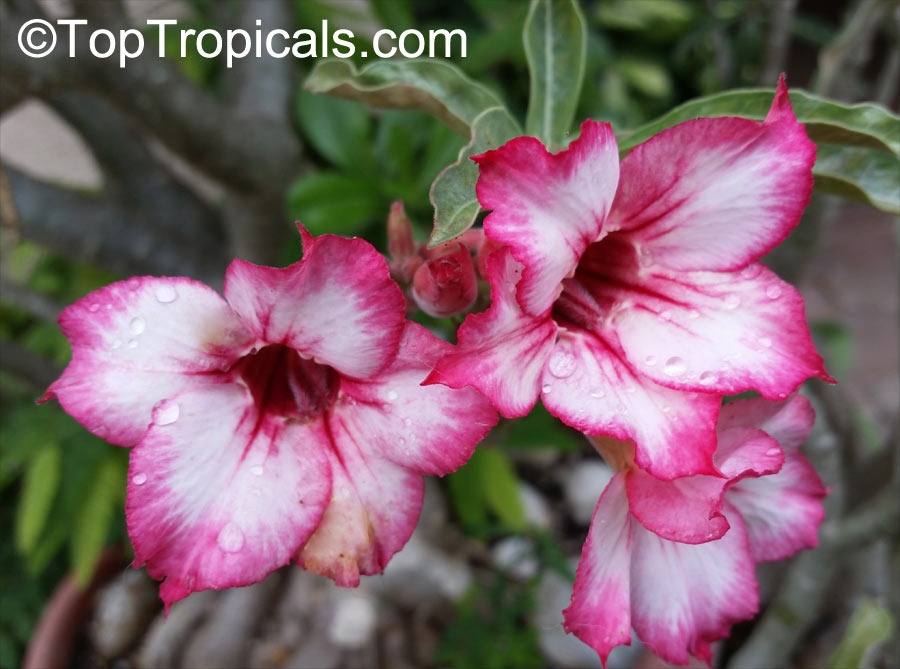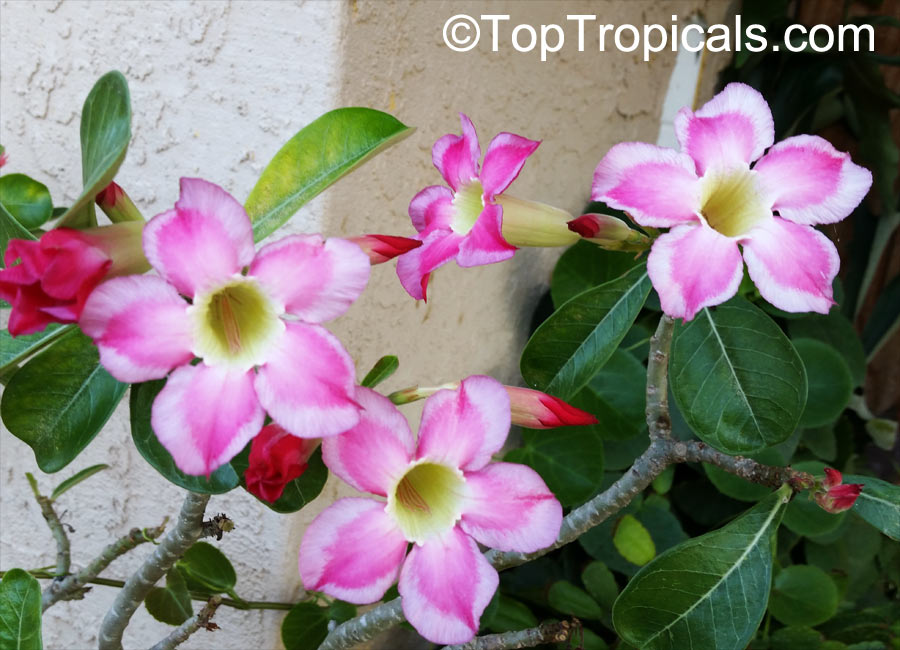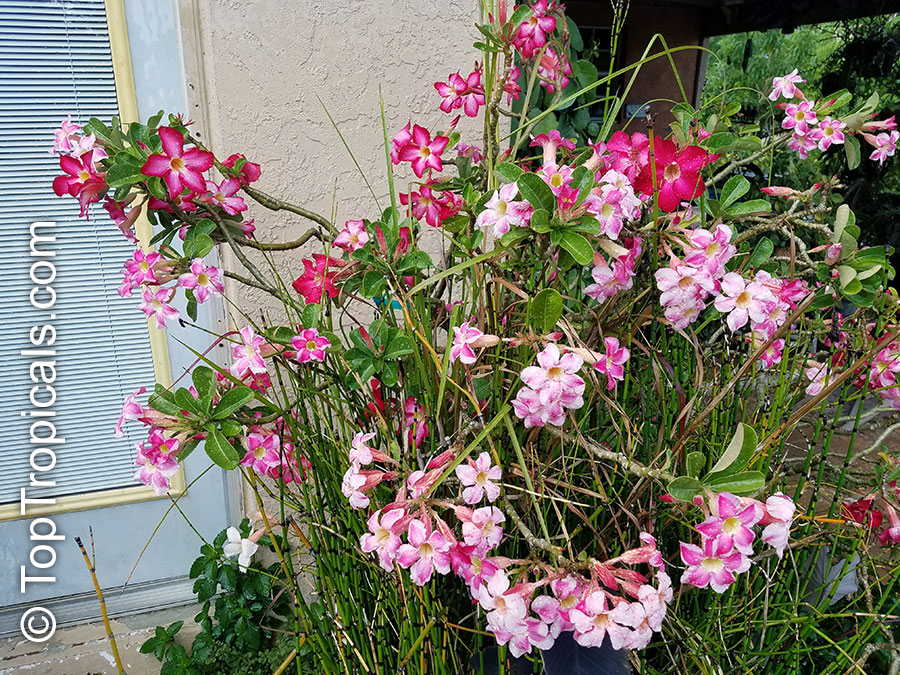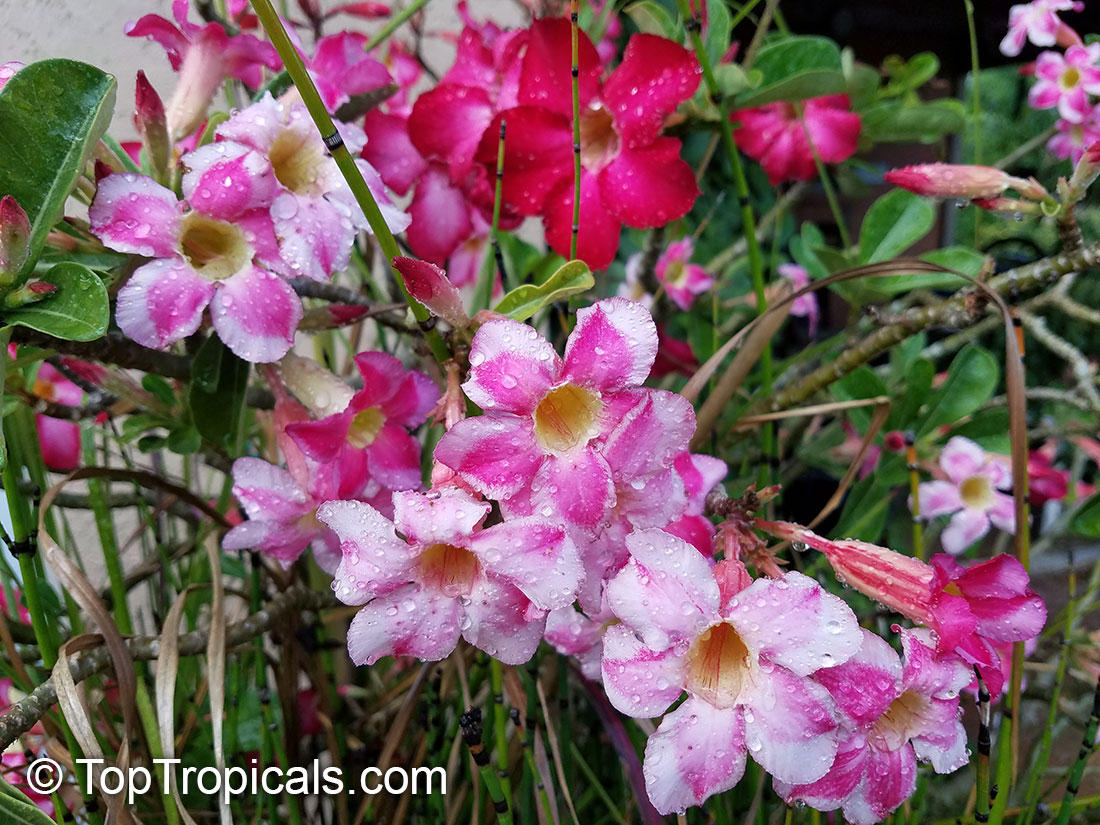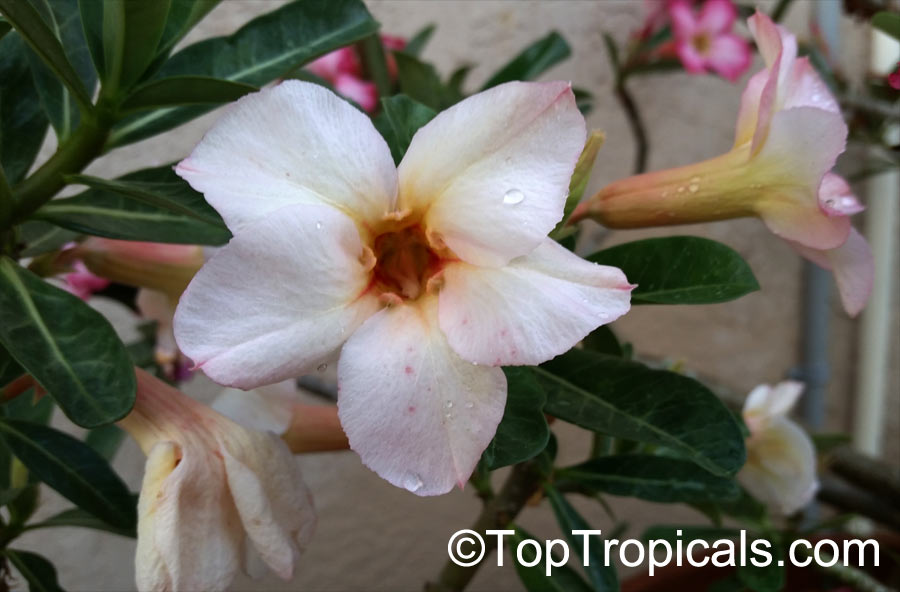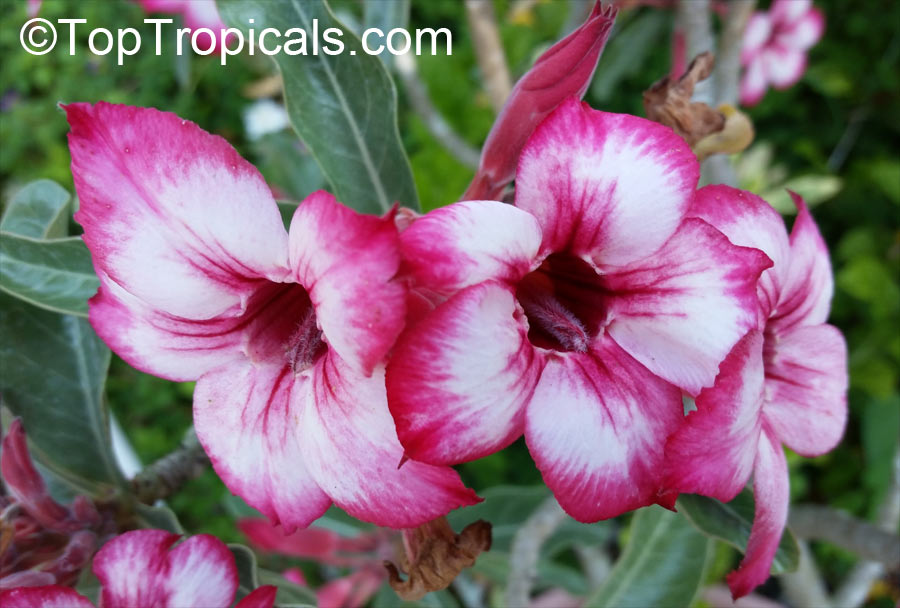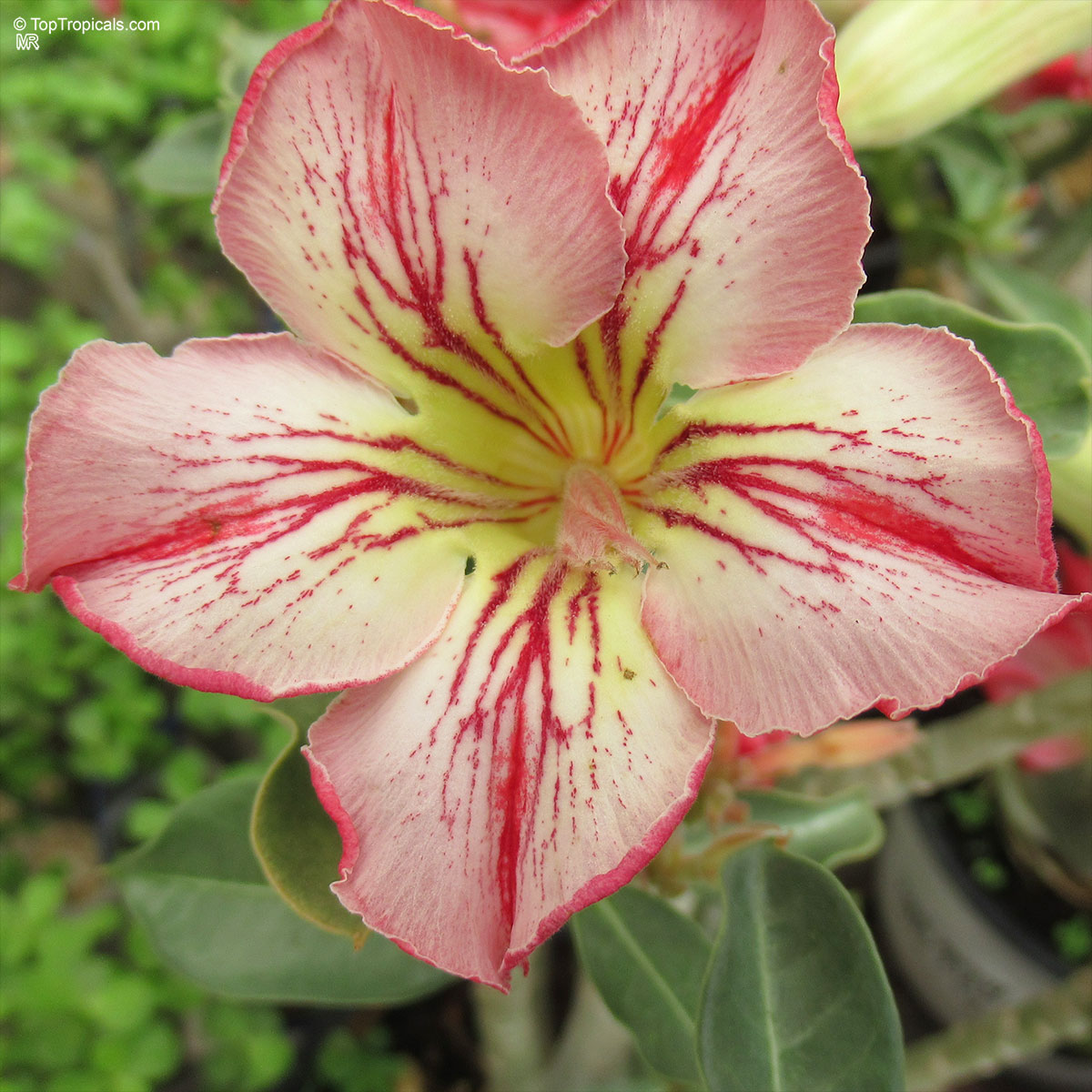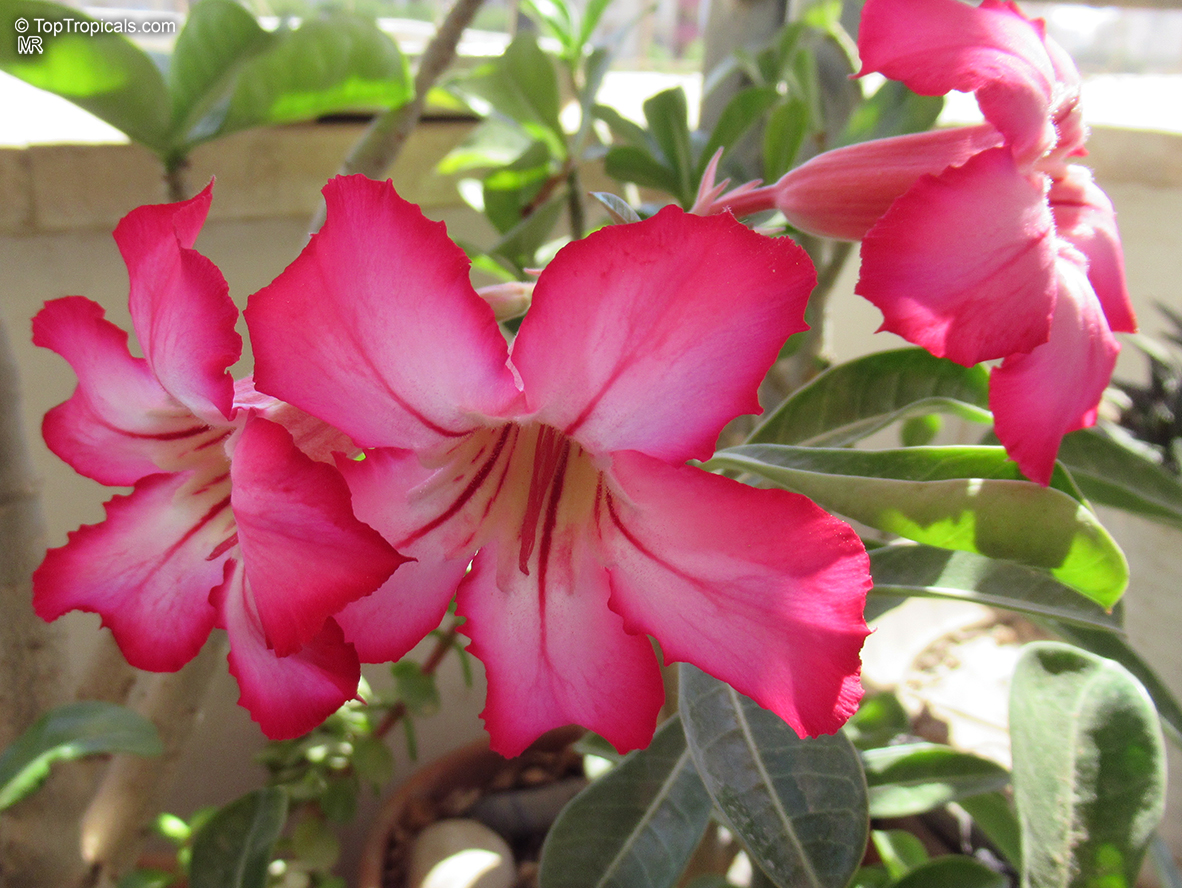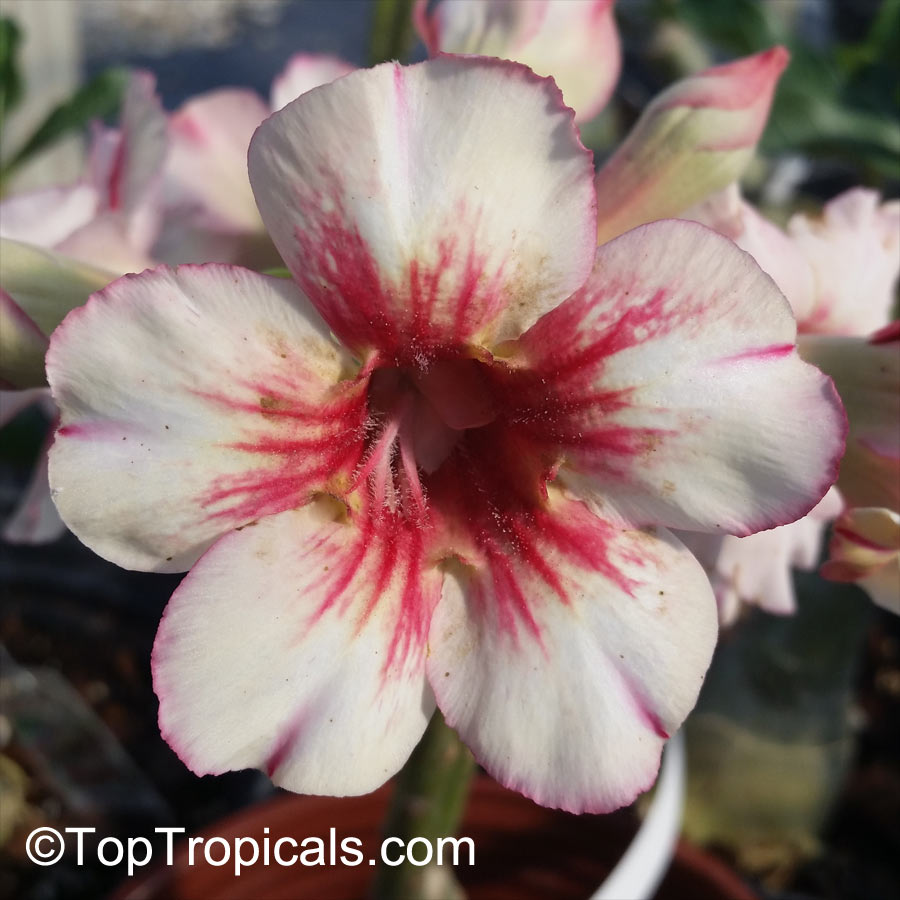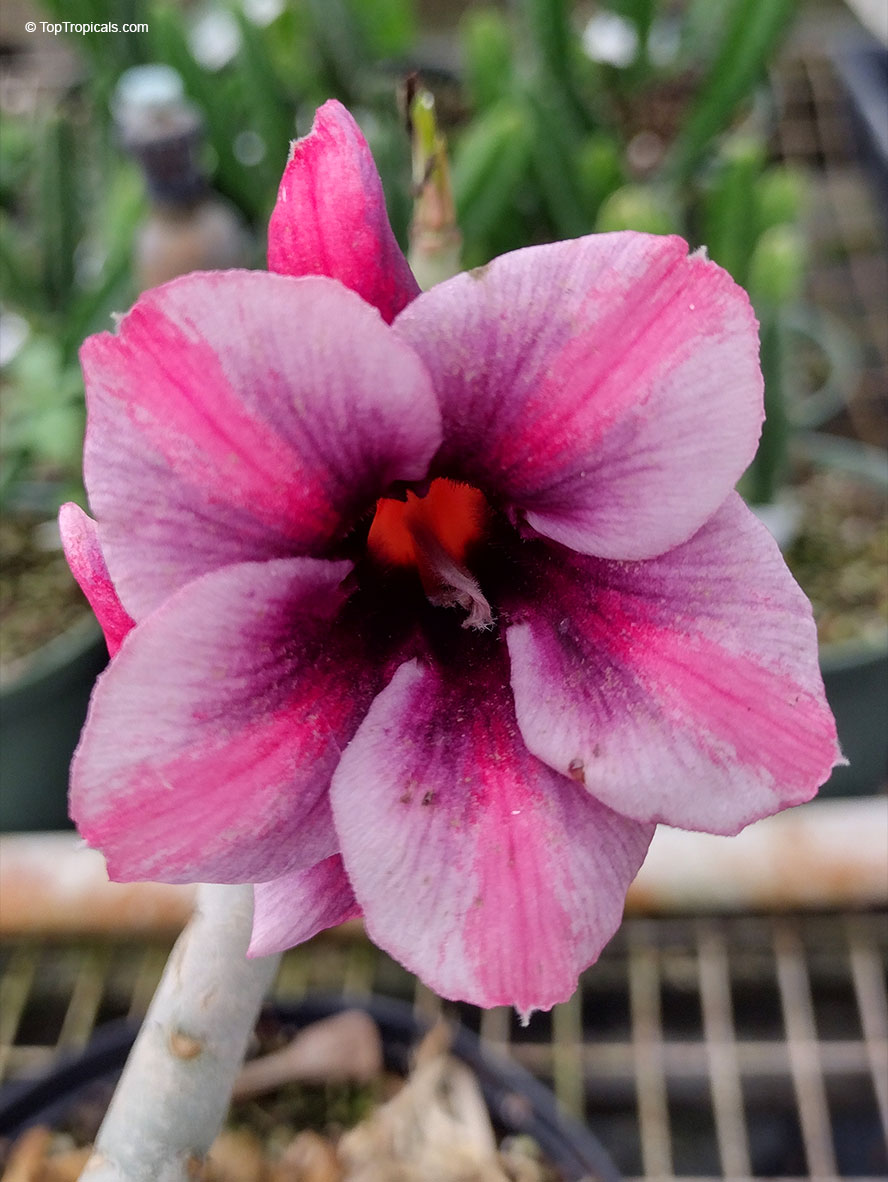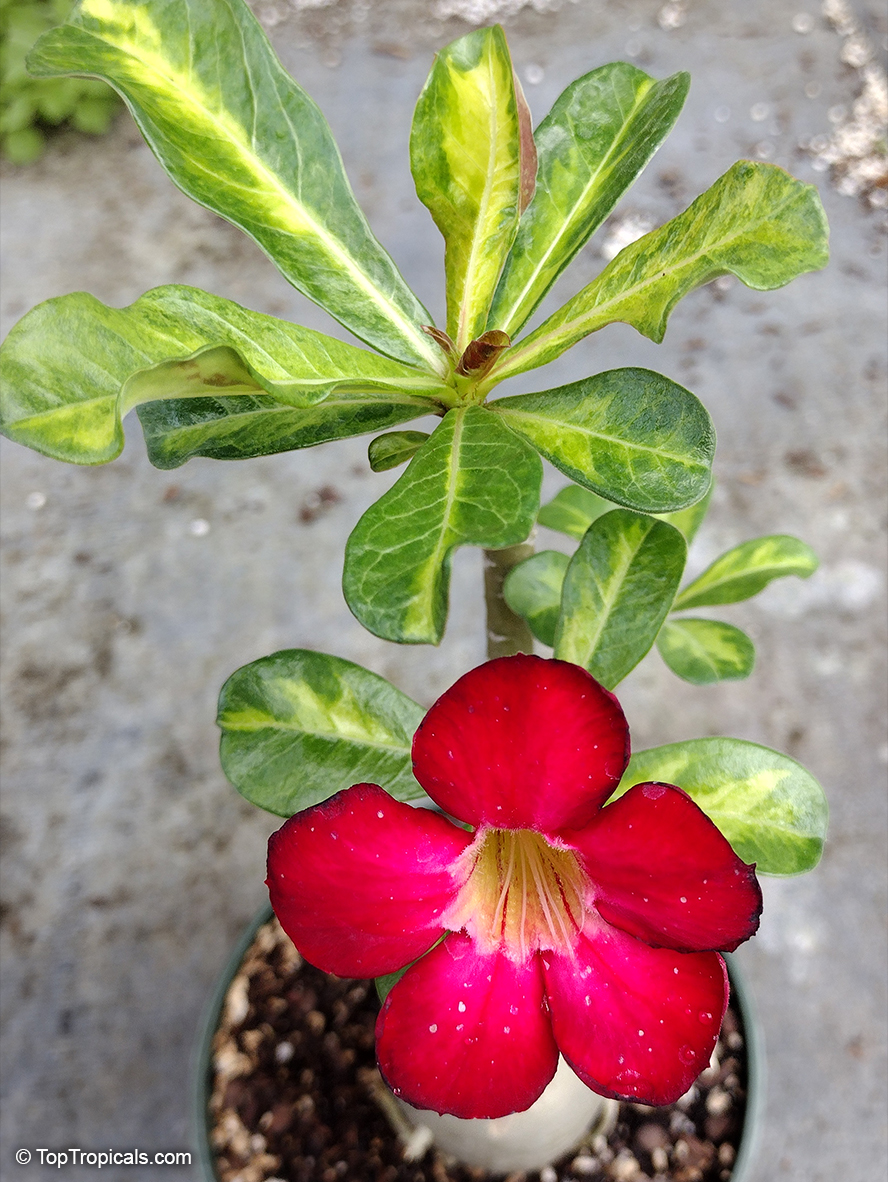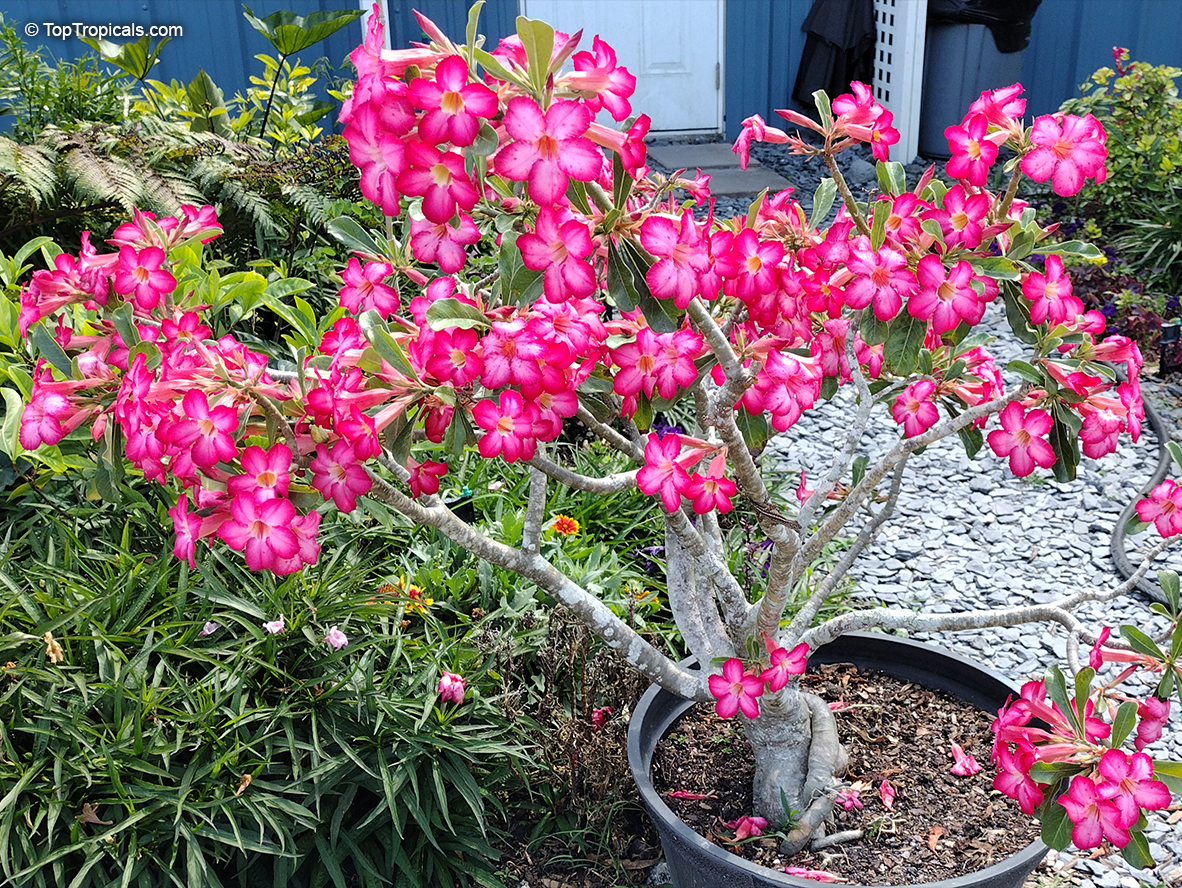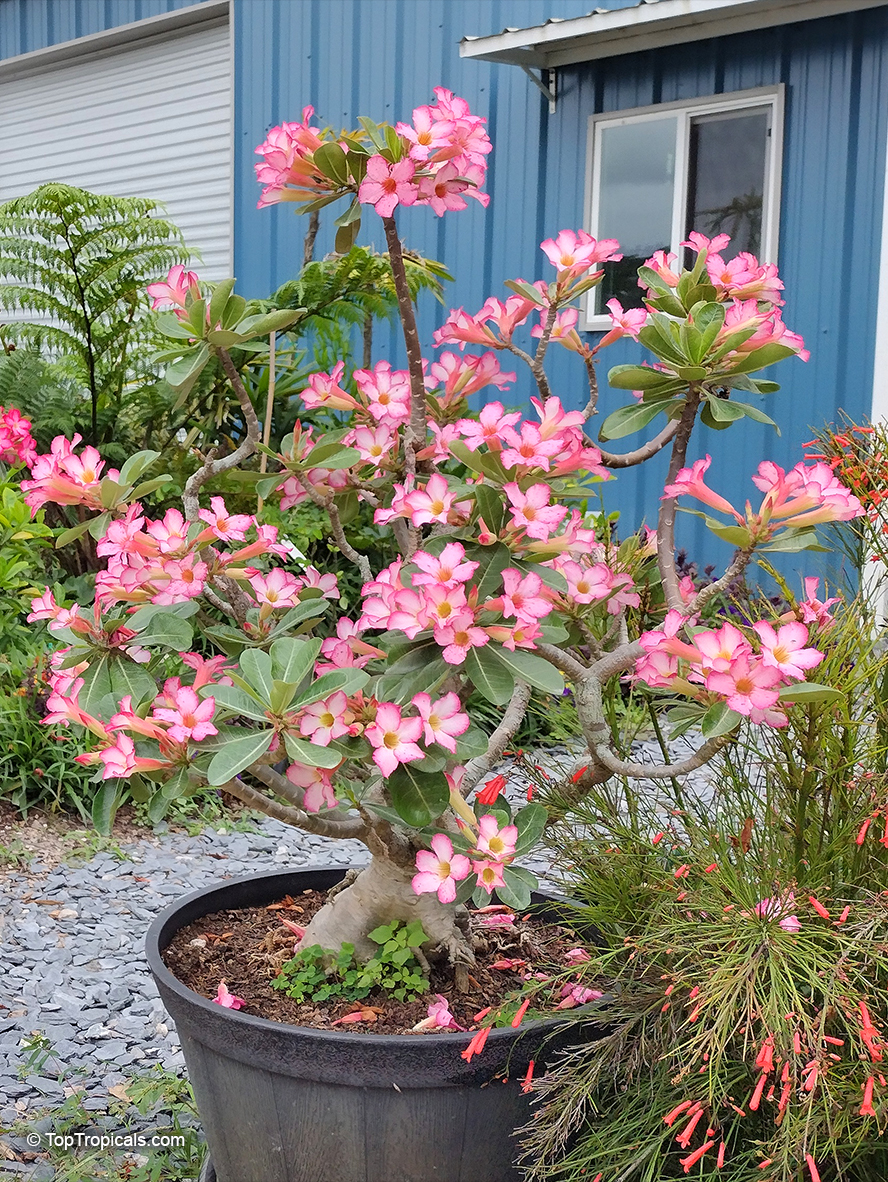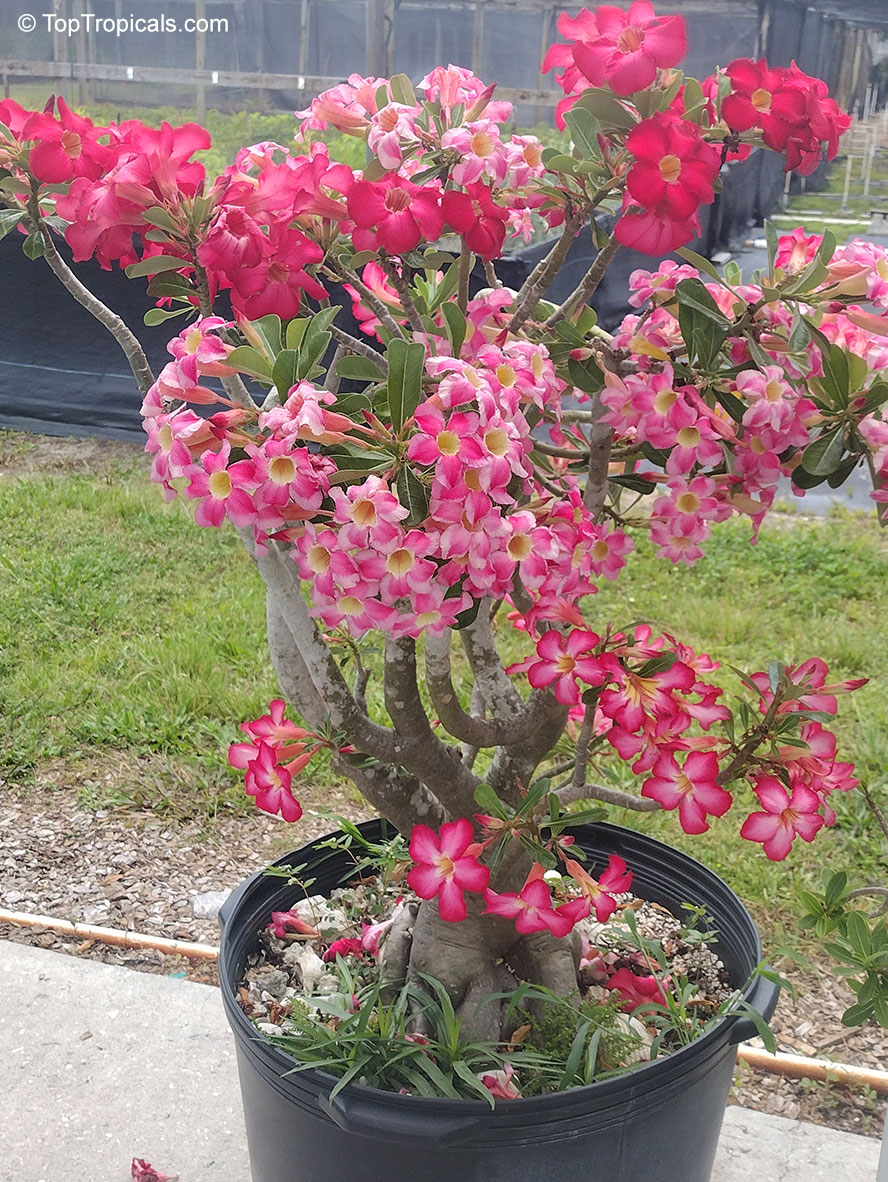Dry conditions - Search results
Top Tropicals Plant Encyclopedia
| Number of plants found: 309 | Next | 
|
Go to page: | 1 | 2 | 3 | 4 | 5 | Last |
Botanical name: Acacia glaucoptera
Common names: Clay Wattle, Queen Wattle
Family: Fabaceae
Subfamily: Mimosoideae
Origin: Western Australia
Hardiness: 25 F








A native to Western Australia, Acacia glaucoptera (Clay Wattle) is a small plant, natively growing up to 2-5ft tall. It is an ornamental shrub, featuring an eye-catching foliage that is light to medium green, with a glaucaous-white and a distinctive broad-winged phyllodes. The yellow to orange-colored and globular-shaped flowers are the biggest highlight of this plant, appearing from central stems in spring.
Acacia glaucoptera can be grown in full sun, semi-shade, and higher temperate regions. It can be grown in USDA Zone 9-11. It is a highly drought-tolerant shrub that does well in dry conditions. It also does well in a container and attracts numerous butterflies and hummingbirds. Moderate watering is recommended for the shrub, with regular pruning, which will help promote a compact and bushy growth.
In colder regions, Acacia glaucoptera is an ideal plant for growing in a pot as they need protection from extreme cold and frost conditions. When growing in a pot, find a suitable location where the plant will get enough sunlight and water. Pay attention to the pot size; a large pot is necessary for growth. Water the plant when required, keeping the soil moist. In winter, water the plant less frequently but never let the soil dry out completely. Apply a balanced fertilizer every month to provide the necessary nutrients.
Botanical name: Acacia sp.
Common names: Prickly Moses, Khair
Family: Fabaceae
Subfamily: Mimosoideae
Origin: Australia








Pale yellow flowers in short spikes.
Grows well in dry climates. Water occasionally, will tolerate mild droughts. Grows well in most soil types and will stand salt spray.
Botanical name: Acalypha godseffiana
Common names: Copper Leaf, Beefsteak Plant, Fire dragon, Jacobs coat, Match-me-if-you-can, Three-seeded Mercury
Family: Euphorbiaceae
Origin: Fiji







Acalypha godseffiana, also known as Copperleaf or Joseph's Coat, is a tropical shrub that is native to the East Indies and the Pacific. It is prized for its colorful and striking foliage, which ranges in shade from red and yellow to orange, bronze, copper, green, and white in full sunlight, and is mostly variegated green in the shade. The more sun it receives, the brighter the foliage will appear.
Acalypha godseffiana is a fast-growing plant that is often used as an informal hedge or massed bedding plant by tropical gardeners. It prefers full sun and well-drained soil and should be carefully pruned to prevent it from becoming leggy. When established, it is drought-tolerant and can thrive in USDA zones 9-11 in its natural habitat.
There are a number of cultivars of Acalypha godseffiana available, which come in a variety of colors such as green and white, green and yellow, red, bronze, copper, or brown. The leaves also vary in form, with some being flat and others undulating. The flowers of this plant are inconspicuous.
Acalypha godseffiana is a popular choice for tropical gardens due to its attractive foliage and easy care requirements. Just be sure to provide it with full sun and well-drained soil, and remember to prune it regularly to maintain its shape and size.
Recommended Fertilizer: SUNSHINE Robusta - Rapid Growth Booster
Botanical name: Acalypha godseffiana
Common names: Copper Leaf, Beefsteak Plant, Fire Dragon, Jacobs Coat
Cultivar: 'Heterophylla'
Family: Euphorbiaceae
Origin: Fiji






A very colorful tropical shrub grown for its attractive reddish leaves. Beautiful foliage of mixed shades of red, yellow and green. Leaves, much smaller than ordinary copper leafs, they are orange/red in the full sun and mostly variegated/green in the shade. The more sun the more colorful the leaves will get. Fast growing, a native of the East Indies and the Pacific, this is one of the most striking foliage shrubs and is widely used by tropical gardeners. The leaves also vary in form, some being flat and others undulating, while the flowers are inconspicuous. In a garden, where they are often used as informal hedges or in massed beds, all Acalypha species require full sun, well-drained soil, and careful pruning to prevent them from becoming leggy. They are easily propagated by cuttings.
Botanical names: Acalypha hispaniolae, Acalypha pendula
Common names: Strawberry Firetails, Dwarf Cat Tails, Kitten's Tail, Trailing Acalypha, Firetail Chenille Plant
Family: Euphorbiaceae
Origin: Haiti and Dominican Republic






Dwarf Chenille Plant gets its common name from the fuzzy plumes of tiny, foxtail-shaped bright red flowers that trail above a thick mound of small, serrated leaves. Given enough light, this plant blooms nearly year-round! The blossoms that begin as wispy buttons and elongate into fuzzy cones. At maturity, they become 3-4" long streamers.
A spectacular plant for a hanging basket, container or ground cover, it is heat tolerant, great for both hot Southern landscapes or as an easy houseplant, providing bright light.
Place this unusual house plant on a pedestal stand or pot it in a hanging basket to show off those eye-catching fuzzy blooms.
This is a dwarf plant that stays small and doesn't need pruning. It's naturally bushy, so you don't have to pinch its growing tips to get it to branch out.
A favorite with children, and cats too!
Recommended Fertilizer: SUNSHINE Megaflor - Bloom Nutrition Booster
Botanical name: Actinodium cunninghamii
Common name: Swamp Daisy
Family: Myrtaceae
Origin: Western Australia








Actinodium cunninghamii, also known as the Swamp Daisy, is a small plant that can grow up to 2-5 ft in height. A native to Western Australia, it is an evergreen shrub that is popular for its white and off-white flowers. In rare cases the flowers may bloom in a range of colors including red, crimson and vinous.
This small flower is also popular for its ability to attract butterflies and hummingbirds. It is tolerant of both dry and moderately wet environments. To grow well, Actinodium cunninghameii needs good soil drainage and should be watered regularly. It is tolerant of both full sun and semi-shade but it is important to ensure that it is kept moist in warm climates.
Actinodium Cunninghameii is hardy to USDA Zone 9-11. In cooler climates, it should be planted in a sheltered area to protect it from cold winds and frost. If container planting in a colder climate it is important to keep the soil moist but not too wet. A mulch can be used to help keep the roots from getting too cold in the winter.
Overall,Actinodium cunninghameii is a low-maintenance species that is suitable for a wide range of climates. With good soil drainage and enough sunlight, it will thrive in both warm and cold climates. Its easy to care for nature makes it an ideal choice for gardeners looking to add some colorful variety to their garden.
Botanical names: Adenia venenata, Modecca abyssinica
Common name: Adenia
Family: Passifloraceae
Origin: Tropical Africa






Adenia venenata is naturally found in tropical eastern and southern Africa regions. It prefers full sun and moderate water conditions. It can tolerate dry conditions and is deciduous, meaning it will lose its leaves in drought or when temperatures drop. It grows best in USDA Zone 9-11 but can be grown in colder regions if planted in a pot and brought inside in winter.
When growing Adenia venenata in colder regions, it is best to bring it inside during winter. Make sure to leave it in a pot with plenty of drainage holes and a well-draining potting mix. In colder regions, it is best to water Adenia venenata sparingly. To ensure adequate moisture and nutrition, feed it with a balanced fertilizer during growing season.
Overall, Adenia venenata is an easy to care for plant that is sure to add beauty to any garden.
Botanical name: Adenium obesum
Common names: Desert Rose, Impala Lily
Family: Apocynaceae
Origin: Arabia and East Africa












Growing to a height of about 4-5ft, this succulent plant is a member of the same family as Plumeria. Its swollen, often twisted trunk, is pale grey. The leaves are glossy, and club-shaped. The flowers appear almost continuously, are trumpet-shaped and range from white and bright pink to crimson, red. It exudes a highly toxic sap, which in some places is used as a poison for arrows. Adeniums are not generally grown in moist tropical gardens but are often seen as a decorative pot plants. They may also be used in rock gardens.They need full sun and a well-drained potting mixture. Exotic multi-color varieties can be grafted onto the same plant. See other exotic species of Adenium, photo gallery of exotic varieties and Thai Adeniums - milti-colored, multi-grafted.
See article about Adenium.
Botanical name: Adenium sp.
Common names: Adenium, Desert Rose, Impala Lily
Family: Apocynaceae













See other exotic species of Adenium, photo gallery of exotic varieties and Thai Adeniums - milti-colored, multi-grafted.
See article about Adenium.
Botanical name: Adenium sp.
Common names: Desert Rose, Impala Lily, Adenium hybrids
Cultivar: Single Flower
Family: Apocynaceae
Origin: Arabia and East Africa












Exotic species of Adenium: Adenium swazicum, Adenium somalense, Adenium arabicum, Adenium boehmianum, Adenium multiflorum, Adenium crispum, Adenium obesum. Adeniums have many spectacular hybrids. The basic culture is very similar to orchids. A small pot with excellent drainage is a must. Adeniums do not like both over-watering or drying-out. There is a little secret of how to create a weird shape of the base: lift the plant a bit every time you re-pot the plant, so that the upper part of roots will be a little exposed. The plant will form more roots that will go down. To make your plant develop a large swollen base/trunk, you'll need a good quality fertilizer. Fetilizer requirement for swelling up trunks is also used to increase flowering. It shouldnt be too hight in nitrogen, the middle number should be the highest. Never apply fertilizer directly on roots and do not liquid feed when a plant is thirsty: always water first slightly to avoid root burn and leaf drop. Do not wet leaves. Adeniums need lots of light for heavy flowering. Most hybrids and species start blooming in the spring when the conditions are warm and days get longer, and continue blooming through the fall and winter in warmer climates. Adeniums like a neutral to hard water. Acidic water tends to sour the soil too fast and may cause root rot. Water plants preferably in the early morning, and allow them to drink up throughout the day. Watering can be done daily to every few days. Never allow your plants to sit in a saucer of water, but don't let them to dry out too often - this causes adeniums to go into early dormancy.
See photo gallery of exotic varieties and Thai Adeniums - milti-colored, multi-grafted.
See article about Adenium.
| Next |  |
Use link to repeat this search:
https://toptropicals.com/cgi-bin/garden_catalog/cat.cgi?search_op=and&keyword_op=and&language=e&number=10&no_change_lang=1
&v1=dry&user=tt&sale=1&first=0
